
How Much Spending Money for Japan 2 Weeks? (Budget Friendly Guide)
City Travel , Japan

So, you have a couple of weeks off and want to go to the land of sushi and anime but have no clue as to how much spending money for Japan (2 weeks) you need.
As a fellow budget-conscious, spreadsheet fanatic I am pleased to be of assistance.
This post (and video above) is going to break down all the costs associated with traveling Japan for 2 weeks, the budget I used, plus a free travel planner available for download.
Having spent two weeks myself traveling through Japan (Tokyo, Kobe, and Osaka) I know what a realistic budget is to have a good time.
So how much spending money for Japan 2 weeks do you need? Keep on reading.
DISCLAIMER: This post goes over my exact costs for traveling to Tokyo, Kobe, and Osaka. Not everyone is going to the same cities, so your budget could vary more or less depending on where you go and how frequently you move. Keep that in mind as you form your travel itinerary.
Read all the way to the end because I share a few tips that will help you save money during your travels around Japan, no matter the city.
Psst. . . Looking for more guides around Japan? Check out my other posts.
One Week in Tokyo: The Ultimate Bucket List & Travel Guide
Top things to do in kobe: japan’s most underrated city, tokyo disneysea vs disneyland .

How Much Does It Cost to Fly to Japan
Your long-haul flight is one of the biggest expenses you will face. If you book without doing any kind of research, you might be missing out on far better deals. Cheaper ones.
Here are a few tips on getting cheap flights:
Keep an eye out for special offers . Subscribe to airline email notifications, tour companies, etc. They often run flash sales.
B e flexible with your travel dates . This is always a tough one if you’re working a 9-5. At least it was for me when I worked a desk job. I had PTO that needed to be approved ahead of time, which meant I couldn’t be ask flexible as I hoped. And in some cases, making sure my schedule aligned with my travel partner.
If you find yourself in this situation, be upfront with your boss, or whoever approves your time off. Let them know that you are looking around these dates but might jump at whatever date is the cheapest. I’m sure they will have no problem with it. Glass half full ya’ know?
Follow Scotts Cheap Flights. This one, in particular, is great. You get daily emails with super cheap flights to destinations all around the world. I can’t say for sure a Japan destination will be on every email, but surely one. Keep an eye out.
If you enjoy playing travel roulette and will go wherever you can get some seriously cheap flights.
Travel Hack with travel rewards credit cards. Ahh, the points game. I will say I’m not a super pro when it comes to travel hacking, but I’m getting better year-after-year. I have earned many free flights from my efforts.
YOU MIGHT ALSO LIKE: Where Should I Stay in Singapore? Best Hotels for Tourists

How Much Spending Money for Japan 2 Weeks?
The best way to explain this part is to show you exactly what I spent during my 2 weeks in Japan.
I am a budget-conscious traveler with a few intentional splurges here and there, so if you’re like me then this is exactly what you can expect to spend. I would triple for luxury.
Accommodation $1,237
- Tokyo Airbnb (10 nights): $884
- Kobe 4-Star Hotel (3 nights) $272.36
- Osaka moderate hotel (1 night) $80.35

Food & Drinks $793
A huge chunk of this spend was a Kobe beef dinner costing $270. Even in Kobe, the beef was not cheap.
We were only in Osaka for one night. We were catching an early flight to Chiang Mai, Thailand from Osaka’s airport.
That said, we didn’t explore Osaka. We pretty much got dinner at a nearby restaurant (a Hawaiian burger bar of all places) and relaxed in our hotel room.

Transportation $449
- Shinkansen Bullet Train $280
- Tokyo Local Transportation $128
- Kobe Local Transportation $11
- Train from Kobe to Osaka $30

Attractions $233
- Sake Tasting in Kobe $30
- Ropeway to Herb Garden $20
- Teamlab Borderless $60
- Senso-Ji activities: $2
- Arcade Games: $8
- Rides at Tokyo Dome: $5
- Street Kart tip: $5
- Disneyland: $103

Shopping $169
- Shopping in Harajuku $162
- Kit Kat candy to take home $7
TOTAL SPENDING MONEY FOR TWO WEEKS IN JAPAN: $2,881 for two people.
How much spending money do you need per day in Japan?
Flight, lodging, and transportation aside, you should expect to spend around $42-45 per day in Japan. That’s for all your meals and activities per person.
Now if you’re like me and need to know your total per day cost including everything but long-haul flight, then you should plan to spend an average of $102 per day in Japan per person.

How to Budget your Money in Japan
At this point, you saved money for your trip and are ready to explore Japan. When you’re in awe you are likely to get distracted by the cost of things. “When in Rome” “Who cares I’m on Vacation”.
Those are fun and all until you look at your bank account.
Here are a few things you can do to ensure costs stay low during your two weeks in Japan.
Dine at markets and/or pick up groceries from a local supermarket and cook at your Airbnb or hostel.
Skip booze or buy purchase at supermarkets . Booze is a huge expense, especially when you’re getting a couple of drinks a day. If you can’t avoid it (guilty) then go to bars during happy hours. Always be on the lookout for deals advertised outside of bars.
Pay attention to plate designs at conveyor belt sushi restaurants.
Save money on accommodation by staying in a hostel, capsule hotel, or outside the city . You can easily find hostels in the $20-30 range. I love using hostelworld.com.
Purchase the Japan rail pass if you plan to move around. Bundling transportation costs will save you money in the long run.
How to Save for a Trip to Japan
First things first, you need to save yo’ money. While this is going to be the trip a lifetime, I never recommend getting into debt. For that, one must whip out the piggy bank and tuck some Benjamin’s away.
Here’s how I save for all my trips which is applicable to saving for Japan. Same method. Different city.
Ask yourself when you want to go then what you absolutely want to see. If you’re not sure what the best things to do in Japan are you can start with my guide to Tokyo or Kobe.
How much are flights for the dates you want to go and are you flexible? If you’re flexible on dates then set some price alerts for a few airlines or Skyscanner and when the price gets to your threshold, book! One of the biggest money savers when it comes to travel is cheap airfare.
Calculate a rough estimate of your trip costs. For example, let’s say two weeks in Japan will cost you $6k and you want to leave 6 months from now.
That means you need to save $1k per month. If that is not achievable then you need to leave at a later date or lower your budget or spend less time in Japan.
To start tucking money away you can temporarily divide a portion of your paycheck to deposit money into your savings account on payday. Out of sight out of mind.
Cut out unnecessary expenses. You don’t need to go out to bars and restaurants every weekend with your friends. Instead host game nights, cocktail mixers and cook at home. I love playing host at my house.
Pick up a second job. I love working side hustles to help me save for travel quickly. You can find all kinds of jobs from teaching English online to work liquor demos at your local liquor stores. I’ve made as much as $40 per hour sampling spirits at Total Wines & More.
I’ve also done freelance photography and videography jobs that have earned me as much as $500 a day. Get creative and brainstorm what services you can monetize in your spare time.
Bucket List Budget
Snag your FREE Bucket List Budget and Travel Planner. This planner includes: travel budget breakdown, savings tracker, checklists, and itinerary templates.
Yay Freebies!

Welcome to my world of fun!
I’m Allison, a born and raised Vegas girl on the endless pursuit of epic adventures. I created Seeking Neverland as a way to help grown-ups see the world and live a fun and fulfilled life! Read my full story here
Latest Videos
[instagram-feed num=6 cols=2]
Follow Seeking Neverland on Pinterest

The complete budget guide for a 2 week trip to Japan
Our trip to Japan was like a dream come true. We waited for it for a long time, we were worried about the plane tickets, we planned everything carefully and we made mistakes. It’s the way things work for us. But planning the budget for the trip was never a problem, as you will see in this complete budget guide for a 2-week trip to Japan.
Yes, it’s true guys, there might be affiliate links in this awesome, free post. This means that if you decide to buy something that you find here, and you use one of my links to do so, I will earn a small commission at no extra cost to you. I plan to use this money on ice cream, chocolate, and to travel more so I can write these useful guides for you. As an Amazon Associate, I earn from qualifying purchases.
Not because we have won the lottery (as if…). And even though everyone thinks that living and working in Switzerland automatically links you to a full bank account, we still travel the same as before: budget to mid-level. What does this mean?
It means we’re usually spending around 50$ per hotel night, and we never go to hostels. I did too much of that in college, don’t want to go back. It also means we usually go to local restaurants, and half of our meals are to-go. Still, from time to time, we’ll splurge and invest in a night at a special hotel, or a nicer island in the Maldives , or even a room above average in Indonesia .
And lots of times we hear this question when we come back from a trip: “How much did you spend, overall?”. We usually know roughly how much we spent, but we rarely focus on the details. But, since I’m trying to become a better blogger (or WTH am I doing here anyway), I started keeping a better track of our costs for the trip to Japan.
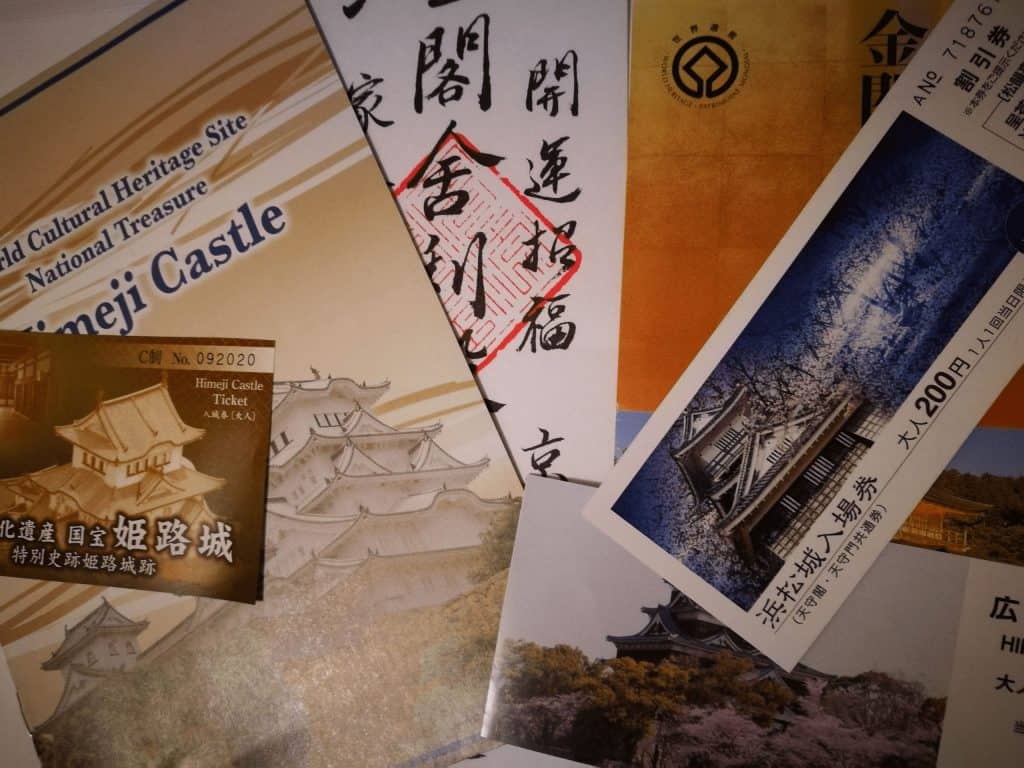
Table of Contents
What you need to know.
First of all, I have to tell you that these numbers are all approximate. Japan is still a cash-based country, so we had to withdraw money from an ATM and spend it like this. And spending cash makes it pretty hard to track what you spent on. I have a rough idea, but please take this information with a grain of salt.
Second, we didn’t visit everything that we wanted, due to lack of time (and sometimes bad planning, because why not?). But we researched a lot before going, and at the end of this post you’ll find a printable sheet with entry fees to all the cool places to visit in Japan, plus our comments and helpful tips.
Third, we were always on the run, so half of our meals were things we bought from grocery stores, not proper restaurant meals. Breakfast was almost always taken either in the room or on a train on the way to the next adventure. I also only had one cup of coffee to go, since I felt guilty about producing so much waste. Since then, I have bought a to-go coffee cup so that I can enjoy my guilty pleasure without the actual guilt.
Forth: even if you’re on a budget, never ever travel without travel insurance. It used to be fairly OK, but during the last few years, we have learned that it’s not OK anymore. You can get a quote in the widget below.
And the last one: the prices are displayed in Yen, for two persons. We used 2 Revolut cards and one TransferWise to withdraw money (50.000 Yen in total), and we paid everything we could in Yen since this is the best option, so here’s a pro tip for you: while traveling, always, ALWAYS pay in the currency of the country you’re in.
Are you ready to find out how much is a trip to Japan for 2 weeks going to cost you? Good. Let’s start!
Don’t have time to read it right now? Pin it for later!
How much to budget for the flights to japan.
Of course, it depends on where you’re coming from, the season when you’re traveling, if you could find a crappy combination that takes you there cheaper or have miles that take you there free. In our case, we used my benefits, so the price we paid is irrelevant.
But, since this will be a large chunk of your budget, I looked into it a bit. I used Skyscanner for this, filtered for round trips from Tokyo, in November (using the whole month feature), and verified the prices from the US, Europe, Australia, and Asia. Of course, you can use the same features to search for the flights by yourself, but I’ll attach my findings just to provide an idea.
From the US
- 900-1.200$, from the West Coast (LA, San Francisco)
- 1.300-1.500$, from the East Coast (New York, Washington)
From Europe
- 900 euro from Italy
- 1.000 euro from Spain or Germany
- 1.100 euro from France
- 1.200 euro from Netherlands or Switzerland
- 350$ from Thailand or Hong Kong
- 550$ from Singapore
- 650 from India
From Australia
As you can see, the prices are somewhere in the area of 1000-1.200$ for a round trip for 2 people. It’s not as bad as I thought. We paid 1800 euro (about 2000$) for the crappiest flight we ever had, so my standards are not that high.
So, how much does it cost to fly to Japan? About 1200$, I would say. This means 131.527 Yen .
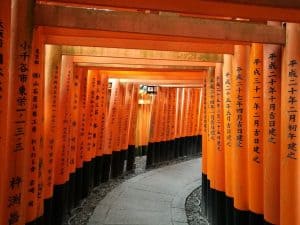
The Best 5 Days in Kyoto Itinerary: What to See & Do

Internet in Japan for tourists – 7 ways to have Internet when traveling to Japan

Onsens in Japan – Rules, tips and everything you need to enjoy a hot spring in Japan
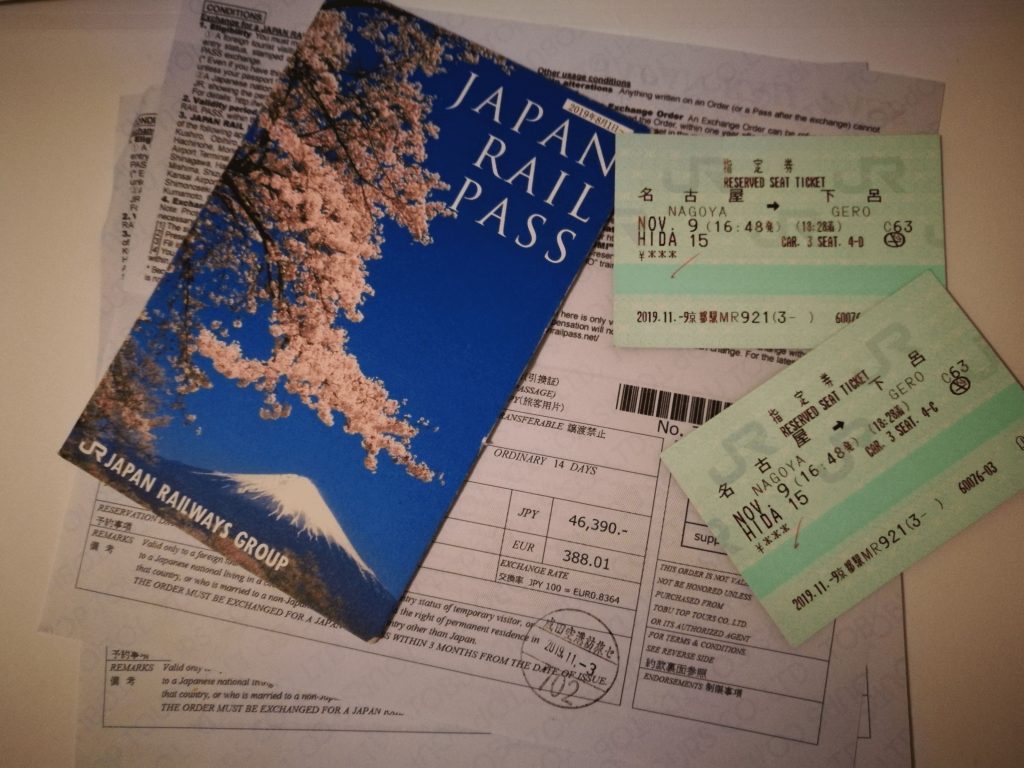
How much does accommodation in Japan cost for 2 weeks?
This is a tricky one. Of course, it can cost anything from 30$ to 1.000$ a night. And Japan is known to have one of the most expensive accommodation offers in the world. And we’re saying this while we know the prices for accommodation in Switzerland (in short, we need to start crapping money before we take a 2-week vacation in Switzerland).
I’ll give you two views about this. The first one is the options that you have so that you know your options for any budget. The second one will be our exact costs for accommodation, with detailed information about the places, nights and everything you may need.
How expensive can accommodation in Japan be?
- Hostel – 50-80$
- Capsule hotel – 30-50$
- Guesthouse – 80-100$ (but are not very different than hostels, to be honest)
- Love hotel – 120-130$ (but you can rarely book ahead, usually they’re booked per each night individually)
- Ryokan (traditional inn) – 50-500$ (no exaggeration, you can find either of these prices and everything in between)
- Budget hotel – 60-100$
- Mid-range hotel – 100-250$
- High-end hotel – 250-1.000$
As a reminder, these are the prices for 2 people per night. Multiply this with the number of nights you’re planning to stay, and you’ll have a good overview. Also, I have to specify that I found these prices using Agoda . This is my favorite toy to use for finding accommodation, and the prices are often better than other competitors, especially in Asia.
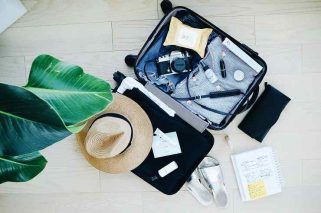
Packing list for 2 autumn weeks in Japan – What to pack for a fall trip to Japan (printable included)

25+ myths about Japan (and whether they’re true or not)
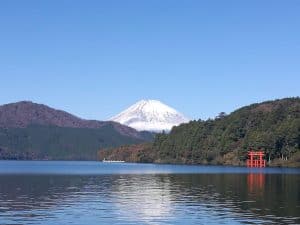
The best 2 week Japan itinerary for autumn – Where to go, what to do and see in 14 days in Japan
What was the cost of accommodation in japan for us.
OK, now you have an overview. The next prices are the ones that we have paid. Our target budget was to fit, on average, below 100$ per night. And, in my opinion, we nailed it. The prices were good, the places were great, and everything worked out smoothly.
- Hamamatsu – Hotel Daiwa Roynet – 9.211 Yen
- Kyoto – Shizutetsu Hotel Prezio – 8.280 Yen
- Gero (ryokan) – Yukai Resort Geroonsen – 19.110 Yen
- Tokyo – Hotel Keikyu Ex Inn – 9.700 Yen
We stayed for a total of 12 nights. The first one was in Hamamatsu, the next 5 in Kyoto, the next in Gero, and the last 5 in Tokyo. For these 12 nights, we paid a total of 116.961 Yen .
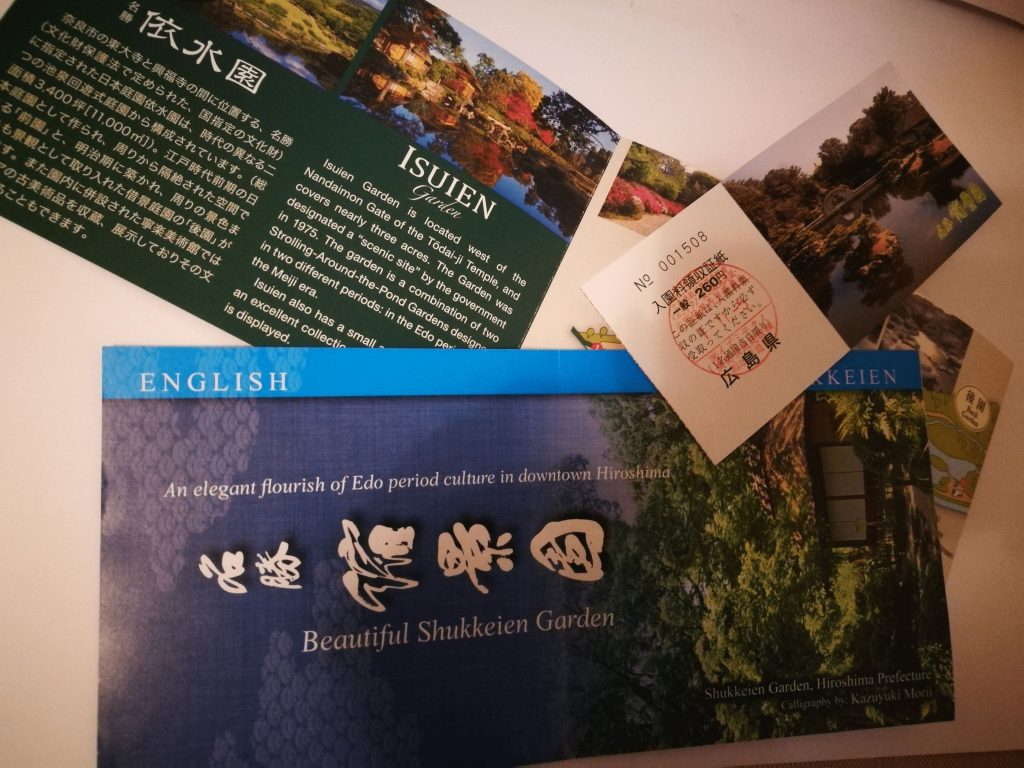
How much does transportation cost in Japan for tourists?
Boy, am I on a roll here or what? So, for transportation, you have two main topics: the JR Pass and the rest. Luckily, I covered this subject in a detailed guide to transportation in Japan , so I am already informed about the subject.
How much does the JR pass cost?
Well, first of all, you have to analyze if you need it. There are lots of ways to do this, and I’ll cover them separately, but a good rule of thumb is that if you’re going to do the Tokyo-Kyoto return trip at least once and a day trip somewhere outside Tokyo or Kyoto, you already need the pass.
The JR pass is quite expensive. We paid 96.417 Yen for the one valid for 14 days. This is around 800$. It hurt, it really did. But, and this is a big one, but it would have been even worse if we wouldn’t have had it. We used it intensively, and I think it paid for itself in the first half of the trip.
And this price is valid if you buy it outside Japan. In the last years, they have enabled an option to buy the JR Pass inside Japan as well, but this will cost you even more than that, about 105.920 Yen. The difference doesn’t seem that much, it’s about 50$, but you can invest this in a better hotel room, a nice souvenir, or a gallon of ice cream. No one’s judging.

If you’re buying any JR Pass product with my affiliate link, whether it is a train pass , a portable Wi-Fi , or the Meet & Greet package, send me a copy of your receipt at [email protected] and you’ll get my Japan Map Collection entirely for free!
How much does transportation in Japan cost, apart from the JR?
And now it’s the challenge. The other transportation has to be paid cash. No matter if you use Suica/Icoca/Pasmo or any other card, you will fill it up with cash. There’s no way to do it by card, and, believe me, we have tried. That’s why it’s challenging.
Out of everything that we paid from the cash amount we took from the ATM (50.000 Yen), my estimations tell me we have spent around 20.000 Yen on transportation. This includes:
- 500 Yen per each card as a deposit (you get it back when you redeem your card, don’t worry, but you need to provide this amount)
- a 1.400 Yen trip with a local bus to see a cool cave near Hamamatsu
- a 4.200 Yen trip with a local bus from Odawara to Hakone
- a 3.200 Yen round trip by cable car to see Mount Fuji
These expenses are the bigger ones. The rest of them were around 200-250 Yen each, and we also walked a great deal. My Fitbit was so proud of me those two weeks…
So, the total amount spent on transportation in Japan is…( drumrolls )… 116.417 Yen . A big chunk, I know.

How to use a train in Japan – a simple and helpful guide
How to use a bus, tram or metro in japan – a simple and helpful guide, how to use the public transportation in japan – everything you need to know, how much does food in japan cost.
So, we got to my favorite part. I mean food. Japanese food, on the other hand, is a story for another time. How much did we spend on food? Well, again, it boils down to your spending behavior.
We ate a maximum of one meal per day at a restaurant (main dish, drink and sometimes dessert), and the other meals were gracefully provided by all sorts of grocery stores, pastry shops, random street food isles, and quite a few ice cream stands.
Costs for eating out in Japan
In 12 days, we spent around 33.952 Yen on food in restaurants. We paid by card in most of them, and tipping is not a thing in Japan, so there are no extra charges in this field. One complete meal for two was usually around 35 to 40$, no matter where we ate.
We didn’t eat in fancy restaurants, we tried to find places where we could eat like the locals. No worries, the food is good everywhere and it’s worth it to order based only on pictures. I honestly have no idea what I have eaten in there, but I seem to still be alive so, can’t be that bad, right?
Costs for eating on the go in Japan
In grocery stores, we spent around 16.495 Yen , out of which my estimation is that only 15.000 Yen was food and water. Because, unfortunately, while tap water IS drinkable in Japan, it tastes too much like chlorine to be actually drinkable.
Some of the grocery shopping visits were influenced by us buying large amounts of fruit, which we missed there, and some others by us randomly taking things just to see what they were. There were some isolated occasions when we paid for food in cash, but it’s an amount not worth mentioning.
So, in total, we spent about 55.952 Yen on keeping our weight as it is. Maybe we added a little bit though…
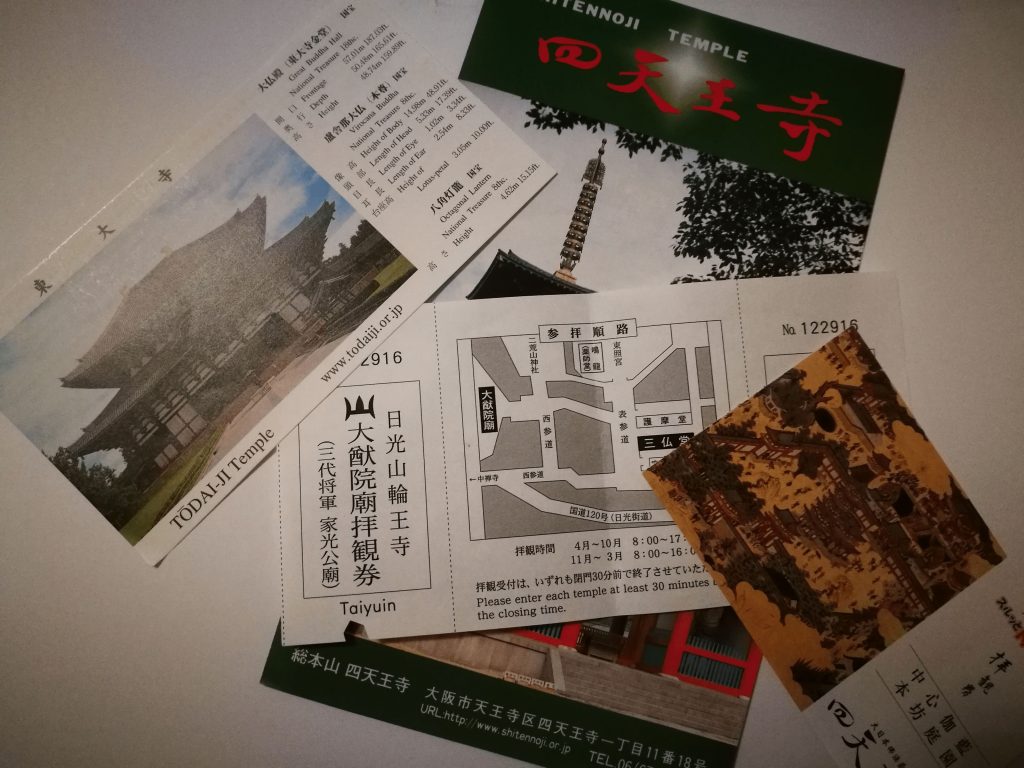
How much did we spend on entry fees?
Well, now you’ve caught me. I lied before, the food is not my favorite part (although you won’t say that based on my figure…). Visiting the stuff is my favorite part. I even create Trello boards for this part of every journey. Kind of explains why people don’t come with us on trips. Anymore.
Because we spent more time moving from one place to the other compared to what we thought we will, and also due to my lack of skills for basic functions like counting days, we missed some of the places we wanted to visit. Also, some of them were free of charge, and no one loves a bargain more than I do.
In the end, we spent about 32.000 Yen on entry fees. This included expensive stuff like the Digital Art Museum in Tokyo (it’s totally worth the 6.400 Yen we spent on it) or a geiko and maiko show in Kyoto , but also some things that didn’t impress us that much (some rebuilt castles, for example), and some totally useless things like the audio guide in Hiroshima.
For each one of us, this price will vary deeply. I didn’t see the point in paying to walk on a bridge in Nikko, for example, when I could see it very well from the bridge next to it. Others will feel templed out after 2-3 temples and shrines, and will invest this money in other things, or will just not spend it altogether.

To help you with this decision, I have prepared a printable PDF with prices for the most important places to see in Japan. I have also added some personal comments to it, which I think will be of great help when it comes to the decision of what to visit in Japan. And yes, I also did the currency exchange for you, you’re welcome.
The form you have selected does not exist.
Any other additional costs we should know of?
Of course, not everything comes down to these categories mentioned above. What other things we spent our money on include, but are not limited to:
- commissions for ATM withdrawals – 917 Yen
- a bag to be able to split our luggage, because I packed like crazy and didn’t expect that many stairs – 3.080 Yen
- a short visit to the pharmacy because I am not only unable to count, but I’m also unable to walk safely – 198 Yen
- souvenirs – 5.840 Yen (it honestly could have been a lot more)
- a SIM card that saved our buts SO many times – 3.700 Yen
All of this got to a whopping amount of 15.340 Yen . This is money we don’t have anymore and we’re not exactly sure why. #responsible_adults right? I promise, we didn’t do anything illegal or immoral, we’re too old for this sort of thing.
Want to have a helpful resource to make your planning efforts not only easier but also more enjoyable? Check out my Japan Travel Guide from the shop!

The complete budget guide for a 2 week trip to Japan – Key takeaways
Phew, that was a big one. Was it as hard for you to read as it was for me to write it? I hope not, I’m trying to be helpful here. So, how much does a trip to Japan cost for 2 weeks, you ask?
In case you’re more of a visual person, I have created a chart for the budget needed for a two week trip to Japan. Because who doesn’t like charts? Right? Right? * awkward silence *

As you can see, the total budget for this trip went up to 468.197 Yen , which means around 4.300$ . It’s not cheap, I know. I feel your pain.
It’s similar to what we paid for the trip to the Maldives . But the Maldives is known as a luxury destination (not how we did it though), and Japan offers so much more than beaches and sunshine.
But, with proper planning , you can do this without feeling it is such a burden. If you split the big money suckers across a whole year, it may feel less stressful.
In any case, now you know everything about how much it costs to travel to Japan.
Wait, there’s more! You almost forgot your printable PDF with the entry fees for all the important things to visit in Japan.
2 thoughts on “The complete budget guide for a 2 week trip to Japan”
Wow, about $300 USD a day for 2 people is pretty expensive! Going to Japan is definitely on my bucket list and I love your approach to food and fun but those hotel costs are what always dissuade me from heading to that country! Don’t get me wrong, I have no issue even at 44 years old with staying in a Private Room in a hostel with my wife since we don’t plan on staying in the room beyond sleeping and storage! But dang that is ridiculous with pricing!
I know, right? Again, this is pretty similar to what we paid in The Maldives if you catch my drift. But there are two things to keep in mind: 1. I included the airfare in the price. This can vary widely depending on so many factors and can be quite helpful if you can score a better deal here. 2. We decided we’re too old for hostels, and my husband didn’t want a capsule hotel experience (you can see which of us is older this way :)) )
If you can go lower with airfare and accommodation, you can probably score this to about 200 $ per day, which is still not cheap, but might make you decide to go already 🙂
Leave a Comment Cancel reply
Save my name, email, and website in this browser for the next time I comment.

Japan 2023 Cost | A Two Week Itinerary And How Much To Budget For Your Trip
Visiting Japan In 2023
Japan has such an incredible array of offerings for travelers that it can be overwhelming trying to see everything in one trip.
Some careful planning is your best chance at successfully making your way through some of the major sites to see in the country for your first trip.
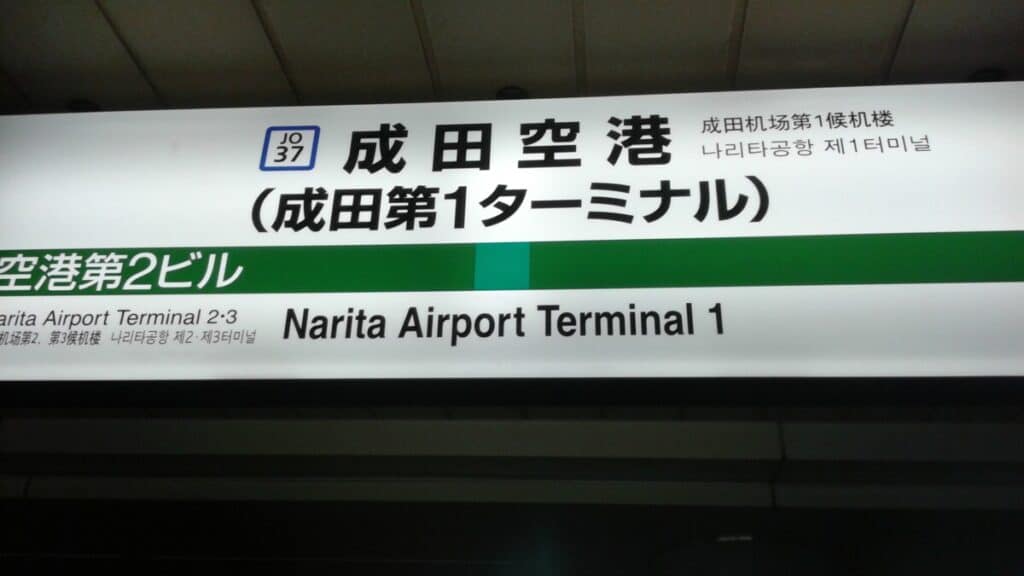
With how much there is to see and do in Japan, it’s a country that people will often come back to more than once.
Not only does it allow them to see and do more, but even experiencing Japan in different seasons is worth coming back for. This guide will help you plan your own trip of a lifetime.
What Makes Japan So Enticing?
One of the many fantastic traits of Japan compared to other countries is the way it’s been able to retain a lot of tradition and remnants of culture from centuries ago while also embracing modern technology and Western influences.
You can move from a big city to a small town in a short train ride, almost as if you’re being transported from one time period in Japan to another.
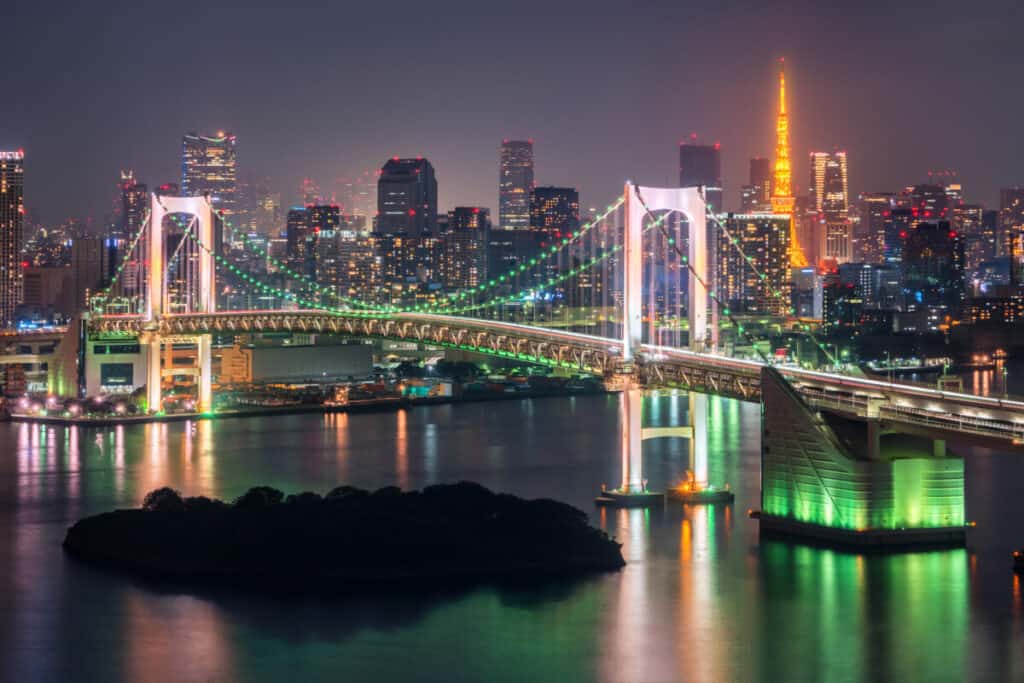
Japan is also a very safe country comparatively, both for locals and tourists. Tourists who are respectful of Japanese culture are embraced and treated with kindness and hospitality wherever they go. Many people in Japan love to share their traditions, food, and their ways of life with those willing to learn.
Getting Around Japan
It’s completely unnecessary to rent a car when traveling through Japan, though it is something you can do should you need one.
The public transportation system in Japan is one of the best systems in the world and is clearly the best way to venture from city to city or within a city itself.
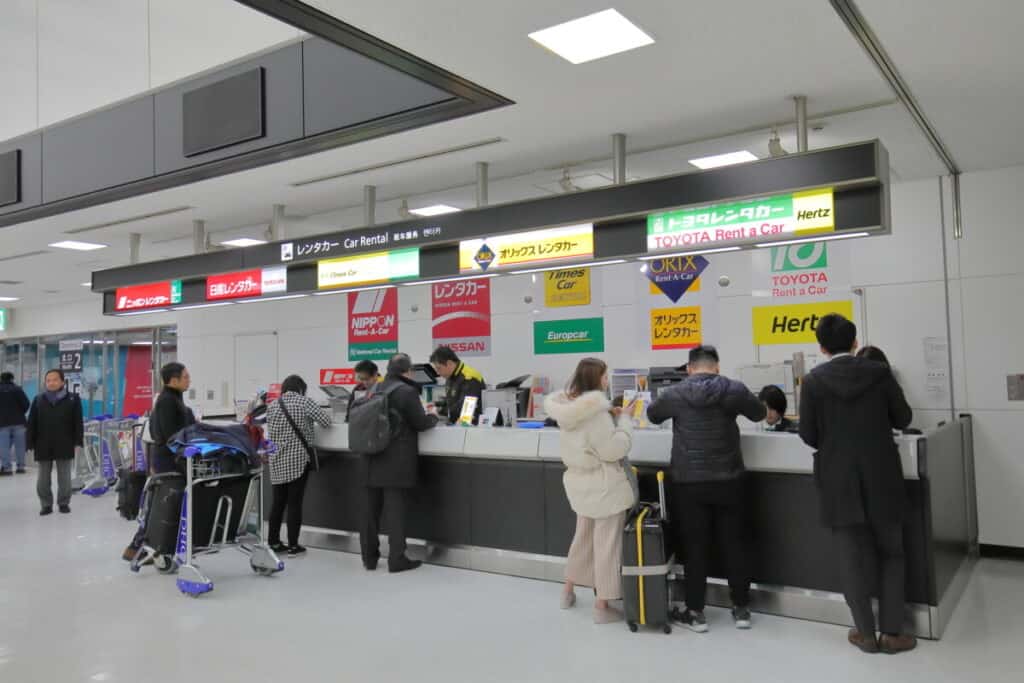
While it takes some time, planning out the specific routes for where you want to go in Japan is crucial, so you know how to budget for your transportation costs. It also helps you understand what your options are in terms of getting from one place to another.
It can be overwhelming traveling through a foreign country when you don’t speak the language fluently .
It’s highly recommended that you purchase a pocket wifi device so you can pull up translation apps and maps with ease, as well as communicate with your loved ones back home.
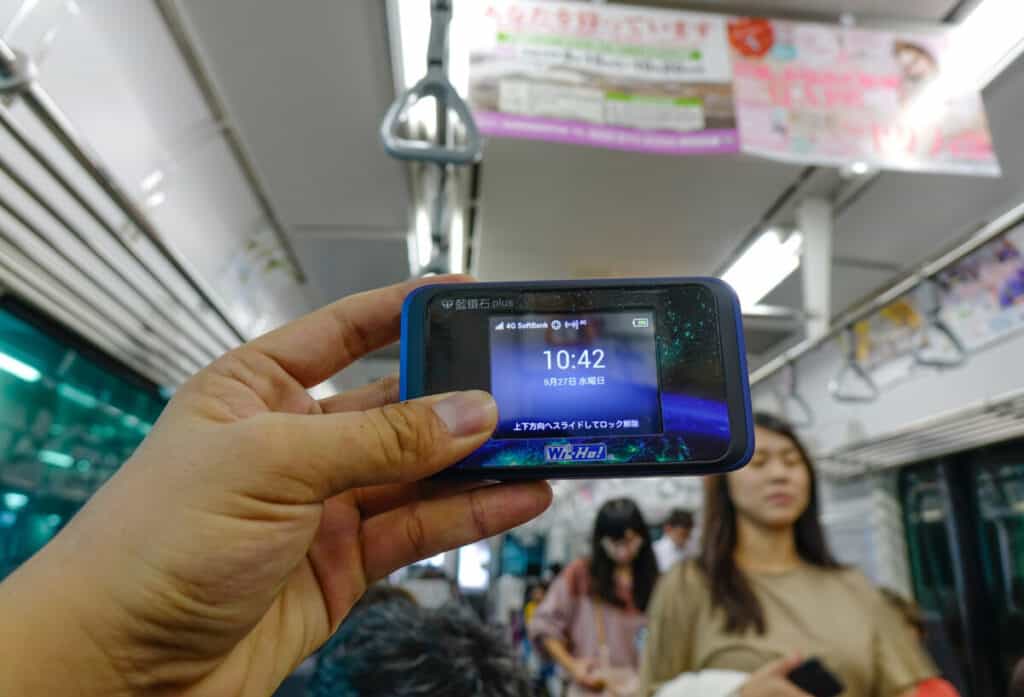
It’s relatively inexpensive and easy to find these devices; you can book one in advance and pick it up at the airport you fly into.
To have access to pocket wifi for a two-week trip, you’re looking at around $50 USD or so. It’s worth adding that to your budget to stay connected and look up directions when needed.
The Japan Rail Pass
One of the most economical ways to utilize public transportation when making your way through Japan is to purchase a Japan Rail pass . A JR Pass gives you the ability to ride many of the local trains and even some bullet trains, or shinkansen, simply by presenting your pass at any train station.
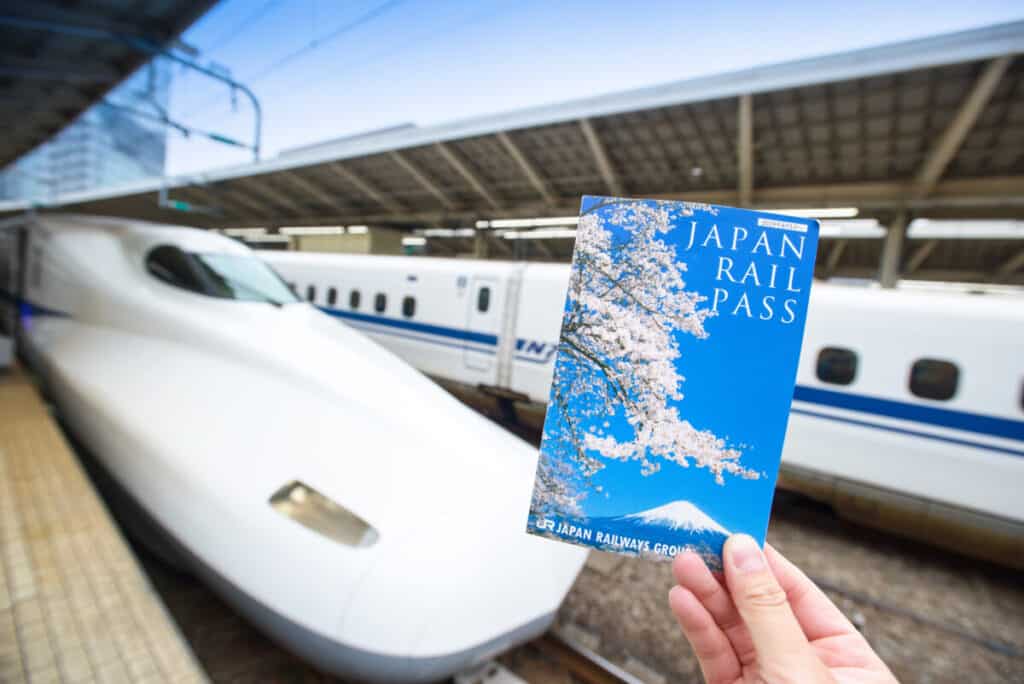
You’ll save a lot of money using a pass, even if some of the routes you plan on taking don’t accept the pass. The 14-day pass is an excellent bargain if you want to see as much of Japan as possible. If you’re mainly spending your trip in Tokyo , it’s not worth buying a pass.
The cost of the Japan Rail Pass will likely vary depending on which pass you choose, as well as whether or not you want to buy an upgraded pass to get luxury seating on select trains .

While it’s quite a cool experience to have a green pass, especially if you plan on riding a bullet train, it’s not a necessary expense.
The Limits Of The JR Pass
It’s important to note that while the JR Pass is extremely convenient and cost-effective for traveling through Japan, there are some limitations to where you can use the pass.
You’re only going to be able to use it when traveling on a Japan Rail-owned public transportation medium. Take note that there is some extra cost when using limited express or shinkansen routes.
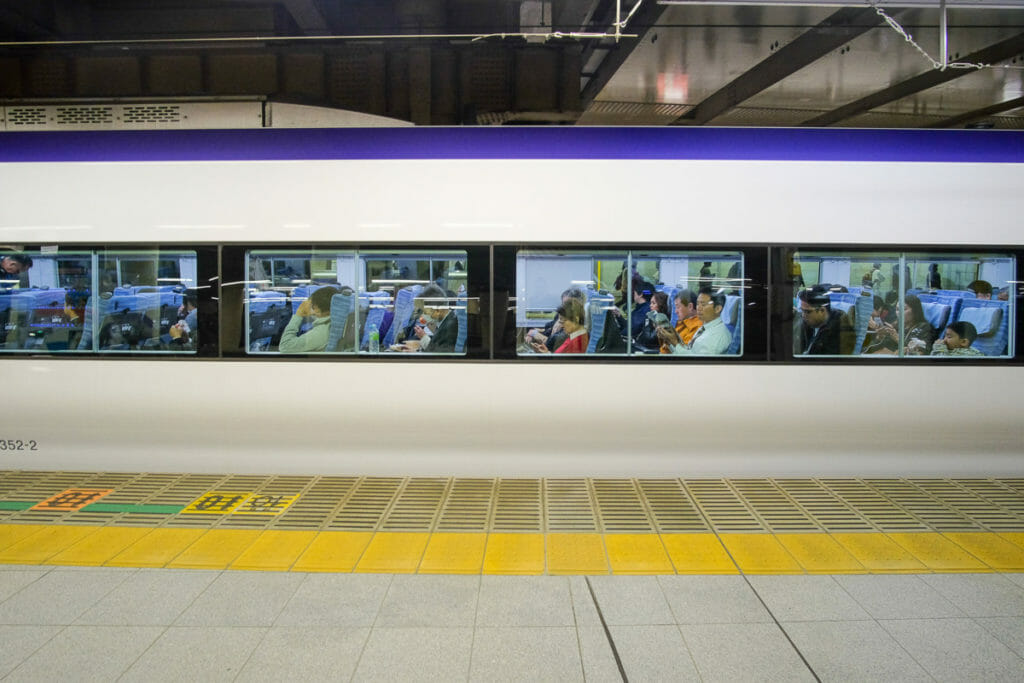
If you find that you’ll have to ride some subways or public transportation owned by other transportation companies in Japan, it’s worth looking into an IC Card . IC Cards are available for major transportation companies such as Pasmo and Suica.
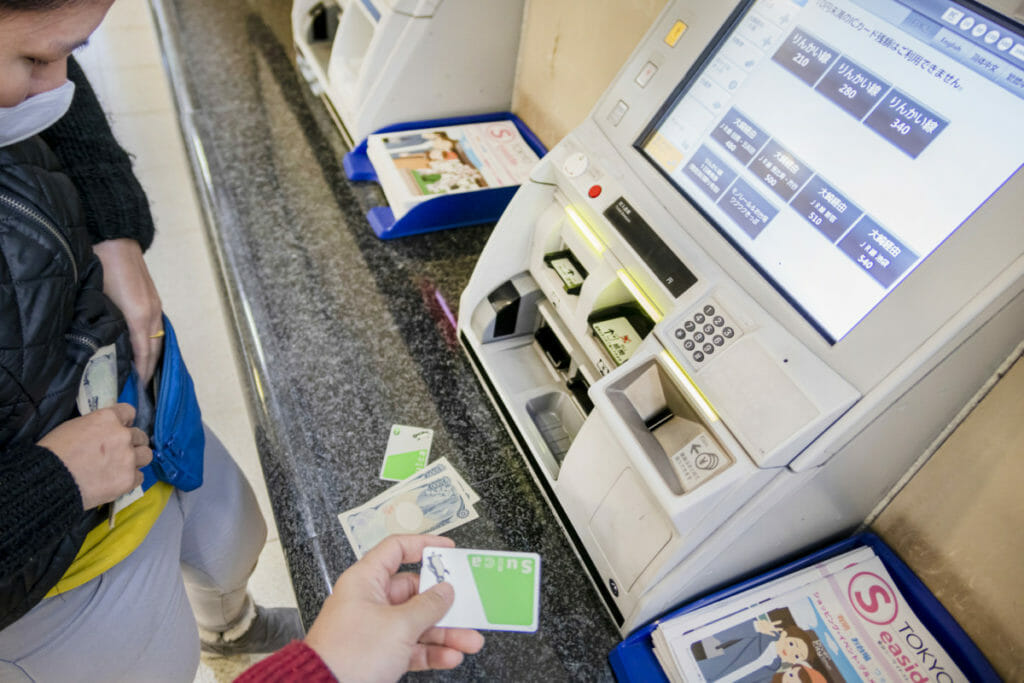
These cards let you board these trains and subway cars, as the Japan Rail pass doesn’t work on them.
The IC Card doesn’t get you any special deals when you use them, but they help you limit the number of yen you have to carry on you.
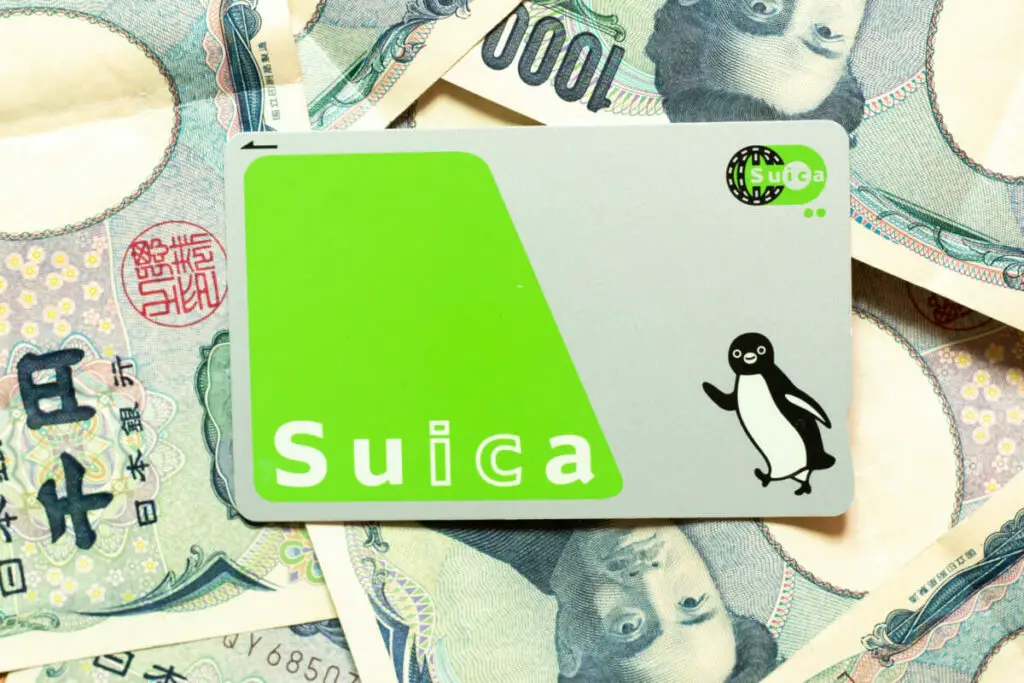
Furthermore, you can use these cards at some vending machines and convenience stores around Japan , so it’s worth setting it up and having some extra yen on it just in case.
Since there are numerous companies that offer IC Cards, your research is going to have to be thorough once you decide where you’re going, so you choose the right card.
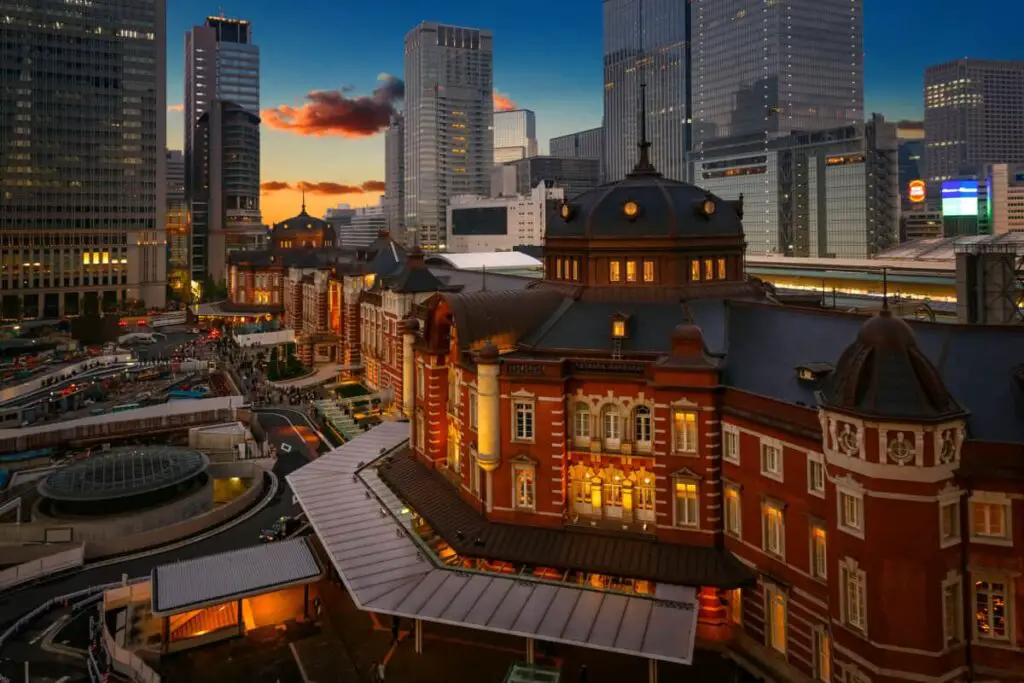
You can purchase and load an IC Card at a train or subway station; Tokyo Station will likely be your best bet since you’ll likely make your way there on your trip.
Tips For Using Public Transportation In Japan
When you’re planning out your routes for getting around Japan, planning around where the JR Pass and IC Cards can get you is the most effective way to get around.
It’s not only convenient but helps you keep your travel costs down as much as you can.
What most seasoned travelers and locals do is use their JR Pass to get as close to their intended destination as possible, as JR routes tend to go pretty far through Japan.
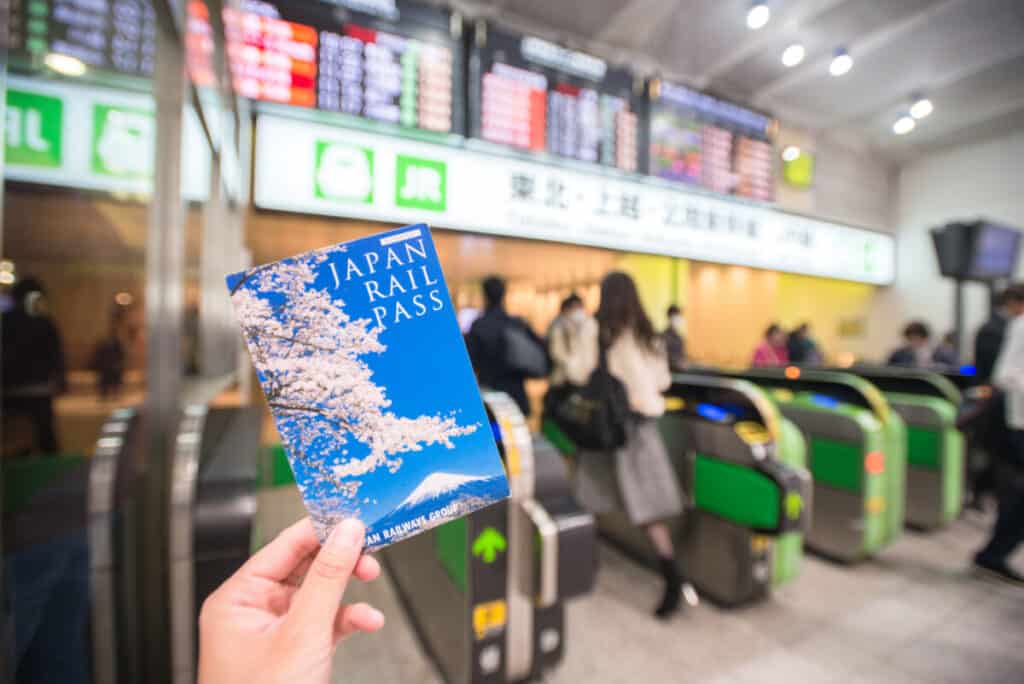
Then, they will use their IC Cards for the more direct route to get to their intended destination.
You can take your luggage on public transportation with you, but you’ll want to be cognizant of how much you pack when you know you’ll be using public transportation.
Some trains will have limits on what you can bring on board with you in an effort to make sure you don’t take up too much space.
Preparing For Your Trip To Japan
You’ll want to prepare yourself with a good portion of yen based on what you decide to do on your trip. A lot of places in Japan either only accept cash or prefer cash.
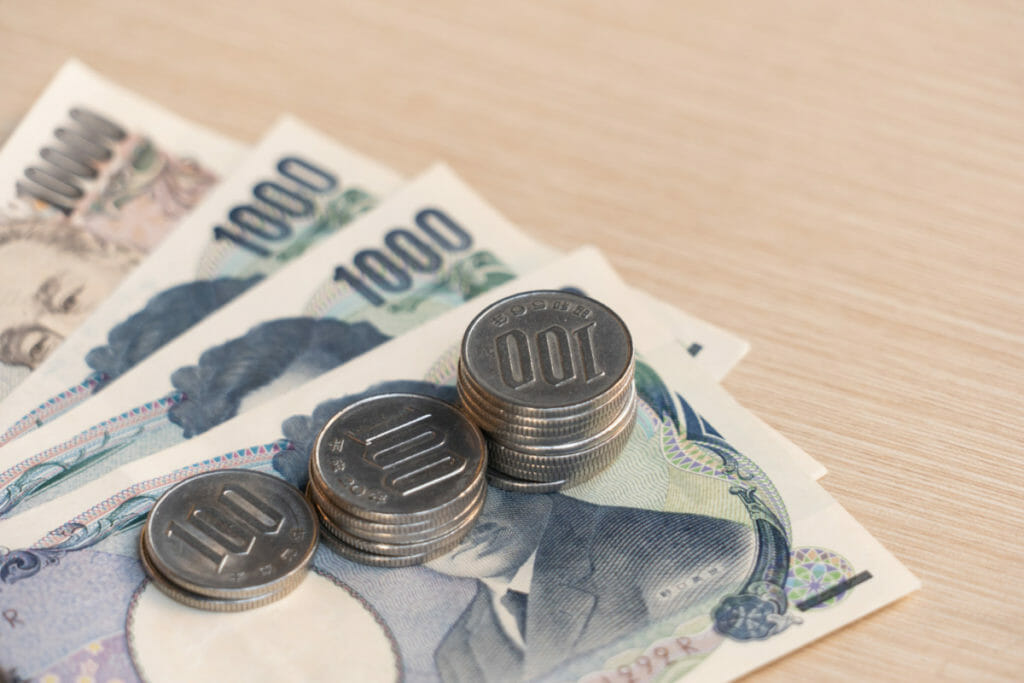
Be sure you have a small and secure spot for storing your cash when you have it on you. Japan is safe, but you can never be too careful.
Japan has centuries of history that may be overwhelming to some, but taking the time to learn basic manners and important aspects of the culture can help you navigate the country much more seamlessly. Some light online reading about manners and a translation app on your phone will do wonders for you.
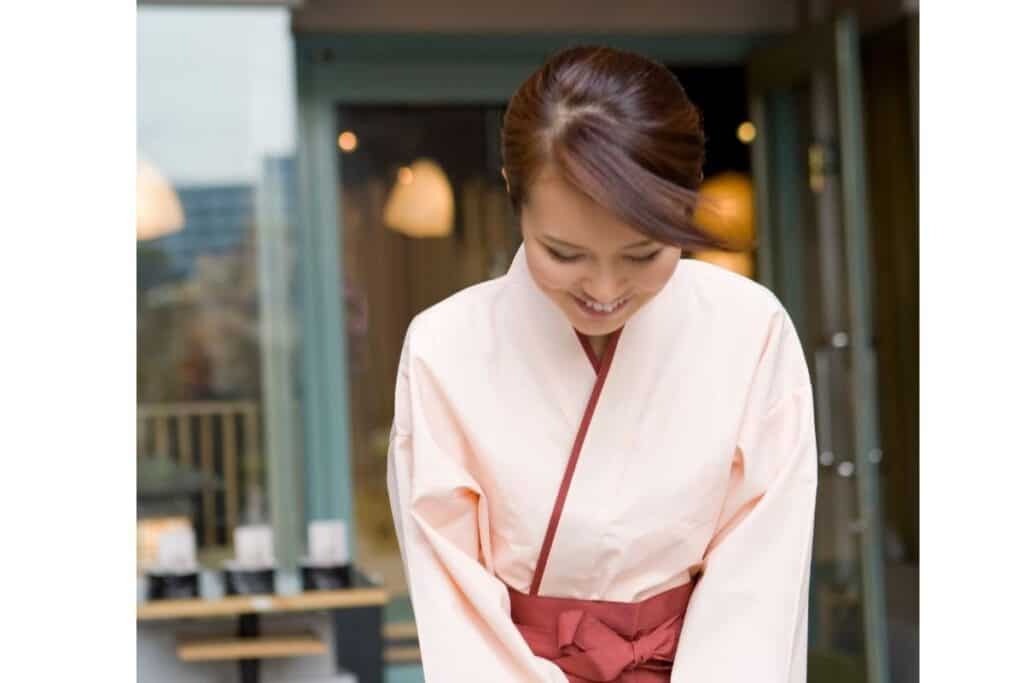
So long as you’re sure to be polite, say please and thank you, and avoid being too loud or rowdy, you’re likely going to fit in very well in the country.
Visiting Japan: Why Two Weeks?
Japan is not a country to visit for only a couple of days, or even a week. Two weeks will give you the opportunity to see a sufficient portion of the country.
One of the best ways you can pack in as much adventure and sightseeing as you can hope for is to organize your trip by the cities you want to stay in.
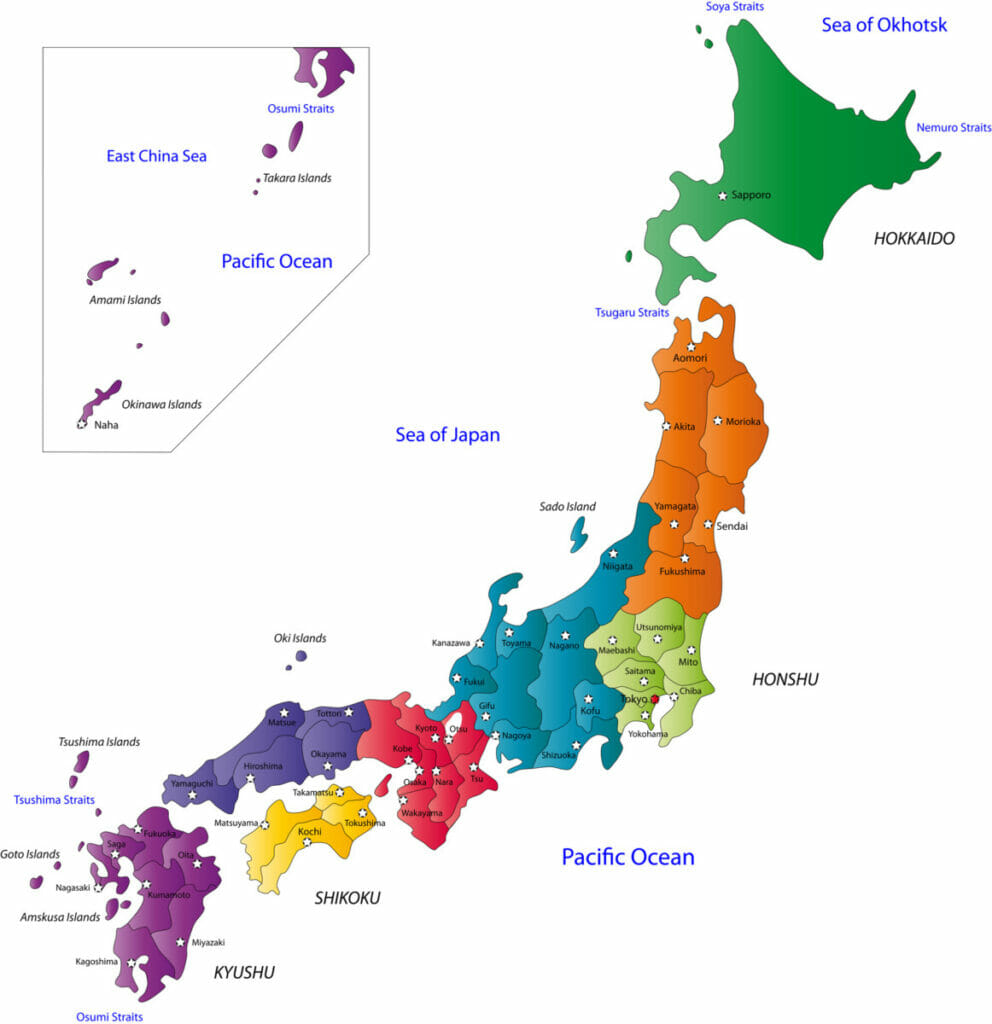
If you plan to spend two or three days in each city, you’ll have the opportunity to not only explore the city itself but explore nearby towns. Pretty much all of Japan is accessible by train or bus, so you have the ability to make day trips to nearby cities or towns a part of your trip.
A Two-Week Itinerary For Visiting Japan In 2023
Japan is a fairly big country, and narrowing down where to go can be tough. If you have two weeks, planning to see a couple of cities at minimum is not only doable but recommended, especially if you have a JR Pass. While Tokyo is a grand city and is worth spending a couple of days in, it’s not the only big city worth seeing.
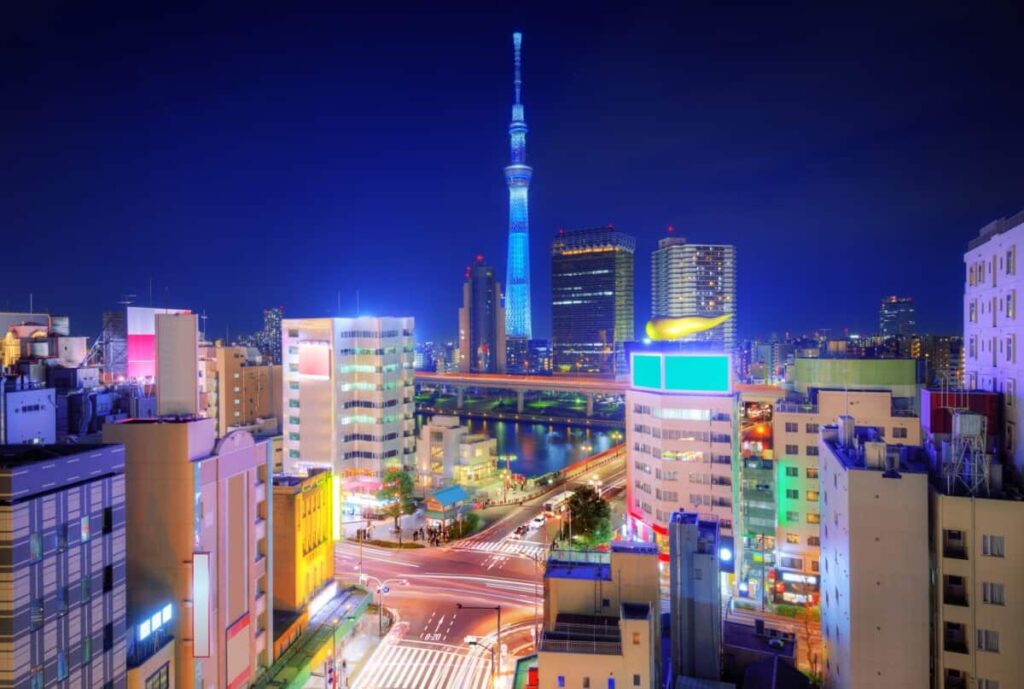
You also don’t want to overlook smaller villages and cities where the amount of learning you can do is tremendous. So many of these smaller cities and towns have remnants of traditional Japanese culture and ways of living that you have the opportunity to witness.
When visiting Japan for the first time, you’re likely going to want to hit some of the popular spots that bring people to the country every year.
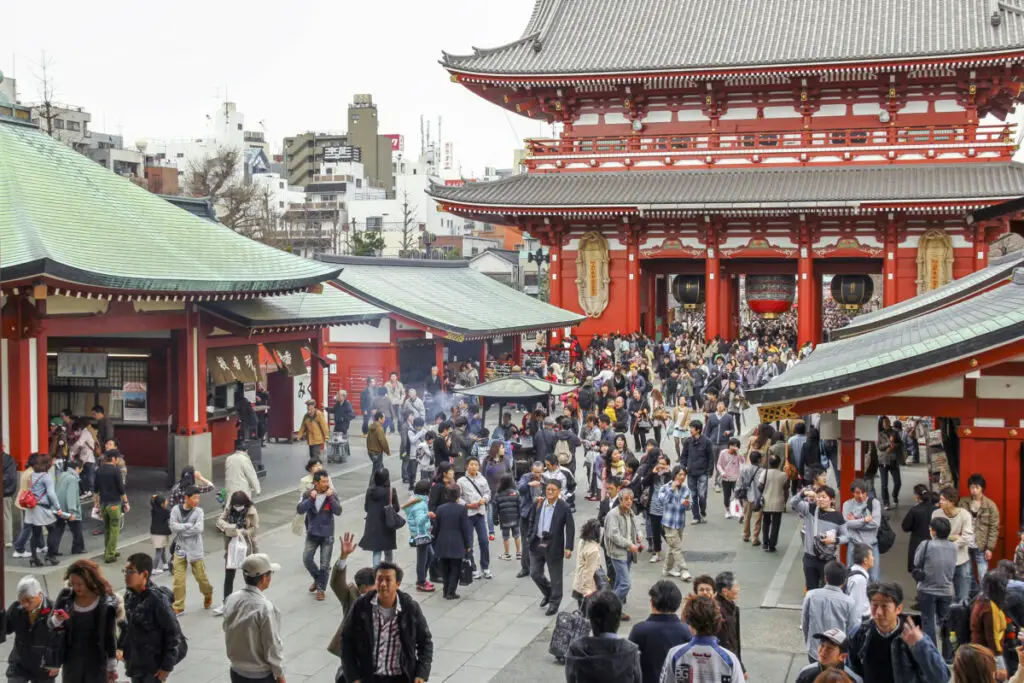
You’ll eventually want to come back again to explore some of the hidden gems of the country and the smaller neighborhoods where unique culture abounds.
To make your two-week trip as comprehensive and adventure-packed as possible – without spending too much time traveling and overwhelming yourself – your best bet is as follows:
- Start your trip in Tokyo and spend three to four days there, with the option of staying in the Fuji Five Lakes for a day
- Make your way to Kyoto for three to four days
- Next go to Hiroshima for two days, making a jaunt to Miyajima island for the day
- Spend your remaining days in Osaka before heading back to Tokyo to head home
Below are some of the top destinations for each of these cities, as well as some other ways to enjoy your time in between seeing the big sights.
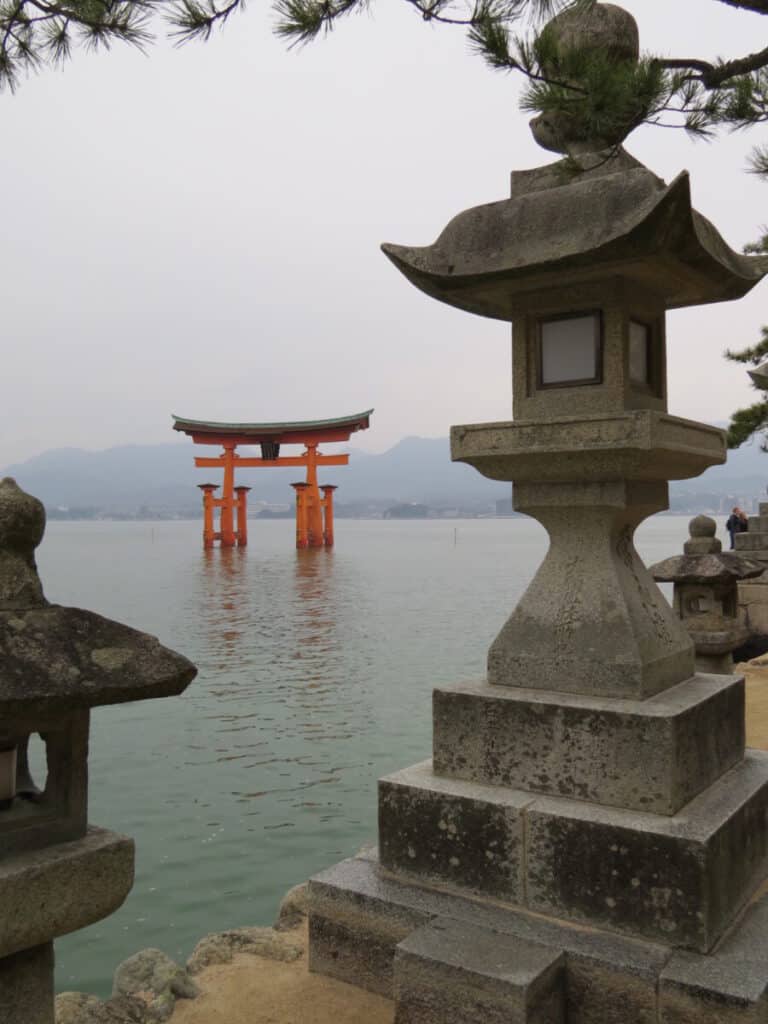
It’s important to note that there are so many other places in Japan that are just as beautiful and full of places to see, but you’d need much more than two weeks to see them all.
There are lots to see and do in the large city of Tokyo, and you have access to so many other places in Japan through a bus or train ride. For instance, making your way to Mount Fuji from Tokyo to spend a day or two there is very easy. You could easily spend your whole two weeks in Tokyo, but you don’t want to limit yourself.
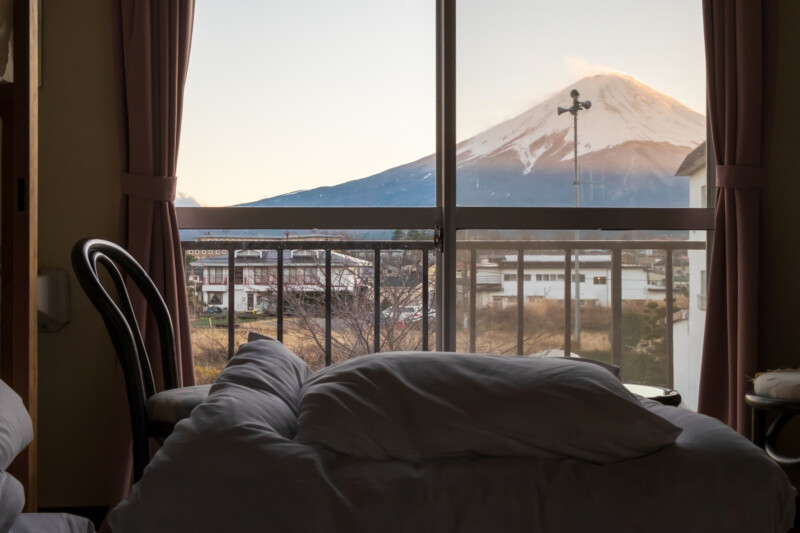
Tokyo is made up of several different districts and neighborhoods and is divided by Central, North, South, East, and West Tokyo.
No matter which part of Tokyo you decide to stay in, you have the opportunity to visit special districts dedicated to certain aspects of Japanese culture while also being able to shop, see shrines , and enjoy various activities and delicious foods.
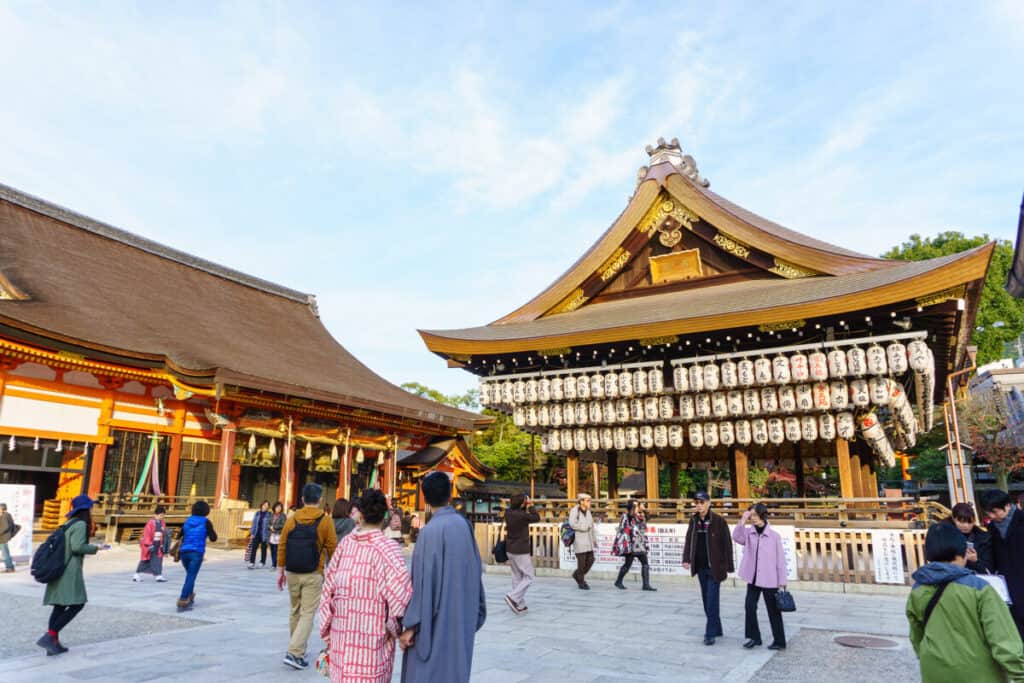
In Central Tokyo, you’ll find Tokyo Station, the Akihabara District, which is perfect for anime, manga, and tech lovers, as well as Ginza , home to the best shopping you’ll do in Tokyo. You’ll also find the Tokyo Dome and the nearby Koishikawa Korakuen garden, as well as the Yasukuni Shrine.
North Tokyo features the infamous Tokyo Skytree and the Tokyo National Museum, in addition to Ryogoku, known as the sumo wrestling epicenter . You’ll also want to see the Sensoji Temple or the landscapes of the Botanical Garden or Ueno Park .
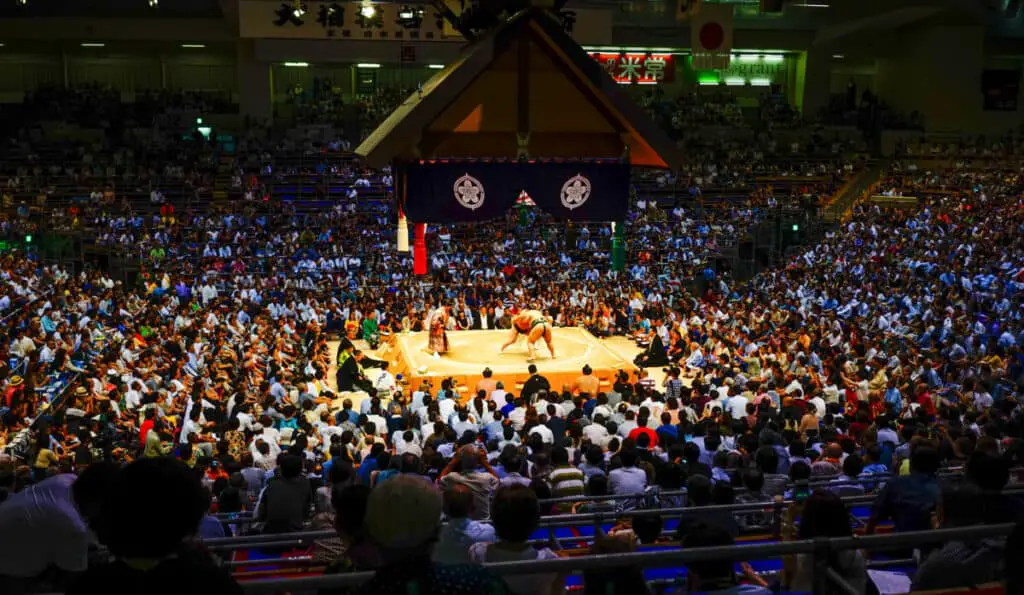
South Tokyo is home to some temples and shrines , such as Sengakuji, and the man-made island of Odaiba . You can also enjoy a ride on the Tokyo Water Bus, or do some shopping and exploring in Roppongi or Shiodome districts .
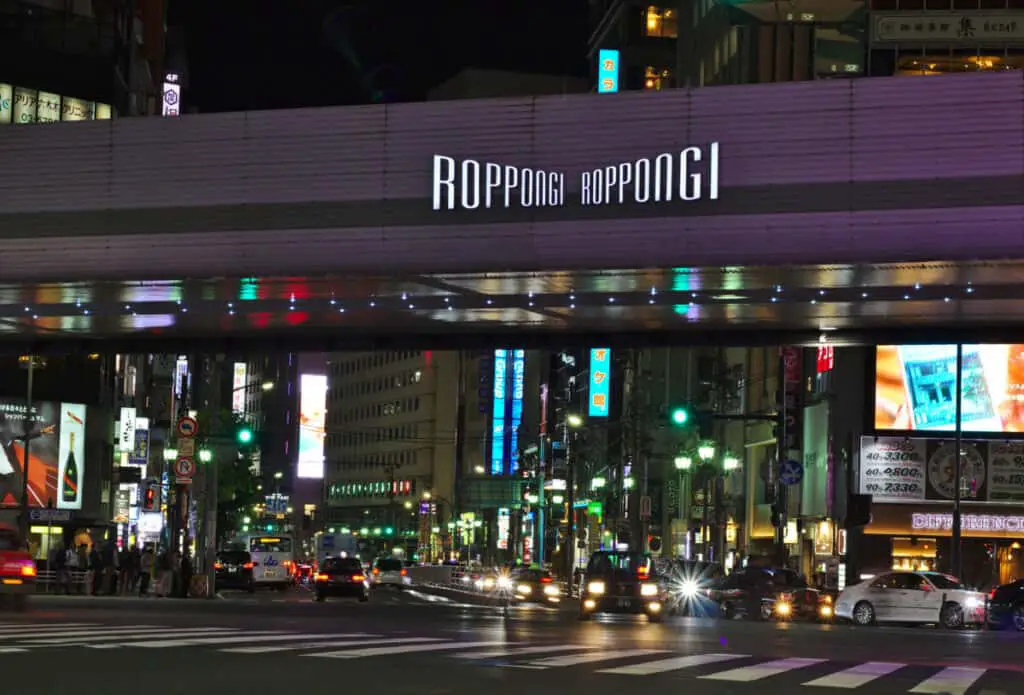
Finally, West Tokyo is home to the fantastic Shibuya , Harajuku, and Shinjuku districts, full of shopping, fun activities, and various subcultures. Yebisu Garden Palace is a great place to enjoy some Japanese beer, and the Meiji Shrine is a gorgeous place to see.
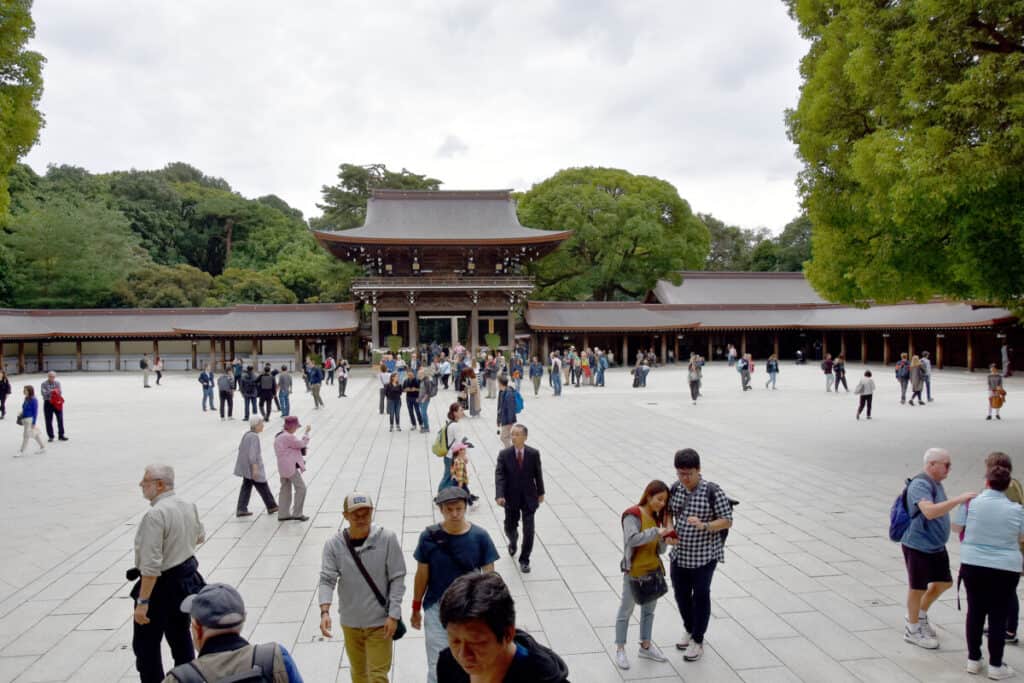
Tokyo can be a confusing city to traverse, so google maps are highly recommended to aid you in your exploration.
Tokyo Station
You’re likely going to make your way through Tokyo Station a few times in your travels through Japan. Don’t just let the station pass you by, though; in and around Tokyo Station, you’ll find a wealth of things to see and do.
Tokyo Station is also where you’re able to catch the shinkansen , or bullet train, which is likely to get you to many of your intended destinations.
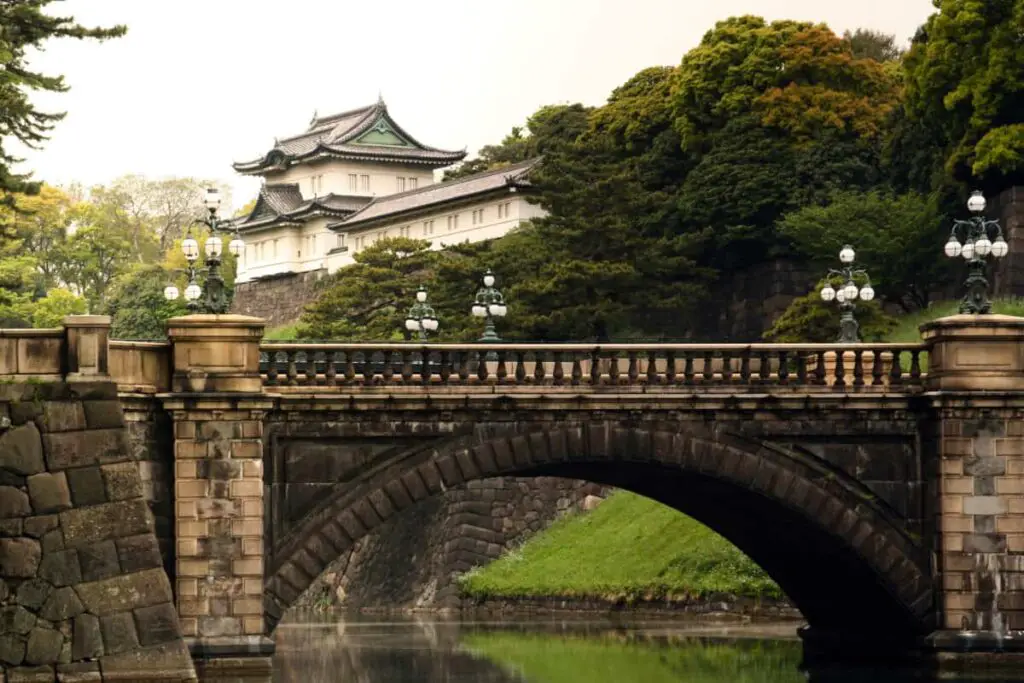
When you venture outside of Tokyo Station, which is in Central Tokyo, you’re surrounded by the Marunouchi business district , a vast array of shopping, and the Imperial Palace and accompanying garden. There’s also a lot of green space to sit down, relax, and enjoy some fresh air.
Mount Fuji And Fuji Five Lakes
Mount Fuji brings floods of tourists to Japan every year. This UNESCO World Heritage Site is a crucial element of Japanese culture and spirituality and is a very important symbol for Japan.
The beauty of Mount Fuji cannot be understated, and it’s worth the trek to the area. There’s a lot more to do around the Mount Fuji area than some might realize.
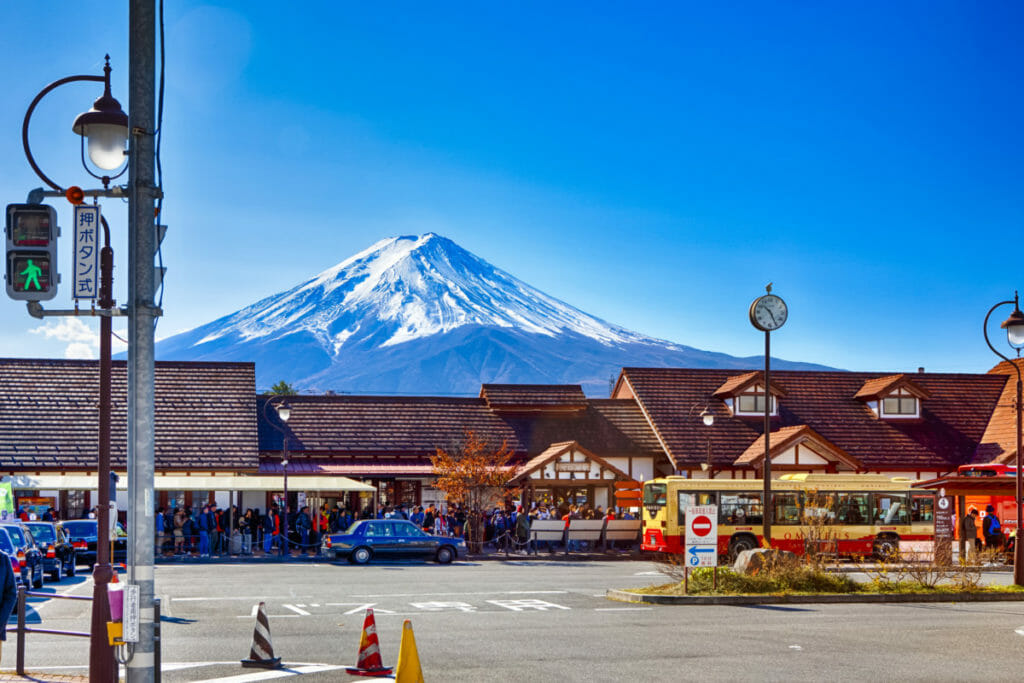
The Fuji Five Lakes area surrounds Mount Fuji, and you’ll find various ryokans to stay at, as well as shrines, hot spring baths , and even an amusement park.
While it can be hard to pick where to stay since there are so many enticing spots in Fuji Five Lakes, you’ll want to stay at least one night to get to explore as much as possible.
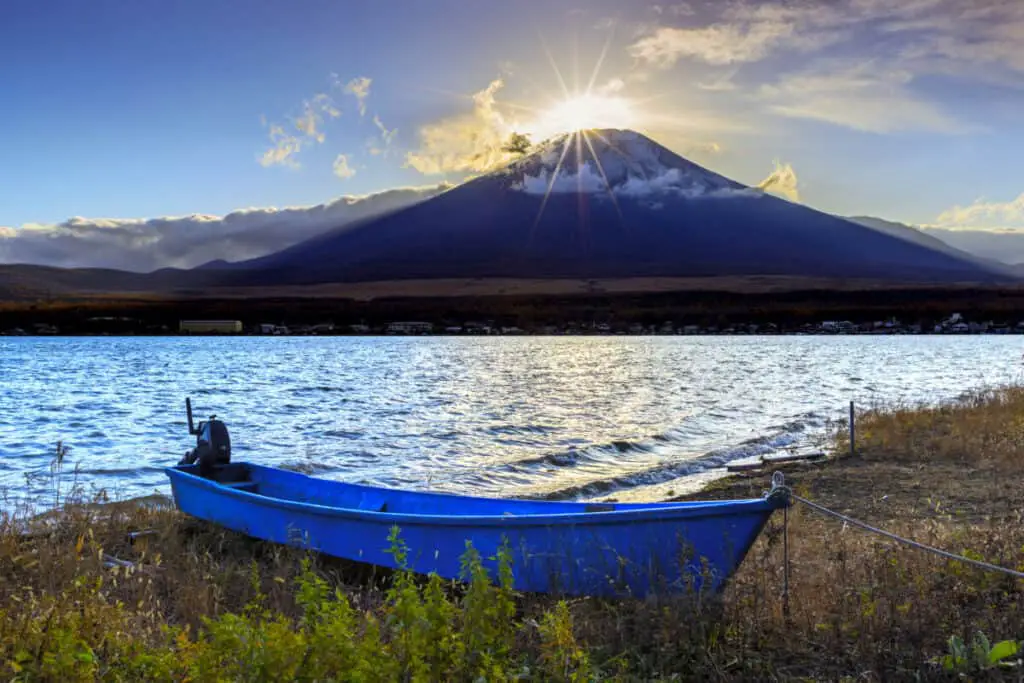
You’ll be surrounded by some of Japan’s main attractions in this one region. Mt. Fuji is the symbol of Japan itself. There is a cable car in the area, but it does not offer a trip to the summit of Fuji. If you have a few extra days to spend in the area, you’ll be rewarded with incredible mountain views at sunset and sunrise .
Kyoto is a place in Japan that is so full of history, a lot of which can be learned about from various museums and temples in the city . Many of these historically significant sights in the city have been standing for a very long time, despite the amount of devastation the city has seen over centuries of strife.
Like Tokyo, Kyoto is split up into Central, Eastern, Western, Northern, and Southern Kyoto, so you’ll want to spend a couple of days in the city at least. Central Kyoto is home to palaces and temples galore, such as Sento Palace and the Kyoto Manga Museum.
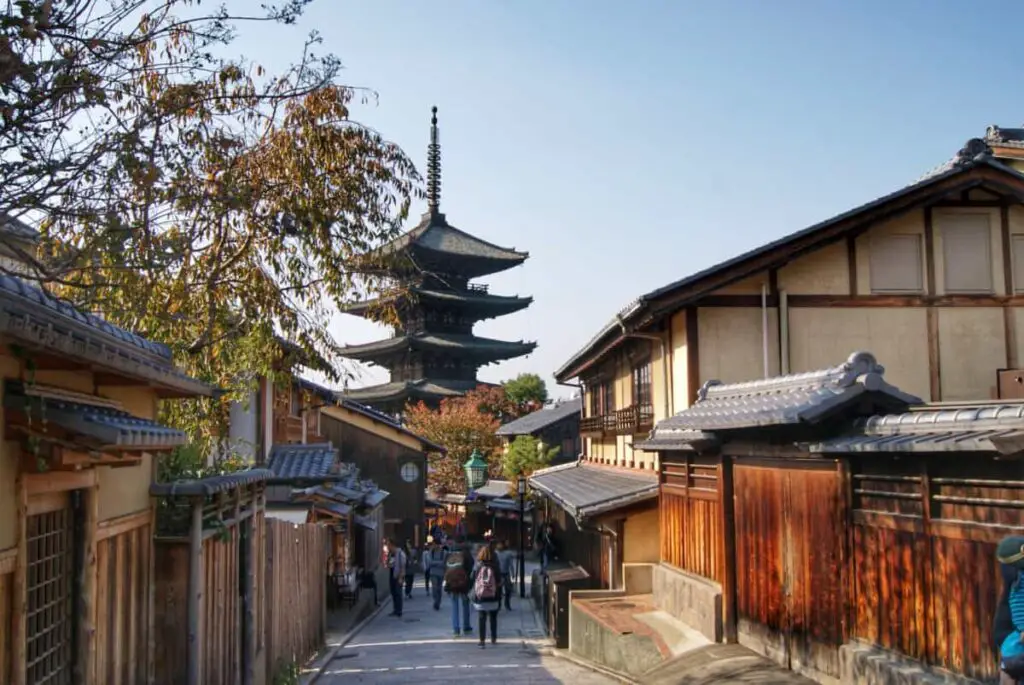
In Eastern kyoto, you’ll find numerous temples and shrines, as well as Maruyama Park and Gion, the famous geisha district.
Northern Kyoto houses a wealth of stunning locations of both historical and spiritual importance, including the Kinkakuji Golden Pavilion , the Enryakuji Temple, and the Kamo Shrines.
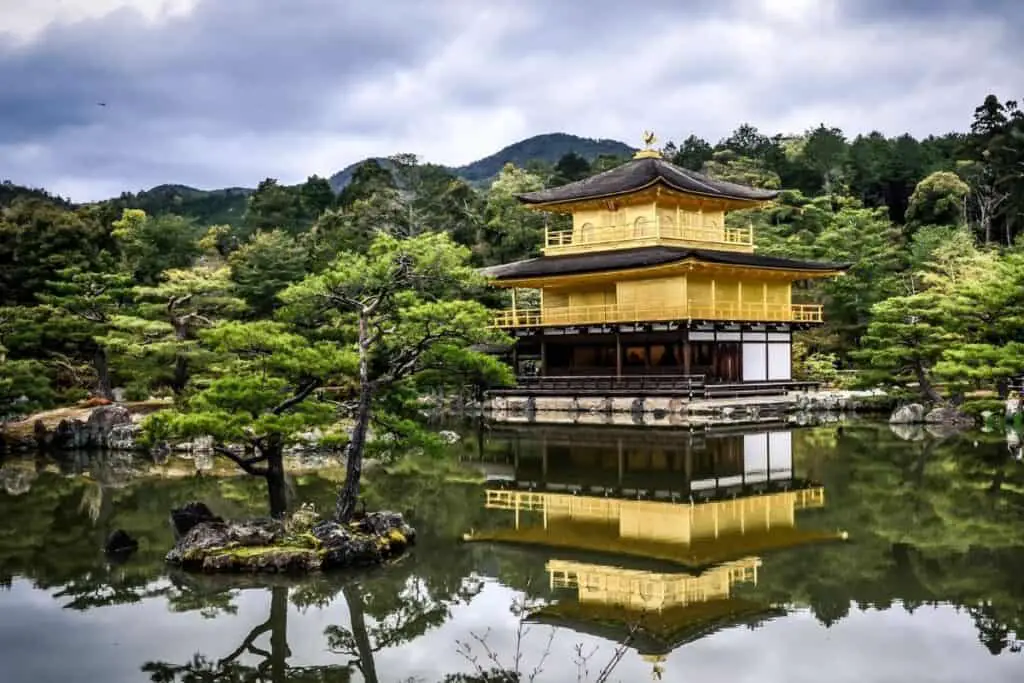
In Western Kyoto, you can sip some Japanese whiskey in the Yamazaki District, or take a boat ride through the Hozugawa River. Southern Kyoto has the Fushimi Sake District and the Daigoji Temple among other sites. Don’t forget to visit Nishiki market in downtown area. Kyoto itself is one of the best cities to see cherry blossoms in the spring.
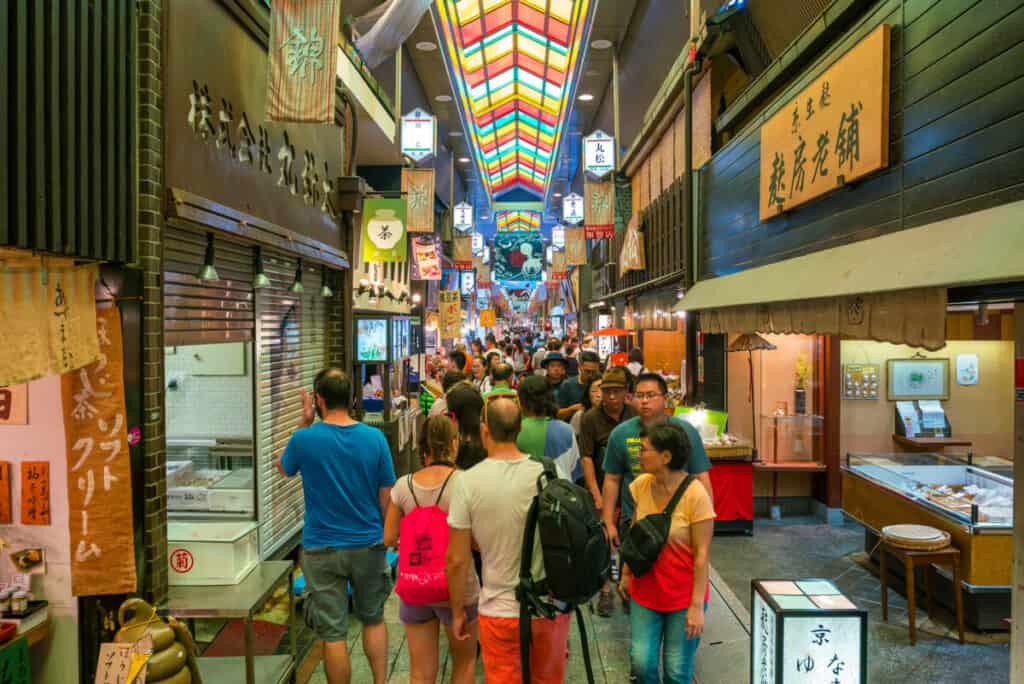
Of All Japanese cities kyoto is one you should not miss if you want to see the real Japan.
Hiroshima is the city known for falling victim to the atomic bomb, but the resilient city is so much more than that. The picturesque city is full of natural and created beauty, and there’s a lot to be learned from the major sites there.
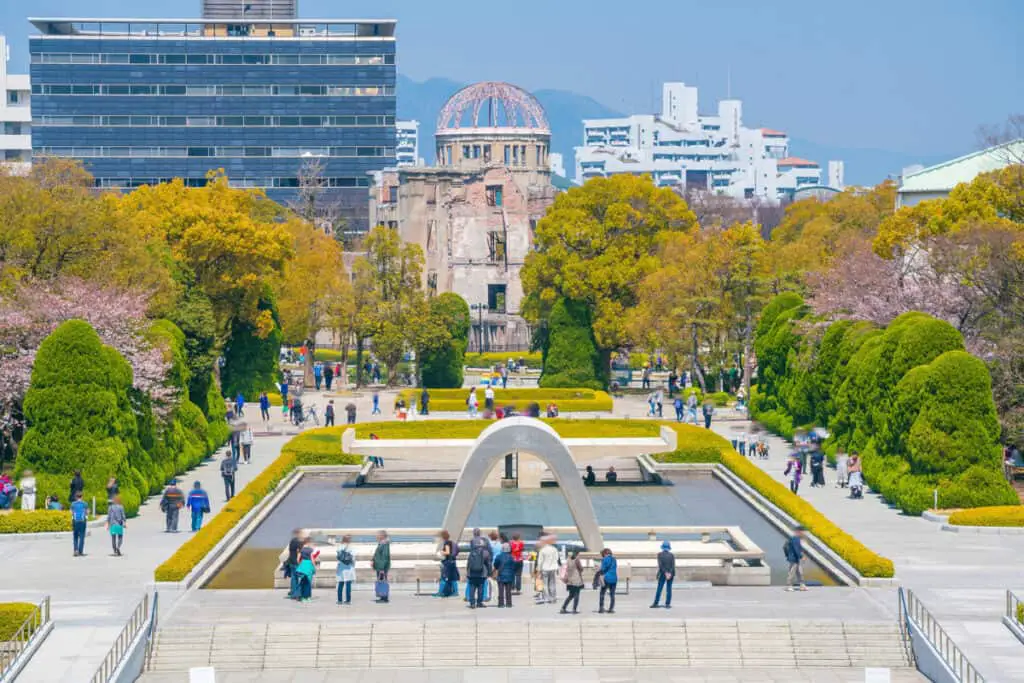
The Peace Memorial Park is the place to remember the lives lost from the atomic bomb, and the Hiroshima Castle is truly a marvel in construction.
When you make your way to Hiroshima to stay for a couple of days, you’ll want to split up your trip to venture to nearby Miyajima.
Miyajima is a stunning island that’s not too far from Hiroshima, and you can take a short boat ride to spend the day there before heading back to Hiroshima.
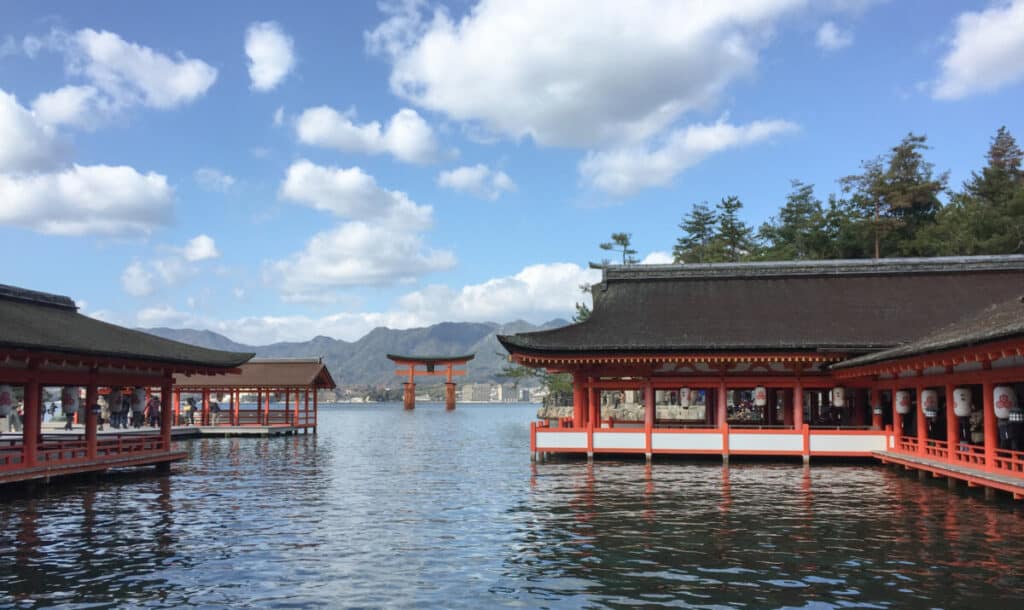
Miyajima is also where you’ll find the very famous red torii gates of Itsukushima.
Nature lovers will enjoy seeing the very large Mount Misen, and making their way along the various walking trails around the island. A truly beautiful city you will want to see if you’re visiting Hiroshima.
Finally, you’ll absolutely want to make your way to Osaka to spend the final days of your trip there. Osaka is full of bright lights, bustling city life, and many things to see and do. For instance, you can do some shopping and exploring in Shinsekai, a district that looks a lot like old Japan.
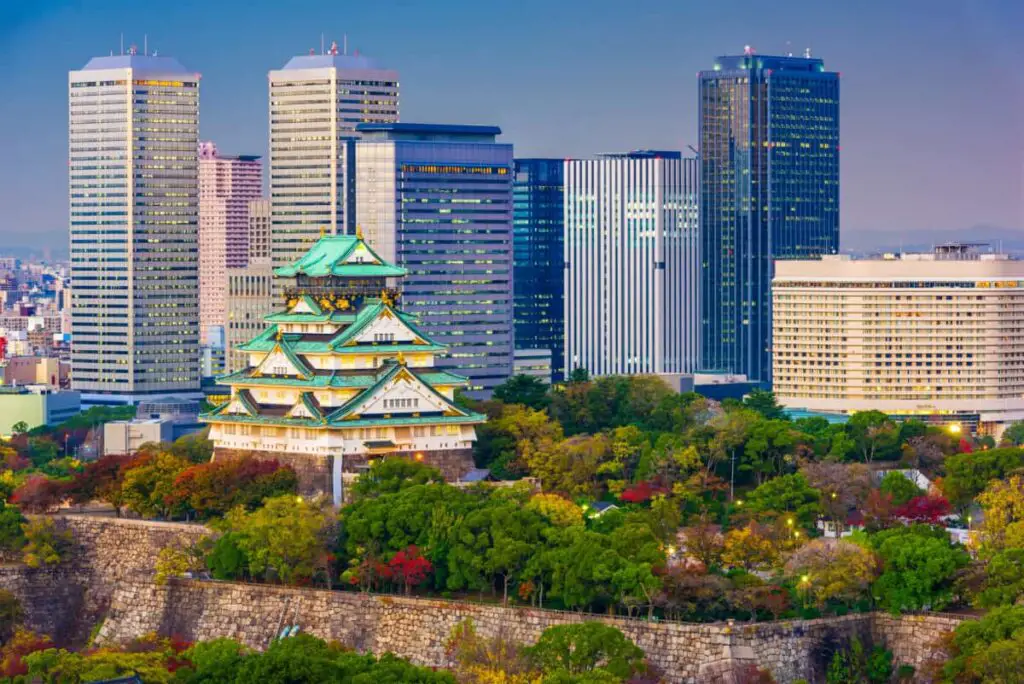
Minoo Park and Mozu Tombs are great places to get some sun and see some nature, and the Tenma District is the place to go for arcade games. Kuromon Market is a great place to go for some food-based souvenirs or some snacks to take home for yourself.
Osaka is the perfect place for hardcore foodies. The good news is that so many restaurants ensure you have enough time to sample Osaka’s various dishes.
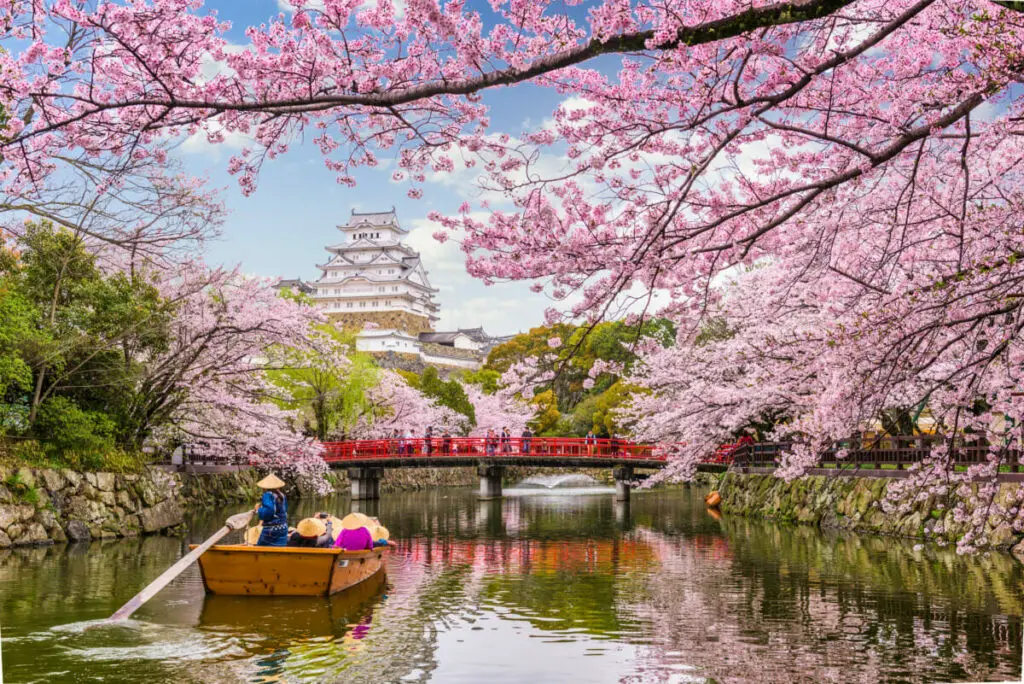
If your visiting Osaka for more than a couple of days, a short train ride will take you to Himeji Castle Japan’s most visited castle.
Making Your Two Week Stay Memorable
When you’re finalizing your two-week itinerary, there are some things to keep in mind before you make your final decisions.
These travel tips can not only help you keep to your intended budget, but they can also help you make the most of your trip.
Take Advantage Of Free Experiences
Exploring Japan doesn’t have to be expensive. There is a lot to see and do that doesn’t require any money, other than what you might need to spend traveling to and from the spot as well as any sustenance you might need.
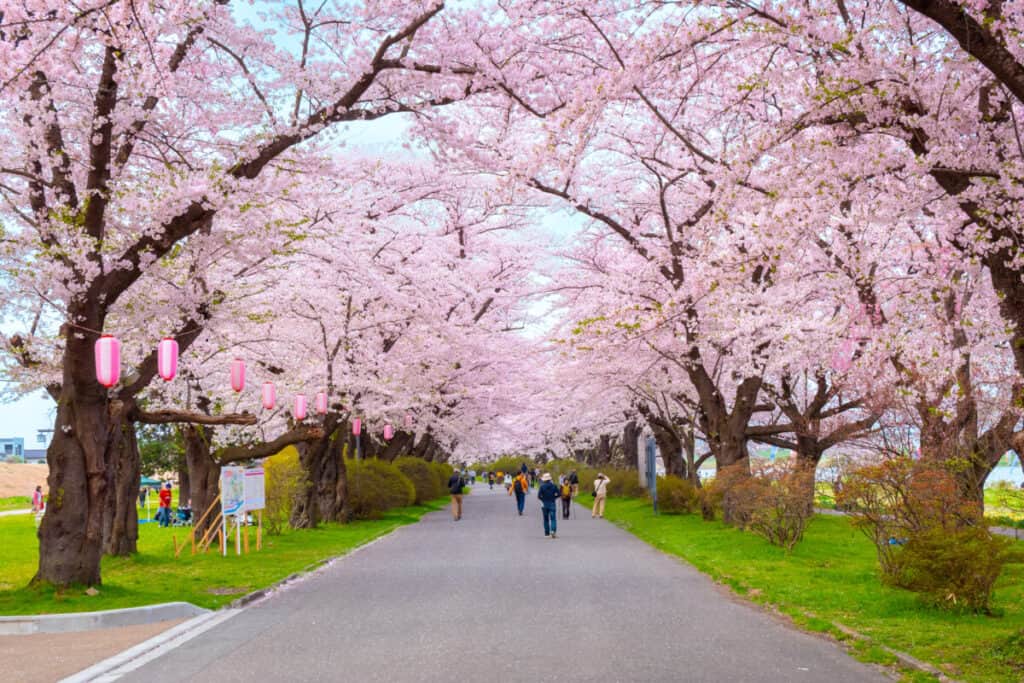
That said, with your JR Pass or IC Card and some snacks bought at a convenience store beforehand, you can easily spend at least half a day exploring Japan for free.
For instance, parks in Japan offer green space, plenty of seating, and even some amenities and trails to walk around.
Visit Temples And Shrines
Even if you don’t practice religion, visiting some of the thousands of Buddhist temples, Shinto temples, and accompanying shrines is not only inexpensive but will be an especially memorable experience.
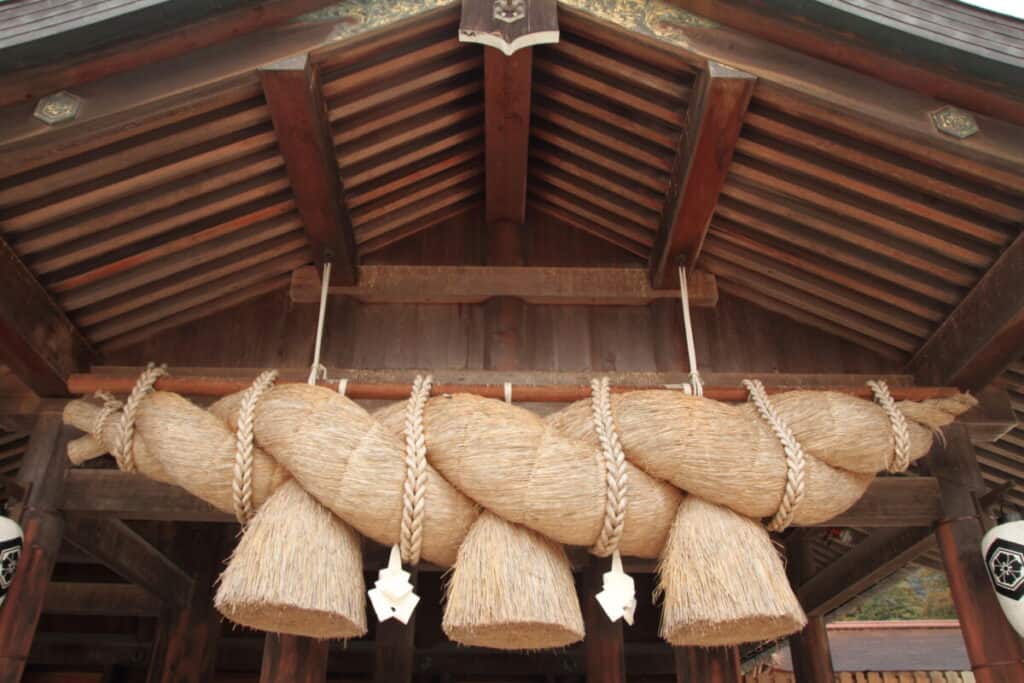
Many of these spots have guides you can learn from, picturesque gardens to walk through, and works of art in their architecture.
Hot Spring Baths/Onsens
An onsen is a hot spring bath, usually sourced from natural spring water in the area of the bath. One can find these baths indoors and outdoors, and onsen towns have been created by many sources of hot spring water throughout Japan.
These small and inviting towns are some of the best places to stay in Japan if you’re looking for a reprieve from the stresses of life.
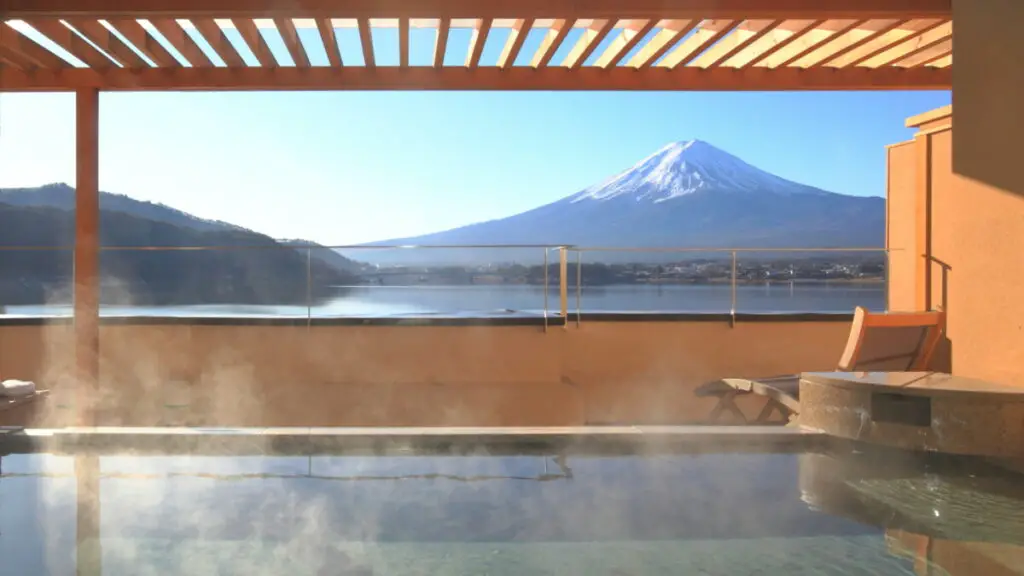
Hot spring baths and bathing culture are big in Japan. Before homes had accessible baths, the only option in Japan was to enjoy a public bath or Sento .
Outside of the social aspect of bathing culture, hot spring baths have been utilized in Japan for centuries for various ailments and health concerns.
If you plan on spending any time near Mount Fuji, you’ll definitely be able to enjoy your fill of hot spring baths. That said, there are plenty of onsens all around Japan so no matter where your travels take you, you’re likely to find at least one.
Where To Stay In Japan
The specific accommodations you book for your travels are going to be dictated by where you want to go.
The fantastic aspect of accommodations in Japan is that many of them is an experience in and of themselves rather than simply a place to sleep. Your options are quite extensive, from hostels to capsule hotels to traditional Japanese inns, also known as ryokans, that have a traditional Japanese private rooms.
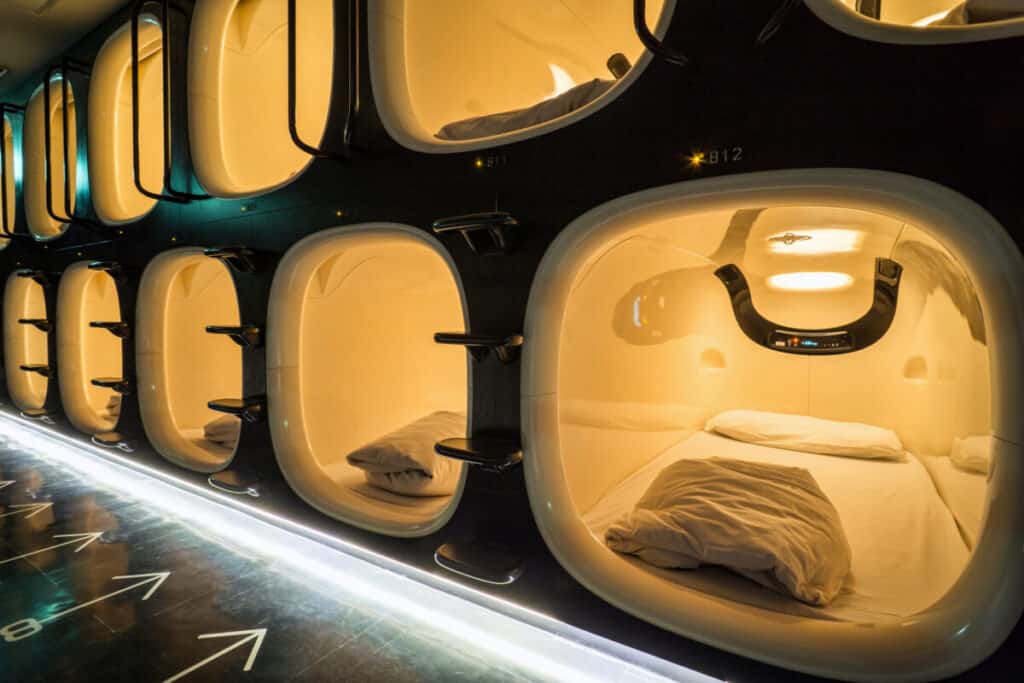
The language barrier is not as big a problem as you might imagine, as most accommodations will have at least one persons who understand basic English.
Japanese Hostels
A hostel is most often the cheapest option, especially if you’re not picky about your accommodations.
What’s important is to research hostels to ensure that where you’re staying is suitable to your needs and comfort level.
Best Hostels In Japan Via Tripadvisor
That said, Japanese hostels have a fantastic reputation for being clean, full of friendly and hospitable people, and very affordable.
Japanese Capsule Hotels
A Japanese capsule hotel is a unique experience where you sleep inside a pod. Most of these capsule hotels are fairly affordable, though, of course, a hostel or a hotel may end up being more affordable.
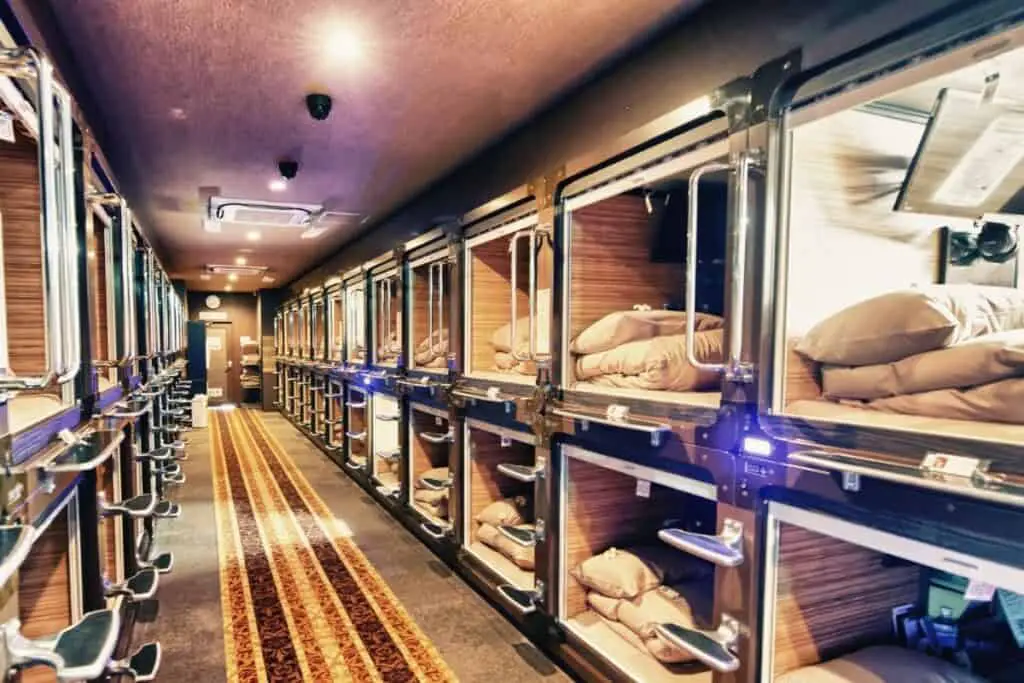
If you have the room in your budget, it’s worth checking out a capsule hotel for a night. If you’re looking for a cheap hotel, this is your best option.
Japanese Hotels
Staying at a regular hotel in Japan can easily become expensive, depending on what kind of hotel you choose to stay at. As expected, hotels range from mid-range to luxury in terms of price, amenities, and location. You can find a lot of recognizable hotel chains in Japan, as well as a mixture of local and smaller hotels.
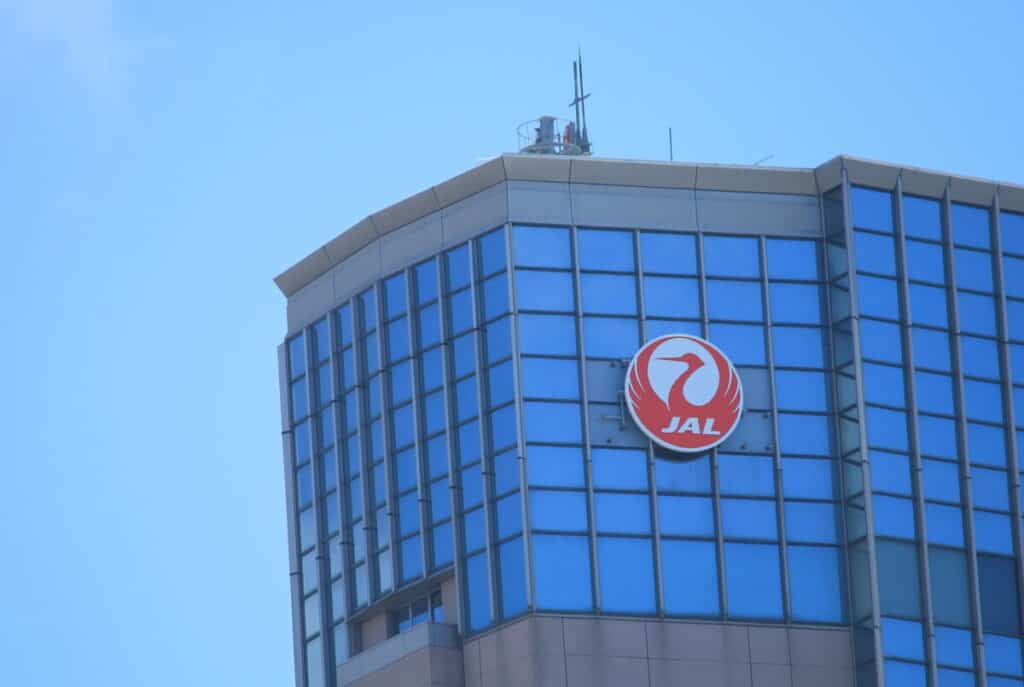
Hotels cost more if you stay right in the heart of major cities . Given how great public transportation is in Japan, there’s no need to stay in a hotel right in the city.
Instead, you can save a few bucks if you stay in a hotel just outside of the city and take the train in when you’re planning on sightseeing.
Japanese Ryokans
A ryokan is a preferred accommodation option if you’re looking to immerse yourself into Japanese culture as much as possible.
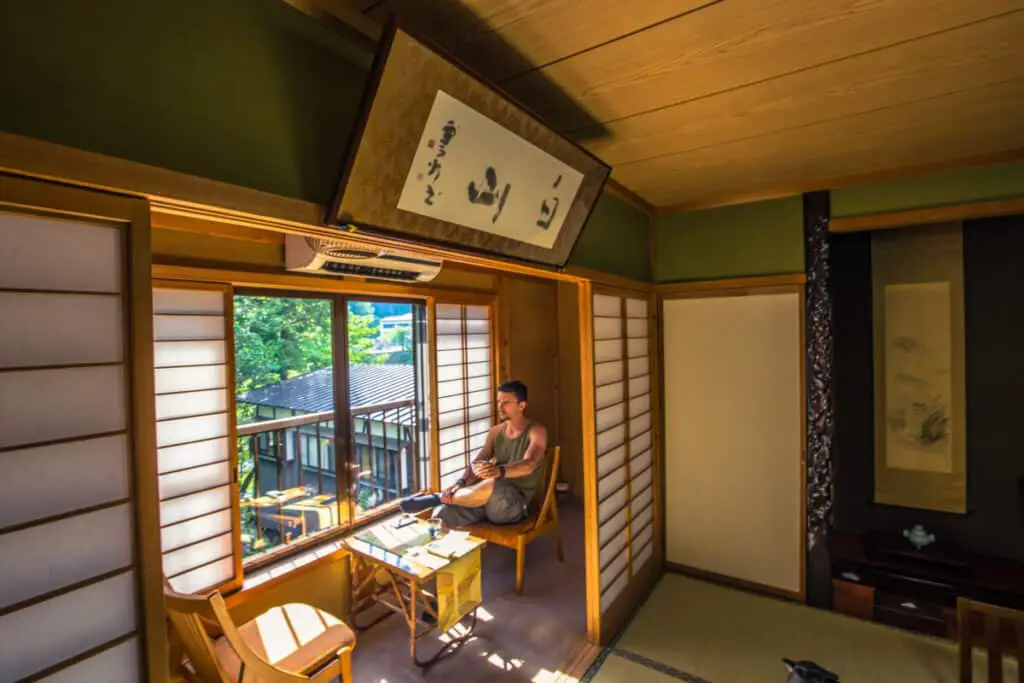
These traditional inns can offer a range of different experiences and amenities depending on where you’re staying. Typically, you’ll have a small, clean room to yourself, though bathrooms are often shared between guests. Most ryokan has hot springs on site.
Some of their hotel rooms even have a private onsen (hot spring bath) located within the room. One of the most important things to remember if your using a shared onsen with other guests is that nudity is part of the onsen experience.
Eating In Japan
Going out and experiencing authentic Japanese food is well worth making a part of your travel budget. While it’s not economical to indulge at five star restaurants every night, you don’t want to miss out on local delicacies and unique dining experiences based on where you’re staying.
There is so much more to Japanese food than sushi, though sushi in Japan is better than anywhere else.
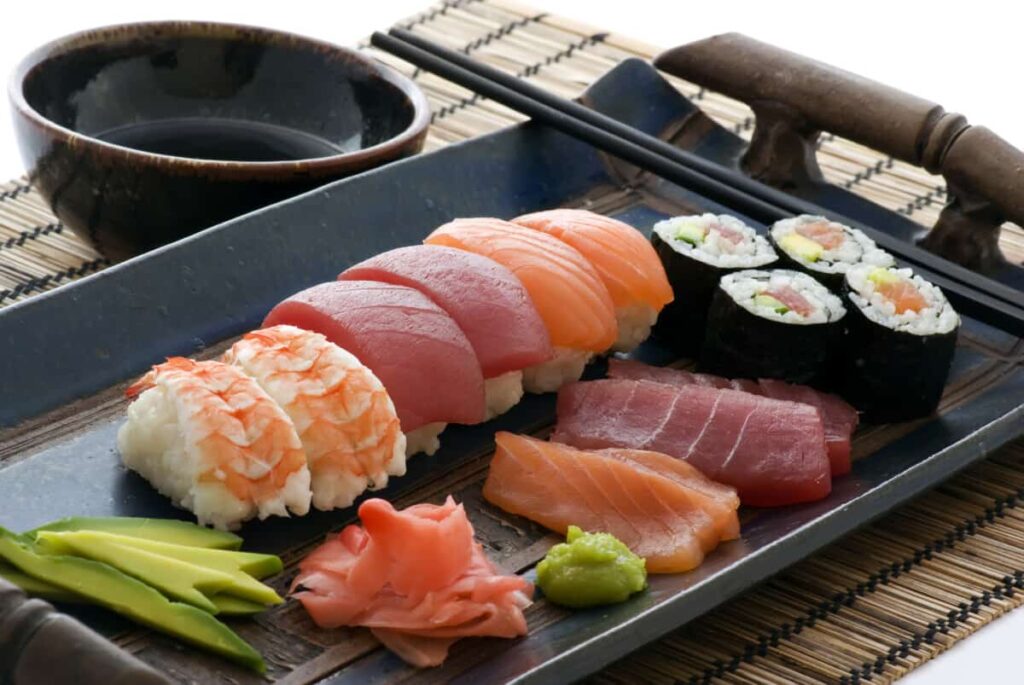
Comparatively, it’s not expensive to feed yourself when traveling through Japan. Your best plan of action to ensure you get to indulge in some memorable meals is to seek out the local delicacy in each place you stay in as you make your way through your itinerary.
You can either chat up the locals or do some research beforehand, depending on what you’re comfortable with.
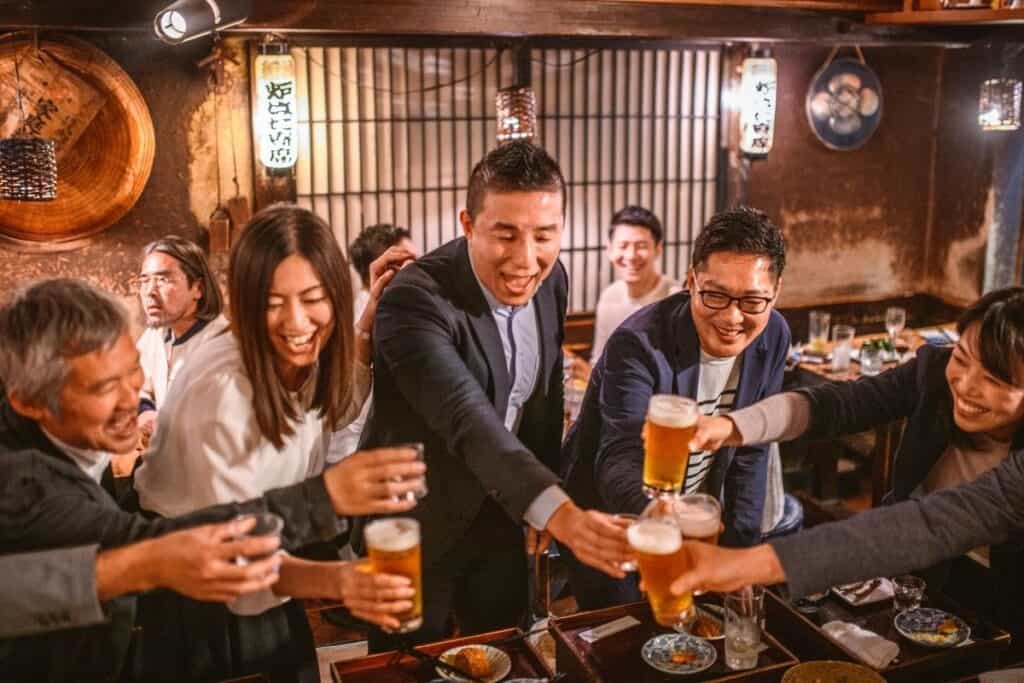
Seeking out an izakaya is also highly recommended at least a few times when you’re in Japan. These are Japanese bars that serve small bites and snacks often using locally sourced ingredients crafted in unique ways.
Budget-Friendly Eating In Japan
You have a ton of options to get your fill of delicious Japanese food without blowing your food budget too quickly. You won’t miss out on good eating even when you opt for budget friendly options.
There are ways to find authentic, yummy Japanese fares without having to go to a restaurant for every meal.
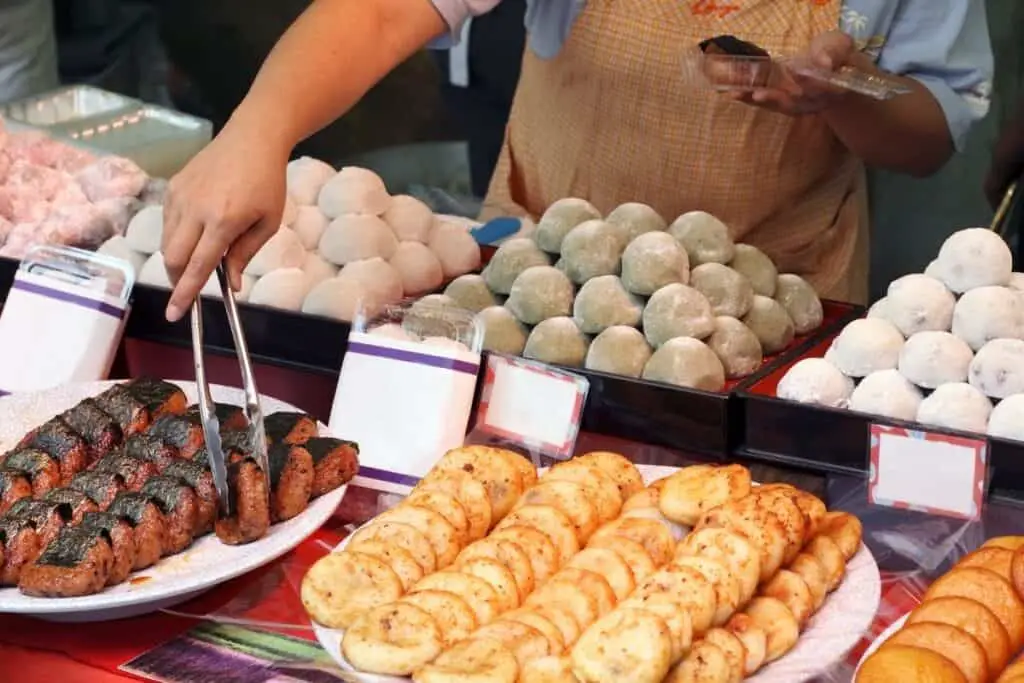
Street food is pretty bountiful in Japan, from vendors on the street to various stalls at a market. You can even find vending machines that offer inexpensive yet delicious snacks.
You can also grab some quick meals at convenience stores that are high quality, made with fresh local ingredients, and are also very budget-friendly.
Shopping In Japan
Japan is an epicenter of some very unforgettable shopping, as it’s one of the biggest fashion trend-setting countries in the world.
Outside of fashion, there is so much shopping to be done in Japan that it’s very easy to spend a lot of money doing so.
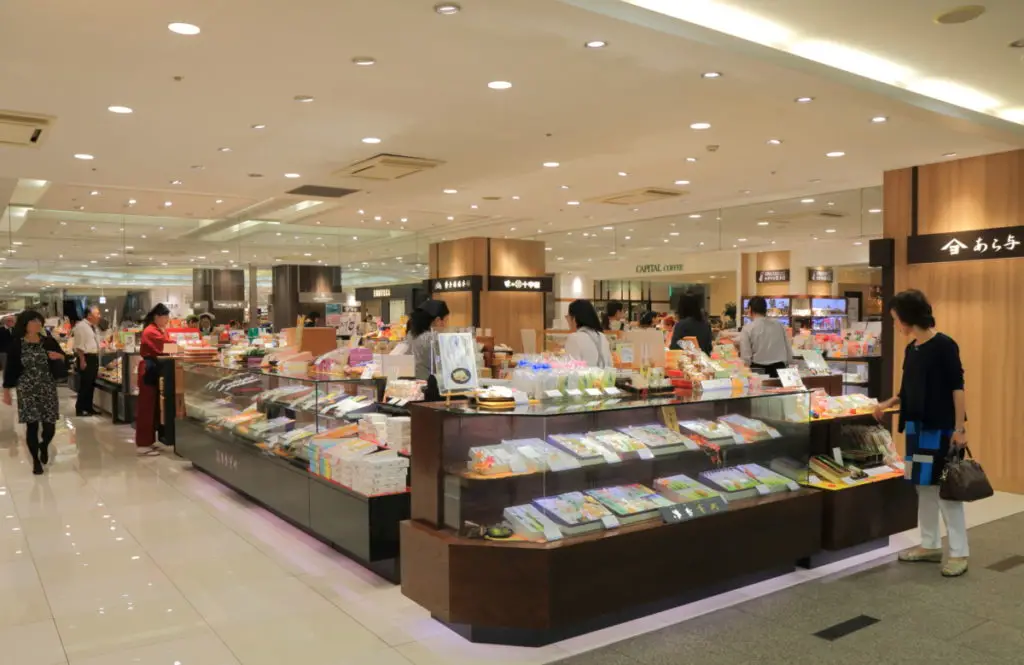
Having a strict budget for yourself can help you avoid spending all your money on other parts of your trip buying things. Tokyo department stores often have multiple levels of goods and services. The best thing is the onsite restaurants that have incredible dining experiences.
Japan is known as a cash-based society, so its a great idea to have Japanese yen in case credit cards are not an option. Many small mom-and-pop coffee shops are cash-only.
Budgeting For Your Trip To Japan
Budgeting is a major priority as soon as you know you’ll be planning a trip anywhere. The time of year you opt to travel to Japan can have some influence on cost. For instance, Japan is a popular place during cherry blossom season , which starts in April, so you can end up paying premiums for travel and accommodations.
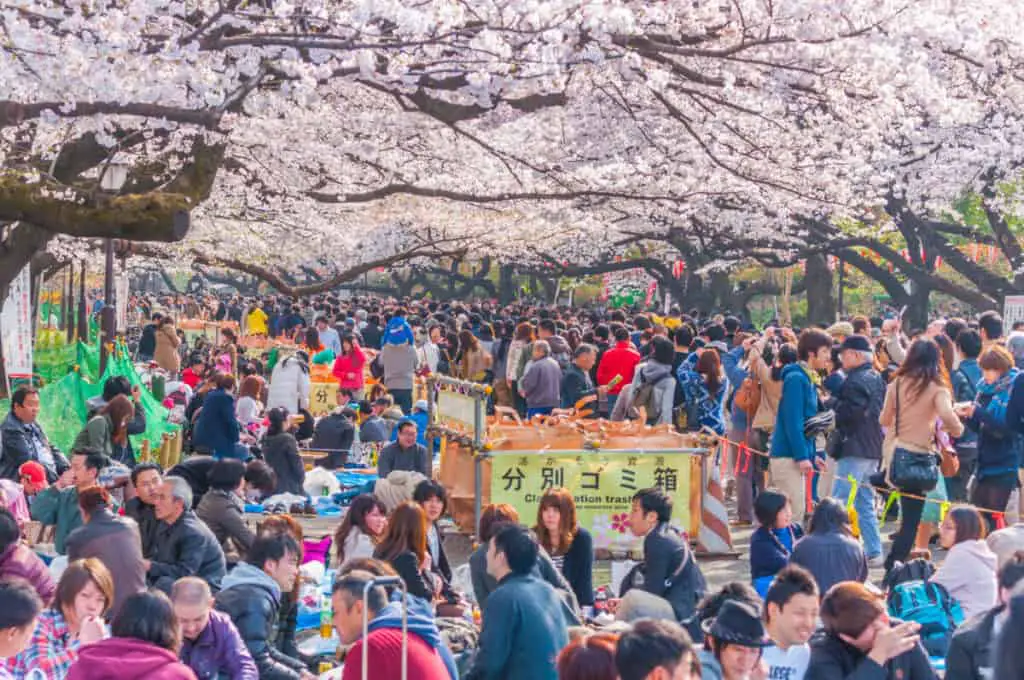
Despite popular belief, traveling within the country of Japan isn’t as expensive as one might assume. Some careful planning and having an itinerary mapped out beforehand can help you get a better sense of how much money you’ll need.
Having a safety net such as a credit card that doesn’t charge foreign exchange fees can give you some peace of mind, even if you don’t end up using it.
You can use a credit card at many places in Japan you’ll likely frequent, though it’s good to note that many places, especially tourist destinations, prefer cash when possible.
An Estimated Budget Of A Two Week Japan Trip In 2023
The biggest expenses you’re likely to see will be your flights and your accommodations. Your flight costs will vary depending on where you’re flying from, what season you’re choosing to fly in, and whether you pick a direct or indirect route, with added advice on the best time to fly.
Keeping your eye out for deals or seeing if you can cash in some reward points towards your flight can potentially save you a lot of money flying such a potentially long way.
There’s no exact answer for how much money you’ll need for a trip to Japan, no matter if you’re looking for a trip on a budget or not. All things considered, you could travel to Japan and stay for two weeks with between $3000 to $6000 USD based on what your final itinerary looks like and how well you manage your money in the country.
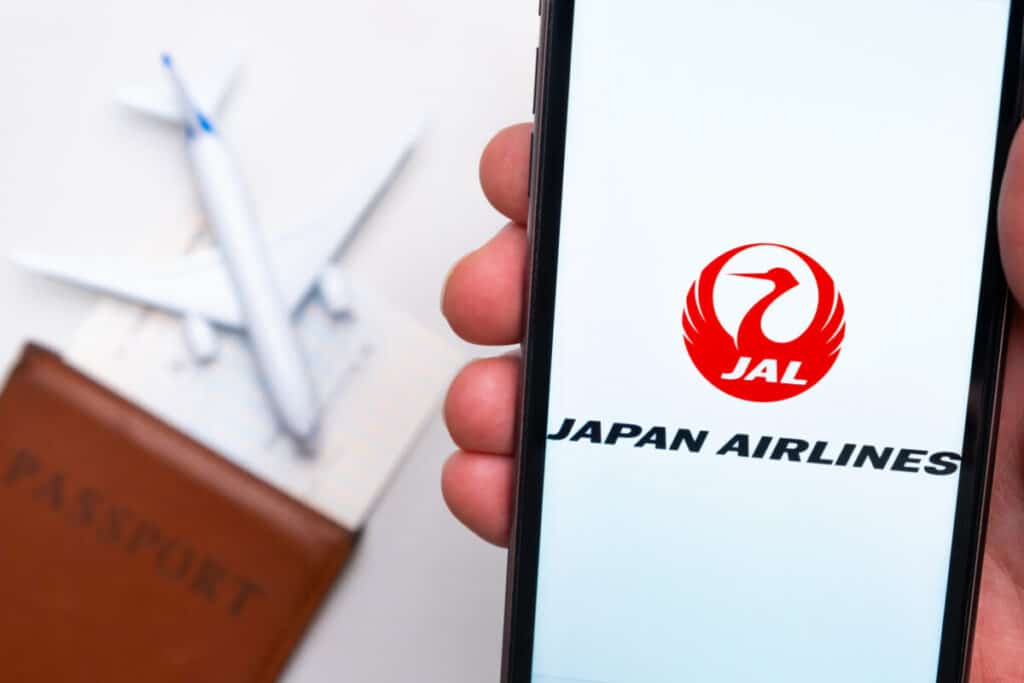
The following list features estimates based on a two week stay in Japan, considering some of your major and minor expenses. It’s important to note that estimates are just estimates and cannot be considered exact due to the numerous variances in costs associated with travel.
Furthermore, this chart and the estimated costs are based on traveling from the United States and are based on American currency USD.
Estimates may also be a little bit higher than what you could actually spend based on a number of factors. It’s always better to budget extra and have extra wiggle room than underestimate how much your trip will cost.
Estimated Costs (USD)
Airfare (international flights)
$1000-$2500
Transportation
Accommodations
Attractions and Experiences
Miscellaneous Expenses
TOTAL (Estimate by Budget)
Below is a further explanation of the budget seen above in the chart to understand how prices can vary depending on your specific plans and overall Japan cost.
It is a good idea to purchase a sim card to ensure your phone will operate on Japanese networks. The following is a more detailed look at cost of your Japan itinerary:
You’re likely looking at anywhere between $1300 to $1800 USD for your flights to and from Japan if you’re traveling from the United States.
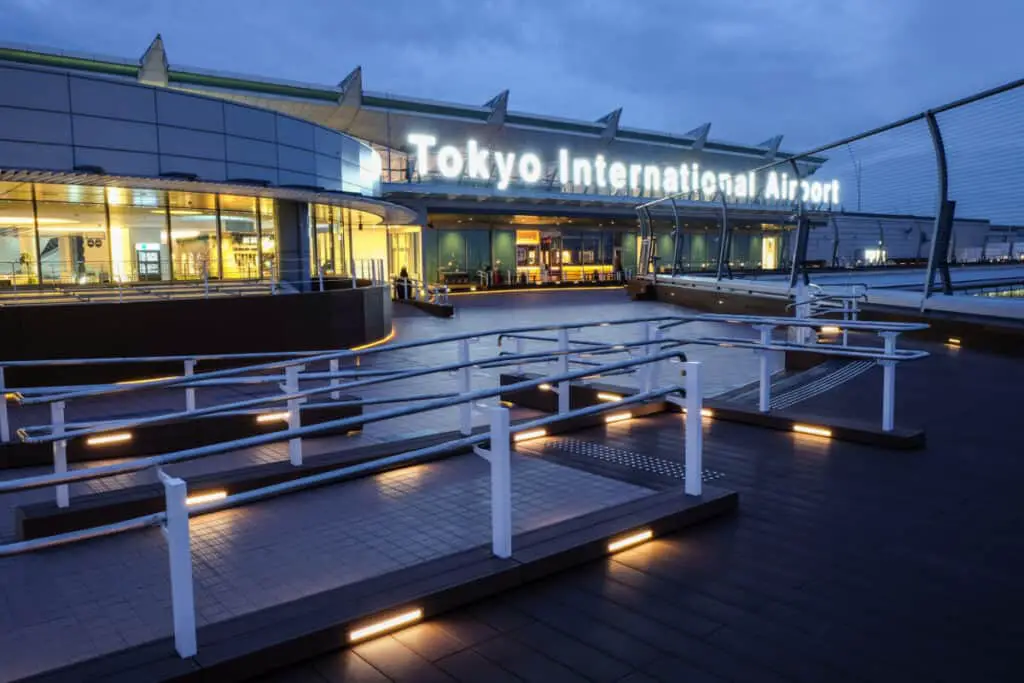
If you have the option to, fly into the Haneda Airport . It’s the most convenient airport to fly into as it’s close to Tokyo, which you’re likely going to travel in or through as you make your way through Japan.
Depending on your origin city, there are many direct flights to Tokyo and Haneda and Narita are the easiest way to begin a journey in Japan.
Transportation
Conveniently, you can purchase a JR Pass for a 14 day trip for unlimited travel on most of Japans train system. The cost for a 14 day Japan Rail pass is about $400 USD.
If you decide you want the upgraded pass, you’re looking at around $600. With how clean, safe, and accommodating transportation is in Japan, it’s really not needed for you to upgrade to a green pass to get luxury seating. If your traveling with a small group JR Pass will save you a lot on public transport.
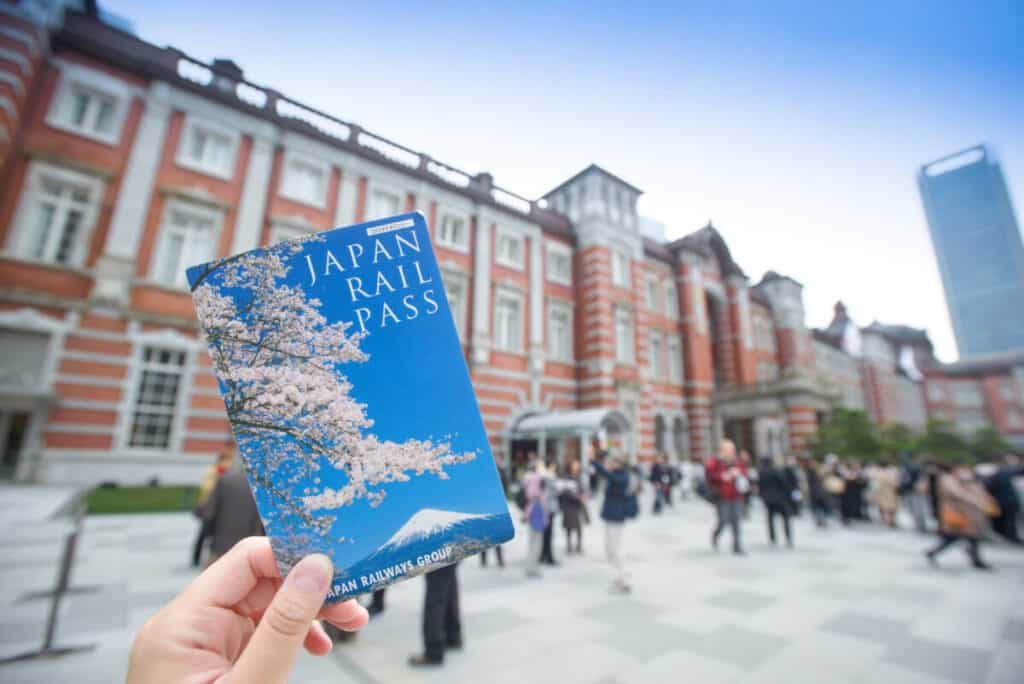
If you also plan on getting an IC card, you’ll have to account for the deposit and the minimum amount needed on the card. This only accounts to about $15 USD altogether.
If you put $50 USD on your card, you’ll be able to use it for local transportation fares and likely not have to reload it, though doing that is pretty simple.
You can also choose to add a little more since you can also use the card at vending machines and select convenience stores. It’s good to have a little extra cash on you for transportation in the very off-chance you can’t use either of your passes.
Accomodations
Accommodations can make up a moderate to big portion of your budget depending on what kinds of places you choose to stay in.
Generally speaking, accounting for between $100 and $125 dollars per night you’re in Japan is a good place to start.
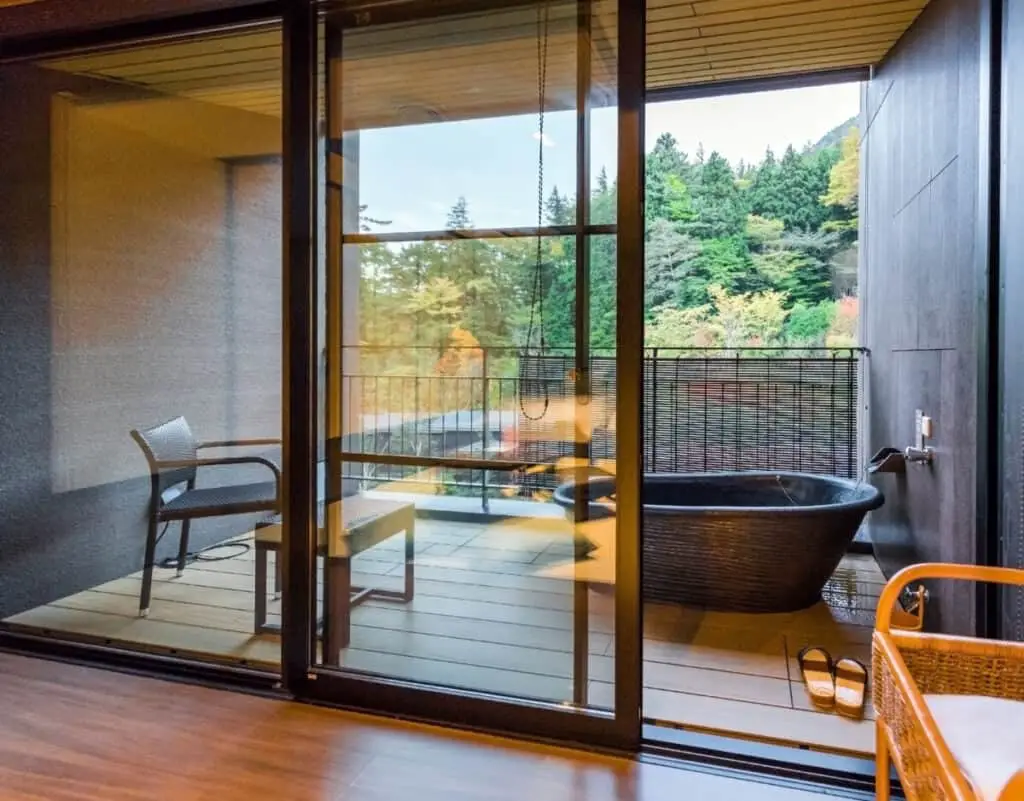
You’ll find quite a few accommodation options that are going to fall under this amount, though whether or not you choose to stay in those options is based on your comfort level.
You could easily feed yourself well on a budget in Japan without missing out. If you consider a food budget of about $30-$50 USD a day, you’ll have a lot of freedom in terms of being able to mix in some indulgences with some more budget-friendly options.
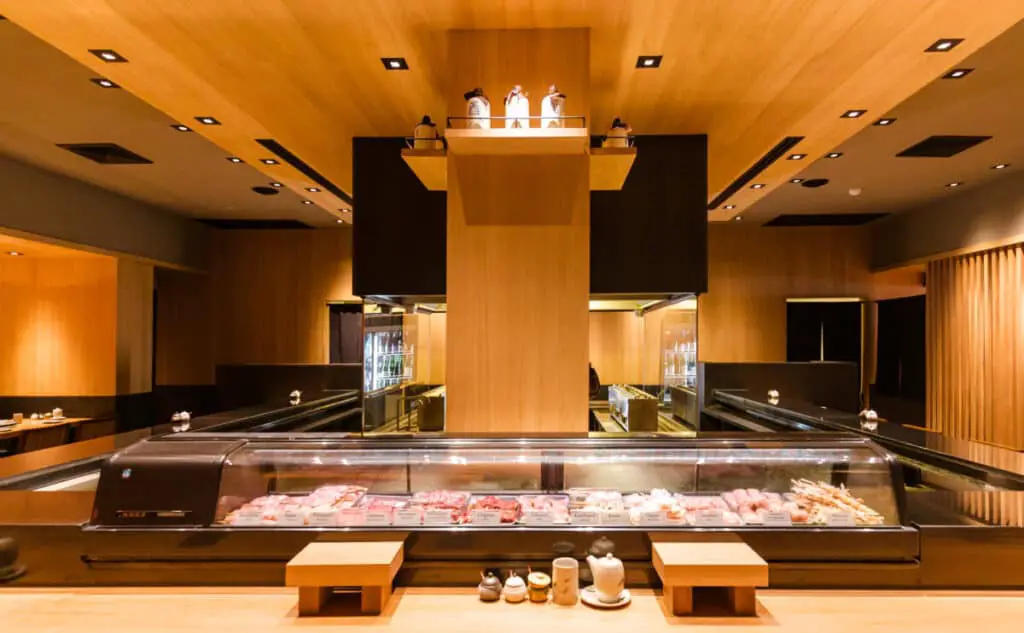
For two weeks, you’re looking at anywhere between $400 to $700 USD, though it’s very easy to be flexible with your food budget at many great restaurants .
Attractions And Experiences
This is likely to be one of the trickiest parts of your budget to plan. Traversing through Japan can be affordable or very expensive depending on how you plan and what it is you’d like to do.
The good thing is that you have a range of affordable places to see and things to do in Japan, many of which are highly desirable tourist spots.
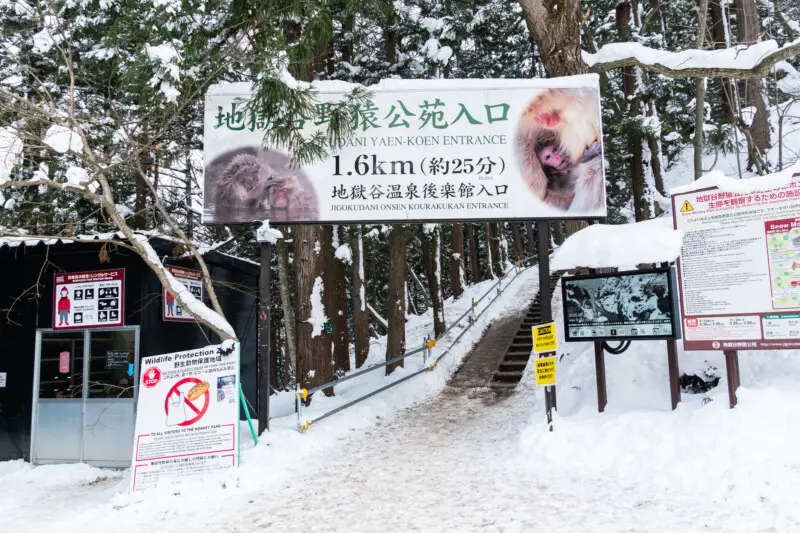
When possible, it’s worth seeing if you can purchase admission or tickets for your planned excursions in advance.
This won’t usually save you money, but in some cases, it might; it’ll definitely save you a lot of time you could waste waiting in long lines to get admissions. It can also help you reserve your spot should you indulge in something where participants are limited.
Your shopping budget will also have a lot of flexibility depending on your shopping habits. You always want to keep in mind what you have the capacity to bring back with you.
You want to be somewhat generous with your shopping budget no matter your habits, as letting yourself experience all the incredible districts with unique shopping opportunities is a must.
It’s important that you don’t over-promise people regarding what kinds of souvenirs you’ll bring back for them, as you don’t want to blow your spending budget on souvenirs for other people.
There are many places where you can find inexpensive souvenirs for people, however, and not just cheap, boring souvenirs, either.
Miscellaneous Expenses
You’ll want to have some room in your budget for things like incidentals or extras that you may not necessarily need but can make your trip more convenient. This can include things like a pocket wifi device so you can look up maps and connect to the internet safely when needed.
If you can budget for some wiggle room or have a backup plan should you run out of money, it can be a safety net of sorts if you find a few things you just can’t do without.
This is where a credit card with no foreign fees can be handy, though not if you’re the type of person who will be tempted to continuously swipe their card.
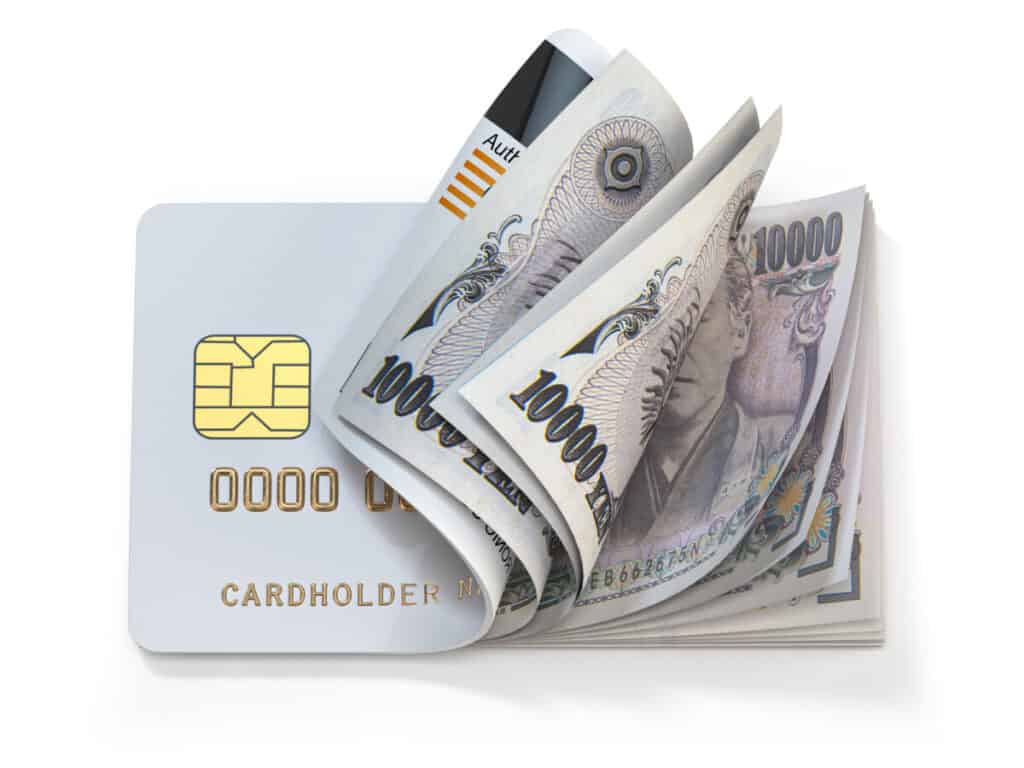
There are some costs associated with traveling to Japan that can’t be avoided, such as your plane ticket and your accommodations. The further in advance you can plan your trip, the better off you’ll be in terms of being able to shop for deals on tickets to sites, plane tickets, and even hotels or ryokans .
Don’t just stick to fancy restaurants when eating out either; some of the best food you’ll find will be in the streets or in little hole-in-the-wall restaurants that you’ll only discover once a local tells you about it.
Final Pro Tips On Visiting Japan
Depending on what your travel goals are, Tokyo is the best place to begin your exploration. Even if you are planning on spending your time in another city, it’s best to plan at least one full day there.
It’s a great way to see ultra-modern Japan and experience good food, luxury hotels, and the many Buddhist temple sites.
japan is known as an expensive country to visit and so having credit cards for an unplanned emergency is a great idea.

The Japanese people are incredibly well-mannered and kind. First-time visitors will be surprised, even in crowded Tokyo, by how willing they are to assist you if you find you need help.
The price range for visiting Japan can vary greatly depending on your personal budget, and travel guides are a popular option for your first day in Japan.
It is one of the most expensive countries in the world to visit there is still room for a good deal for savvy travelers. Some single-room business hotels can have lower average prices over larger chains, and many of Japan’s big cities have business hotels.
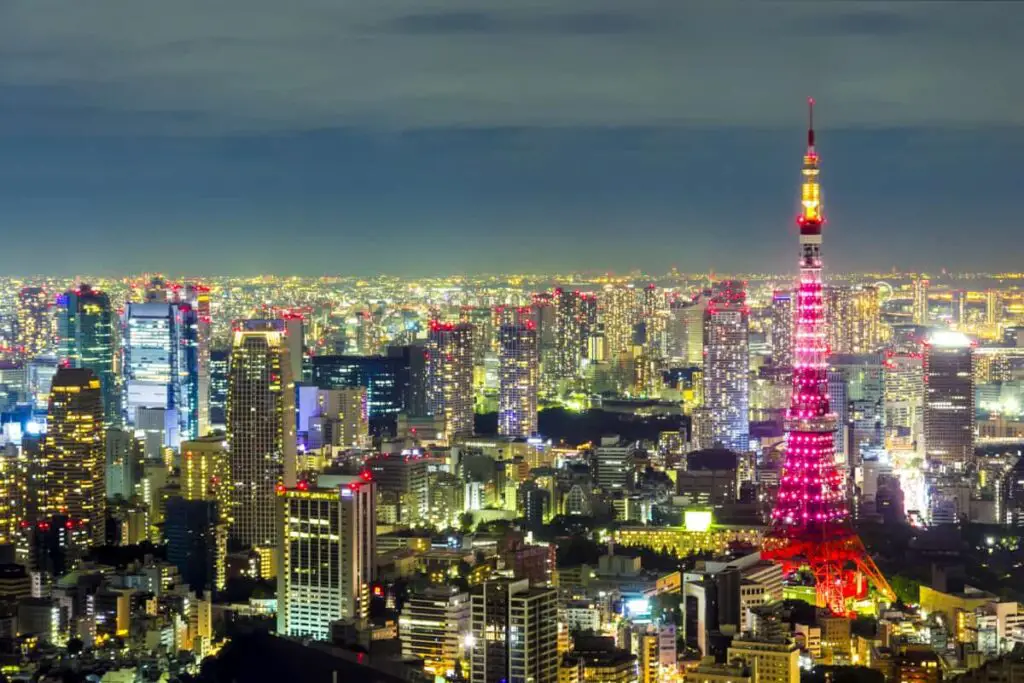
Finally, if your planning to travel long distances, then train travel is your best option, and comfort and speed is a good reason to opt for the shinkansen if only for a single trip between cities.
Flights can vary greatly depending on your home country, so remember to use sites that can search for great deals on flights, such as Kayak or Flight Hacker, which will charge a small commission to save more.
Latest Posts

Kyoto’s Autumnal Wonders: 25 Must-Visit Spots for Every Tourist

Tokyo on the Move: A Comprehensive Guide to the City’s Transport Tapestry

“Celebrating Sakura: Your Essential Guide to Japan in April – 25 Insider Tips for an Unforgettable Journey”

Tokyo Unveiled: The Ultimate Guide to the Top 100 Must-See Attractions and Optimal Timing for an Enriching Experience
- Cities & Regions 71
- Culture & History 64
- Events & Interest 41
- Learning The Language 5
- Pro Travel Tips 51
- Uncategorized 469
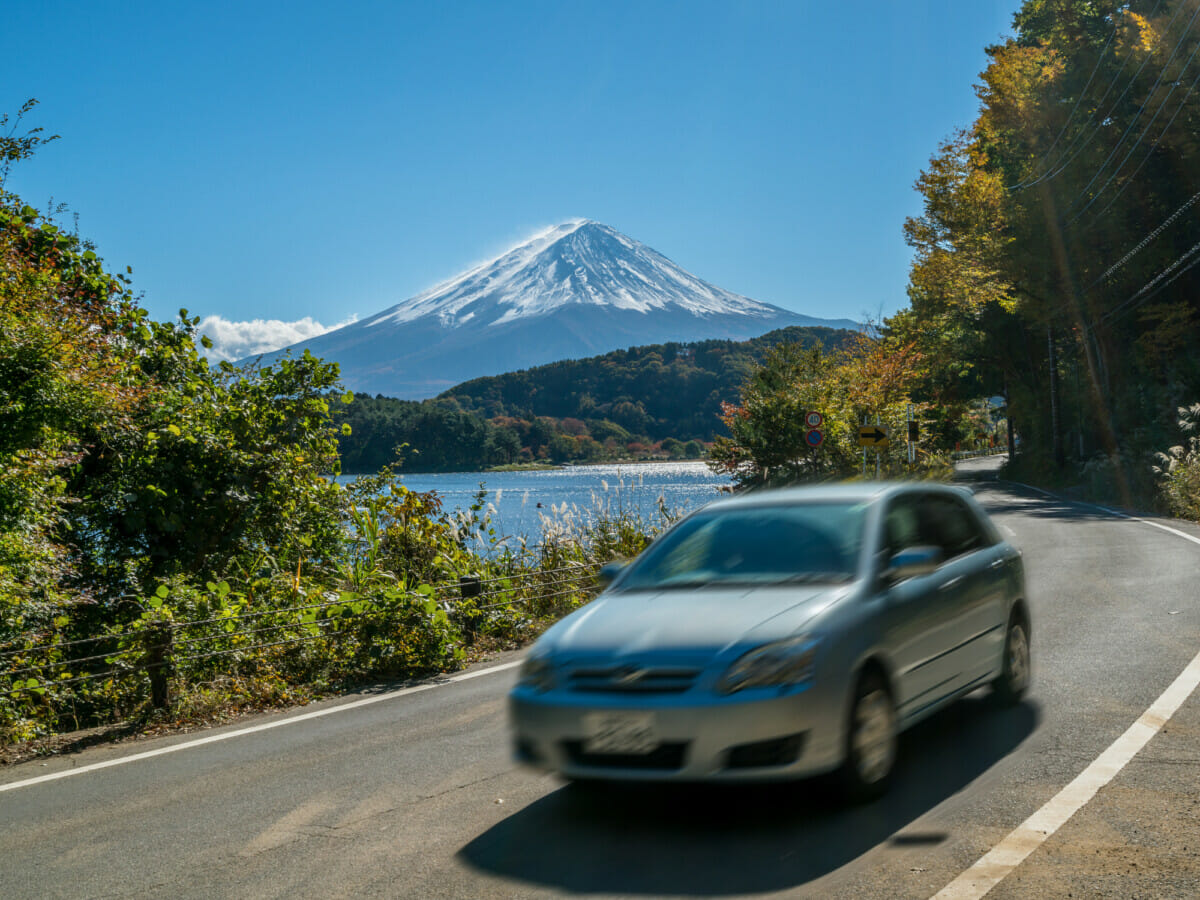
How to Get an International Driver’s License in Japan
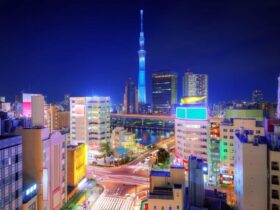
Tokyo Unveiled: The 100 Most Asked Questions


- Meet the Team
- Work With Us
- Itineraries
- Italy Travel Guide
- Hawaii Travel Guide
- Travel Tips
The Perfect Japan 2 Week Itinerary: 10-14 Days in Japan
Planning a trip to Japan can be very overwhelming, because there are so many place to go and things to see. Where do you start planning the perfect Japan vacation?
You want to make sure you see everything possible in your 2 weeks in Japan, so planning each step of the way is very important. That’s why we’ve prepared the perfect Japan 2-week itinerary for you, so you have a starting point to build your dream trip from.
» Also read about Japanese Food: 45 Traditional Dishes to Look for in Japan.

You can use our itinerary to build your own independent trip to Japan, or you can leave the planning to the pros and go on a guided tour. Either way you choose, you’ll find all the information you need in this post.
Planning Your Japan Trip?
Buy flights. We recommend using Skyscanner or Expedia to find the best flight deals. Check out our guide to finding the best airfare for additional tips.
Get your Japan Rail Pass. You can buy it online here
Hotels See all hotel options
- In Tokyo: The Strings by InterContinental Tokyo
- In Kyoto: ACE Hotel Kyoto
- In Osaka: Intercontinental Osaka
Best Tours to Book
- Fully escorted 8-day Intro to Japan tour
- Private Custom Tour: Tokyo in a Day
- Tsukiji Fish Market Food and Culture Walking Tour
Table of Contents
Japan Itineraries
If you have longer to spend in Japan, you can expand this itinerary to any length you wish.
- We have a 7-day itinerary and a 2-week Japan itinerary so you can choose which length of trip suits you best.
- If you will only be visiting Tokyo, here’s a shortened 3-day itinerary for Tokyo .
- Want to add more days outside of Tokyo? Here’s a 3-day Kyoto itinerary and a 2-day Osaka itinerary .
Traveling in Japan can be expensive, but we’ve put together a list of the best budget travel tips for Japan to ease the strain.
Also keep in mind that it takes a considerable amount of time to travel between destinations and cities. So you have to be very wise in your planning to make everything fit together perfectly.

Where to Go in Japan
Japan is full of mesmerizing landscapes, incredible sights and – my favorite – amazing food!
There are a good number of tourist destinations that just about anyone planning a trip to Japan will want to include in the itinerary. Obviously, with just 10-14 days in Japan, there’s no way you can cover them all, so for this itinerary we’ve chosen the top destinations that we feel you can fit comfortably into 10+ days.
Here are the top destinations we recommend visiting in 10+ days in Japan: Tokyo , Hakone, Osaka, Kyoto, Nara, Hiroshima and Miyajima, and Kamakura.
Japan Vacation Options
There are two perfectly acceptable choices for your vacation in Japan: a self-planned individual trip or a guided trip. Either way can be quite rewarding, but which you should choose depends greatly on your travel style and how much energy you want to put into planning.
While Japan is very easy to get around and well suited for independent travelers, it can be difficult to do it on your own due to the language barrier, difficult train schedules you’ll have to navigate, and different foods and customs you’ll come across.
A pre-planned tour won’t give you the same freedom to do what you want, but it is completely planned out for you and you will always have a guide along to help you with anything you need.

1. Guided Tours of Japan
The tour company we recommend, Japan and More , offers fully escorted, small group and private tours of Japan that can be from 8 to 15 days in length.
The company is run by Japan travel specialists, Becki and Shawn, who have over 20 years of experience living, working, and traveling in Japan. They know where to go, what to see, and how to get there.
They are Americans who know Japan, understand Japanese culture, and speak the language. Their group tours book fast! So secure your place at least a year in advance.
Discover Japan Tour – 15 days
- Start out in Tokyo, then travel to Nagoya and Kiso Valley
- Stay in a traditional Japanese Ryokan
- Visit the ancient capital of Nara
- Hiroshima Peace Memorial Park
- See the famous floating torii gate at Miyajima
- Ride a cable car up Mount Koya
- Soak in a Japanese onsen bath in Hakone
- Discover Kyoto and Osaka
Intro to Japan Tour – 8 days
- Visit one of the last remaining original castles at Inuyama
- See the preserved mountain village of Takayama
- Explore Kyoto and have a traditional kaiseki dinner in Gion
For more information, check out Japan and More’s website . You’ll get $100 off the cost of your tour by using our coupon code.
Not sure about a guide tour? Read this review by someone who’s taken the trip.
Japan 13-Day Adventure
Another option we love for a guided Japan tour is this 13-day adventure by Intro Travel.
You’ll walk the streets of one of the world’s busiest and most futuristic cities, watch monkeys bathe in hot springs, roll your own sushi, visit ancient shrines and castles, get taught to wield a sword by a Samurai master, stay overnight with monks in a 1000 year old Buddhist temple, experience incredible and unique accommodation and much more!
» See more details of this trip
2. Self-Guided Two Weeks in Japan
If you want to plan your own trip and be in charge of your own trip, then a self-guided tour is the way to go.
With a good plan of action, your Japan 2-week itinerary will run smoothly and provide you with a stunning overview of this beautiful country.
If this schedule seems too ambitious for just 14 days in Japan, you can always extend your stay in the areas that interest you most and cut out a destination or two that you can save for your next trip.
There’s no right or wrong way to do it. It’s entirely up to you.

2-Week Schedule
Day 1-3: tokyo, day 4: kamakura, day 5-6: hakone and mount fuji, day 7-8: kyoto, day 9: nara, day 10-11: osaka, day 12: kobe, day 13-14: setouchi, hiroshima & miyajima.

Arrive in Tokyo. Keep in mind that Tokyo is a huge city with many different areas to explore. You won’t want to stay put in one area, but travel around and see as much as possible.
We recommend seeing these major sites:
- Tokyo Skytree
- Tsukiji outer fish market
- Hamarikyu Gardens
- Asakusa area
- Meiji Shinto Shrine
- Imperial Palace
- Shibuya Crossing
One of the best ways to see all the sights in a few days is on a day tour with a guide. We recommend this private customizable walking tour with Japan Wonder Travel. You can fit in whatever you want to see in one day or book them for a second to see even more.
Besides the main sights listed above, you have to save time for food! Tokyo is one of the best food cities in the world and there are dozens of food experiences to have. My favorites include:
- Ramen Tasting
- Tokyo Pub Crawl
- Hidden Izakaya and Sake Small-Group Pub Tour
- Sake Tasting & Seminar
⇒ Make it easy on yourself and follow this 3-day Tokyo itinerary for food lovers.
If you’ve got more time, check out these day trips from Tokyo that will get your further out into the countryside and to surrounding cities.
Where to Stay in Tokyo
We recommend the Intercontinental The Strings Tokyo Hotel. It’s a really large hotel with nice rooms, located in Shinagawa, which is really close to shopping, eating and transportation. If this doesn’t suit you, check out our full list of Tokyo hotels we recommend .
⇒ Read reviews on Trip Advisor .

For a change in pace, visit Kamakura, a seaside town south of Tokyo. It was the political center of medieval Japan, but is now a popular resort town, with dozens of Buddhist temples and Shinto shrines.
The most recognizable of these is the Great Buddha, a 42-foot-high bronze statue that has withstood the test of time.
Spend the day visiting the temples and shrines, hiking one of the many trails, enjoying Shichirigahama Beach, and the many museums around town.
Where to stay in Kamakura
For a lovely stay on the beach with a view of the ocean from your room, stay at the Kamakura Prince Hotel . ⇒ Read reviews on Trip Advisor .
▶ Transfer to Hakone via the Tokaido-Sanyo Shinkansen

Known for its traditional onsen, or hotsprings, Hakone is part of the Fuji-Hakone-Izu National Park and it has incredible mountain scenery and hikes, as well as art museums and shrines to see.
You can also take the cable car to catch a glimpse of Mt. Fuji. You’ll want a full day here to explore and stay overnight. With just one day it’s not practical to hike up Mt. Fuji. Did you know that the best time to see Mt. Fiji is in winter because of the crisp clear days? Check out other things you didn’t know about winter in Japan .
If you don’t have enough time for hiking, the best activity for visitors with only 1-2 days in the area is Lake Kawaguchiko.
One of the best views of Mt. Fuji can be found at Lake Kawaguchi, one of the largest of the 5 lakes in the region. It’s a great resort area with museums, a concert hall, and a museum shop. You can walk around it, go boating, fishing, and shopping.
- Take the JR Chuo Line from Shinjuku Station (Tokyo) to Otsuki Station
- From Otsuki, take Fujikyu Railway to Kawaguchiko Station (not covered by the JR Pass)
You can also catch amazing glimpses of Mt. Fuji from Arakurayama Sengen Park, which is located halfway up Mount Arakura.
Where to Stay in Hakone
Hyatt Regency Hakone Resort and Spa is within walking distance of the cable car that takes you toward Mt. Fuji. The hotel has very nice, classy rooms, with great views. ⇒ Read reviews on Trip Advisor .
We also recommend Hakone Mount View for a traditional Japanese ryokan experience with nice accommodations and good food. They have a rare volcanic hot spring called Nigori-yu – a fun and unique experience, especially for couples. ⇒ Read reviews on Trip Advisor .
Transfer to Kyoto.

There are many iconic and eye-catching shrines and temples in Kyoto that you’ll want to see, including the Fushimi Inari Shrine, Kinkaku-ji Golden Temple, and Kiyomizu-dera. (More in depth info on the temples of Kyoto.)
You can’t leave without visiting Nishiki Market, Arashiyama Bamboo Groves, seeing the geishas walking around the city center, participating in a tea ceremony, and eating at a traditional kaiseki restaurant for lunch or dinner.
At the right time of year – usually from early to mid-April – you can also see the cherry blossoms, which are gorgeous in Kyoto.
» See our full guide on how to spend 2-3 days in Kyoto , and then tack on these extra day trips from Kyoto if you have extra time.
Where to Stay in Kyoto
We recommend the Hyatt Regency , because it has a reliable standard for Western accommodations, however it’s not as close to the main sights as we’d like to be.
We found it more convenient to stay near Kyoto Station, since everywhere we visited we needed to go in and out of there. Our preferred hotel is the Hotel Granvia Kyoto .
Have a look at all Kyoto hotels for comparison.

Nara Park: Take a JR train to Nara Park at the base of Mount Wakakusa. The park is home to more than 1200 freely roaming deer that are domesticated enough to let you feed them.
You will also see the world’s largest bronze Buddha statue and one of the tallest pagodas in Japan, among other historic structures. Take the JR train onward to Osaka.
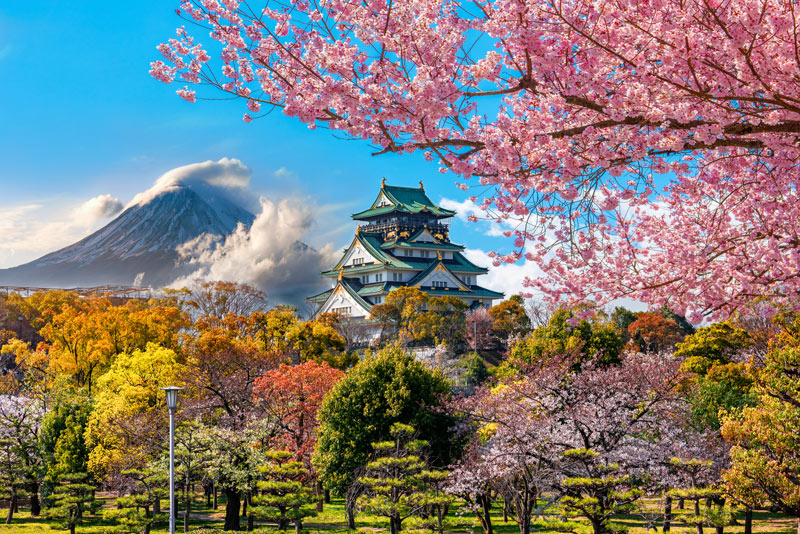
For foodies, there’s nothing quite as exciting as Dotonbori Street during the evening hours. The street comes alive with every kind of Japanese specialty street food, like okonomiyaki and takoyaki.
A great way to see a lot of Osaka during the day is on an Osaka Walking Tour . You’ll see Dotonbori during the day, visit the Hozenji temple, ride the subway, sample a local specialty, Kushikatsu, and explore traditional Shinsekai.
On your own, you can visit Osaka Castle, and check out the Instant Ramen Museum. If you have time, visit the food-focused Kuromon Ichiba Market and shop for a Japanese knife.
If you want to try the best izakaya food such as Okonomiyaki and Takoyaki and drink in Osaka, try this Osaka Bar Hopping Food Tour or go on a Foodie Walking Tour in Dotonbori and Shinsekai.
>> Read this post for an in-depth 2-day Osaka itinerary and here are some great day trips to take from Osaka if you have more time.
Where to Stay in Osaka
One of my favorite hotels is the Osaka Marriott Miyako Hotel . It is conveniently located for transportation, so you can easily get around to the top sights in Osaka and beyond. It’s got an insane view and really comfortable rooms. ⇒ Read reviews of the Osaka Marriott on Trip Advisor .
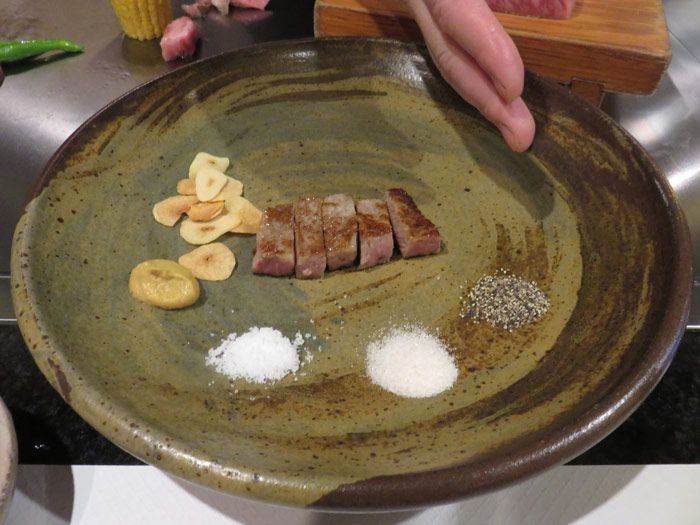
Take a 30-minute train ride to Kobe to try the famous Kobe beef. You will thank yourself for doing it – there’s nothing quite like it, and as a foodie, you owe it to yourself!
On the way back to Osaka, you can stop off in Kobe’s Nada district for a tasting and history about the making of sake at a few sake breweries . If you aren’t a sake drinker, check out the Himeji Castle, just 30 mins outside Kobe.
Stay overnight again in Osaka.
Transfer to Setouchi: Take the train from Shin-Osaka Station to Okayama Station, then the Ako line to Oku Station

The more off-the-beaten-path Setouchi region in Japan is a gem that many travelers miss in their typical itinerary, except those who make a point to visit Hiroshima (which we’ll talk about next). Setouchi has 350 islands that flank the Seto Inland Sea, so there are many hidden gems to explore.
For foodies, you don’t want to miss the oysters and the udon. With the proximity to the sea, oysters are a specialty in the area, with all-you-can-eat shacks open throughout the season.
Ritsurin Garden and Korakuen are two of the most beautiful of Japanese gardens and a must-see in Setouchi.
Hiroshima & Miyajima
Knowing that Hiroshima was effectively leveled in 1945, you will be in awe to see the city now. Hiroshima preserves the memory of the atomic bombing in the Peace Memorial Park and Museum .
Other popular sights to see in the city are the Hiroshima Castle, the city’s family shrines and temples, the Museum of Art and the Flame of Peace garden.
You can also go out to Miyajima, where the orange Great Torii Gate sits at the entrance to the Itsukushima temple, and is partially submerged in water during high tide.
If you have a Japan Rail Pass , it will cover the train and ferry between Hiroshima and Miyajima on the Japan Rail ferry.
Where to stay in Hiroshima
The Sheraton Grand Hotel in Hiroshima. The hotel is connected to Hiroshima Shinkansen station by a short, covered walkway, providing easy transportation around the city and out to Miyajima. ⇒ Read reviews on Trip Advisor .
Return to Tokyo.
Tips for planning a vacation in japan, best time to go to japan.
When you decide to go to Japan should be based on what type of experience you want to have. A lot of people make it a priority to go to Japan in the spring to see the cherry blossoms, while others wouldn’t want to be there during such a high tourist season.
If you want to catch the fireworks season in Japan, you need to go in August, but it’s really steamy and hot at that time of year. The best weather can be found from late March to May.
Another great time to visit is in autumn, when the leaves are changing, from September to November. As it can get very hot in summer in Japan, try to avoid traveling between June and August.
Getting to and Around Japan

Many top airlines have direct flights into Japan. You can check the status of flights into Japan from your home airport, to see which route and airline is best for you.
Top Japan airlines include ANA and Japan Airlines, but you can fly to Japan with most U.S. airlines that fly internationally, like United and American. Once you arrive in Japan – likely in Tokyo – you can get the train into the city center.
The best way to do it is to get on the Japan Rail (JR) Narita Express (called NEX). If you have a Japan Rail Pass , this journey is included in the pass. It goes to Tokyo Station in 60-90 minutes.
You will then likely have to change trains at Tokyo Station for the Yamanote Line, which serves most of the tourist hotels.
The best way to travel around Japan in by train. You’ll want to purchase a 14-day Japan Rail Pass . The pass allows you to travel on all JR trains throughout Japan, including the high-speed Shinkansen bullet trains. It’s the most economical and worry-free way to travel.
Travel in Japan is not cheap and the cost of buying individual tickets will far exceed the cost of the Japan Rail Pass, which you can purchase for 7, 14 or 21 consecutive days.
Just remember , you have to purchase it before entering the country and give time for it to be delivered to you. Read our guide on where to buy a Japan Rail Pass and if it’s worth it.
When planning your Japan itinerary, keep in mind the distance between each destination (for instance, the train from Tokyo to Kyoto takes 3:15). As long as there is a train linking each of your chosen cities, you’ll be able to easily travel around the country.
Traveling in Japan is not cheap, but you can save money in Japan by doing things like buying a Japan Rail Pass and eating street food.
Tipping in Japan
If you’re from the United States , Canada, or another country where tipping is customary, you should be aware that tipping in Japan is not customary.
If you do try to tip, in a restaurant or a hotel for instance, it might even be refused or considered rude. To avoid awkwardness, follow the Japanese custom and do not tip.
Eating in Japan

Japan is a country with a lot of unique foods. You will have the best overall experience if you’re willing to try the food and have an open mind that you mind really like something you’ve never tried before.
Aside from the expected and incredible sushi you’ll find all over the country, there are many specialties you should try. Some of our favorites are okonomiyaki (found mostly in Osaka), takoyaki (also from Osaka), yakitori, gyoza , and Kobe beef (only in Kobe).
You might also want to try kaiseki cuisine in Kyoto, a traditional, yet very modern preparation. Many of the top kaiseki restaurants have been awarded Michelin stars, too!
⇒ Learn the proper way to eat sushi in Japan.
Whether you take a guided tour or do this Japan 2 week itinerary on your own, I am certain it will be one of the most exciting and rewarding trips you’ll ever take. It is a fascinating country full of surprises.
Let us know how your trip to Japan turns out!
Like this post? Why not save it to Pinterest? FOLLOW US on Pinterest , Instagram , Facebook for more great travel inspiration and tips.

Laura Lynch, creator and writer of Savored Journeys, is an avid world traveler, certified wine expert, and international food specialist. She has written about travel and food for over 20 years and has visited over 75 countries. Her work has been published in numerous guidebooks, websites, and magazines.
29 thoughts on “ The Perfect Japan 2 Week Itinerary: 10-14 Days in Japan ”
Hello Nick! Your vacation in Japan is very interesting and very enjoyable. Moreover, you enjoy this holiday with the people closest to you. Thank you for sharing your experience and knowledge.
Hello! I know you wrote that summer isn’t a very ideal time to visit Japan, but my plans don’t allow me to go at any other time unfortunately. Would the beginning of July really be that bad?
Of course it’s still a great time to go as long as you don’t mind the sometimes intense heat and humidity.
Hi, we are in our 60’s so not as energetic as some! We are planning a 2 week trip to Japan in April. We arrive in Narita and initial thoughts are to stay somewhere close to airport on first night to help with jet lag and then head out to Kyoto/Nara for 3 nights, followed by Fuji five lakes for 3 nights. We want to end our stay with 3 nights in Tokyo, where would you suggest we go between our Fuji stay and return to Tokyo?
Hi Louise, I would suggest adding another day to Kyoto for a day trip to Osaka. It’s very much worth it. Then how about adding in Hakone and/or Kamakura before heading back to Tokyo.
Hi, We are a family that loves hiking, biking and outdoor activities in general. Can you suggest some places for us to visit? It’s our first time in Japan and we are staying 14 days. Thanks and I really like your website; it’s easy to understand and full of good information.
Hi Anne. I’m sure you’d love the area around Mt Fuji. There are numerous opportunities for hiking, biking and outdoor activities. Check out our post on day trips from Tokyo for more information.
Interested in a two week tour but we want to go see the snow monkeys north oh Nagano. Is there another spot to see them. We want to go in oct. and we are aware no snow then. Two couples to start tour around 10/12.
Ruth, you can visit the snow monkey park year round. There won’t be snow, but the monkeys are still there!
Hi Laura, I’m from Australia/NZ and want to say THANKS for your itineraries! I was a but lost. My hubby and I & two boys (12 & 14) are trying to plan a late January Japan trip but the boys (ie all but me :-D) want to add in a 3day snow holiday which I’m happy to do, as long as we get to at least do your 7 day itinerary! Can you please help me by suggesting an addition to your fantastic 7day itinerary that would get them their chance to try ski/boarding. Also maybe a spot that has other snow fun and a spa for me?
Hi Andrea. Glad you found the itinerary helpful! If you’re doing the 7-day trip, I would recommend a ski resort near Mt. Fuji. There’s Snowtown Yeti and Fujimi Panorama Resort nearby that are fantastic for International visitors. There are many hot springs and tons of other things to do nearby. Plus amazing views.
Thanks!! So if we add in 3 days at Hakone/Mt Fuji that would work? 10 days total. So excited! Thanks for your help.
Absolutely. And it won’t require additional travel time. Have a great time. Come back and let us know how it was!
Hello Savoredjourneys Team,
I hope you are doing well. I’ve been following your post on “Savoredjourneys.com”, for quite some time now. Every time I read a post, I feel like I’m able to take a single, clear lesson away from it, which is why I think it’s so great. I, Kousik author at “Value Walk”. Working all around the globe. We are always looking for many resources for our business development.
Our goal is an only satisfied client. I saw your post on “Savoredjourneys”, It looks good. So I contact you for this purpose if you want to work for our company. When we can always increase when we grow:)
Looking forward to working with you.
Warm Regards! Kousik
Oh, this itinerary is everything I was looking for. Thanks for coming up with this comprehensive itinerary.
Regards Anshul www.dailypassengerr.com
So I am planning a trip to go to Japan with my coworker and friend. Basically we want to go when there when is less tourists is that possible? We are planning to stay for two weeks as well. Also really good itinerary it is very helpful.
Paul – the main tourist spots will always be very busy, but those are likely the places you’ll want to see. I suggest following our 2 week plan and adjusting it to fit your interests. You can get off the beaten path in those places sometimes.
Hi Laura, thanks for the great guide! there’s just one thing that consearns me about this. How did you go all around with all the luggages? Since most hotels only check in at 12pm, that leaves you touristing with a lot of backpacks and luggages. If we stop to shop, that would just go heavier and heavier to go from place to place. How did you solved this? Thanks
Hi Thiago. Even if you can’t check into the hotel before afternoon, you can always check your bags with the hotel and go out exploring. We tend to pack really light so we don’t have a lot of luggage to trek around. It gets old when you’re on the train. I suggest taking a single piece of luggage, if possible.
Hi there! My trip is in October and we wanted buy the JR pass. I’m wondering if the JR pass will get us to all of these locations without purchasing extra train tickets? I woukd greatly appreciate hearing from you.
Hi Jouberte. All of the places in the itinerary are covered by the JR Pass. You would only need to purchase extra tickets if you want to take a train that isn’t a JR train, but there is a way to get to each place using JR trains.
Hi! We are heading to Japan in April 2020. We arrive in Tokyo on the 3rd and leave on the 7th. We are scheduled to be in Okinawa on the 10th to the 15th. We are trying to figure out the “best” place to visit in those 3 days (the 7th to the 10th), and need to keep in mind we need to fly into Okinawa in the 10th. Where do you recommend? We want somewhere either countryside or mountain town, but my wife seems to think Nagano is too “winter focused” so we’re looking elsewhere. We want traditional Japanese culture, a peaceful, country-like setting, and of course, great food and sites! Thanks!!
Hi. Read through your travel guide and would be trying out with my Mum. Would like your advise on how is it like to travel with luggage on train and buses as we would be planning to visit the Hakone for the hot springs. Also on day 7 it says that you in Nara. Did you spend the night there or in Osaka?
Gabriel, The trains and buses are usually packed full. While it’s absolutely possible to travel with luggage, I would advise taking the smallest form or luggage you can. We prefer backpacks, but you can get away with wheeled luggage. The biggest issue is just getting through the crowd easily, so suitcases with spinner wheels are the best option. When going to Nara, we always stay overnight in Osaka or Kyoto. It’s easy to get back and forth.
I am planning on going to Japan for 2 weeks in october this year, I really want to visit rabbit island (Ōkunoshima) but am unsure how to fit this in as it is not included on any online itinerarys I have seen – what would you suggest? Thank you!
Rachelle, it’s fairly easy to get there from Hiroshima, so I’d tack it on as an extra day in that area. You have to skip something else to fit it in, probably Kobe. If you go there directly from Osaka, then on to Hiroshima, it’ll fit right in.
Thank you!!
We are coming this December and have 16 nights between 12/18 – 1/3. Would your two week plan work at that time of year with maybe more time in Tokyo and a few modifications since no way to know the weather. We are from Colorado and our son is doing 1st semester of his Senior Year in College there in Osaka so a truly Once in a Lifetime Christmas Family Vacation! Thank you soo much!
Yes, I think you could do all of our itinerary in the winter time, though maybe not some of the things around Fuji. It’s always great to have more time in Tokyo, I think. Enjoy your trip!
Leave a Reply Cancel reply
Your email address will not be published. Required fields are marked *
Save my name, email, and website in this browser for the next time I comment.
- Travel Resources

Japan travel budget calculator
What will exactly cost my trip to Japan? Every prospective tourist for the archipelago wondered about the amount necessary to plan a travel in their dream country.
Kanpai’s Budget Calculator provides a precise estimate of the travel expenditures item-by-item, with numerous possible choices. As a matter of fact, a backpacker’s 10-days trip will not cost the same as a 3-weeks stay for a family looking for a very comfortable trip.
Fill in the questionnaire below to discover the expenses to expect and many advices on how to keep the cost down.
How much should I budget to go to Japan?
- Number of Travelers
- Your Travel
- Itinerary & Transportation
- Accommodation
- Outings & Shopping
April, July and August are peak touristic seasons: many services are more expensive during these periods. Consider traveling in January, February, March, May, June, September, October, November or December to keep your costs down.
- Flights and Airports
- Transportation
- Internet & Phones
- Budget and money
- Japanese Food
- Visit with Kids
- Seasons: spring / summer / autumn / winter
- Weather forecast
- Time in Japan
- Holidays & Festivals
- Natural Disasters
- Customs and Duties
- Works and Closures
- May 12 -- Mother's Day in Japan
- June 6 -- Beginning of the rainy season (Tsuyu) in Japan
- June 21 -- Summer starts in Japan
- July 1 -- Season start for climbing Mount Fuji
- From July 1 to 31 -- Gion Matsuri Festival in Kyoto with float processions on July 17 and 24
- July 15 -- Sea day / Umi no Hi in Japan (holiday)
- Tokyo : Shinjuku , Shibuya , Harajuku , Asakusa , Akihabara , Odaiba , Ikebukuro , Ueno , Roppongi , Chiyoda , Ryogoku ...
- Around Tokyo: Kamakura , Nikko , Hakone , Mount Fuji , Mount Takao , Yokohama ...
- Kansai: Kyoto , Nara , Osaka , Mount Koya , Himeji , Kobe , Kinosaki , Kumano Kodo , Ise ...
- Japanese Alps: Kanazawa , Matsumoto , Takayama , Shirakawa-go , Nakasendo ...
- West: Hiroshima , Miyajima , Shikoku , Onomichi , Naoshima , Izumo , Kurashiki , Matsue ...
- South: Kyushu , Okinawa , Yakushima ...
- North: Hokkaido , Tohoku ...

- Temples and Shrines
- Gardens and Parks
- Hiking and Trekking
- Observation Decks
- Public Baths (Onsen and Sento)
- Festivals (Matsuri)
- Amusement Parks
- Visit on a Budget / Luxury

Keikaku is a travel agency specialist of Japan and providing different kind of services:
- Japan Rail Pass
- English speaking Guides
- Pocket Wi-fi
- Japan Nightlife
- Working in Japan
- Religion and Spirituality
- Arts and History
- Movies / Animated Movies
- Japanese Music
- Studio Ghibli
- Photos / Videos
- Weird Japan
- Translations
- Kana & Kanji
- Japanese Swear Words
- Honorific Suffixes (san, kun, chan...)
- Introducing yourself
- Thank you / Apologize
- Count / Say Your Age
- Say the Date / Tell the Time
- Happy birthday
- Enjoy Your Meal
- Writing your name

Kanas are the much-needed basic characters of written Japanese language. Memorize them at a fast pace with our method.

Ask any kind of question and share your knowledge about Japan in Kanpai’s community space, our Q&A section Kotaete.

Isshoni means "together" in Japanese: share your trip details (dates, places you would like to visit) and find companions to travel in Japan.

Create your Kanpai account to manage your profile and view your participation history (questions, answers).

Ultimate 2 week Japan Itinerary (2024) The Best Places
Planning a 2 week Japan itinerary? Here’s our ultimate guide on how to spend the best 2 weeks in Japan on a budget. This will be the trip of a lifetime and there are so many amazing places to explore in this beloved country.
In this Japan 2 week itinerary, we’ve included how to get around the country, the best places to stay and what to do in each destination! Find out the best things to do in Japan!
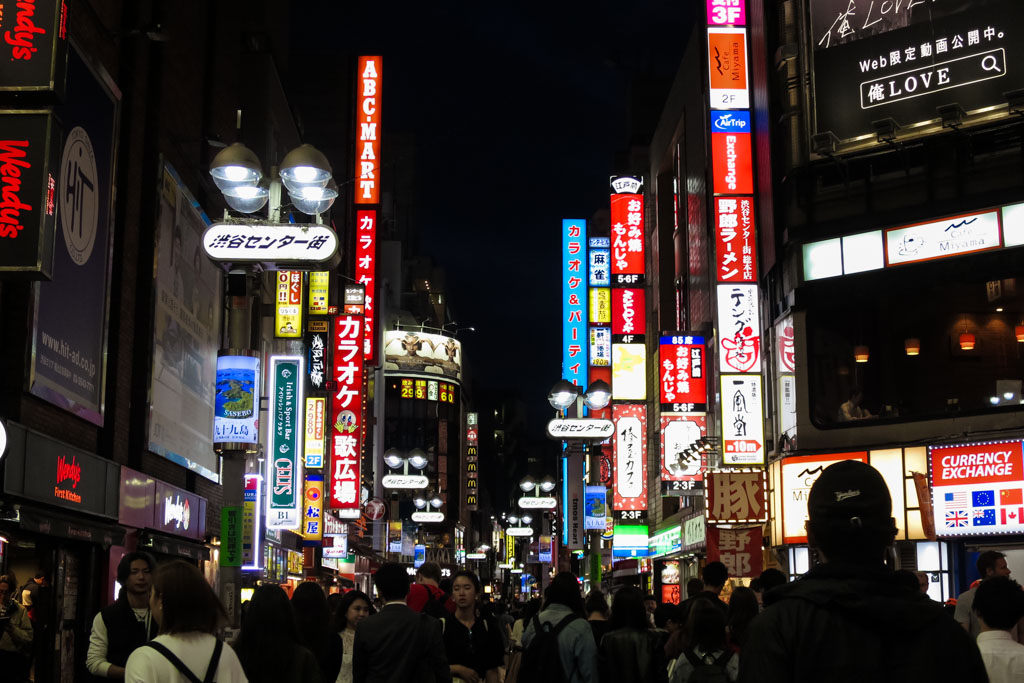
Japan is an island country in East Asia on many people’s bucket lists ( for good reason )! It’s known for having the tastiest sushi, amazing anime, wonderful culture and it’s also one of the leading countries in the world of games.
It’s also a country filled will beautiful shrines, illuminating neon lights, amazing hikes and incredible cities. There is so much to Japan that makes it a truly impressive country to explore and there are so many beautiful places to discover all year round.
We absolutely loved our time in Japan and instantly fell in love! With 2 weeks in Japan, you can discover some of the best places to visit whilst eating delicious Japanese cuisine, singing your heart out at Karaoke or simply admiring everything that Japan has to offer.
This post may contain affiliate links. We will receive a small commission if you make a purchase using these links, at no additional cost to you .
Quick Tips for a 2 Week Japan Itinerary
Table of Contents (Skip to a section!)
- Currency – Japanese Yen (compare to your own currency here )
- Language – Japanese (日本語)
- Cuisine – Japanese Cuisine (sushi, rice, curry, tempura & ramen)
- Apps – GoogleMaps & GoogleTranslate
- Transport Card – Suica / Pasmo ( top-up cards to use public transport around Japan )
- Japan Power Voltage – Plugs A & B (100 V)
- Transport – Public transport, night buses or Shinkansens – Find JR Rail Passes here !
- Klook Pass Greater Tokyo – Find tickets on Klook !
Wifi / Simcard options for Japan
E-Sim – A great option if you don’t need a Japanese number! E-Sims are easy to install as you can install the sim using your phone settings ( don’t worry it has instructions )! Here’s a 12 Day E-Sim . (£9.50 for 12 days)
Portable Wifi – The best way to always have wifi for all your gadgets. Find a portable Wifi on Klook here ! (£30 for 1 week) Pick up at the airport.
Finding Wi-Fi – Connect to free wifi around Japanese cities – Starbucks, Mcdonalds, convenience stores, airports, train stations and more!
We also recommend having a portable charger so you can charge your phone whenever it’s low and still be able to use wifi We recommend this one – Anker Power Bank .
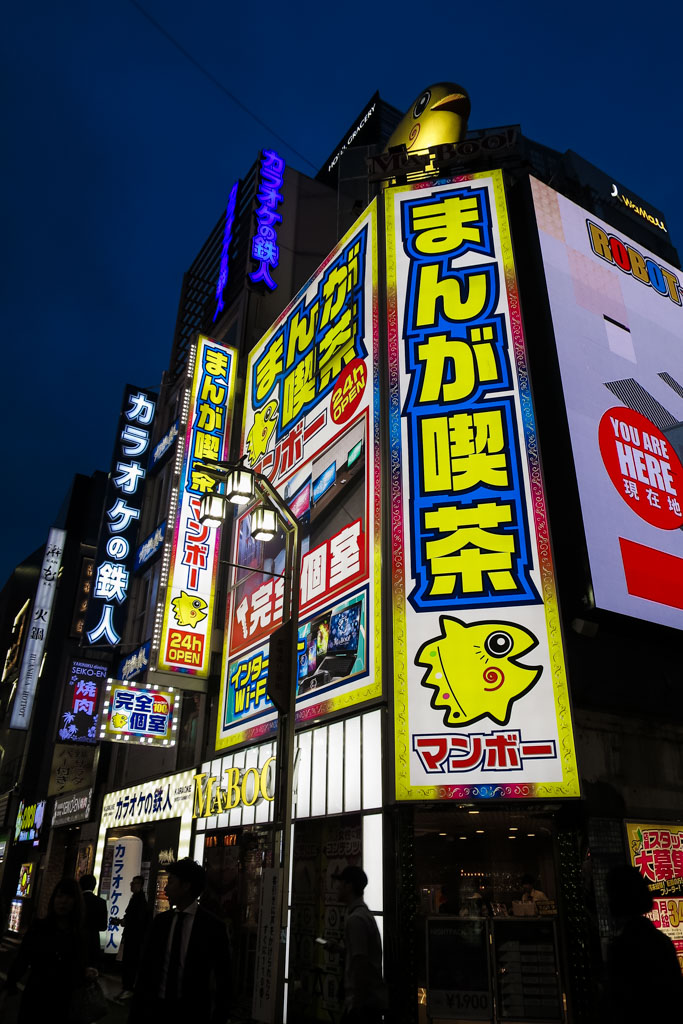
Best time to visit Japan
The best time to visit Japan is around March – May (the Spring season) and September – November (the Fall season)! These are the best temperatures for visitors and the weather should be great for 2 weeks in Japan. However, it is totally possible to visit Japan all year round and experience the benefits of each season!
- Spring – The most popular time to visit Japan due to the cherry blossom season!
- Summer – The best time to visit the north (Hokkaido) as typhoon season begins across Japan!
- Fall – The fall leaves bring a lot of visitors to parks during this season and the rainy season stops!
- Winter – Perfect for skiing & snowboarding in the north and admiring Mt Fuji in the snow.
Okinawa (a Japanese island below the mainland) has a subtropical climate throughout the year!
How to get around Japan
Japan feels like a futuristic country with its bullet trains and amazing public transport system. It’s easy to get from A to B when travelling in Japan. Whether you have a JR Pass or need to book transport separately, here are some of the best websites to get you prepared for your 2 week Japan itinerary!
Trains – The fastest way to get around Japan ( Book JR tickets here or get the JR Rail Pass !
Buses – An alternative to trains as they’re more budget-friendly and can travel overnight! ( Willer Express Bus Website )
Flights – Flights around the country can save you lots of time – Check Skyscanner for flight times and prices !
The JR Pass
The Japanese Rail Pass gives travellers the opportunity to have unlimited travel for a certain period of time (7, 17 or 21 days) – which means you can catch as many shinkansen (bullet) trains as you want! They’re easy to use and also valid on all JR lines. Book your JR Pass on Klook here !
For this 2 week Japan itinerary, we did not use a JR Pass and instead used Willer Express buses to get around the country as we did our Japan itinerary on a budget. If you’re flying in and out of Japan using different airports you may find that the JR Pass doesn’t save you any money.
If you do get a JR Pass – make sure to activate it when you leave Tokyo instead of at the beginning of your trip.
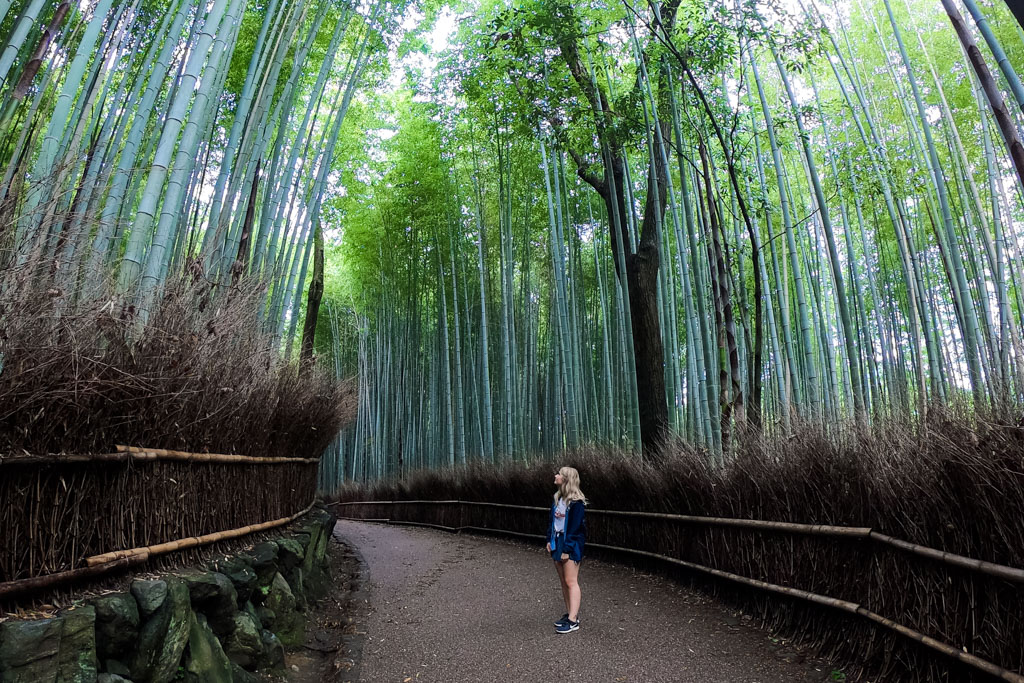
2 Week Japan Itinerary
Here’s our ultimate 2 weeks in Japan itinerary on a budget with tips on how to get to each destination.
Day 1 – 5 | Tokyo
The best way to kick off your 2 weeks in Japan itinerary is to explore the famous Tokyo. Tokyo is Japan’s capital city and with over 37 million people living there – it’s also the largest and most populated city in the world!
How to get to Tokyo
Tokyo has two international airports ( Narita and Haneda ) and both of these are connected to amazing public transport links. There are a few ways to get from the airports to the city centre.
How to get from Narita Airport to the city centre – The cheapest way is to catch a regular train on the Keisei Line , which takes around 80-120 minutes. There are also speedy trains on the same line that can get you to the city in less than 1 hour for a little more money. Another way is to catch a limousine bus which you can book in advance – Book Narita airport transfer in advance here !
How to get from Haneda Airport to the city centre – Catch the Tokyo Monorail or train (Keikyu Line) into the city centre.
What to do in Tokyo
This 2 week Japan itinerary gives you around 4-5 days to spend in Tokyo which is an amazing amount of time as there are so many things to do in Toyko! We’re going to list all the best things to do in Tokyo on a first trip and you can mix them up over your 5 days.

Discover Shinjuku
Shinjuku is one of the best areas to spend your first day in Japan – exploring the unique shops, and interesting streets and watching the hustle and bustle of Tokyo life. Check out the popular street – Omoide Yokocho (also known as piss alley)!
As well as shops, you’ll also find some great Japanese restaurants here and it’s also home to the famous Robot restaurant. Look out for Godzilla’s head above the Toho building and make sure to visit at night too!
Head to Harajuku
From Shinjuku, head to Harajuku and browse down the popular Takeshita Street ! You’ll find a Daiso here which is actually a great place to buy any budget-friendly souvenirs! Takeshita Street can get pretty hectic and we were told off for taking photos of a shop here (oops!) but it’s worth a visit in Japan!
- Warner Bros. Studio Tour Tokyo – The Making of Harry Potter – Klook is the best place to get discounts on these tickets – Find more details here !

Walk around Yoyogi Park
Whilst you’re in the area, take the afternoon to check out Yoyogi Park and Meiji Jingu. The park is beautiful, especially in the Spring and Fall seasons.
Visit Shibuya
Next, it’s time to explore Shibuya – another must-visit area during your 2 weeks in Japan. Shibuya is home to one of the busiest road crossings in the world and there’s a Starbucks that gives a great view ( location here )! Head to the Hachiko Memorial Statue and you’ll be sure to find the crossing next to all the popular shops.
See the view from the Metropolitan Government Building
Head to the Metropolitan Government Building for a free view of the city! It’s one of the best spots to see Tokyo from above and it’s all for free.

Explore Asakusa
Exploring Asakusa is one of the best things to do in Japan and it’s definitely a busy place to be! If you have the chance make sure you visit in the daytime and night as Tokyo lights up in the dark. Browse around Nakamise Shopping Street and find the many temples in the area.
Spend a morning doing a Tokyo Kimono Experience with Japanese Hairstyling – Find tickets on Klook here .
Admire Senso-ji Temple
Walk through the Asakusa district and find the famous Senso-ji Temple – one of the most visited Buddhist temples in Japan. It’s also the oldest temple in Tokyo, so it should definitely be added to your 2 week Japan itinerary.
The beautifully bright red Senso-ji Temple was originally built to honour Kannon (the goddess of mercy) and it lies in the same area as the Five-Storied Pagoda and Hozomon Gate . All of these are worth checking out! Entry is free to visit the temple and the surrounding area.

Visit Tokyo Skytree
Tokyo Skytree is easy to spot from Asakusa and a short walk will get you to the base of the impressive tower! It’s the world’s tallest freestanding broadcasting tower that has an observation deck! Find tickets to get to the top on Klook here or GetYourGuide here ! Here’s the location .
Get lost in Akihabara
Akihabara is the best place to be if you like manga and games. It’s one of the coolest neighbourhoods in Tokyo and definitely earns a spot on this 2 weeks in Japan itinerary. You’ll find the big Sega building and many electronic shops and it’s literally a paradise for manga, anime and video game fans!
Walk around Ginza
Ginza is known as the upmarket shopping district in Tokyo with fancier shops and a higher level of class. It’s an interesting area to walk around in Japan and it was actually where our hostel was based (DJ Ginza Hostel) which is sadly now closed.
Spend the day at Disney Sea
There is only one Disney Sea in the world and it’s right here in Tokyo! Take a day to discover the magical world of Disney and have fun on all the rides! It’s very popular for Japanese couples or groups to wear matching clothing and it’s such a wonderful experience during your 2 weeks in Japan!
There’s also a Disneyland Tokyo – Book your tickets in advance here and a Sanrio Puroland Tokyo !

More things to do in Tokyo
- Wander around Ueno Park
- Get lost in TeamLab Borderless – Book tickets here !
- Explore a themed cafe
- Warner Bros. Studio Tour Tokyo – The Making of Harry Potter
- Admire Tokyo Tower – Book tickets here
- Find the Unicorn Gundam Statue & Odaiba Statue of Liberty
- Day Trip to Hakone (Mt Fuji) – Find tickets here !
- Indulge in a Japanese Sushi Making Class – book here !
At the end of Day 5 on your 2 week Japan itinerary – head to Shinjuku Expressway Bus Terminal to catch as it’s time to catch a night bus* to Kyoto.
*This part of the itinerary is up to you – we chose to catch a night bus to be more time efficient and save some extra money on accommodation. The Shinkansen (bullet train) is amazing here so if you want to take a train, it will take less than 3 hours to get from Tokyo to Kyoto! Book your JR Pass and JR tickets here !
Where to stay in Tokyo
Tokyo is a big city with many different neighbourhoods to explore! The best places to stay in Tokyo are Shinjuku , Ginza , Shibuya and the Tokyo Station Area. If you’re staying a little out of the city centre – make sure you’re near some good transport links! Here are a few places we recommend:
Nui. Hostel $ – Great place to meet travellers & budget accommodation in Tokyo – Find the link here !
Imano Tokyo Hostel $ – Another budget destination, close to Shinjuku – Find the link here !
Sotetsu Fresa Inn Higashi Shinjuku $$ – Private rooms in the heart of Shinjuku – Find the link here !
The Prince Park Tower Tokyo $$$ – Luxury spot overlooking the city & Tokyo Tower – Find the link here !

Check out our Ultimate 2 week South Korea Itinerary: Best Places (2024) !
Day 6 – 9 | Kyoto
The next stop on your 2 week Japan itinerary is Kyoto – a city filled with shrines, forests and beautiful traditional streets. Kyoto is much smaller than Tokyo and it feels a lot more relaxed. It actually used to be the capital of Japan!
We’re going to show you the best things to do in Kyoto and a few places you can add to your Japan 2 weeks itinerary.
How to get to Kyoto from Tokyo
The best way to get from Tokyo to Kyoto is by train or bus, it’s really easy with a JR Pass .
Train – Book your train ticket in advance to avoid tickets selling out and head to Tokyo Station . The journey will take around 2 to 3 hours and you’ll arrive at Kyoto Station .
Bus – We took a night bus from Tokyo to Kyoto and it was so comfy! We booked our tickets on Willer Express and our bus left at 22:35 ( Shinjuku Expressway Bus Terminal ) and arrived at 07:05 ( Gion-Shijyo Station ) which means we got a full night’s sleep.
What to do in Kyoto
On your 2 week Japan itinerary, you’ll find loads of lovely things to do in Kyoto. It’s home to the famous red torii gates at the Fushimi Inari Taisha Shrine and also the popular bamboo forest. It’s a beautiful city surrounded by mountainous hills filled with traditional houses.
Visit the Fushimi Inari-Taisha Shrine
This is one of the popular spots on your 2 week Japan itinerary! The Fushimi Inari Shrine is famous for its 10,000 torii gates leading up to the summit of a mountain. It takes around 2-3 hours to walk the whole length, although you can turn around at any point.
Fushimi Inari Taisha is the chief shrine of Inari (the god of rice & sake). The torii gates here are from the Shinto religion and represent the border between two worlds.
We highly recommend visiting the Fushimi Inari-Taisha Shrine as early as you can make it. Any time around 6-7am will be great as you can beat the crowds and do the hike without crowds.

Admire Kinkakuji Temple (The Golden Pavilion)
Another beautiful place to visit on your Japan 2 week itinerary is the Kinkakuji Temple (also known as the Golden Pavilion). The temple is in the heart of Kyoto, on the side of a lake covered by trees.
Here’s the location of Kinkajui Temple and the price to enter is 400 yen (you can find out on their website ).
Browse around Pontocho
On your first evening in Kyoto head to the area of Pontocho for some dinner! There’s a popular narrow street called Pontocho Alley and this is where the main atmosphere is! Grab a bowl of udon, or ramen or try some famous Japanese sushi.
Explore Gion
It’s time to explore Kyoto’s traditional area of Gion ! Gion is known to be the Geisha district of Kyoto and it’s popular to see Japanese people and visitors wearing kimonos around these streets. It may be hard to see a real Geisha, although they do live here!
There are also many more restaurants here for the rest of your Kyoto trip and great sake bars! Take a guided night walk in Kyoto’s Geisha District here !

Visit Ginkaku-ji
Ginkaku-Ji is a silver Buddhist temple in Kyoto surrounded by gorgeous gardens! It’s definitely worth a visit when you’re in Kyoto as it’s different to the famous gold Kinkakuji Temple. The price is 500 yen to enter the park.
Explore Arashiyama Bamboo Forest
On your final day in Kyoto, wake up early and visit the famous Arashiyama Bamboo Forest . It’s another beautiful place to visit on your 2 week Japan itinerary and easy to get to by public transport. The bamboo trees are incredibly tall and tower over the main pathway. It can get really busy here!
Arashiyama is also a lovely area of Kyoto to walk around after visiting the bamboo forest. There are a few cafes and places to buy mochi!
Check out this – Kyoto: All-Inclusive 3-Hour Food and Culture Tour in Gion !
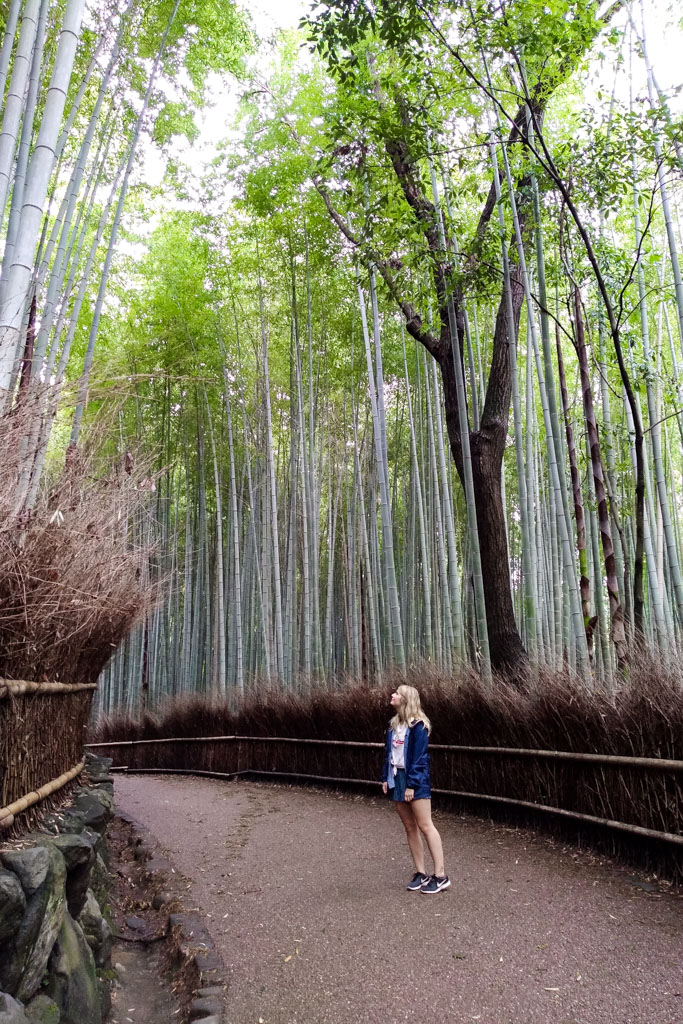
Where to stay in Kyoto
The best area to stay in Kyoto is near Downtown Kawaramachi or Kyoto Station . Kyoto is a lot smaller than Tokyo and you’ll be using local trains and buses to get around the city so it’s good to be well-connected! Here are a few places we recommend:
Len Kyoto $ – The sister hostel of Nui in Tokyo, great location – Find the link here !
Hotel Resol Kyoto Kawaramachi Sanjo $$ – Private rooms in the heart of Kyoto – Find the link here !
Hotel Elcient Kyoto $$ – Private but small rooms next to Kyoto Train Station – Find the link here !
Day 9 – 11 | Hiroshima
Further down south is Hiroshima, another spot to add to your 2 week Japan itinerary. Hiroshima is sadly known for being ruined by an atomic bomb during World War II in 1945. The city is a big piece of history for Japan and it’s possible to visit the ruins in the park.
On a lighter note, it’s known for being close to the famous Miyajima island! Let’s explore Hiroshima on your 2 weeks in Japan itinerary!
How to get to Hiroshima from Kyoto
Similar to before, the best way to get to Hiroshima from Kyoto is by train and bus. The train is always going to be the quickest option and is included in your JR Pass .
Train – The train to Hiroshima will take under 2 hours from Kyoto and the scenery is beautiful! (Book your train ticket in advance to secure a space). Head to Kyoto Station and arrive at Hiroshima station .
Bus – If you’re on a budget, Willer Express buses are a great way to get around the country and this was our favourite train ride in Japan! We took a bus at 06:50 from Kyoto Station and arrived at 14:00 into Hiroshima Station .
Here are 6 Best Tips to Travel Japan on a Budget – Cost of Travel in Japan !

What to do in Hiroshima
Visiting Hiroshima was another highlight of our 2 weeks in Japan and it was where we fell in love with Okonomiyaki! Here are a few things you can get up when visiting the city for 2 or 3 days.
Visit Hiroshima Peace Memorial Park
One of the best things to do when you arrive in Hiroshima is to head to the Peace Memorial Park. It’s in the heart of the city and cannot be missed! The park is a memorial to the 1945 event of the tragic atomic bomb during World War II.
You will also find the Hiroshima Peace Memorial Museum, Pond of Peace, Clock Tower of Peace and more in the park.
If you want to find out more information about the history here, check out this Hiroshima Cycling Peace Tour with a Local Guide !
See the Atomic Bomb Dome
The war memorial that stands out the most in the park is the ruins of a hall that was destroyed by the atomic bomb. It’s named the Atomic Bomb Dome and can be admired from a distance or up close. It’s so scary to think about what happened here less than 100 years ago. ( location here )
Start your day with an Early Morning Trekking Tour with a tea ceremony – Find out more here !

Explore Hiroshima Castle
After visiting some important sites in Hiroshima, it’s time to see the beautiful Hiroshima Castle on your Japan 2 week itinerary. The castle has lots of nature around including a Koi pond!
Like many buildings in Hiroshima, it was completely destroyed and has since been rebuilt, which is very impressive. It’s free to enter the grounds but a small cost to go inside the castle.
Eat okonomiyaki
For dinner we highly recommend you check out Okonomimura ! It’s a big food hall with many small restaurants serving the famous okonomiyaki and more! It’s the best place to find Okonomiyaki in Japan, as this is where the dish originates from!
Okonomiyaki is grilled cabbage and egg with any toppings and a delicious sauce! Okonomiyaki translates to ‘what you like’, so there are many different variations. You can eat it right off the hot plate! Here’s the location !

Take a trip to Miyajima Island
During your 2 week Japan itinerary, you must visit Miyajima Island! It’s another one of our favourite things to do in Japan as the natural beauty of the island and its surroundings are amazing! If you have more than one day there’s actually a lot to do on the island including hiking and temple visiting.
How to get there? Catch a tram or train to Miyajimaguchi Station and from there you can get a ferry over to the island. Here’s a few ways you can spend your time:
- See the Itsukushima Floating Torii Gate (low tide and high tide)
- Say hi to the local wild deer
- Explore the markets
- Visit Daishō-in Temple (Buddhist temple complex)
- Hike Mount Misen
- Cultural Experience in a Kimono

Where to stay in Hiroshima
The best area to stay in Hiroshima is near downtown . You’ll be close to all the main things to do and it’s super easy to get transport to Miyajima island.
Santiago Guesthouse $ – Hostel in the heart of Hiroshima with lovely kitchen space – Find the link here !
The Evergreen Hostel $ – Cosy hostel in Kyoto & a great way to meet travellers – Find the link here !
The Knot Hiroshima $$ – Private rooms in Hiroshima with a rooftop view – Find the link here !

Day 11 – 14 | Osaka
For the last few days of your 2 weeks in Japan, it’s time to base yourself in Osaka to explore the city and surrounding areas. Osaka is an energetic city only a few hours away from Tokyo, it’s known for having outgoing locals and lively, trendy areas with amazing Japanese cuisine all around!
How to get to Osaka from Hiroshima
The best way to get to Osaka from Hiroshima is by train or bus. (Get your JR Pass here) If you don’t have a JR Pass, these trains won’t cost too much compared to the Tokyo to Osaka journeys as the distance isn’t as long.
Train – The train from Hiroshima to Osaka only takes 1.5 hours! Go to Hiroshima station and you’ll arrive at Shin-Osaka Station . Book your train ticket in advance to secure a space)
Bus – We took a Willer Express bus at 16:45 from Hiroshima station and arrived at 22:10 in Osaka Umeda . As we’ve said before, the buses are very comfy in Japan and a budget-friendly way to get around the country.

What to do in Osaka
Osaka has many interesting things to do including amazing day trip options. We’ll show you how to spend 3 days in the multicultural city of Osaka!
Go on a welcome tour when you first arrive in Osaka – Welcome to Osaka: Private Tour with a Local Host !
Walk around Namba
Namba is the main area of Osaka with a high-energy atmosphere filled with funky shops, bright colourful signs and so much food! It’s also where a number of the best places to visit are in Osaka. You have to visit Namba both the day and the night for a totally different experience.
- Shinsaibashi-suji Shopping Street
- Dotonbori Glico Sign (take photos from the side of the bridge!)
- Ebisu Tower Ferris wheel
- Namba Yasaka Jinja (Shinto Shrine)
Visit Nipponbashi Denden Town
Denden Town is similar to Harajuku or Akihabara in Tokyo with electronic shops, manga, anime and games. It’s a really fun area right next to Namba and definitely worth checking out!

Browse Kuromon Market
This is one of the best markets in Osaka for food and souvenirs. Take a walk through the markets and get tempted by the smell of melon pans and unique Japanese delights! Here’s the location !
Admire Osaka Castle
Visiting Osaka Castle is a highlight of this 2 week Japan itinerary as both the gardens and castle are beautiful. The castle is surrounded by water and the park is filled with nature – it’s especially beautiful during Spring and Fall. We sat on the stones near the castle during sunset and it’s the perfect way to watch the sunset in Osaka.

Try the street food in Dotonbori
If you haven’t tried takoyaki yet during your 2 weeks in Japan – now is your chance to do so. Osaka is known as Japan’s food capital and there are so many options for Japanese food here.
Visit Nara (Day Trip)
Nara is a popular destination to visit in Japan and should be included on your Japan 2 week itinerary! The small city has a park filled with local free-roaming deer and it’s possible to feed them deer biscuits.
There are also beautiful temples and lovely streets of gifts and souvenirs – we watched mochi being made in one of the shops! Nara is only a 30-minute train ride from Osaka so it’s the perfect day trip or even afternoon trip if you’re running short on time.

Take a trip to Universal Studios Japan
If you love theme parks, then Universal Studios should be added to your 2 week Japan itinerary. Along with Disneyland and Sea (in Tokyo), Universal Studios is one of the most popular theme parks in Japan. The experience of theme parks is amazing with shows, themed restaurants and some of the best rides.
As huge Nintendo fans, we are so excited to visit Universal Studios in Japan one day to see Super Nintendo World which opened in 2021. Book your tickets on Klook here !
Check Kobe (Day Trip)
Kobe is another day trip option from Osaka during your 2 weeks in Japan. It’s known for Kobe Beef, Nunobiki waterfall and its lovely china town. As it only takes 30 minutes to get there, it’s possible to visit in one afternoon or morning. Although if you want to explore the mountainous hills you can spend all day!
More things to do in Osaka:
- Play arcade games at a Japanese Gesen (game centre)
- Visit the Umeda Sky Building
- Go on a food tour!
- Go on the Umeda Ferris Wheel
- Visit Tsutenkaku Tower
- Visit the Cup Noodles Ramen Museum (northwest of Osaka)
- Visit Kyoto on a day trip (if you haven’t visited yet)

Where to stay in Osaka
The best areas to stay in Osaka are Namba and Umeda and anywhere near good transport links!
Hostel Q $ – Budget rooms in the heart of Osaka city – Find the link here !
The Bridge Hotel Shinsaibashi $$ – Private rooms in Osaka, close to the main area – Find the link here !
2 Weeks in Japan Itinerary Breakdown
Day 1-5 | Tokyo / Day 6-9 | Kyoto / Day 9-11 | Hiroshima / Day 11-14 | Osaka
If you have a return flight from Tokyo make sure you have time to get back to Tokyo from Osaka. The best way to get from Osaka to Tokyo is by flight, train or night bus. The train is the best option if you have a JR Pass !
Other Places To Visit in Japan
- Yokohama – the second largest city in Japan, next to the water near Tokyo!
- Fukuoka – is known for its ancient temples and its close links to South Korea!
- Okinawa – a nature-filled tropical island south of mainland Japan!
- Hokkaido – the north of Japan featuring amazing hikes and Sapporo city!
- Hakone – visit the base of Mt Fuji on a day trip from Tokyo!
How do I plan a 2 week trip to Japan?
After figuring out your 2 week Japan itinerary – it’s time to start planning the rest of your trip! Here’s a list of links you might find helpful when booking your transport, accommodation & activities!
- Check if you need a visa
- Check for any national holidays on your date of visit in 2024 ( check here )
- Book your flights – check Skyscanner prices here
- Get Travel Insurance – Find out more here!
- Book your accommodation on Hostelworld here or Booking.com here
- Book a JR Pass – Book your JR Pass on Klook here !
- Book buses in Japan here – Willer Express Bus Website
- Find a portable Wifi on Klook here !
- Book any must-visit activities such as Universal Studios or Museums

Should I get a JR Pass?
Yes – If you have return tickets to Tokyo and you want to experience Japanese bullet trains then yes, the JR Pass will work out great for you! Book your JR Pass on Klook here !
No – If you’re on a budget during your 2 weeks in Japan then no, you shouldn’t get a JR Pass . In this Japan itinerary, we’ve shown you how to get around the country by bus journeys which is cheaper than bullet trains and the JR Pass .
Activities to book in Japan
- Tokyo – TeamLab Borderless – Book tickets here !
- Tokyo Tower – Book tickets here
- Sushi Making Class – Book here !
- Kyoto – Guided night walk in Kyoto’s Geisha District
- Hiroshima – Early Morning Trekking Tour with a tea ceremony – Find out more here !
- Osaka – Go on a food tour – Book here!
- Visit Kyoto on a day trip from Osaka – Book here!
Vegan in Japan Tips
Japanese food is loved all around the world and is some people’s favourite cuisine. We first visited Japan as vegetarians and realised we were going to struggle if we didn’t do our research.
Thankfully we found a lot of options on Happy Cow and survived using Google Translate on ingredients in shops. Here are a few helpful recommendations for your 2 weeks in Japan:
- Curry House Ichibanya will be a lifesaver (plant-based Japanese curry menu all around the country)
- Have a look at the IsitVeganJapan website !
- Pretty much every ramen is made with bone broth (unless specified)
- Use the HappyCow app
- Join Vegan in Japan Facebook Groups
- Visit T’s Tan Tan in Tokyo
- Bring your own cereal bars, oats and snacks

Are 2 weeks enough to visit Japan?
Yes! 2 weeks in Japan will give you the opportunity to plan the perfect first-time trip and discover your favourite areas. If you love big cities, you’ll want to spend 2 weeks in Tokyo alone. When we visit Japan in the future, we’d love to visit Hokkaido in the winter and the tropical island of Okinawa.
There are so many things to do in Japan that you’ll always want to come back for more. With two weeks in Japan, you can visit some of the main highlights and we’ve covered the best places to visit on this 2 week Japan itinerary.
Planning a 1 week Japan Itinerary
If you have return tickets to and from Tokyo, get a 7 day JR Pass to save time, spend 3 days in Tokyo and head to Kyoto for 2 days, then finish with 2 days in Osaka with an afternoon in Nara before making your way back to Tokyo on your last day ready to catch a flight back.
How much does a 2 week to Japan cost?
We visited for a total of 16 days on a budget and spent around £1,225 for two people. We stayed in hostels, took buses & night buses instead of intercity trains and cooked some of our own food. However, we did visit a lot in Japan over 2 weeks and even went to Disney Sea! Here are our costs:
- SHORT BREAKDOWN (16 days of travel in Japan for 2 people)
- Accommodation Costs – 56,882¥ (£380)
- Transportation Costs – 46,150¥ (£308)
- Food Costs – 51,289¥ (£343)
- Activities, Shopping & Laundry Costs – 29,086¥ (£194)
- = 183,407¥ (£1,225)

What to pack for 2 weeks in Japan?
Depending on the season you’re going to visit, you’ll want to bring clothes suited for the season plus good footwear. Here are a few travel essentials we highly recommend!
- Stainless Steel Water Bottle – Japan has clean drinking water, so you don’t need plastic bottles!
- Worldwide Travel Adaptor – The ultimate travel companion!
- Amazon Basics Packing Cubes – The best way to pack suitcases and backpacks.
- Anker Power Bank – Never let your phone run out of battery.
- Rain Mac in a Bag – It can often rain in Japan, so it’s good to be prepared with a lightweight jacket.
- Joby GorillaPod 3K Pro Kit – We have a Joby GorillaPod and use it for our Sony A600 ! There’s also a Joby Phone Tripod if you don’t use a camera.
More Japan travel guides:
- 6 Best Tips to Travel Japan on a Budget – Cost of Travel in Japan
- Ultimate 2 week South Korea Itinerary: Best Places
- Also check out our South Korea Guides !
That’s the end of our Ultimate 2 week Japan Itinerary: The Best Places! Have an amazing trip to Japan and if you need any more help planning – send us a message on Instagram (@thesunrisedreamers) or leave a comment below!
LIKE THIS POST? PIN IT FOR LATER & SHARE IT WITH OTHERS!

Don’t forget about Travel Insurance! – SafetyWing Nomad Insurance
SafetyWing is a totally flexible monthly-rolling travel insurance to help you stay safe on your trip anywhere in the world. Find out more here!
Interesting Fact: There is 1 vending machine for every 24 people.
Amy & Dan are the founders of The Sunrise Dreamers. They are travellers from the UK who have been on the road since 2017 whilst living in places like England, Canada, Thailand and the Canary Islands. They share their knowledge of travelling the world with detailed travel guides and tips. They're experts in vegan travel and show their audience how to travel on a budget.
Similar Posts

3 Day Koh Lanta Itinerary: Best Things To Do (2024)
Planning the perfect Koh Lanta itinerary? Here’s our in-depth travel guide to help you plan your trip to this beautiful…

3 Day Busan Itinerary: What to do in Busan (2024)
Thinking about spending 3 days in Busan? Here’s our in-depth guide on how to plan your 3 day Busan Itinerary…

The Best 3 Month Southeast Asia Itinerary: 2024
Planning a 3 Month Southeast Asia itinerary? Here’s our in-depth guide on how to travel around Southeast Asia in 3…

3 Day Koh Samui Itinerary: The Best Koh Samui Guide
Wondering how to spend 3 days in Koh Samui? We’ll show you the best things to do on this beautiful…

6 Japan Budget Tips: Cost of Travel in Japan
Japan is a country at the top of bucket lists. It’s known by many for being the sushi capital of…

2 Week Cambodia Itinerary: Best Places to Visit in Cambodia (2024)
Planning a 2 week Cambodia Itinerary? We’re here to help you plan the best 2 weeks in Cambodia and show…
One Comment
Love the Fushimi Inari-Taisha Shrine and the Bamboo. I’d love to go to see the Cherry Blossom also 🌸 great travel tips and so much to see! <3
Leave a Reply Cancel reply
Your email address will not be published. Required fields are marked *
Save my name, email, and website in this browser for the next time I comment.
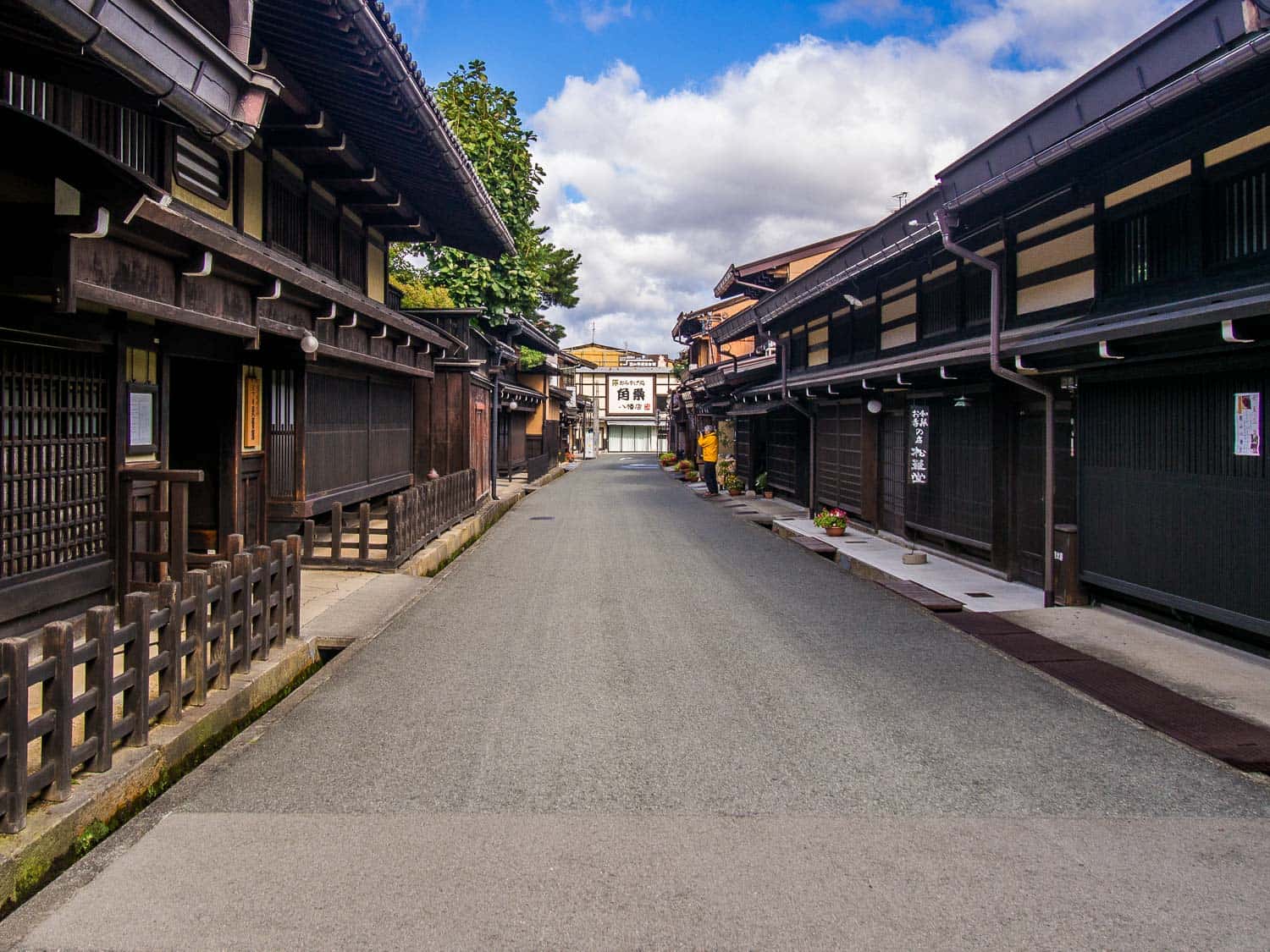
2 Weeks in Japan: The Perfect Itinerary for First Time Visitors
This page contains affiliate links. Please read our disclosure for more info.
During our two weeks in Japan we experienced as much as possible of what the country has to offer.
From the neon lights of Tokyo to the wooden teahouses of Kanazawa; from driving go-karts dressed as Mario characters to the solemn and tranquil tea ceremony; from steaming bowls of cheap ramen to exquisite kaiseki cuisine; from temples, mountains and rice paddies to bullet trains, skyscrapers and arcades.
We fell in love with the country even more than on our first visit.
In this detailed Japan 2 week itinerary, I share exactly where we went, how we got there, where we stayed and ate, how much it all cost, and a map of our route.
This trip is ideal for first-time visitors to Japan as it covers the highlights (modern Tokyo, traditional Kyoto, stunning Mount Fuji) as well as some less-visited gems.
It also works well for return visitors like us who want to revisit their favourite spots and make some new discoveries.
Video: Japan Highlights
Our japan itinerary, japan two week itinerary map, getting around japan, days 1 – 5 tokyo, day 6 nikko, day 7 hakone, days 8 – 9 takayama, days 10 – 11 kanazawa, days 12 – 16 kyoto, alternative japan destinations, two weeks in japan budget, japan travel resources, japan travel blog posts.
Watch our video for ideas on how to spend two weeks in Japan.
Back to Contents
- Tokyo – 5 nights (stay in an apartment in Shinjuku )
- Nikko – 1 night (stay at Nikko Park Lodge Tobu Station )
- Hakone – 1 night (stay in a traditional room at Hotel Musashiya )
- Takayama – 2 nights (stay at Super Hotel Hida Takayama )
- Kanazawa – 2 nights (stay at Smile Hotel Kanazawa)
- Tokyo – 5 nights (I recommend Kyoto instead for most people)
Our trip was at the end of September until mid-October and was actually for 16 nights, but you could easily cut this down to 14 days in Japan by spending less time in Tokyo.
Our Japan itinerary included five nights in Tokyo, six nights travelling with a 7 Day Japan Rail Pass , and ended with five more nights in Tokyo.
We spent over three weeks in Kyoto on our first trip so we didn’t visit this time, but if you are new to Japan, I highly recommend substituting the second Tokyo stay with Kyoto as it really is a must-see.
See my detailed guide to the best things to do in Kyoto for lots of tips.
There are so many amazing places to visit in Japan . At the end of this post I have included other suggested destinations if you decide to get a 14 Day Rail Pass for your two weeks in Japan and add more places to your itinerary and reduce the time spent in Tokyo or Kyoto.
As Japan is expensive and there is so much to do, we moved at a much quicker pace than usual.
The week travelling with a rail pass was especially exhausting and we could easily have added an extra night (or two) to everywhere we visited.
That said, we don’t regret our itinerary as we had an amazing time and loved everywhere we visited.
This map shows our 2 week Japan itinerary with blue markers and other potential destinations to consider with red markers.
Trains are the best way to get around Japan and we travelled with a 7 day Japan Rail Pass .
Although the passes seem expensive (a 7 day pass is $214) they will usually save you money if you are travelling to many places, especially if you take the fast bullet trains (which are one of the best things to do in Japan ). We saved $150 per person for this itinerary!
You can use the Navitime website to find train times and costs and compare these to the cost of a pass.
If the cost is close, get the pass as it’s much easier being able to hop on and off trains when you like and not worry about purchasing tickets.
You need to book Japan Rail Passes in advance before you arrive in Japan. You’ll receive an exchange order in the mail that you then exchange for the pass in Japan.
We booked ours with JRailPass.com who deliver anywhere in the world, including to your first Japan hotel if you’ve left it to the last minute. We got ours delivered to a hotel in Bali.
See my detailed guide on how to calculate whether a Japan Rail Pass is worth it including everything you need to know to use the pass.
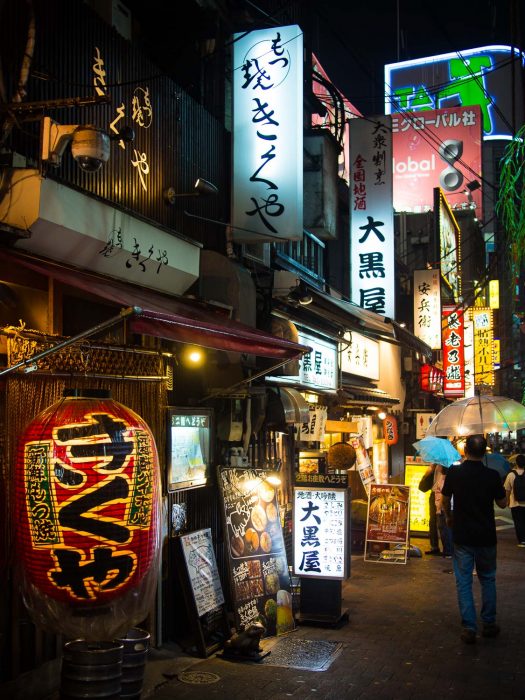
It’s easy to spend five days in Tokyo, but if time is limited you could reduce your stay to three.
It’s a huge sprawling city so it’s best to focus your explorations on neighbourhoods.
Here are some of my recommendations and you can see my guide to the coolest things to do in Tokyo for more details.
Shinjuku Day
- Shop in huge electronics stores like BIC Camera and the food basements of department stores like Takashimaya.
- Stroll around the beautiful Shinjuku Gyoen National Garden (having a picnic here is one of our favourite things to do in Shinjuku ).
Shinjuku Night
- Eat in a tiny restaurant on atmospheric Memory Lane.
- See the skyline view from the free Tokyo Metropolitan Government Building (or Lost in Translation fans might want to pay for a drink at the NY Bar at the Park Hyatt Hotel).
- Bar hop on the Golden Gai and perhaps join a Shinjuku bar hopping tour to explore with a guide.
Shibuya and Harajuku
- Walk across the famous Shibuya Crossing.
- Gawp at the crazy fashions of Takeshita Street.
- Enjoy stunning ukiyo-e woodblock prints at the Ota Memorial Museum of Art.
- Visit the Meiji Shrine in Yoyogi Park.
- Step back into old Japan and get your fortune told at Sensoji Temple.
- Enjoy a meal in a traditional restaurant (we had a 12-course vegetarian feast at Bon ).
Rest of Tokyo
- Spend a day at the magical DisneySea or Tokyo Disneyland parks.
- Visit the Ghibli Museum if you are a Studio Ghibli fan (tickets must be booked on 10th of the month for the following month).
- Immerse yourself in the colourful digital art museum, TeamLab Planets .
- Take a fun go-karting tour driving the Tokyo streets dressed as your favourite character!
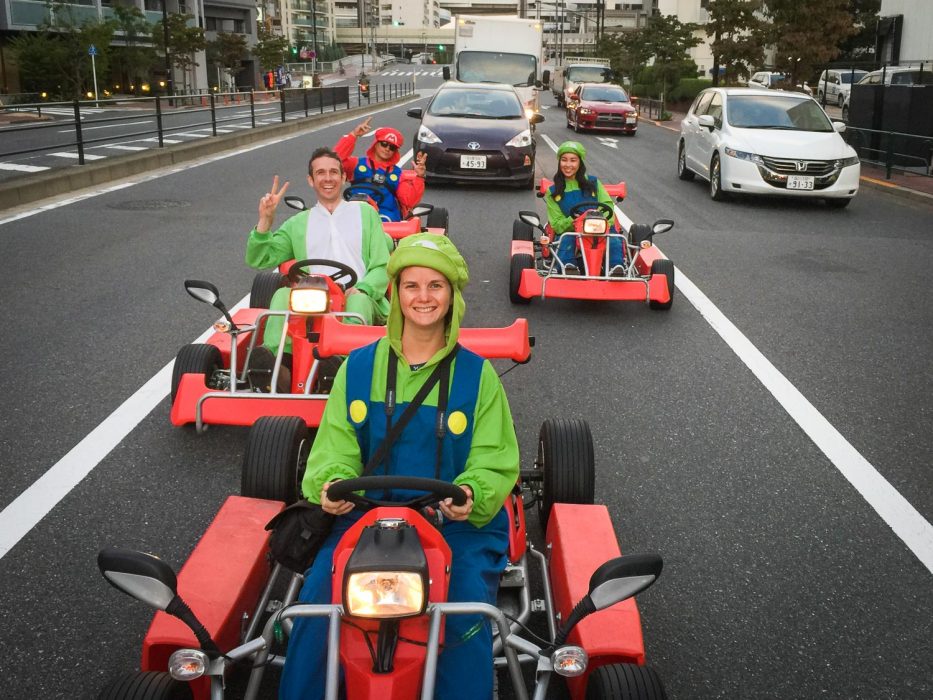
Tokyo Transport
The Narita Express train is the easiest way to get from Narita airport to Shinjuku, Shibuya and Tokyo stations.
It costs 3250 yen ($23) and takes 87 mins to Shinjuku. You must have a seat reservation but you can get this when you buy the ticket from the machine or counter in the airport station.
The Japan Rail Pass is valid on this line, but if you are following this itinerary with a 7 day pass you won’t want to activate it until the day you leave Tokyo.
Buy a Suica card to use as a ticket on all trains and metro lines in Tokyo. You can also use it for lockers, vending machines, and even in many shops.
If you return it at the end of your stay you’ll get the 500 yen deposit back. You can also use the card for local transport in Kyoto (and other Japanese cities), but you can’t get a refund there.
If you will be using a Japan Rail Pass during your stay, make sure you swap your exchange order for a pass and activate it at one of the JR offices in train stations. You can’t change the start date once you have done this.
Where to Stay in Tokyo
Shinjuku is our favourite area to stay in Tokyo as it has excellent transport links, good food, and many of the attractions above are in walking distance.
Shibuya is another convenient base, but we found it too crowded.
We stayed in a studio apartment a 10-minute walk from Shinjuku Station. It was small (everywhere is in Tokyo) but comfortable and well-equipped with fast WiFi and a washing machine.
Search for apartments in Shinjuku on Vrbo .
If you are looking for luxury, the Park Hyatt has a great location in Shinjuku and fantastic views. It’s where the film Lost in Translation was filmed.
Search for more hotels in Tokyo here .
Where to Eat in Tokyo
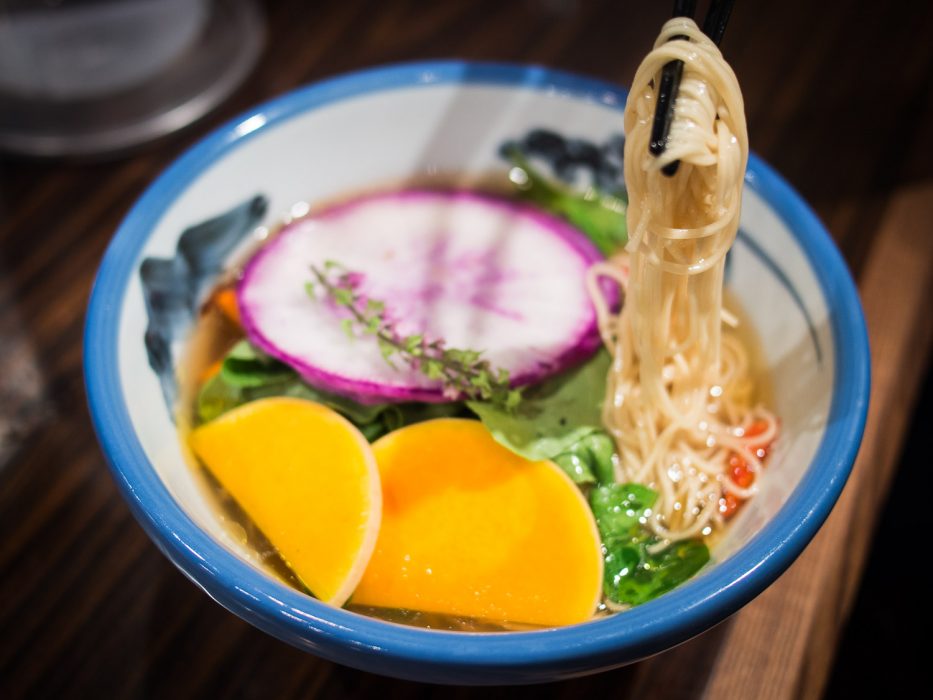
There is so much amazing food in Tokyo from cheap eats to fine dining. Even as vegetarians we ate really well with some planning.
See my post on our favourite Tokyo vegetarian restaurants . The highlight was Bon which serves exquisite multi-course Zen Buddhist cuisine in private tatami rooms—it’s an experience more than just a meal.
We Have More Japan For You!
Thank you for subscribing! You should receive an email from us very soon. Click on the link in the email to confirm your subscription.
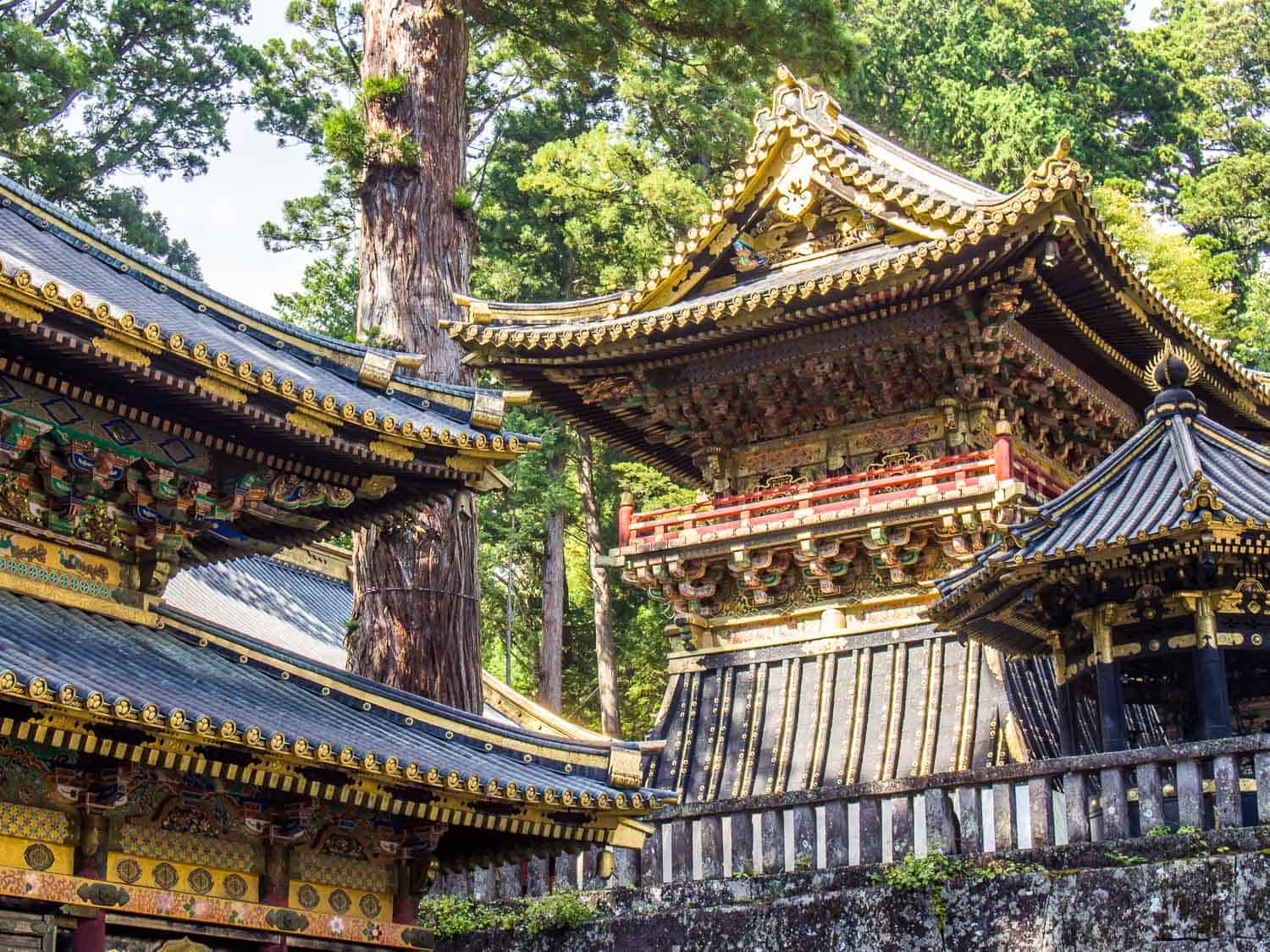
On Day 6 we activated our Japan Rail Pass and headed off early to Nikko, a temple town in the mountains a few hours north of Tokyo.
Many people visit on a day trip from Tokyo, but as it’s a fairly long trip we decided to stay the night.
The air felt cool and fresh and it was lovely to see mountains after Tokyo’s concrete jungle.
From the train stations, it’s a 30-minute walk along the main road to the bright red Shinkyo bridge and the temples start up the forest-covered hill just beyond.
Nikko’s shrines and temples are a UNESCO world heritage site.
Toshogu Shrine is the most famous Nikko attraction and is the final resting place of Tokugawa Ieyasu, the founder of the Tokugawa Shogunate that ruled Japan for over 250 years until 1868.
It’s one of the most stunning temples I’ve ever visited with more than a dozen intricately decorated red and gold buildings amongst huge cedar trees (some over one thousand years old).
But on a Sunday it was overwhelmingly busy and we didn’t stay long.
Luckily Nikko has many other shrines to explore that are much quieter than Toshogu.
Although they are less spectacular we had a more enjoyable experience at Futarasan-jinja shrine , Taiyuinbyo temple , and up the mountain at Takino shrine .
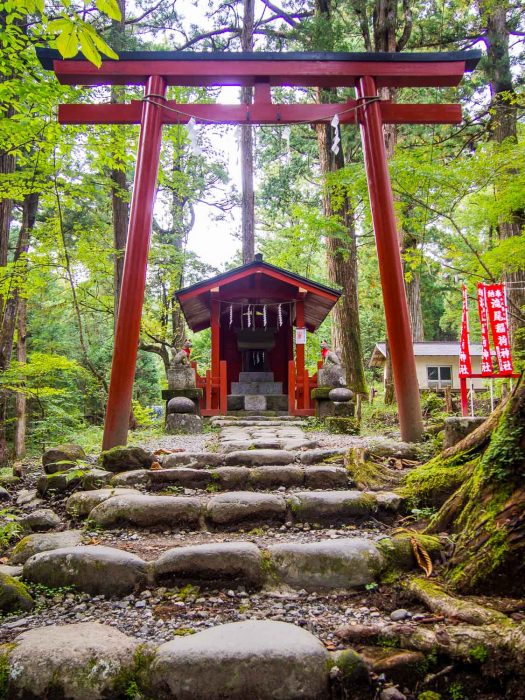
Although half a day at the temples was enough for us, it would have been better to visit Toshogu first thing in the morning before the day-trippers arrived.
With more time we could also have done some nearby hikes.
Nikko Transport
Nikko has two train stations that are a few minutes walk from each other.
Tobu Nikko Station is served by Tobu Railway trains and Japan Rail Passes can’t be used on this line, so with a rail pass you’ll arrive at the JR Nikko station. There are lockers at both stations where you can leave luggage.
From Tokyo, I recommend getting the bullet train from Tokyo Station to Utsunomiya then changing for the local train to Nikko—there were even friendly staff at Utsunomiya showing us where to go. The whole journey takes about two hours.
Don’t make the mistake we did on the way there and take the JR Shonan-Shinjuku line from Shinjuku to Utsunomiya. This is a local line so is busy and not very comfortable for the long trip. It took us three hours to get to Nikko.
The Nikko train stations are about a 30-minute walk from the temple area or you can take the bus. We walked everywhere.
I recommend picking up a tourist map from the train station as not all the temple signs are in English.
Where to Stay in Nikko
We stayed at budget-friendly Nikko Park Lodge Tobu Station which has a convenient location close to the train stations.
We chose the most expensive triple room with private bathroom, but there are cheaper rooms with shared bathroom.
The decor was rather dated, but the bed was comfortable and it was spacious by Japanese standards with a double bed, single bed, armchair, and kitchenette (although no plates or pans were provided).
Breakfast costs extra but there’s a big supermarket close by.
Search for more accommodation in Nikko here .
Where to Eat in Nikko
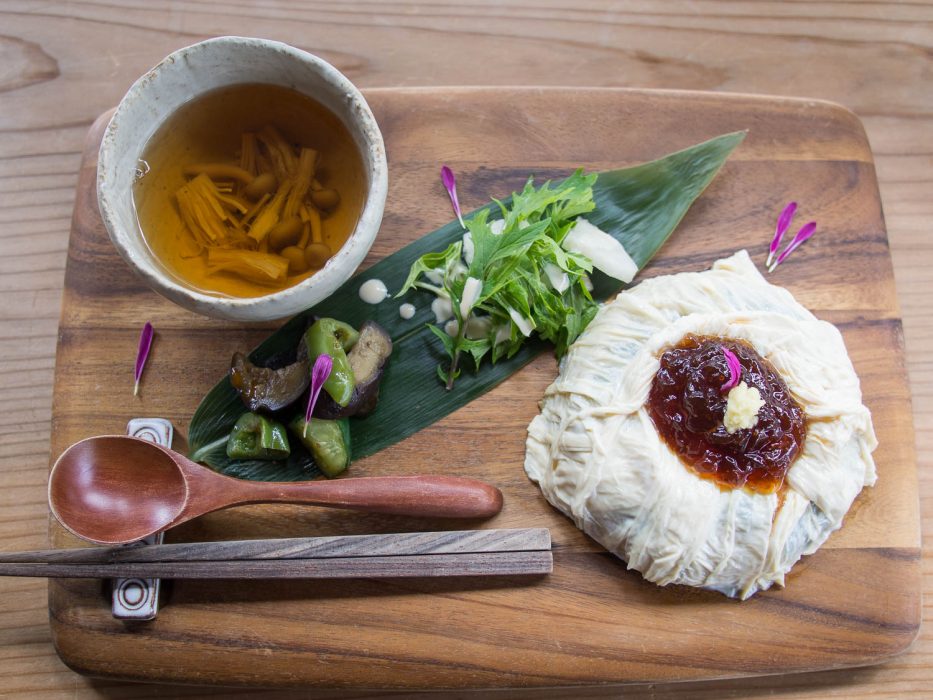
We had lunch at Yasai Cafe Meguri , a vegan cafe in an old art gallery with a beautiful painted ceiling.
It’s on the main road not far from the temples—look for the sign that says “Oriental Fine Arts & Curios”. It gets rave reviews and is often fully booked, although at 11.30 am we had no problems getting in.
We each had one of the two lunch sets that come with miso soup, salad, and a few vegetables—Simon had avocado, tomato and seaweed on rice and I had the local speciality yuba (tofu skin) stuffed with rice. It was nice and healthy but not outstanding.
Many restaurants in Nikko close in the evening so Komekichi Kozushi (now called Yonekichi Akira Sushi I believe) was a great find just a few minutes walk from our hotel (and the train stations).
This small family-run sushi place has two tables, counter seating and a tatami room where we ate.
It was the first sushi place we found in Japan that had plenty of vegetarian options on the English menu including pickled plum, pickled vegetables, natto, cucumber, and egg.
They even have an English guide to sushi etiquette, so you don’t make a faux pas like dipping the rice end of your sushi in soy sauce.
We loved the pickled vegetable sushi and especially the inari zushi—tofu stuffed with rice. It was excellent value.
For a snack, try dango, grilled rice balls on a stick brushed with miso or soy, which are sold at a few stands on Nikko’s main road.
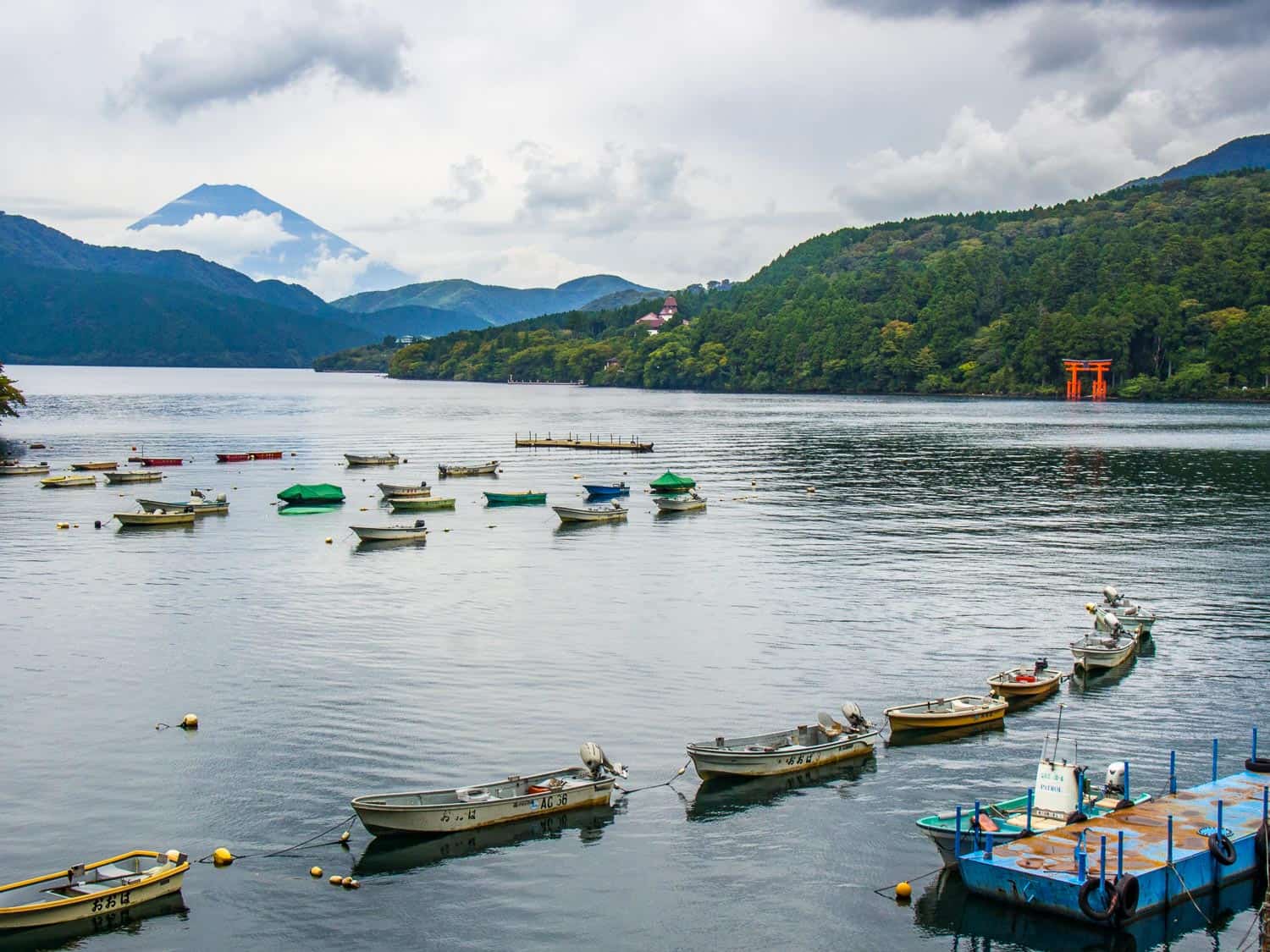
Hakone is an area encompassing Lake Ashi and the mountains around Gora.
It’s known for its views of Mount Fuji, hot springs, and the unique loop that takes you to all the sights on different forms of transport.
We began at midday by Lake Ashi in Moto Hakone where we were staying. It was a cloudy day so our hopes of seeing the reclusive Mount Fuji were dashed, but as we walked along the lake the iconic mountain appeared through the clouds.
It lived up to our expectations and the fact that it kept disappearing and reappearing through the day only made the sight more special.
We hopped on the pirate ship (yes, really!) to head across the lake for more views of Mount Fuji and the surrounding mountains.
At Togendai we switched to the ropeway (cable car) which took us up the mountain to Owakudani . We were delighted to see Mount Fuji on the way up and from the top.
Owakudani is an active volcanic valley so steam and a bad smell rise from the yellow earth.
The Japanese love the black eggs that are cooked in the hot sulphur springs, but we passed.
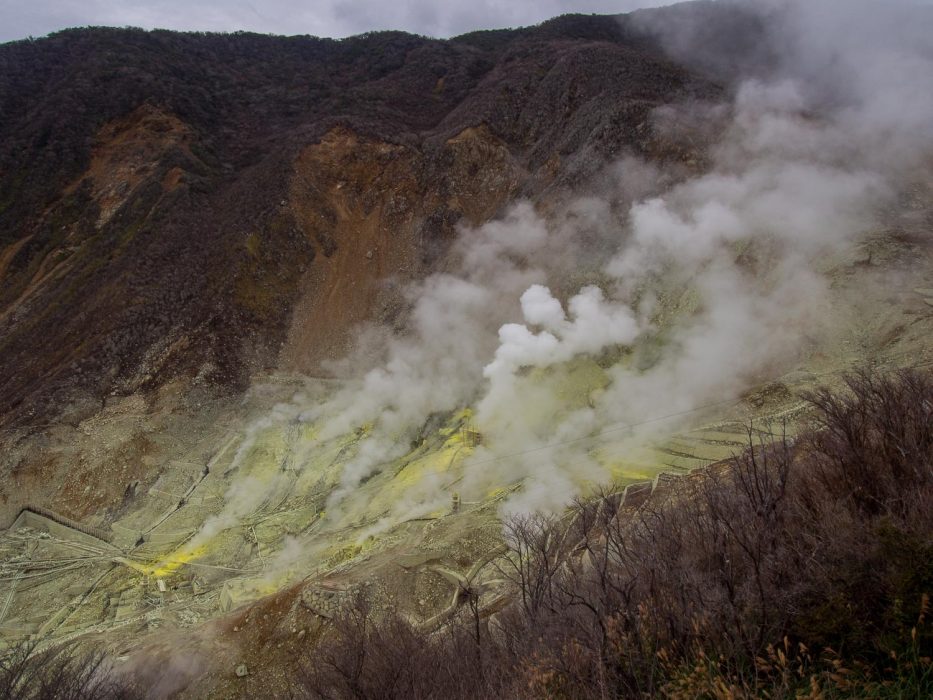
From Owakudani you can continue on the cable car to Sounzan then down to Gora, but from there we would have had to take the bus back to Moto Hakone, so it made more sense for us to return the way we came and keep enjoying the Fuji views.
We got off the boat a stop early at Hakone Machi and walked the 2 km back to our hotel which took us through the ancient Cedar Avenue .
We spent the rest of the afternoon soaking in an onsen and enjoying our wonderful ryokan room at Hotel Musashiya .
In the morning we walked through the mist and drizzle to the nearby Hakone-jinja shrine with its large red torii gate overlooking the lake.
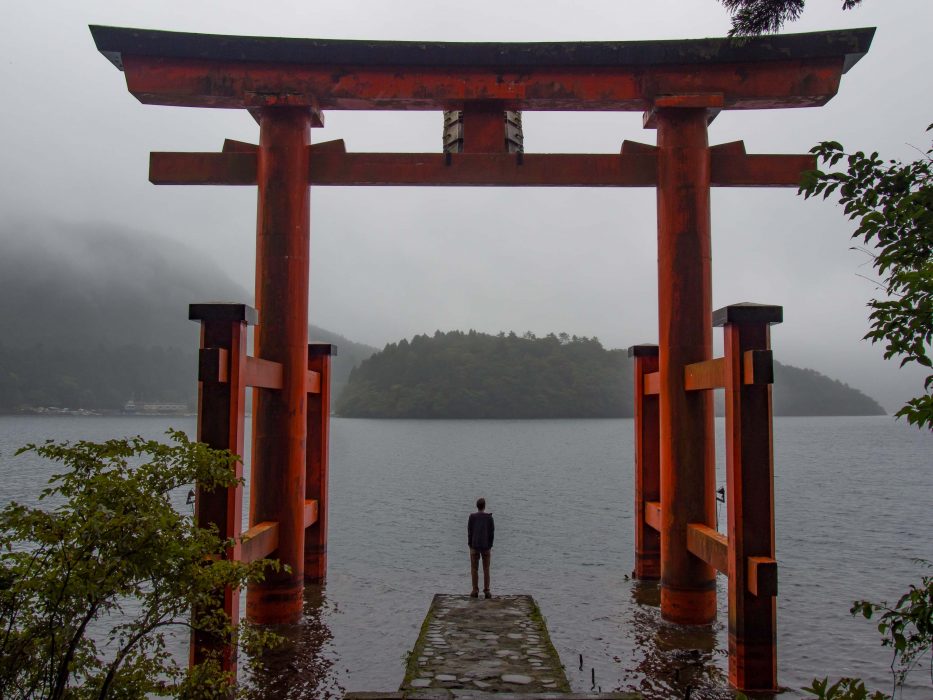
On our way back to Odawara station we continued with the loop by taking the bus to the Ninotaira Iriguchi stop and walking to the Hakone Open Air Museum .
This is a highlight of the area with outdoor sculptures, unusual art installations, a Picasso gallery, and even a free hot spring foot bath. There are lockers for luggage.
From the nearby Chokokuno-Mori station we took the Tozan mountain railway on a winding track through the forest to Hakone Yumoto where we switched trains to Odawara.
Although we managed to complete most of the Hakone loop in 24 hours, we would have loved to stay an extra night and have more time to enjoy our beautiful ryokan.
Hakone Transport
To get to Hakone from Nikko we had to backtrack through Tokyo so it was an exhausting morning of travel.
We left at 7.30 am and took the local train to Utsunomiya, the bullet train from there to Tokyo, and another bullet train to Odawara.
In Odawara train station, we bought a Hakone Free Pass at the Odakyu Sightseeing Service Centre. The pass costs 5000 yen ($35), is valid for two days, and can be used on the buses, pirate ship, cable car, and mountain railway.
As we were staying in Moto Hakone, we took the H bus there from Odawara which took about an hour on a windy mountain road and arrived around 11 am.
Where to Stay in Hakone
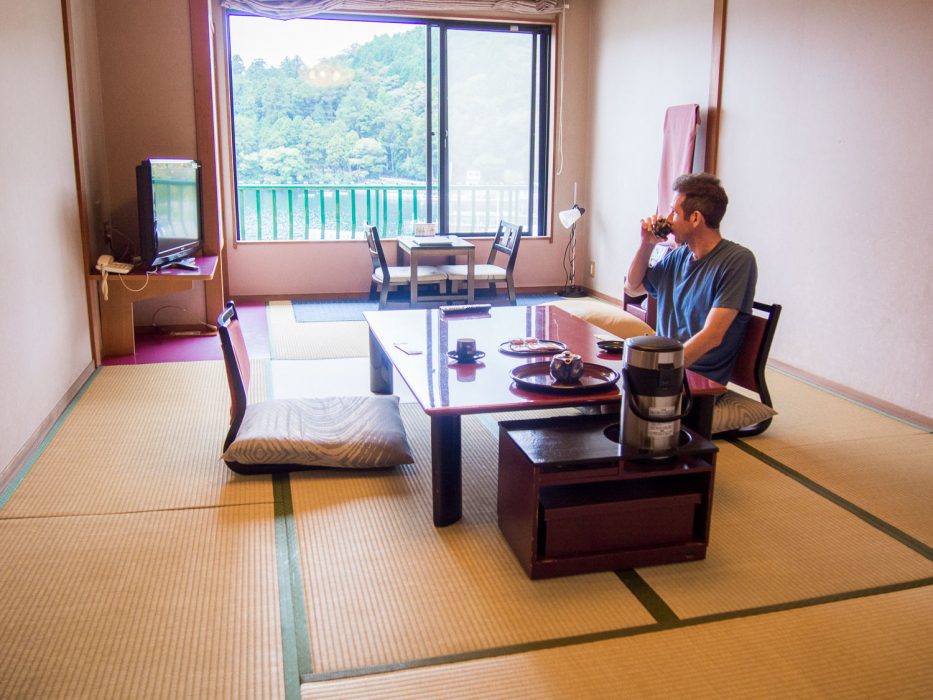
As Hakone is a large area it can be confusing deciding which town to stay in. The most important thing is to stay somewhere with good transport links.
We decided to stay by Lake Ashi to have a second chance of seeing Mount Fuji in the morning.
We stayed in a ryokan (traditional inn) called Hotel Musashiya on the shores of Lake Ashi in Moto Hakone.
Although it looks like a modern hotel from the outside, the minimalist tatami rooms are traditional with futon beds (that are cleared away during the day), a low table and chairs, and unusually, a small ensuite bathroom.
We had a gorgeous view of Lake Ashi from our room and there are also lake views from the onsens (hot spring baths) and lounge (where there’s WiFi).
In typical Japanese style, the onsens are public with outdoor and indoor baths for men and women.
Once I got over my fear of public nudity, it was a wonderfully relaxing experience to soak in the hot water and I felt blissed out our whole stay.
Hotel Musashiya was by far our favourite place we stayed on this Japan trip and I highly recommend it.
You can search for more hotels in Hakone here.
Where to Eat in Hakone
Vegetarian options are limited in Hakone.
When we arrived in Moto Hakone we had a quick lunch at Bakery and Table —you can choose from a number of rolls (stuffed with cheese, potato, etc) and pastries and take them upstairs to eat overlooking Lake Ashi.
Dinner and breakfast were included at Hotel Musashiya and they were happy to cater for vegetarians.
Dinner was served in our room and was a real feast—tempura, rice, miso soup, yuba, pickles, vegetable and tofu hotpot, eggplant and mushrooms in a delicious sauce, Caprese salad, matcha pudding, and plum wine.
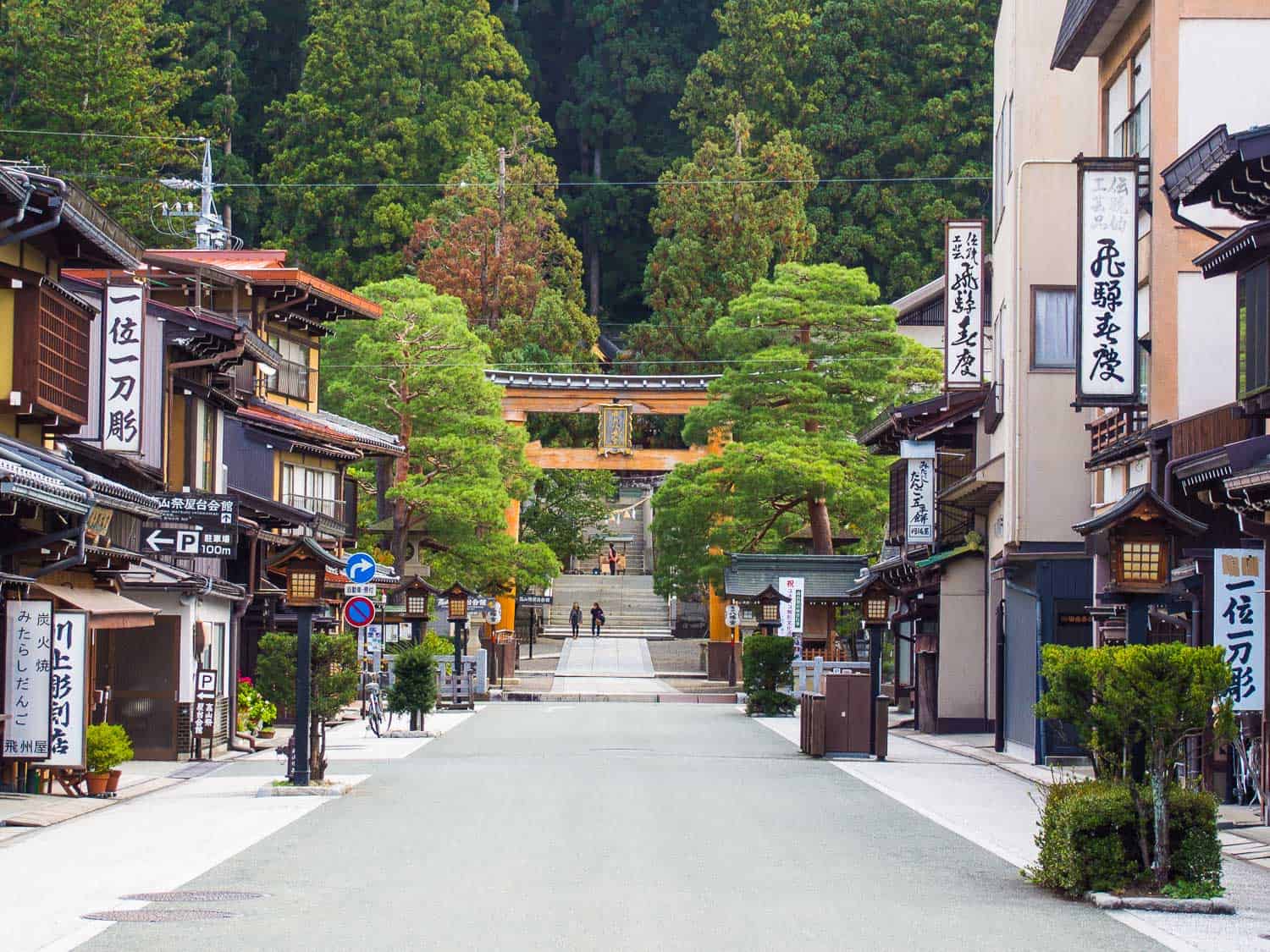
Takayama is one of my favourite places in Japan.
It’s a small town on the edge of the Japan Alps with a beautifully preserved historic centre of wooden houses, temples, neatly shaped trees, and bright red bridges over the river.
There’s so much to do in the area we could easily have spent longer than two nights here (a theme of our trip!).
Our highlights included:
- Wandering the old town in the early morning before the crowds arrived.
- Buying delicious apples and pears from the morning markets .
- Admiring the extravagant, colourful floats at the Festival Floats Exhibition Hall .
- Visiting the Hida Folk Village , a display of traditional thatched houses from the area.
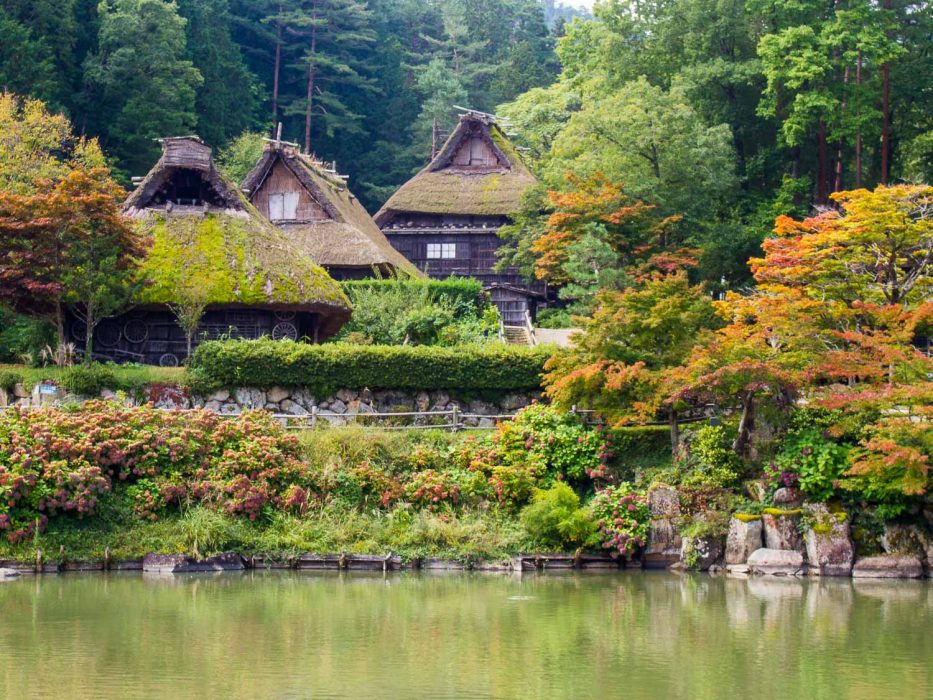
We also spent an afternoon in nearby Hida Furukawa , an adorable town that’s well worth a visit.
We did an excellent (and easy) cycling tour with Satoyama Experience where we biked through the beautiful countryside past rice fields and idyllic villages and learnt about the traditions of the area.
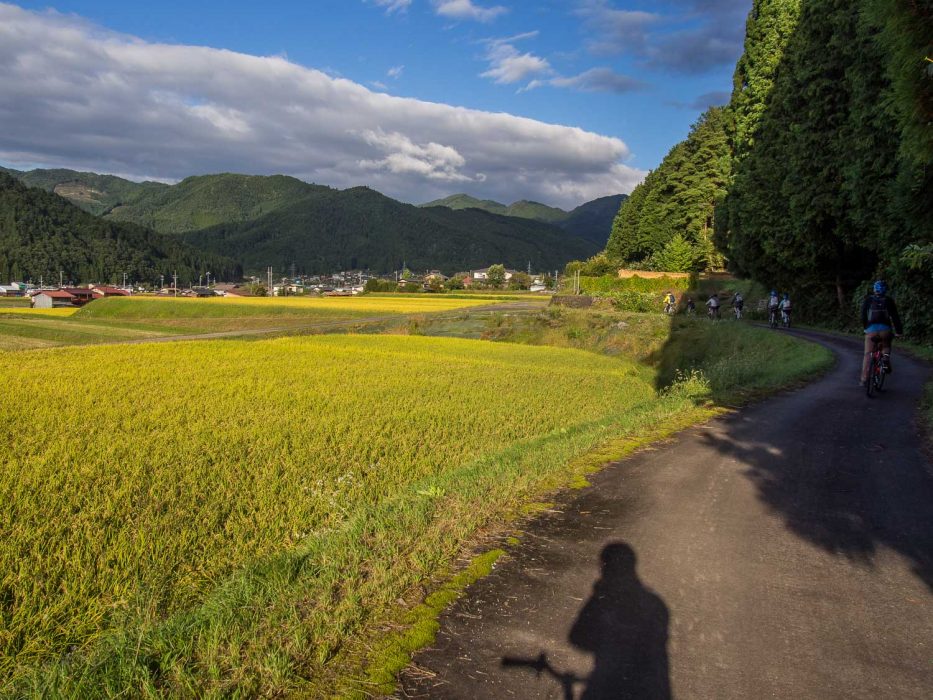
Takayama Transport
From Hakone to Takayama we took the 2.08 pm bullet train from Odawara to Nagoya then changed to the Limited Express Wide View Hida train to Takayama, which has large windows to take advantage of the beautiful river and mountain views.
We arrived in Takayama just after 6 pm.
Takayama is a small town so we walked everywhere except when we took the 15-minute train ride to Hide Furukawa for our cycling trip.
Where to Stay in Takayama
We stayed at Super Hotel Hida Takayama , a business hotel close to the station and a 10-minute walk from the old town.
Our room was tiny but had everything we needed—ensuite, desk, fridge, kettle, WiFi, and free breakfast buffet.
There’s even an onsen, but we didn’t have time to use it.
Takayama is ideal for experiencing a traditional inn or ryokan. If we had the budget we would have stayed somewhere more atmospheric like the highly rated Oyado Koto No Yume .
See the full range of accommodation in Takayama here .
Where to Eat in Takayama
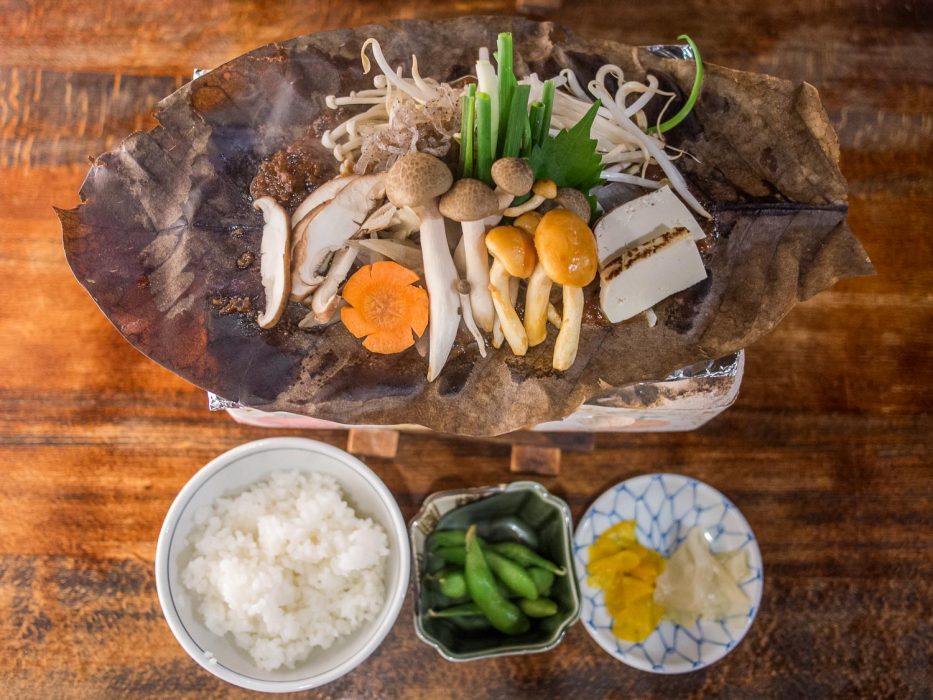
Our favourite place to eat in Takayama was Heianraku , a tiny restaurant run by the friendliest lady we’ve ever met!
There’s a multiple page vegetarian section on the menu with a mix of Chinese and Japanese dishes including local specialities like the delicious Hida miso ramen.
The chile tofu and vegetable gyoza were also excellent, and don’t miss their homemade plum wine.
Suzuya is a good place to try local specialities. They do a tasty vegetarian version of hoba miso where vegetables and tofu are cooked at your table on a large magnolia leaf spread with miso paste.
Fukutaro is a cute cafe that makes excellent gohei mochi , mashed rice grilled on a skewer with sesame sauce.
Mitarashi-dango is another local dish to try—small, almost creamy rice balls grilled with soy. The Jinya Dango stand near Jinya Mae market makes the best in town.
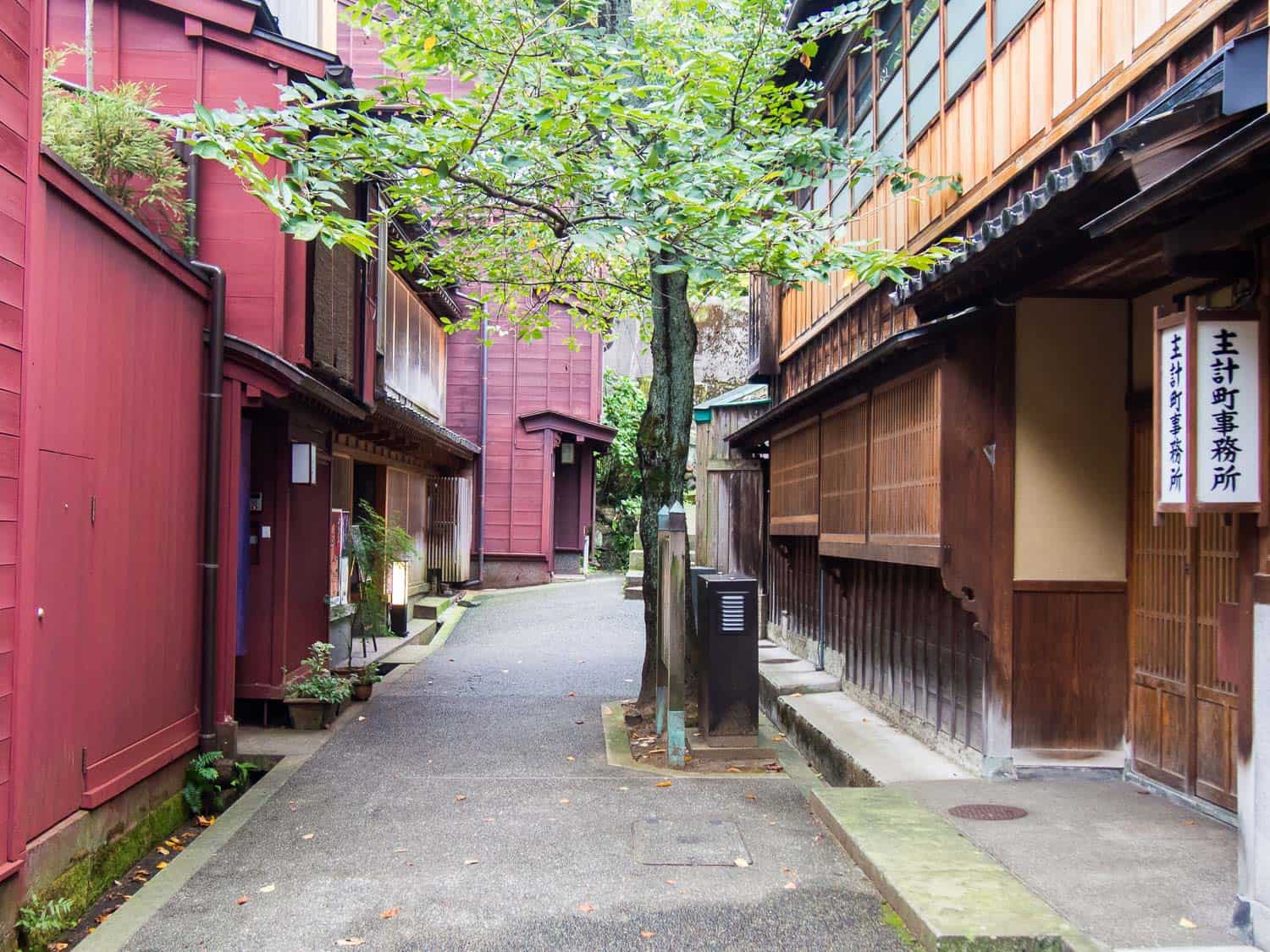
At first glimpse Kanazawa seems like another Japanese concrete city, but when you begin to explore you’ll discover some of the most beautiful gardens in the country as well as three geisha districts with preserved wooden buildings.
Higashi Chaya is the largest geisha area where geisha used to perform and entertain guests in the wooden teahouses dating back to 1820.
It’s beautiful but crowded with tourists and souvenir shops. We preferred the quieter geisha areas of Kazuemachi and Nishi Chaya .
Kenroku-en Garden is one of the top three gardens in Japan. It’s known to get crowded but we had it almost to ourselves at 7.30 am. The gardens are lovely but they would be better in the spring or autumn.
I actually preferred the tiny but exquisite Gyokusen-en Gardens which has all the classic Japanese garden elements in a small package—moss covered rocks, stone lanterns, carp-filled ponds, a wooden teahouse, and maple trees beginning to turn red.
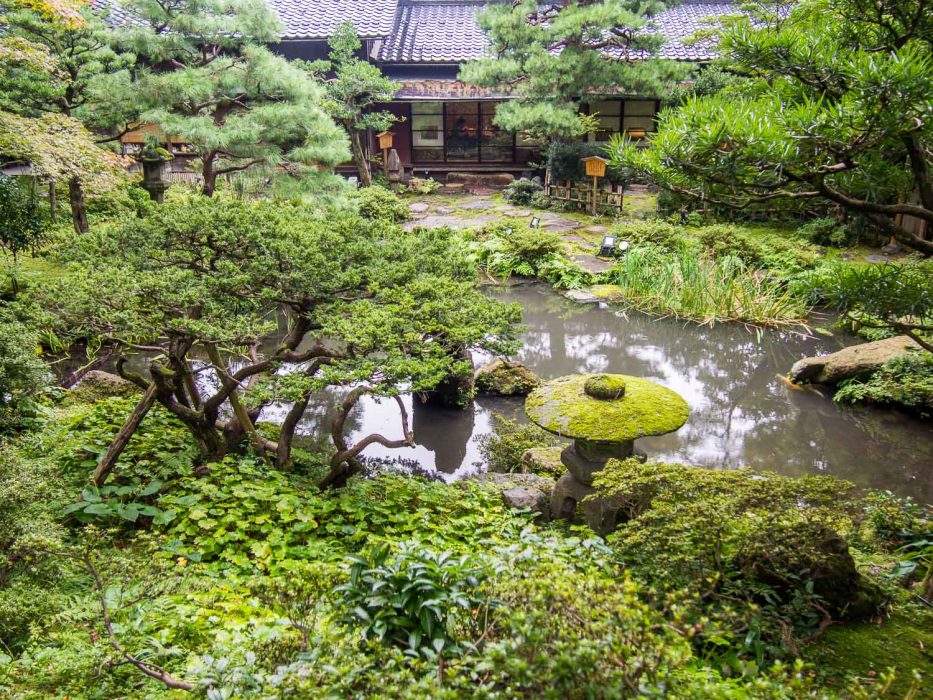
One of the highlights of our trip was the tea ceremony with did with Ms Nishida who is from the fifth generation of the family who owns the gardens.
Wearing an elegant kimono she took us through the rituals of the ceremony, starting with washing our hands and mouths to purify ourselves.
In the tatami room we were served a sweet mochi (rice cake) while she carefully prepared the bright green matcha tea by whisking the powder with hot water in a small bowl.
We learnt the phrases to say to our host and other guests before drinking the tea and how to examine the tea bowl afterwards to appreciate every detail. We then made our own tea for each other.
It was a calming experience and fascinating insight into Japanese culture.
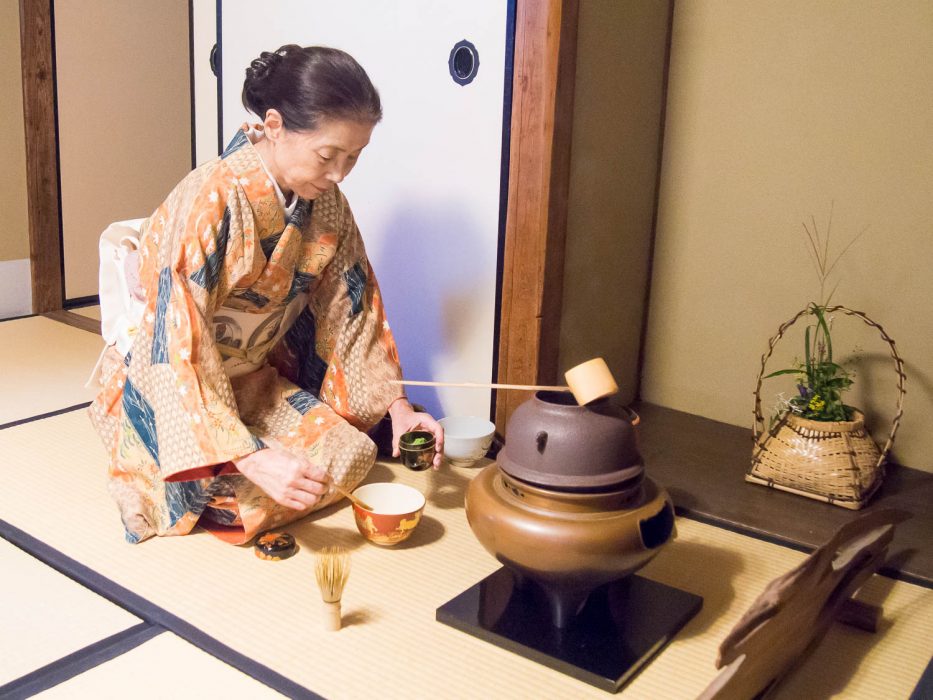
To book the tea ceremony call the gardens or email [email protected] at least three days in advance (response by email is slow). It costs 3000 yen ($21) including entrance to the gardens.
Kanazawa Transport
After spending the morning in Takayama we took the 1.15 pm train to Toyama—another beautiful journey past mountains, rivers, and rice fields—where we switched to the bullet train to Kanazawa. The journey took two hours.
Kanazawa is a large city so we had to take a 10-minute bus ride from the train station to the Katamachi area where we were staying.
From there we could walk to all the main attractions.
Where to Stay in Kanazawa
Smile Hotel Kanazawa was the cheapest ensuite room I found in the centre of Kanazawa.
It’s a standard business hotel with all the usual facilities but our room was larger than in Takayama (with access to the bed on both sides!). The location was convenient as it was a 15 to 30 minute walk to all the sights.
Find more hotels in Kanazawa here .
Where to Eat in Kanazawa
We struggled to find Japanese vegetarian food in Kanazawa so ended up eating Western food.
Slow Luck is a tiny place with four tables run by two young Japanese guys. They make creative, Italian-influenced dishes using organic farm vegetables.
There’s a vegetarian section of the menu and they give you a survey to fill in with what you can’t eat.
The food was amazing including grilled vegetables with a wonderful basil dip and a thin, crispy pizza topped with pesto, potato, and mascarpone cheese that was so good we ordered another one.
Oriental Brewing in the Higashi Chaya area serves craft beer brewed in-house and excellent beer yeast french fries. The pizzas looked good too.
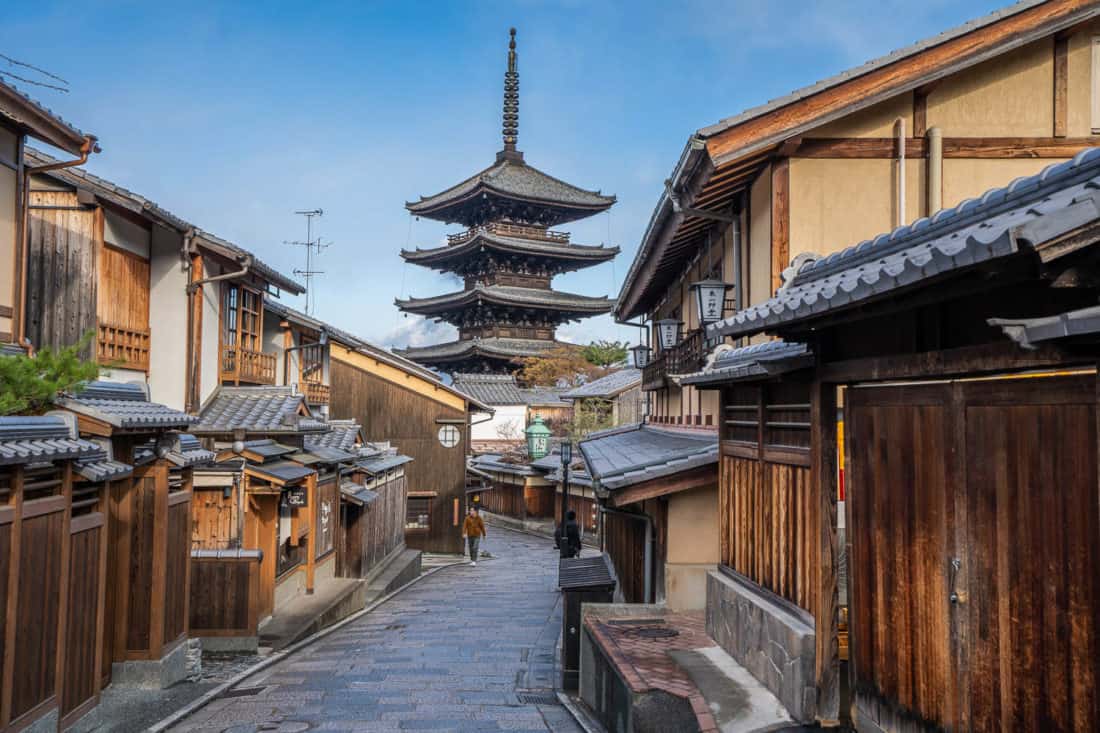
Although we returned to Tokyo (2.5 hours from Kanazawa), I recommend spending the last 3-5 days of your trip in Kyoto, our favourite city in Japan.
There are so many beautiful temples and traditional streets to explore.
It’s 2.5 hours from Kanazawa to Kyoto on the Thunderbird Limited Express train.
After your stay, you could then fly out from nearby Kansai International Airport near Osaka (easily reached by train from Kyoto) or take the bullet train back to Tokyo (2 hours 40 minutes).
Since we travelled this two week Japan itinerary, we returned to Kyoto for a month-long stay and we loved it even more than on our first visit (despite the increase in tourists).
See our Kyoto guides to help plan your stay:
- 26 Unforgettable Things to Do in Kyoto
- 14 Stunning Places to See the Kyoto Cherry Blossoms (if you are visiting in late-March/early-April)
- 16 Best Vegetarian Restaurants in Kyoto
- 14 Best Day Trips from Kyoto
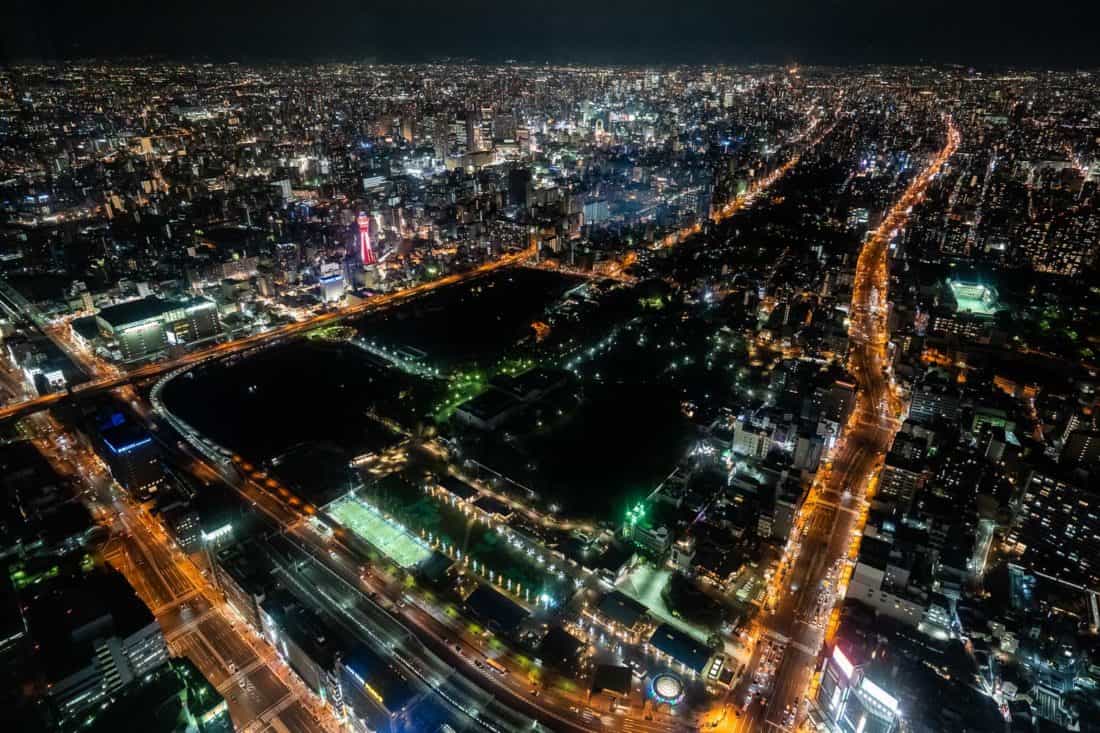
If you have more time or decide to get a 14 Day Japan Rail Pass and spend more time travelling and less in Tokyo, you could consider these destinations that we enjoyed on our last trip:
- Osaka – A fun city with delicious food, the vibrant Dotonburi area, and the Universal Studios Japan theme park (featuring Harry Potter World). You could visit as a day trip from Kyoto or add on a night before flying out from Kansai airport.
- Kinosaki Onsen – Take a break from sightseeing in this beautiful hot spring town, wander around in a kimono, and relax in one of the seven public onsen. Read our Kinosaki Onsen post for everything you need to know including onsen etiquette.
- Nara – Beautiful temples that are an easy day trip from Kyoto .
- Koya-san – A temple town in the mountains a few hours from Osaka where you can stay the night in a Zen Buddhist temple .
- Tsumago – A picture-perfect traditional village of wooden houses in the Kiso Valley.
- Hiroshima – To see the moving Peace Memorial Park and Museum.
- Okayama – Get off the beaten track and use this affordable city as a base for exploring the area. I especially recommend it in cherry blossom season. See my Okayama Japan travel guide for more details.
- Kawaguchiko – The views of Mount Fuji are even better here than in Hakone, but it’s trickier to add into this itinerary.
See our posts on 16 Unmissable Places to Visit in Japan and 54 Top Things to Do in Japan for more ideas.
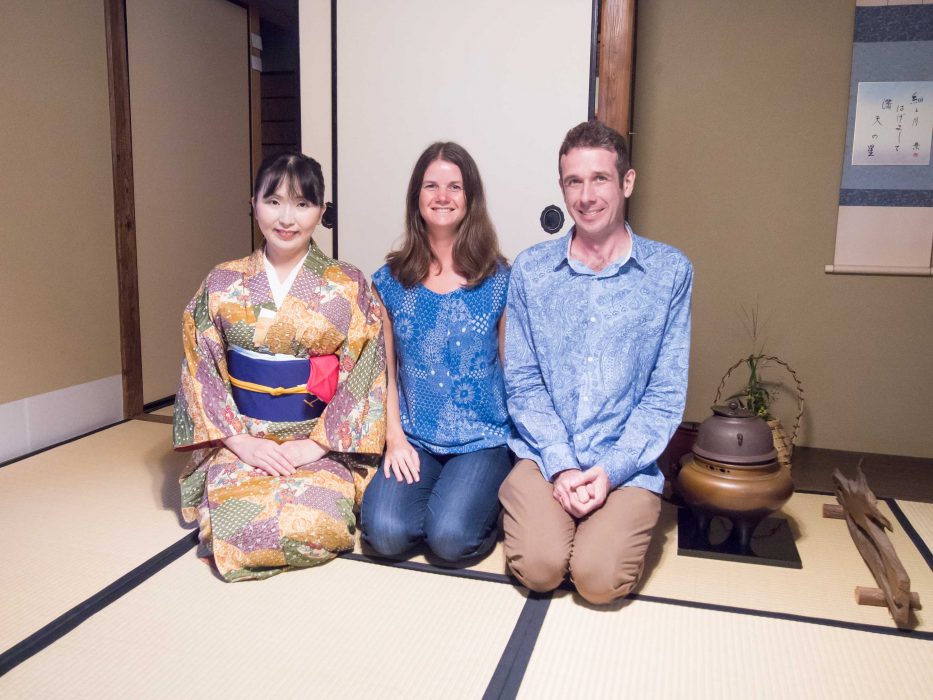
Although this Japan trip budget was from 2017, I don’t think prices have gone up much. The British pound and especially the US dollar is much stronger against the Japanese yen now so you get more for your money.
As I updated the prices in this post, I found that the USD cost had actually gone down significantly.
We spent £180 ($238) a day for two people staying in mid-range accommodation with private bathrooms and one splurge on a lovely ryokan in Hakone. Our average cost of accommodation was £65 ($87) a night.
We ate out for all our meals and spent £42 ($55) a day on food. Most meals were around $20 but we had a few expensive meals like Bon in Tokyo.
We travelled with a rail pass for a week and by trains and metro in Tokyo and averaged £38 ($50) a day on transport. We did plenty of activities and spent £24 ($32) a day on entertainment.
You could certainly travel in Japan for less by staying in rooms with shared bathrooms (or in hostel dorm rooms), cooking for yourself (or eating in the cheap ramen joints), focusing on free activities, and travelling at a slower pace to reduce transport costs.
You can also see our post on how much it costs to travel in Japan from our first trip in 2011. We averaged £140 ($183) a day on a two week trip with one week in Tokyo and one week travelling around with a rail pass.
We were more budget conscious on that trip but still had splurges like ryokan and temple stays and two days at Tokyo Disney.
- Japan Rail Pass – Make sure you order your pass online before you go to Japan.
- Travel Insurance – Essential in case anything goes wrong as Japanese healthcare is expensive. We used True Traveller —they are the best deal we’ve found for UK residents. SafetyWing is another affordable option that’s available worldwide.
- Guide Book – We used Lonely Planet Japan .
- Accommodation – We recommend Vrbo for apartments in Tokyo and Kyoto and Booking.com for hotels everywhere else.
- SIM card – We bought a Umobile data SIM card from a vending machine at Narita airport. Lately we’ve been using Airalo eSIMs which are much easier as they don’t require a physical SIM and you can set it up before you arrive. Check out the Japan eSIMs on Airalo .
This two week Japan itinerary is the perfect introduction to the country for first-timers, and it’s also ideal for second-time visitors like us who want to revisit Tokyo and/or Kyoto as well as explore some new places.
We hope you enjoy this weird and wonderful country as much as we did!
Explore more of our guides to Japan.
- Planning a Trip to Japan: Dos and Don’ts
- 16 Unmissable Places to Visit in Japan
- 54 Unforgettable Things to Do in Japan
- Where to Stay in Japan: The Ultimate Guide to Accommodation
- Is a Japan Rail Pass Worth It?
- Vegetarian Survival Guide to Japan
- 23 Cool Things to Do in Tokyo
If you liked this post, pin it!
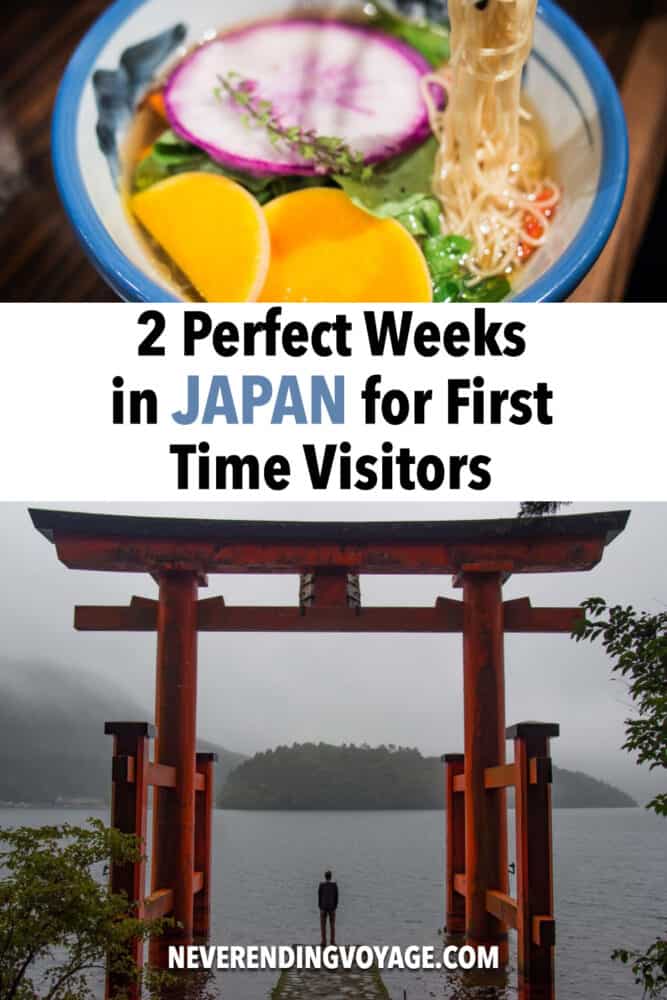
70 Comments
Do you have any other recommendation’s on where to stay in Hakone that is still convenient for the itinerary you did? I tried doing Hotel Musashiya, but the website/google says it is permanently closed… Thank you for this blog! My husband and I are planning a trip for next year and your blog is really helping me out!
Reply ↓
Oh that’s a shame – it looks like they closed last month. I don’t have any specific recommendations – I would search for Moto Hakone in Booking.com and see where comes up. Anywhere in walking distance of Hakone shrine would be great. Enjoy Japan!
Marvelous information and loved the links to the different things you mention. Thank you for taking the time to put it together. I’m planning to go this year and have questions weather to go with a travel company or go on my own. How difficult is it to get around on your own without knowing japanese. Are there any local tour guides you would recommend?
We’ve never used tour guides (except for a few specific activities) and have managed to get around fine without Japanese. Sometimes there are challenges and confusion but the Japanese people are very helpful and Google Translate is handy! Plus signs are in English in train stations these days. I hope you enjoy Japan however you choose to travel there! Erin
As everyobe says – amazing blog thank you. Im looking at following it for a family trip (with teenagers), and replacing the second Tokyo visit for Kyoto as you suggest. Would you recommend flying in and out from Tokyo (direct flights to and from London)? I guess that would mean a train back to Toyko at the end of our trip… is that the most sensible option do you think? Secondly, are there any nice beach locations you recommend that we may beable to include? Thanks so much Sam
Hi Sam, It would be more convenient to fly into Tokyo and out of Kansai/Osaka airport, but there aren’t direct flights from Kansai to London.
It’s only 2hrs 15 minutes on the fastest Nozomi train from Kyoto to Tokyo, so it’s not too hard at the end of your trip (although you may need a night in Tokyo before a morning flight). That’s exactly what we did before travelling back to London last month.
We actually haven’t spent any time at the beach in Japan but Kamakura is an easy day trip from Tokyo.
Have a wonderful time in Japan! Erin
I’m literally at the start of thinking about planning a trip to Japan for my partners 40th in 2025 and this itinerary sounds perfect and has really inspired me!! I’m going to need to start a savings pot for this holiday but can you tell me how much you spent overall? How much were flights? And did you book and pay for everything separately?
Would really appreciate a jump start to my plans!
Thanks in adavance
I don’t know the overall cost and our flight costs wouldn’t be useful as we travel to Japan one way from various places around the world (most recently from Cairns, Australia for example). You can check sites like Kiwi for flight costs (although I prefer to book direct with the airlines).
We do always book and pay for everything separately. I have updated our Planning a trip to Japan post with what we booked in advance and when for our latest trip.
Good luck with the planning!
Hi Erin, Thanks for putting this information out there – it is so helpful as I start to plan our Japan family holiday. A problem we have though, is that our children have sensory issues and would absolutely refuse to eat most of the traditional / everyday food Japan has to offer. How easy is it to come across western-style food options in the places that you mention in your first-timer 2 week itinerary?
You’ll be fine in the bigger cities as there are McDonalds, Starbucks, and lots of Italian restaurants if they like pizza/pasta. The smaller towns like Nikko and Hakone will be more challenging. I would look at Google Maps for towns like that and search for food that your kids like (burgers etc) and see if anything comes up.
You could also try convenience stores which are known for their surprisingly decent food in Japan. As vegetarians we stick to plain rice balls, but there are also sandwiches, pot noodles, and a hot counter with stuff like fried chicken and fries.
Bakeries are another good option – you often find them near train stations.
Mos Burger is a Japanese burger chain that could maybe work.
Hi Erin, what a wonderful piece of work. The information is so useful for my planned 2 week trip next late September. I have a question or 2. This will be our 2nd visit. First time it was Kyoto 3 nights and Tokyo 5 (Rugby world cup). We are foodies and part of our return trip will be this focus along with all the natural wonders of this country. I was particularly interested in your comments of having a base and doing day trips rather than lots of mini stays. Initially i planned 5 nights Tokyo, 1 overnight Onsen stops on way to Takayama 2 nights and Kanazawa 1, then skipping Kyoto to see Osaka Hiroshima and Mayajima…but what a shame to miss a bit more of Kyoto? so maybe no Onsen on way and just do 4 stays in Tokyo- but day trip to Onsen, then Takayama and Kanazawa, and finally Kyoto with day trips to Osaka, and Hiroshima and Mayajima. Do you think that makes more sense and is quite do able, probably offering a more chilled experience?
Kyoto is our favourite place in Japan and even with repeat extended visits, we still never run out of places to see.
It is a good base for day trips too. Definitely Osaka (maybe go afternoon/evening so you can enjoy dinner and the lights at night). Hiroshima/Miyajima is a much longer day trip but it is doable if you get an early start.
You could maybe look for a ryokan with an onsen in Takayama to have that experience there.
What would you suggest for a three weeks in October?
Hi Julie, October is a great time everywhere. It depends how much you want to move around. You could follow this itinerary and add more time in various places, especially Kyoto.
If you want to add some extra places, you could head further south to Hiroshima and Miyajima.
Or if you want to see some autumn colour, it’s too early for Kyoto and Tokyo, so you’ll need to head further north or up into the mountains.
Options that are easy to add onto this itinerary are Kamikochi (a mountain town near Takayama) or the Nikko area (take the bus from Nikko town to Chuzenji Onsen/Kegon Falls or Yumoto Onsen).
thank you so much for the clear explanation. I really appreciate it. Can you guys tell me how much money will needed for all of these travels above ?
You can see the budget section in the post for a rough idea.
Hi! This is super informative for our upcoming first-time visit to Japan. Do you think it’s okay to visit Osaka as a day trip or should we stay overnight? Tentative: 5 nights Tokyo, 2 nights Takayama, 1 night Kanazawa, 3 nights Kyoto and 3 nights Tokyo. We’re flying in/out of Tokyo and hoping to get by with 7 day JR pass. Also, wanted to visit Hakone, but not enough nights – or I suppose we could do as day trip from Tokyo-and pay separately? i.e. not part of JR pass?
Honestly, I’d be tempted to skip Osaka. It makes most sense to do a day trip from Kyoto, but you only have 3 nights in Kyoto and there’s so much to do there. Plus Osaka is more similar to Tokyo, where you have plenty of time.
You can do Hakone as a day trip from Tokyo and pay separately. You can’t use the JR pass from Odawara (where you change to get to Hakone) anyway and you can buy the Hakone Free Pass with the option to include the train from Shinjuku: https://www.odakyu.jp/english/passes/hakone/
Have a wonderful trip!
Thank you! This is so helpful!
This site is amazing. I have written down so much. I have so much that we want to do in 2 weeks and was wondering if you could suggest the best way to go about it. Tokyo Disneyland Kyoto Universal studios Hiroshima
We have two kids who do not want to miss these things.
A possible itinerary would be Tokyo (including Disney) – Kyoto – Hiroshima – Osaka (for Universal). You can get the train everywhere. If you can fly into Tokyo and out of Osaka that would be ideal or you can just get the train back from Osaka to Tokyo.
For Disney, if you just want one day in the parks you can do a day trip from Tokyo. If you want to visit both parks in two days, it might be easier to spend a couple of nights close to the park before moving on to Kyoto. We’ve done it both ways and like staying near the park to avoid a busy early morning commute, but changing hotels is the downside.
What an amazing guide! Do you think these prices are still pretty accurate united states dollar wise? When was your trip in which you spent around $238 a day? Also I am allergic to wheat/gluten, eggs, and dairy so eat vegan and gluten free… maybe some fish here and there. Is it hard to eat gluten free in Japan?
That trip was about 4 years ago. If anything you get much more dollar to the yen these days so I don’t think prices will have gone up too much. Of course, it’s difficult to say what will happen when the borders finally reopen. Prices (for hotels etc) may go up if there’s a lot of pent up demand.
I’m afraid I’m not sure about gluten free eating in Japan.
After trawling through so many sites I found your guide absolutely marvellous. So many great tips, and a true travellers experience. I will be travelling on my own, it’ll be my first time to Japan so your advice has been really helpful. I don’t want to miss out on anything so I’ll make sure I take on board all your recommendations. I didn’t have any idea how long to stay in Japan so I’ll base it on 2 weeks as I’ll be travelling on to other countries afterwards. Thank you for taking the time to share all your knowledge, I’ve found it really helpful
Hi Lisa, Thanks for the kind words! 2 weeks is a great introduction to Japan, although if you’re like us, it’s never enough!
Hi Erin Again thank you for your very informative blog! We’re travelling to Japan in April (my daughter and I) and was hoping you could suggest some accommodation preferably hotels near transport. I have yet decided whether to purchase a JR rail pass. We will be in Tokyo then (as per your suggestion) Kawaguchiko and from there to Kyoto then Osaka Thank you Maria
Hotel Sunroute Plaza is close to Shinjuku Station in Tokyo.
We liked Kawaguchiko Lakeside Hotel . It’s a longish walk from the train station but near a bus station and the hotel will pick you up from the station.
You can’t get any closer to the train station in Kyoto than Hotel Granvia although we prefer to get a taxi to Gion and stay there.
There’s also a Hotel Granvia in Osaka Station .
Enjoy Japan!
This is the first Japan travel website I have found whee I found myself agreeing with pretty much all of your recommendations, not just for which cities and towns to visit but what to do in those cities and cities. Amazing. One clarification – there is no bullet train from Kanazawa to Kyoto. Not yet, anyway, although it is being built. I suspect you were thinking of the Thunderbird train instead.
Thanks very much Steve! I’ve updated the post now as you’re right – it’s the Thunderbird train not a bullet train from Kanazawa to Kyoto.
Thank you for putting together this information, it is very valuable for planning our next trip to Japan.
Thanks Kyle! I’m glad it helped and have a wonderful trip!
Hi guys, such valuable information. Thank you! I am hoping you could help me make a decision on which places to visit, if I am planning to visit Japan for 10 days. I was going through your blog and every place listed in the 2 weeks trip to Japan seems unmissable. Can you please suggest, places to visit for 10 days. I will be travelling with elderly people (80’s) and vegetarians. Looking forward to your suggestions. Thank you!
I would recommend Tokyo, Hakone, Takayama and Kyoto. You’ll have an amazing time wherever you go! Enjoy!
Absolutely LOVING your Japan guides. I have already taken your advice and booked Shinjuku in Tokyo and adding extra time in Kyoto. I stumbled upon your site when looking for vegetarian food in Japan, I have a feeling you will be a life savers. I will be there in mid-December, do you have any extra tips for things to see in winter, in addition to the above? thanks
I’m so glad you’ve found them useful, Sudeep!
Winter is great for onsens so you might want to consider visiting an onsen town like Kinosaki Onsen: https://www.neverendingvoyage.com/kinosaki-onsen-japan/
If not, Kurama onsen in the mountains near Kyoto is supposed to be nice and you can easily visit on a half day trip. It’d be nice after hiking from Kibune. More details in this post: https://www.neverendingvoyage.com/things-to-do-in-kyoto-japan/ (we did the hike in the summer so didn’t use the onsen).
Have an amazing trip! Erin
My wife and I will be going to Japan next year, and were thinking about going the last week of September and the first week of October like you did. With that being said, how was the weather?
It was pretty hot in Tokyo (made 25ºC) and cooler at higher elevations like in Takayama (especially at night when it got pretty chilly). We had some rain, some sunny days. Layers are the way to go as you’ll need to be prepared for everything! It depends where you go though – Tokyo and Kyoto should be warm but norther north or higher up will be colder.
It’s a quieter time of year so I think it’s a good time to visit. Enjoy!
Wow, my husband and I are planning 3 weeks travelling around Japan in March/April 2020 and I am so glad I found your report. My husband worked in Tokyo for 3 weeks and managed a few weekends out sightseeing but had always talked about going back. We are only in the initial stages of planning but this is really helpful especially as I am pescatarian and although my hubby eats meat, he is the chef at home so cooks veggie and fish (we don’t buy meat) and if he fancies meat he eats this when we are out. We are in our early 50’s but love to walk and cycle around and don’t like package deals or organised tours. We live in Greece so have sun and beaches for 9 months of the year so our holidays are based around food, culture, sightseeing and new experiences. Great tips on travelling light, I hadn’t even thought about a big suitcase and moving from hotel to hotel, the JR pass in advance and veggie cards to take and learning a few words, we have the whole Winter to learn (Greeks hard enough though!) The colours and the food look amazing, we are so looking forward to 3 weeks of planning. A big thank you from us ….. India next so we will be back ….
Spring is a wonderful time of year for Japan so I’m sure you’ll have an amazing time. I have some more posts coming soon about our spring trip, especially using Okayama as a base for some more off-the-beaten track locations. I mentioned a few in this post: https://www.neverendingvoyage.com/kyoto-cherry-blossoms/
You’ll be fine as a pescatarian in Japan as there are plenty of fish-based dishes.
Erin, I rarely… And I do mean rarely – ever make comments in regards to travel blogs. I honestly am so impressed with the amount of information and meticulous detail that you have included on Japan. The content is compelling enough to keep me engaged throughout the entire peace. I can honestly say it is the best that I have ever seen. I hope that your sponsorship/advertisers understand what true value you are offering to people and comfort when it comes to making decisions, saving money, and more. You truly are a master in the field of travel blogging. I wish you all the best in your future travels and blogging, I will definitely be reading.
Thank you Geoff for your very kind words – that means a lot!
This is great inspiration for a first timer to Japan. I will be using it lots for plan my trip next March. Thanks!
Thank you so much for all this write up about you Japan trip. Really a great read! We as family of four are planning to see Japan this last week of October thru the first week of November, hoping to see the splendor of the season of fall in that region. Anxious about this trip, your blog has made my planning a lot easier. Thank you!
Have a wonderful time in Japan, Noel!
Hi Erin. I am hoping to plan a 2 week tour in Japan in April 2021 for my Dragon boat team of 25 women. Would you still suggest your itinerary for such a large group? I am in the initial stages of planning and I am open to any hints that you can offer. Thx so much. Gloria
I would say it’s possible. Maybe skip Nikko though to reduce the number of one night stays. I imagine travel days might be a bit complicated with a big group so consider visiting fewer places and staying for longer. You could also visit Nikko as a day trip from Tokyo. Good luck with the planning!
What is the cost of this two week trip? My cousin and I are saving up to go to Japan for two weeks next June.
See the budget section of this post :)
Hi, This is a very good and exhaustive writeup . Thanks again. This helped me streamline my itineraries better. I have one concern though and it is on the AirBnB accomodation. Is it OK for you to suggest the best way to choose one here? I am also looking out in Shinjuku area.
The way I find somewhere on Airbnb is to type Shinjuku Tokyo into the search bar then choose homes, your dates, number of guests, home type (entire place) and then use filters to narrow things down (for example we like to have wifi, kitchen, washer, and air conditioning in the summer).
I then use the map view to zoom in to around the Shinjuku station area and see what’s available. If there aren’t any you like them remove a filter or widen the area of the map. I recommend choosing a place that has at least 5 reviews. Feel free to message a host if you have any questions before you book.
Good luck with it! Erin
Hi, we are a family of 4 and planning to visit next Nov 2019. Thank you for sharing your journey it sounds and looked amazing. Hope to follow some of your trips but not planning to stay 2 weeks.
So just wanted to thank both of you for sharing your experiences and photos. I now have an idea what to expect and cost wise as well.
Thank you All the way from New Zealand
Thanks for the feedback Sharlene and have an amazing time in Japan!
Your series of posts about Japan is amazing! The details you include are definitely invaluable. I am in the very preliminary stages of planning a 2?-week vacation there (my wife and daughter pester me weekly, if not daily, to go; I was born in Kyoto, been back once, but don’t remember much of it, besides the food).
I do have some questions for you, hope you don’t mind:
how did you figure out the “little things” (for example, As we were staying in Moto Hakone we took the H bus there from Odawara; On our way back to Odawara station we continued with the loop by taking the bus to the Ninotaira Iriguchi stop and walking to the Hakone Open Air Museum). did you plan these in advance? did you ask locals? you just stumbled up on these?
I presume you don’t speak fluent Japanese (forgive me, if you do), but were you able to get assistance, if you needed? Between my wife, my daughter, and myself, we may be able to get by, but I’m curious.
Did you encounter many situation when your JR pass couldn’t be used?
Thanks again for taking the time to write and post your experiences.
Hi Charles I’m so glad you’ve found the posts useful.
I figure out the little things by doing a lot of research online in advance. So for Hakone I studied the Hakone free pass map and found the bus timetable and map. I’m sure we could have also asked our hotel but I like to be prepared!
I only speak a few words of Japanese but we managed to get by fine. On our last visit we noticed that many more locals spoke English than on our previous trip. People are really helpful – when we look confused at a train ticket machine at the airport, for example, a young Japanese guy approached us to help (he spoke English). Google translate is also really useful – we used the camera feature a lot to translate food labels (as we’re vegetarian we have to be more careful). It’s definitely worth getting a SIM card for your phone so you can translate things and use Google Maps to get around (we never needed to ask for directions).
On our last two trips we couldn’t use our rail pass to get to Mount Koya and in Hakone (where we bought the pass at Odawara). We also had to get a slower train from Tokyo to Nikko. It still worked out good value for us even paying for the extra tickets.
I hope you do make it to Japan! Erin
I love al the info you have about Japan. I am super excited as I am planing in visiting 2020 spring time. I will be traveling along for 3 or 4 weeks. If anyone has recommendations or any helpful advice about places I should visit, please leave me a message. thank you
We’re in Japan right now. Spring is a lovely time to be here – don’t miss Kyoto as the cherry blossoms are amazing. I’ll be writing more about spring/cherry blossom season travel in the next few months so look out for those posts (or sign up to our newsletter https://www.neverendingvoyage.com/newsletter/ ).
Wow, this article is fantastic! I’m currently planning my trip to Japan for the 2020 Olympics, which will knock off 2 items from my bucket list! :). Thanks for sharing your adventure. I will surely take notes and consider your recommendations.
I’m glad you enjoyed it and hope you make it for the Olympics!
Amazing website and all the links is helping me plan our trip to Japan this summer. We only have booked our tickets, its time to fast track on booking accommodation. Cant wait to see the beauty of Japan!
I’m really glad you found it useful. Have an amazing trip to wonderful Japan!
Thank you ! I find this very interesting and useful for my up coming trip to Japan in summer 2018. This will help me plan my family trip to Japan without having to pay so much to the travel agency. Thank you again and i m very much appreciate the sharing of your Japan trip.
Please let me know Anita if you have any questions and good luck with the planning!
Hi . Been searching for travel tips going to Japan and Im so glad I found your blog. Will surely follow your suggestions. Cant wait to go to Japan next year. Booking our trip now while its cheaper. Thanks for all your insights, really helps. More power and more traveling.
I’m glad you found it useful and have an amazing trip to Japan!
Japan seems to one of the world’s hottest travel destinations at present. I’ve been just once and would love to return. Thanks for the handy advice.
Tourism numbers have been growing at a rapid rate there. I’m not surprised as it’s a fascinating country. We’re already planning our third trip!
Nice interesting post, thank you for sharing it ! Japan is such a beautiful and awesome country.
Thank you. It is an amazing place.
I’ve been wanting to go to Japan for years now, but it’s always been just a bit too far out of the way on our travels. I’ve seen videos of the maricart tours before and they look fun. I’ve never heard of tofu skin – was it good?
I can’t recommend it enough Rhonda. My biggest regret is that we waited six years to return – put off by the cost. It is absolutely worth some effort to get there as it’s such a unique place.
Japan does tofu like nowhere else -there are actually tofu speciality restaurants (not vegetarian either). The tofu skin has a pretty subtle flavour but I like it.
Leave a Reply Cancel reply
Required fields are marked *. Your email address will not be published. By clicking the Submit button, you give consent for us to store your information for the purposes of displaying your comment and you accept the terms of our Privacy Policy .
This site uses Akismet to reduce spam. Learn how your comment data is processed .

- 2 Weeks for Couple
- 2 Weeks for Family
- Thailand Lantern Festival
- Indonesia(Bali)
- South Korea
- China (HK, Taiwan)
- Itinerary Ideas
- Asia Highlights Travel Reviews
- Thailand Travel Reviews
- Vietnam Travel Reviews
- Cambodia Travel Reviews
- Japan Travel Reviews
- Myanmar Travel Reviews
- China Travel Reviews

2 Weeks in Japan:Top 5 Itineraries for First Visit 2024/2025
Most first-timers to Japan typically spend 8–12 days exploring the country, but spending 2 weeks in Japan would allow you to have a deeper and more comprehensive experience.
One week is perfect for exploring the essence of Japan in Tokyo, Kyoto, and Osaka, and then you could dedicate another week to another region , such as Hokkaido, traditional villages in central Japan, or the southern islands. You could also choose to spend a week in Japan and another week exploring the highlights of a neighboring country such as South Korea or China.
In this article, we've carefully selected five 2-week Japan itinerary suggestions to help you create a stress-free and beautiful journey. Each itinerary would be customized for iconic scenery if you choose to travel with us in the cherry blossom season (March to April), and we would, of course, customize the itinerary based on your preferences at any time of the year.
- Itinerary 1: For Families with Teenagers
- Itinerary 2: Essence of Japan with Yokohama
- Itinerary 3: Japan with Hokkaido's Ainu Aboriginal Culture
- Itinerary 4: Explore Japan and South Korea
Itinerary 5: Classic Japan and China
How much does 2 weeks in japan cost.
Discover real reviews of Highlights Travel Family 's best-rated service across trusted platforms.
Itinerary 1: For Families with Teenagers, Featuring Hands-On Activities
- 3 nights in Tokyo
- 1 night in Takayama
- 1 night in Kanazawa
- 2 nights in Kyoto (side trip to Nara)
- 1 night in Hiroshima
- 4 nights in Osaka
This 2-week Japan itinerary is excellent for families with teenagers. It satiates kids' love for anime, offers plenty of family-friendly activities that both children and adults could enjoy, visits unique traditional villages, explores Hiroshima, and you won't have to change hotels frequently.
Start your journey from vibrant Tokyo. There are abundant experiences you could enjoy with your kids, such as discover the most beloved Pokémon Center, indulge in interactive experiences at high-tech museums like teamLab Borderless, and make a bowl of delicious ramen with the help of a skilled chef at one of the best ramen shops.
Then, take a comfortable ride on the Shinkansen to delve into the picturesque towns of Takayama, Shirakawa, and Kanazawa. You could taste Hida beef, which melts in your mouth, admire the traditional farmhouses characterized by their steep thatched roofs resembling 'praying hands', and witness the transformation of chopsticks or porcelain into golden masterpieces under your craftsmanship.
Continue your trip in Kyoto. Don't forget wear kimonos to wander through ancient shrines, feed friendly deer in Nara, and spend a night at a Japanese-style ryokan (traditional inn) with a family room (accommodating 3–5 people).
A ryokan typically has 5–15 rooms and they are easily fully booked, so you're advised to book at least 3 months in advance to ensure a wider range of options. Our Japan travel advisors would help you to select a family-friendly ryokan based on your preferences .
Hiroshima was the first city to be hit by an atomic bomb. Visit the site of the bombing and explore the museum. You could see the collection of items left behind after the attack and appreciate the importance of post-war peace.
Complete your trip in Osaka. Your whole family could try on ninja outfits to learn about the weapons and techniques with a ninja master, spend a day fully immersed in the magic world of Mario at Super Nintendo World, and experience unique ukiyo-e printmaking.
If you have other requirements , our Japan travel advisors can make it happen.
Itinerary 2: Essence of Japan with Biking in Yokohama
- 4 nights in Tokyo (side trip to Mount Fuji)
- 1 night in Yokohama
- 3 nights in Kyoto (side trip to Nara)
With this 2-week Japan itinerary, you could cover the major highlights in Tokyo, Kyoto, and Osaka at a leisurely pace. Enjoy a panoramic view of Mount Fuji by cable car, experience a memorable night at a traditional ryokan, feed deer in Nara, and try your hand at ukiyo-e printmaking for a unique souvenir.
Yokohama offers a fantastic opportunity to explore the city's sights by bike. It's extremely attractive during the cherry blossom season (March to April) when you could enjoy the cherry blossoms lining the flat roads. The spring winds carry the petals and drop them on you, creating a delightful experience.
Itinerary 3: Archetypal Japan with Hokkaido's Ainu Aboriginal Culture
- 2 nights in Kyoto
- 1 night in Osaka
- 3 nights in Sapporo (side trip to Otaru)
- 2 nights in Noboribetsu
- 1 night in Hakodate
In this 2-week Japan itinerary, you could spend 1 week experiencing the main attractions and authentic activities in Tokyo, Kyoto, and Osaka. You would visit traditional shrines, sample various Japanese cuisines, stay at a ryokan, and participate in unique Japanese experiences.
Spend another week in Hokkaido, the northern island of Japan. Hokkaido is home to the Ainu, the indigenous culture that has greatly influenced the region's history and culture. You could explore Ainu tools and weapons to gain an insight into the Ainu way of life at Historical Village of Hokkaido in the main city of Sapporo.
If you're looking for a more immersive experience, visit Noboribetsu, which boasts an Ainu village offering traditional performances, authentic Ainu cuisine, and engaging activities showcasing their traditional handicrafts.
Itinerary 4: Explore the Highlights of Japan and South Korea
- 3 nights in Seoul, South Korea
- 3 nights in Busan
- 2 nights in Osaka, Japan
- 2 nights in Hakone
Japan and South Korea are popular for their anime and K-pop cultures respectively, making them dreamy destinations for many kids. With this 2-week itinerary, you could cover the major highlights of both countries and expect abundant family-friendly experiences.
To get more awe-inspiring moments, you're highly recommended to warm up to oriental culture in South Korea and then travel to Japan, as Japan provides more hidden gems for you to unveil.
In South Korea, dance with your teenage kids at a fun-filled K-pop dancing class guided by a professional choreographer, explore the DMZ's tunnel to uncover wartime stories, wear a hanbok to wander through the history-filled Gyeongbokgung Palace and feel like you've traveled back in time, sample Korean snacks at a vibrant local market, and feed seagulls on a sandy beach.
In Japan, you could take the Shinkansen to explore various cities efficiently, immerse yourself in an exciting ninja adventure with your family donning ninja outfits, feed deer in Nara, relax in a traditional ryokan with an onsen (hot spring bath), make sushi as your lunch, and enjoy desserts at an anime café themed with your kids' beloved cartoon characters.
You can just tell us your preferences and requirements and our Japan travel consultant will customize a tour for you.
- 3 nights in Tokyo, Japan
- 3 nights in Kyoto
- 3 nights in Beijing, China
- 2 nights in Xi'an
- 2 nights in Shanghai
This 2-week Japan and China itinerary allows you to explore the best of the 'golden triangle' cities of both countries. Traveling to Japan first and then to China would give you a progressive adaption and understanding of Eastern culture. China offers more famous historical buildings than Japan and is one of the main origins of oriental culture.
In Japan, you could explore the perfect blend of historical and modern in Tokyo, stay at a Japanese-style ryokan with an onsen in Hakone, and immerse yourself in the culture-rich city of Kyoto. You could experience the best of Japan in these cities.
China owns many historical buildings that would make you appreciate the charm of its 5,000 years of history. Explore the best-preserved Forbidden City and the Great Wall in Beijing, visit the impressive Terracotta Army and create your own terracotta warriors at a cave-dwelling in Xi'an, and enjoy the charming night views from the Bund in Shanghai.
US$350–500 per person per day is the typical cost for a private tour with 4-star hotels, based on a family of 3–5 people. This includes a private guide, private car, full-day itinerary, tickets for attractions, all intercity transport within Japan, and handpicked 4-star hotels. Therefore, the total cost for 2 weeks in Japan is about US$4,900–7,000 per person (international flights are not included).
Why Asia Highlights (10,000+ reviews & 98.8% 5-star rating)
- Save Your Time:
- Less research, more enjoyment!
- Real-time 1V1 expert planning
- Maximize Your Flexibility:
- Personal local guide and ride
- Explore at your own pace
- Celebrate Your Journeys:
- Specially-crafted family adventures
- Celebrate milestones with style!
- 10-Day Japan Cherry Blossom Spring 2025 Mini-Group Tour
- 2-Week Japan Private Family Vacation
- 12-Day Classic Japan Tour
- 9-Day Japan Highlights Tour
- Plan a Family Trip to Japan 2024/2025: Experiences and Itineraries
- Plan a Japan Cherry Blossom Trip 2024/2025, Dates and Avoid Crowds
- 12 Days in Japan: Top 4 Itineraries for First Visit 2024/2025
- 1 Week in Japan: Top 5 Itineraries for First Visit 2024/2025
- Japan Weather in January: Travel Tips for First-Timers
- Japan Weather in February 2024: Travel Tips for First-Timers
- Japan Weather in March 2024: Travel Tips for First-Timers
- Japan Weather in April 2024, Travel Tips (for First-Timers)
- Japan Weather in May 2024: Travel Tips for a First Visit
- Japan Weather in June 2024: Coolest Summer Month, Travel Tips for First Visit
- Japan Weather in July 2024: Full of Festivals, Travel Tips for First Visit
- Japan Weather in August 2024: Travel Tips for First Visit
- Japan Weather in September, Travel Tips (for First-Timers)
- Japan Weather in October 2024: Travel Tips for First-Timers
- Japan Weather in November 2024: Best Autumn Month, Travel Tips
- Japan Weather in December 2024: Travel Tips for First-Timers
Get Inspired with Some Popular Itineraries
At Asia Highlights, we create your kind of journey — your dates, your destinations, at your pace. You can have any trip tailor made for your travel.
More Travel Ideas and Inspiration
Sign up to our newsletter.
Be the first to receive exciting updates, exclusive promotions, and valuable travel tips from our team of experts.
Why Asia Highlights
Where can we take you today.
- Middle East
- African Safari
- Travel Agents
- Loyalty Program
- Our Differences
- Privacy Policy
Address: Building 6, Chuangyi Business Park, 70 Qilidian Road, Guilin, Guangxi, 541004, China
Travel Budget
This page is meant to give you a rough idea of the cost of individual travel in Japan by introducing some sample budgets. Note that accommodation rates can increase during peak seasons in popular destinations which is not reflected by the numbers below. View also our pages about budget travel , package tours and suggested itineraries to see the sample budgets applied to specific itineraries.
Sample daily budgets
The numbers below do not include the cost for transportation and heightened accommodation rates during peak seasons. Click here for the current yen exchange rates.
Accommodation
Below are typical rates for accommodation outside the peak seasons . Rates can increase considerably during the peak seasons! Check our accommodation page for more information on different accommodation types and corresponding price ranges.
Low budget: 3,000 - 5,000 yen per night and person Dormitories and hostels , found in most cities of Japan, typically charge below 5000 yen per night and person. Furthermore, booking services like Hostelworld offer great deals.
Medium budget: 6,000 - 12,000 yen per single room and night 8,000 - 15,000 yen per double room and night At this level, you will find rooms in business hotels , minshuku and inexpensive, no-frills ryokan . Some tour packages (for individual travelers) include accommodation at quality Western-style hotels at this price level.
High budget: over 12,000 yen per single room and night over 15,000 yen per double room and night Starting around 12,000 yen per person, you can get rooms in better business hotels and inexpensive Western-style hotels. A stay at a ryokan with two meals included typically costs between 15,000 and 30,000 yen per person and night. For a room in a 4 or 5 star Western-style hotel, you typically pay from 25,000 to 50,000 yen per room and night.
Low budget: 500 yen per day At this level, you will have to live from convenience store food (bread, rice balls, etc.) and fast food restaurants like McDonald's or Mister Donut which offer inexpensive breakfasts.
Medium budget: 500 - 1000 yen per day Many coffee shops and some restaurants in shopping areas and around train stations offer breakfast sets for around 500 to 1000 yen.
High budget: above 1000 yen per day Hotel breakfasts and breakfast buffets will usually cost you more than 1000 yen. Breakfast buffets in first-class hotels typically cost at least 3000 yen.
Low budget: 500 - 800 yen per day Inexpensive lunch boxes are available in convenience stores and stands in railway stations and business districts. Various fast food restaurants , specializing in noodles, curry, domburi or hamburger, also offer relatively filling meals for 800 yen or less.
Medium budget: 800 - 1500 yen per day At this level you will have an even larger range of inexpensive restaurants such as the above mentioned fast food places, plus restaurants which offer lunch set specials for around 1000 yen.
High budget: above 1500 yen per day A lunch at better restaurants costs typically between 1500 and 3000 yen.
Low budget: 500 - 1000 yen per day Convenience stores sell various, inexpensive ready-to-eat meals. Other options are again cheap fast food restaurants .
Medium budget: 1000 - 2500 yen per day Conventional restaurants are generally more expensive in the evening than during lunch time, as there are no lunch specials. At this level, you will be able to enjoy a nice dinner at a wide range of fast food and conventional restaurants, including the restaurants found in department stores where meals typically cost between 1000 and 2500 yen, not including alcoholic drinks.
High budget: above 2500 yen per day With 3000 yen per person you will be able to have a good dinner at a wide range of restaurants . Calculate 5000 yen upwards per person for a dinner at upper class restaurants specializing in sushi , French cuisine, sukiyaki, kaiseki ryori, steaks, etc.
Sightseeing
Low budget: 0 - 500 yen per day Japan offers many free attractions. Most shrines and some temples do not charge admission fees. A few museums charge no admission on one day of the week or month.
Medium budget: 500 - 2000 yen per day Admission to famous temples costs between 300 and 1000 yen. Most museums and castles charge about 500-1500 yen per person.
High budget: above 2000 yen per day Some museums and attractions (usually outstanding ones or tourist traps) charge between 1,500 and 3,000 yen per person. Admission to large theme parks typically cost around 5,000-10,000 yen per day.
Transportation
Low budget: Highway buses , the Japan Bus Pass and the Seishun 18 Kippu (only available during certain times of the year) are among the cheapest ways of traveling in Japan.
All budgets: Travelers of all budgets should consider purchasing a rail pass . Over long distances, domestic flights are often more economical, if you take advantage of the various discount offers .
Questions? Ask in our forum .

- Travel Planning Guide
Japan Travel Budget - Visit Japan on a Budget or Travel in Style
- Japan Costs

- Is Japan Expensive?
- How much does a trip to Japan cost?
- Japan On-Your-Own Itineraries
- Yaeyama Islands
- Japan Hotel Prices
- Japan Cities: Hotel Prices by City
- Best Beach Hotels in Japan
- Best Hotels for Scuba Diving in Japan
- Best Hotels for a Weekend Getaway in Japan
- Best Cheap Hotels in Japan
- Best Hotels for First Time Visitors in Japan
- Best Business Hotels in Japan
- Best Romantic Hotels for Couples in Japan
- Best Family-Friendly Hotels in Japan
- Best Luxury Hotels in Japan
- Best Hotels for Skiing in Japan
- Best Hotels for One Night in Japan
- Best Hotels for One Week in Japan
- Best Party Hotels in Japan
- Best Pet-Friendly Hotels in Japan
- Best Adults Only Hotels in Japan
- Where Do Backpackers Go in Japan? A Review of Hostels and Guesthouses.
- Hostel Prices & Reviews
- Japan Activities
- Japan Tour Prices
- The Best Family-Friendly Tours to Japan
- The Best Hiking & Trekking Tours in Japan
- The Best Historical Tours in Japan
- The Best 10-Day Tours in Japan
- The Best One Week (7-Day) Tours in Japan
- The Best 2-Week Tours in Japan
- The Best Bicycle Tours in Japan
- Tours for Outdoor and Nature Lovers in Japan
- The Best Christmas & New Years Tours in Japan
- The Best Coach Bus Tours in Japan
- The Best Adventure Tours to Japan
- The Best Eco Tours in Japan
- The Best Train & Rail Tours in Japan
- The Best Sightseeing Tours in Japan
- The Best Cultural Tours in Japan
- The Best Food and Culinary Tours in Japan
- The Best Romantic Tours for Couples in Japan
- The Best Walking Tours in Japan
- The Best Luxury Tours to Japan
- The Best Budget Tours to Japan
- The Best Tours for Seniors to Japan
- The Best Contiki Tours to Japan
- The Best G Adventures Tours to Japan
- How much does it cost to travel to Japan? (Average Daily Cost)
- Japan trip costs: one week, two weeks, one month
How much do package tours cost in Japan?
Is japan expensive to visit.
- How much do I need for a trip to Japan?
- Accommodation, Food, Entertainment, and Transportation Costs
- Travel Guide
How much does it cost to travel to Japan?
Past travelers have spent, on average for one day:
All of these average travel prices have been collected from other travelers to help you plan your own travel budget.
- Travel Style: All Budget (Cheap) Mid-Range Luxury (High-End)
Are You an Experienced Traveler?
Help other travelers! Answer a quick question about your past travels. Click here: let's do it!
How much does a one week, two week, or one month trip to Japan cost?
A one week trip to Japan usually costs around $0.00 (¥0.00) for one person and $0.00 (¥0.00) for two people. This includes accommodation, food, local transportation, and sightseeing.
A two week trip to Japan on average costs around $0.00 (¥0.00) for one person and $0.00 (¥0.00) for two people. This cost includes accommodation, food, local transportation, and sightseeing.
Please note, prices can vary based on your travel style, speed, and other variables. If you're traveling as a family of three or four people, the price per person often goes down because kid's tickets are cheaper and hotel rooms can be shared. If you travel slower over a longer period of time then your daily budget will also go down. Two people traveling together for one month in Japan will often have a lower daily budget per person than one person traveling alone for one week.
A one month trip to Japan on average costs around $0.00 (¥0.00) for one person and $0.00 (¥0.00) for two people. The more places you visit, the higher the daily price will become due to increased transportation costs.
Organized tours are usually more expensive than independent travel, but offer convenience and peace of mind that your trip has been planned by a travel expert.
The average price for an organized tour package in Japan is $429 per day. While every tour varies by total price, length, number of destinations, and quality, this is the daily average price based on our analysis of available guided tours.
- Japan Winter One Life Adventures 11-Day Tour 11 Days - 5 Destinations $ 1,942
- Japan´s Landscapes 13 Days - 21 Destinations $ 4,515
Independent Travel
Traveling Independently has many benefits including affordabilty, freedom, flexibility, and the opportunity to control your own experiences.
All of the travel costs below are based on the experiences of other independent travelers.
Japan is a very affordable destination to visit. It is in the top 10% of countries in the world for its affordability . Many budget travelers enjoy spending long periods of time exploring this country in depth.
Within Asia, Japan is very affordable compared to the other countries. It is in the top 10% of countries in Asia for its affordability . Very few countries in the region are as affordable as Japan.
For more details, see Is Japan Expensive?
How much money do I need for a trip to Japan?
The average Japan trip cost is broken down by category here for independent travelers. All of these Japan travel prices are calculated from the budgets of real travelers.
Related Articles
Japan on a budget.
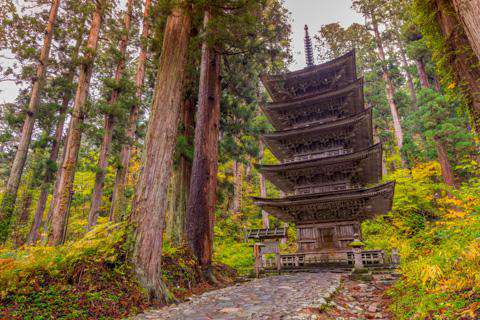
At A Glance
- Japan is recognized for its strikingly different culture from the west. If you do some research on this country's interesting customs before your trip, you will find your experience all the more enlightening. You will also better understand how to handle different situations as they arise.
- This is a complex country with a diverse and rich history. A great way to familiarize yourself with the region is to read any number of books on the country, fiction or nonfiction, before you begin your trip. You'll be able to see the people, customs, and cultures through different eyes, and your experience will be even more meaningful and memorable when you can put it in context.
- Japan is a great country for cyclists. If you're comfortable on a bicycle head to the countryside and find a good route. You'll pass through beautiful landscapes, picturesque towns, and meet some friendly people. It's a wonderful and unique way to experience the country. It will also help you cut down on transportation costs which can be quite high throughout Japan.
- Make sure you keep your passport on you at all times. Police can question you and will often fine you if you do not have it on you. Some first time offenders get off with just a warning. In particular, nightclub raids are common, so if you're going out for the evening, don't leave home without your passport.
- Public transportation in Japan is excellent but expensive. There are many different types of transportation passes that offer any number of ticket combinations and various discounts. Make sure you fully research and understand your options before you purchase a ticket. Some passes have stricter limitations than others so make sure you look into this before buying a pass.
Top Tourist Attractions
Transportation, popular foods, more related articles.
We've been gathering travel costs from tens of thousands of actual travelers since 2010, and we use the data to calculate average daily travel costs for destinations around the world. We also systematically analyze the prices of hotels, hostels, and tours from travel providers such as Kayak, HostelWorld, TourRadar, Viator, and others. This combination of expenses from actual travelers, combined with pricing data from major travel companies, gives us a uniqe insight into the overall cost of travel for thousands of cities in countries around the world. You can see more here: How it Works .
Subscribe to our Newsletter
By signing up for our email newsletter, you will receive occasional updates from us with sales and discounts from major travel companies , plus tips and advice from experienced budget travelers!

Search for Travel Costs
Some of the links on this website are sponsored or affiliate links which help to financially support this site. By clicking the link and making a purchase, we may receive a small commission, but this does not affect the price of your purchase.
Travel Cost Data
You are welcome to reference or display our travel costs on your website as long as you provide a link back to this page .
A Simple Link
For a basic link, you can copy and paste the HTML link code or this page's address.
Travel Cost Widget
To display all of the data, copy and paste the code below to display our travel cost widget . Make sure that you keep the link back to our website intact.
- Privacy / Terms of Use
- Activities, Day Trips, Things To Do, and Excursions

Japan 2-Week Itinerary: How To Spend 14 Days In Japan
Posted on Last updated: December 25, 2023
Want to spend two weeks in Japan, but not sure where to go? This Japan 2-week itinerary is just what you need!
Japan is an island nation located in the Pacific Ocean of Asia. It’s characterised by colourful cities, imperial palaces, ancient temples, and peaceful landscapes.
There are so many fascinating aspects of Japanese culture. For this reason, this is a country you’ll want to explore as much as possible when you visit.
Although two weeks in Japan isn’t nearly enough time to discover the whole country, it’s a great start. To help you manage your time, I’ve put together this 14-day Japan itinerary.
I included a great combination of famous Japan bucket list spots, but also some hidden gems, as well as some helpful logistics advice and travel essentials.
As someone who grew up watching Japanese cartoons and practicing Judo, one of the most popular sports in Japan, I was absolutely stoked to finally visit.
I had an incredible two weeks in Japan, and I hope you find this itinerary useful in planning your own time there! So here it is, the best way to see the glory of Japan in 2 weeks!
- 1 How to travel around Japan
- 2.1 Day 1: Arrive in Tokyo
- 2.2 Day 2: Day trip to Kamakura
- 2.3 Day 3: Exploring Tokyo
- 2.4 Day 4: Travel to Kyoto
- 2.5 Day 5: Fushimi Inari Taisha Temple in Kyoto
- 2.6 Day 6: More Kyoto temple exploring
- 2.7 Day 7: Travel to Hiroshima
- 2.8 Day 8: Ferry to Miyajima Island
- 2.9 Day 9: Travel to Osaka
- 2.10 Day 10: Day trip to Nara
- 2.11 Day 11: Explore Osaka
- 2.12 Day 12: Travel back to Tokyo
- 2.13 Day 13: Tokyo
- 2.14 Day 14: Tokyo & end of trip
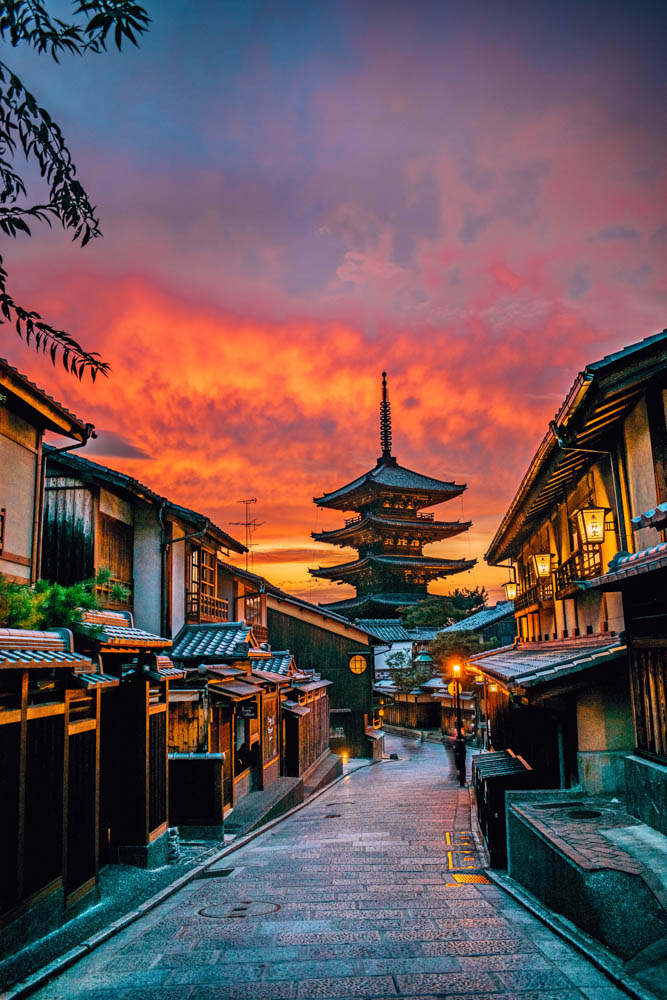
The pagoda of Hokanji temple at sunset
How to travel around Japan
The easiest way to get around Japan is by train and public transport.
Japanese trains and public transport are well known for their efficiency and punctuality, and exploring Japan with them not only will be the easiest and most cost effective way, but it will also provide you with a genuine Japanese experience.
If you’re going to travel a lot around Japan (as you will if you follow this Japan 2-week itinerary ) you’ll want to purchase a Japan Rail Pass .
This is basically the equivalent of the European Interrail Pass and allows you hop on and off as many trains as you want in Japan, within your chosen time period (7, 14 or 21 days).
With a Japan Rail Pass you don’t have to prebook trains beforehand, there are carriages for with non reserved seats.
However if you’re travelling in a group and want to be sure to sit together you should reserve seats. Reserving seats is free, and you can do it at any Japan Rail office in any train station.
Click here to purchase your Japan Rail Pass!
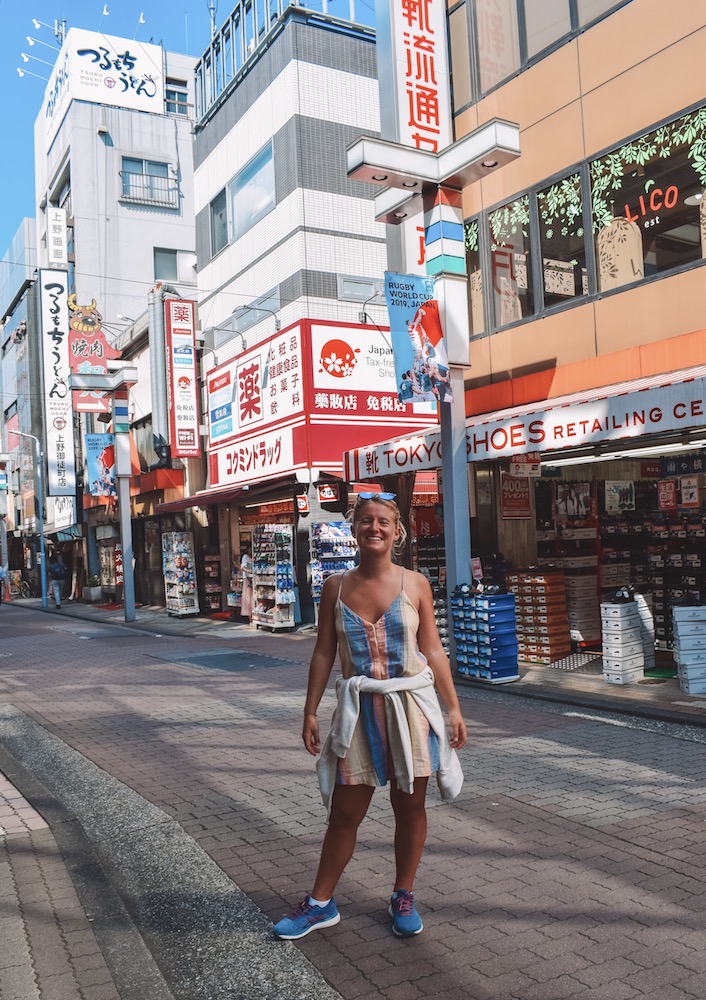
Exploring Ameyoko in Tokyo
The Japan Rail Pass will cover your long distance journeys between cities. Within cities, you will want to use public transport. Public transport is super efficient and you can easily plan your journeys with Google Maps.
Google Maps in Japan is perfectly integrated, and will display the exact train and / or bus departure times and total journey times.
I was amazed to find that it would even tell you what station entrance to go in from to be closer to your platform, the platform of your train, what carriage to choose to then be closest to your exit, and the station exit that would then be closest to your final destination.
It was a map heaven for a geographer like me! The Japan Rail Pass won’t cover public transport within cities, but you can easily either pay for the individual fares or get a daily ticket at any train station.
| READ MORE: IS THE JAPAN RAIL PASS WORTH IT? |

Reflections at Osaka Castle
How to spend 2 weeks in Japan
Day 1: arrive in tokyo.
Tokyo is the perfect place to start your two weeks in Japan. It’s the capital of the country and full of energy.
It’s full of traditional temples, shrines, renowned museums, galleries and peaceful zen gardens. It has the perfect mix of old and new.
After arriving, you’ll probably want to take it a little easy after your long flight . I checked into the Sunshine City Prince Hotel in Toshima City .
This area is a bit out of the tourist crowds, but very well connected to all the attractions. It’s a great place to really soak in authentic Japanese culture, but you won’t feel overwhelmed by the rush of the big city.
Click here to book your accommodation at the Sunshine City Prince Hotel

The view from my window at the Sunshine City Prince Hotel in Toshima City
After you’ve recharged a bit, head to Shinjuku to explore the nightlife. It’s only 15 minutes away from Toshima City, using public transportation.
Golden Gai is a pretty awesome area to check out in Shinjuku. It’s full of narrow alleys with lots of small bars. It’s a quirky and interesting place to add to your Japan itinerary.
You can also take a Shinjuku night walking tour , which will really help familiarize you with the area.
Click here to go on a Shinjuku night walking tour in Japan
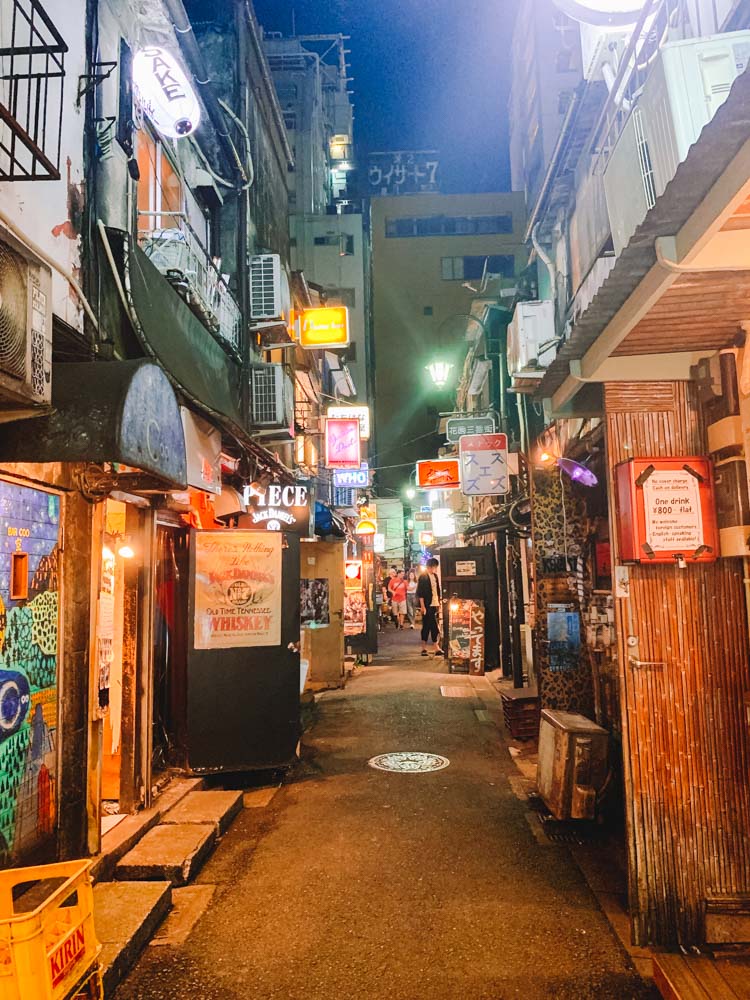
The streets and bars of Golden Gai in Shinjuku at night
Day 2: Day trip to Kamakura
On the second day of your Japan travel itinerary, take a day trip to Kamakura . This coastal city is famous for its temples and shrines. And it’s also conveniently situated only one hour from Tokyo.
Take the train from Tokyo to Kamakura station and make your first stop at the Engakuji Temple. This is one of the most important Zen Buddhist temples in Japan.
It’s an impressive complex with multiple shrines and a very peaceful atmosphere.

Exploring Engakuji temple close to Kamakura
After you’ve finished exploring, hop back on the Japan Rail and head to Komachi Street.
This area is loaded with lots of cool shops and street food options. Take some time to wander around, do a bit of shopping, and indulge in the local flavours of Kamakura.
Komachi street leads to Tsurugaoka Hachiman-gu temple. The building is very integrated with the landscape. If you’re lucky, you might be able to witness an actual ritual taking place while you’re there.
| READ MORE: THE ULTIMATE DAY TRIP TO KAMAKURA FROM TOKYO |
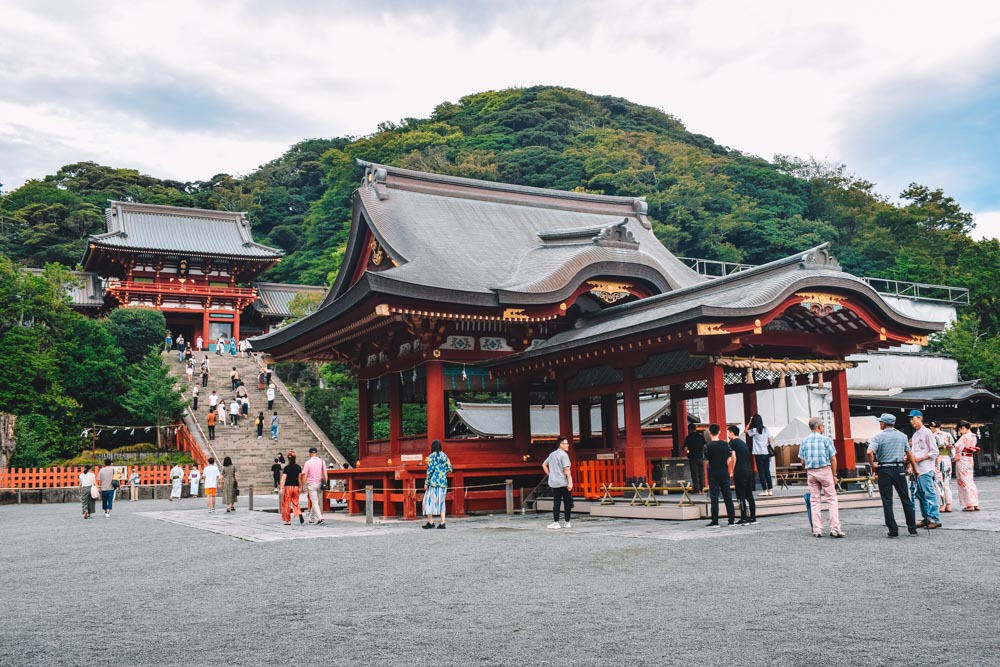
Arriving at Tsurugaoka Hachiman-gu Temple in Kamakura
Next, you should visit Kotoku-in (the big Buddha of Kamakura). You can get there easily from the Kamakura train station by bus, which should only take 10-15 minutes.
This imposing bronze statue is of Amida Buddha – one of the most famous icons of Japan. This Buddha is beautiful and you really do feel a sense of tranquillity around it.
If all this hopping on trains and buses sounds stressful, worry not, as you can also visit Kamakura on an organised day tour from Tokyo . That way you won’t have to worry about planning any logistics, and will have a local guide with you to tell you about the history of the amazing sights you’ll visit.
Click here to book your day trip to Kamakura from Tokyo!
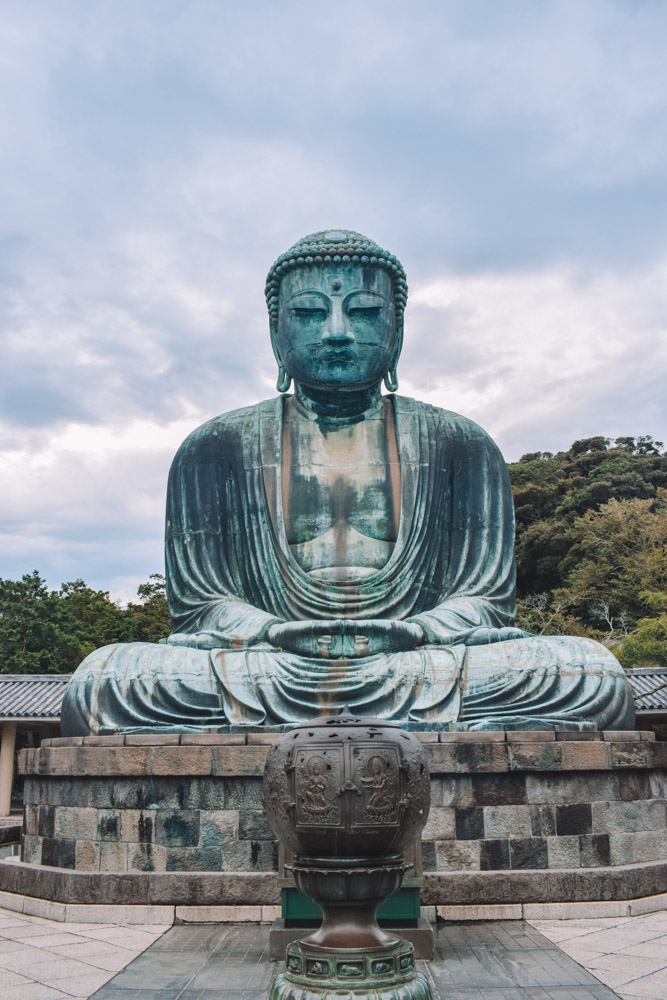
The famous big buddha of Kamakura in Japan
Day 3: Exploring Tokyo
During your first full day in Tokyo , check out some of Tokyo’s unique neighbourhoods. You can start the day by spending some more time in Shinjuku, this time by day.
The Metropolitan Government building is a must-see. There’s an observation room at the top that’s open to the public. You’ll have a complete view of the Tokyo skyline for free!
Next up, visit the Shibuya neighbourhood. This is one of Tokyo’s fashion centres. It’s a colourful district filled with lots of unique stores.
The Harajuku neighbourhood of Shibuya is famous for its ever-changing fashion scene and colourful street art. Visit Takeshita Street and check out some vintage clothing stores and cosplay shops.
Or, if you prefer shopping at high-end boutiques, Omotesando Avenue is the place for you. If you’re looking to pick up a few new clothing items during your Japan trip, this is the area to shop in.
| READ MORE: HOW TO SPEND 5 DAYS IN TOKYO |
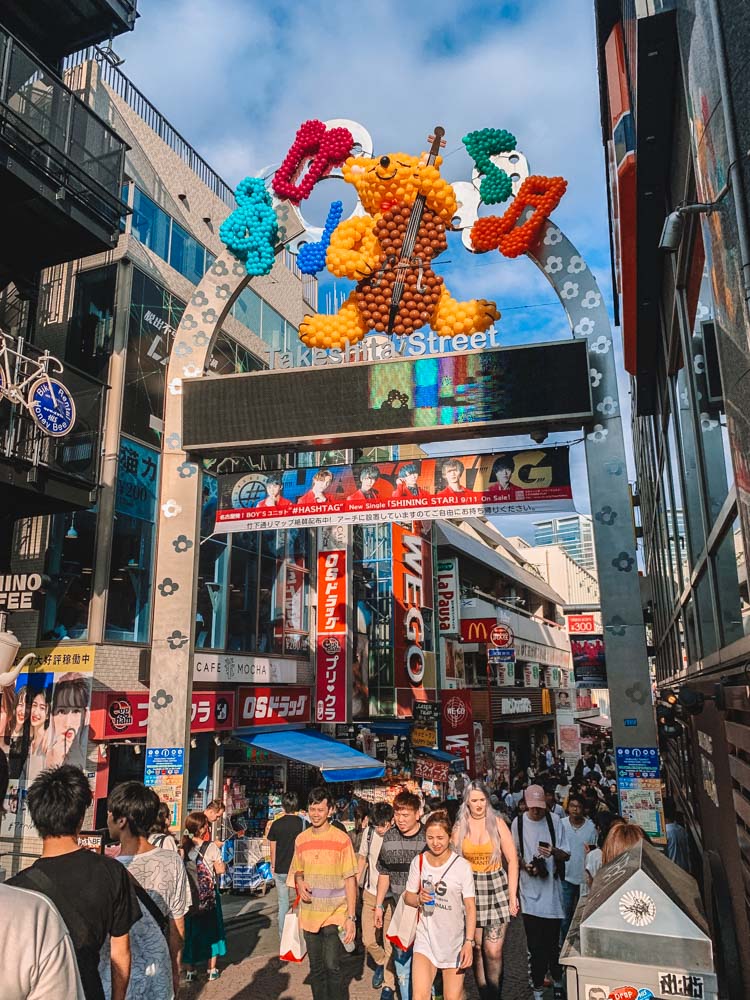
Takeshita street in Harajuku
The Shibuya neighbourhood is also famous for the iconic Shibuya crossing; which some people call the busiest road intersection in the world.
For the best view of Shibuya crossing go either to the second floor of the Starbucks just across it, or to the top floor of any of the buildings that surround it.
Shibuya is also home to the statue of Hachiko, the famous dog whose life inspired the movie “ Hachi: A Dog’s Tale” . You will find it just outside the Shibuya station.
Basically there are lots of amazing corners and neighbourhoods in Tokyo. It would take weeks to properly discover them all, but since you only have two weeks for the whole of Japan, you need to wrap up your Tokyo sightseeing quickly.
One great way to do so is to join a Tokyo sightseeing tour. That way you’ll have local guides sharing interesting insights with you, as well as handling the complicated transport situation. I listed below some of the most popular tours online.
Tokyo: Ueno Private Walking Tour with Shrine Visit – Discover the famous neighbourhood of Ueno on a private walking tour, including Toshogu Shrine, Ameyoko and Ueno Park.
Tokyo: Shinjuku Drinks and Neon Nights Nightlife Tour – This evening tour is the perfect way to discover Shinkuju like a local, and taste some delicious Japanese treats along the way!
Shinjuku: Private Guided Tour of Shinjuku’s Top Sights – If you prefer to discover Shinjuku by day, this private tour will take you to Golden Gai, the Samurai Museum and many other key sights in this neighbourhood!
Shibuya & Harajuku: Hidden Gems & Highlights Private Tour – Accompanied by a local guide, this private tour will take you to all the must-see spots of Shibuya & Harajuku, as well as including some drinks and food!

Shibuya crossing seen from the top floor of Starbucks in Tokyo
Day 4: Travel to Kyoto
After a few days in Tokyo, it’s a good idea to head out and discover more of the country. If you’re only spending two weeks in Japan, there’s a lot more you’ll want to see.
Take the morning train to Kyoto. It’s about a 2-hour and 40-minute journey from Tokyo using the Japan Rail (JR) so try and get an early start.
When you arrive, make your way to the Kiyomizu-Dera temple. The temple was founded in 778 and is famous for its large wooden terrace.
This outdoor platform juts out over the hillside and offers picturesque views of Kyoto. If you want to properly understand the history and culture of this temple, you can join a Kiyomizu-Dera temple guided tour.
Click here to book your Kiyomizu-Dera temple guided tour!
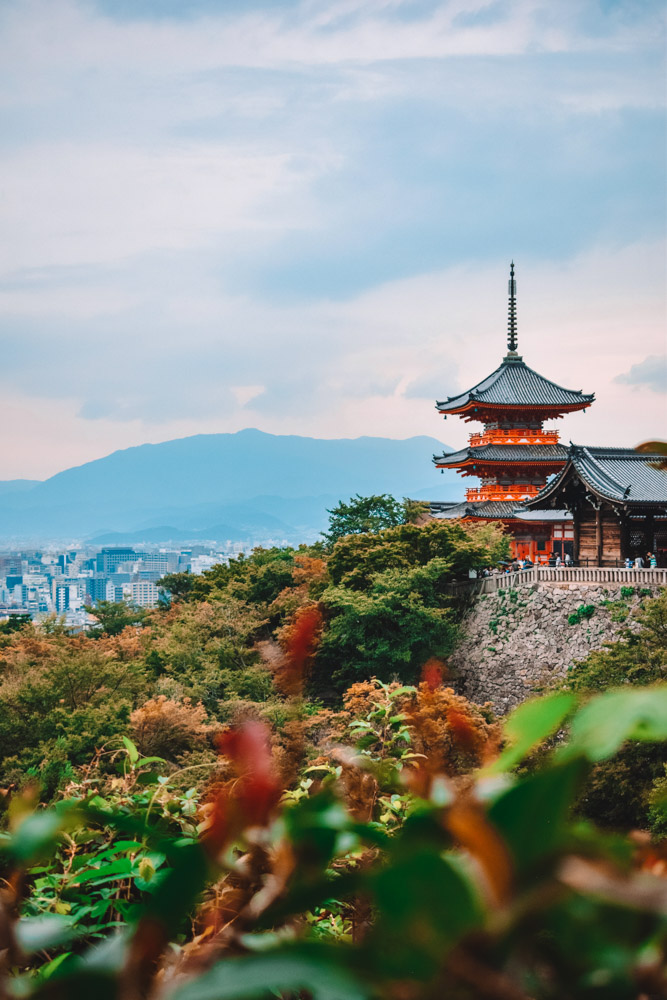
The view from Kiyomizudera temple over its main pagoda with Kyoto in the background
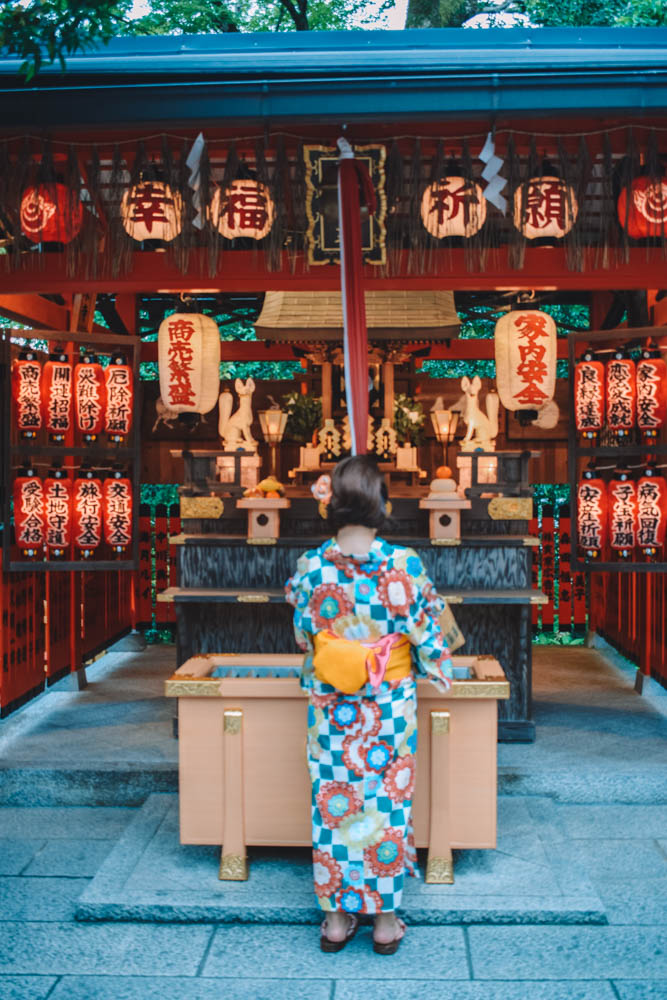
Paying homage at Kiyomizudera temple in Kyoto
When you’ve finished at the temple, take some time to explore the surrounding area. The nearby Gion neighbourhood lies at the heart of Kyoto and is known as the geisha district.
It’s packed with bars, restaurants, and traditional teahouses, You can book a walking tour and explore the culture of this historic city.
For a stunning sunset, make your way to the Hokanji Temple pagoda. This 5-story Buddhist pagoda temple offers panoramic views from the top. It’s the perfect place to watch the sun slowly fade away into the night.
Click here to book a Gion neighbourhood walking tour!

Wandering the streets of Kyoto under the distinctive Hokanji temple pagoda
After sunset, head over to Pontocho alley for dinner. This is a pedestrian street full of cosy restaurants.
It’s considered the most beautiful street in the city. Whether you’re looking for traditional, or western-style food and drink options, you’ll find it all here.
In Kyoto I stayed at Hotel Elcient Kyoto .
While it’s not particularly close to any of the main attractions, it’s very conveniently located just across the road from Kyoto main station, which makes it well connected to everything you want to see in Kyoto.
Click here to book your stay at Hotel Elcient Kyoto!

Enjoying ramen dishes in Kyoto
Day 5: Fushimi Inari Taisha Temple in Kyoto
Start day 5 of your Japan trip itinerary with an early morning hike.
There’s really no better way to appreciate the natural beauty of Japan than immersing yourself in nature. Plus, getting an early start means there will be fewer crowds.
Fushimi Inari Taisha temple is an important Shinto shrine. There’s a path with over 5000 colourful orange torii gates that wind through the hills behind the shrine.
Hiking this area is one of the most rewarding activities you’ll complete during your 2 weeks in Japan. The journey up to the summit of the mountain and back takes about 2-3 hours.
The beginning of the torii gate path is super crowded. It gets less busy and more scenic as you travel up.
Along the way, there are a few restaurants and places to buy water and snacks. At the top, you’ll be greeted with an incredible, sweeping view of Kyoto.
If you want to discover this iconic Japan bucket list sight with a knowledgeable local guide, you can join a small group cultural walking tour .
Click here to book your Kyoto small group tour to Fushimi Inari Taisha and other key sights!
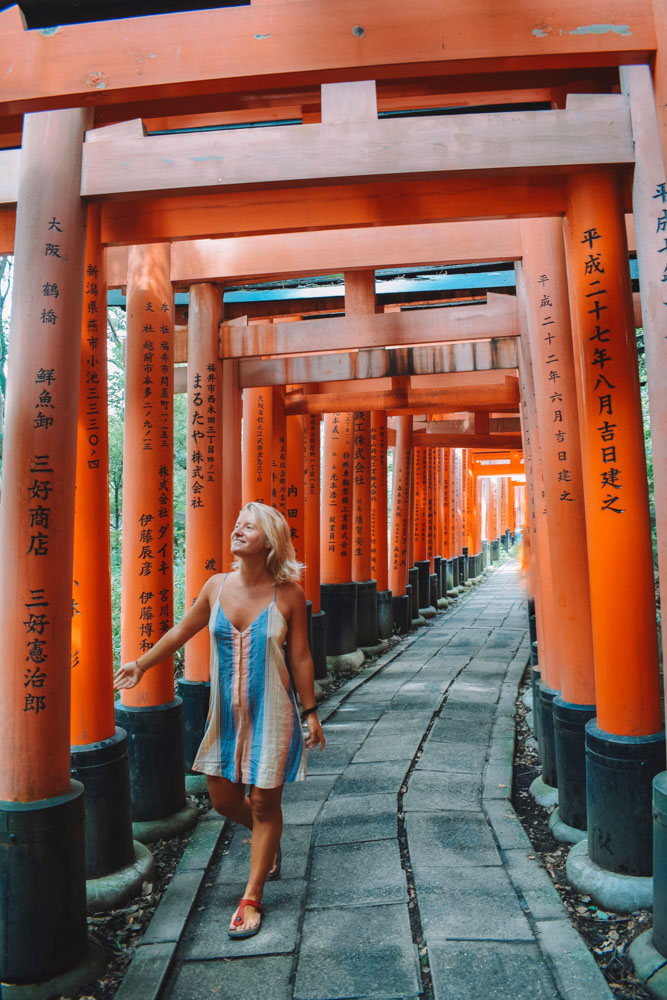
Wandering through the famous red torii gates of Fushimi Inari Taisha in Kyoto
Afterwards, enjoy a meal at the Nishiki market in downtown Kyoto. You’ll find so many good food choices, including lots of amazing Japanese delicacies at very reasonable prices.
Nishiki market is one of the main spots to visit in Kyoto, where you can not only taste amazing Japanese street food, but also shop for souvenirs and kimonos.
Discovering the narrow streets of this market was one of my favourite activities of my two weeks in Japan. If you want to make sure you eat at all the best stalls, you can join this Nishiki Market food tour!
Click here to see prices & availabilities for a Kyoto Nishiki Market food tour!
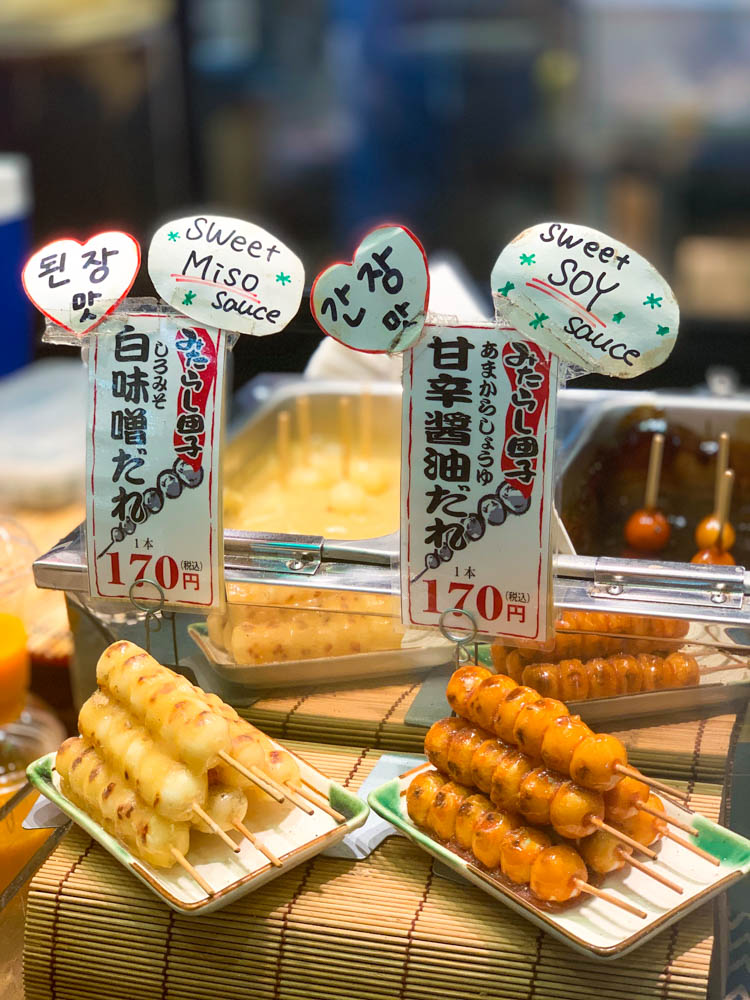
Dango skewers at Nishiki market in Kyoto – they soon became my favourite dessert in Japan!
Day 6: More Kyoto temple exploring
On your final day in Kyoto, spend some time in the Arashiyama district – on the outskirts of Kyoto. From Kyoto Station, take the Japan Rail Sagano lines to Saga-Arashiyama Station. The train ride takes about 20 minutes.
When you arrive, the Arashiyama Bamboo Forest should be your first stop.
The forest gets very crowded later on in the day, so it’s best to get there early in the morning. The forest is open 24/7, so you can arrive as early as you’d like.
Stroll the paths lined with endless rows of towering bamboo that stretch up to the sky. There’s really nothing quite like it. In my opinion, seeing a bamboo forest should be included in all Japan travel itineraries.
| READ MORE: AN EPIC KYOTO 3-DAY ITINERARY |

Arashiyama bamboo grove in Kyoto
Next, you should visit Arashiyama Monkey Park. As the name suggests, this park is famous for its monkey population. Over 170 Japanese macaque monkeys inhabit the area.
You’ll be able to see these animals up close and even feed them in a designated area. The park also offers beautiful views over Kyoto.
Personally we just wandered around Arashiyama alone, but if you prefer to have a local guide give you tips and insights, make sure to join this bamboo grove & temple tour !
Click here to book your Arashiyama bamboo grove & temple tour in Kyoto!
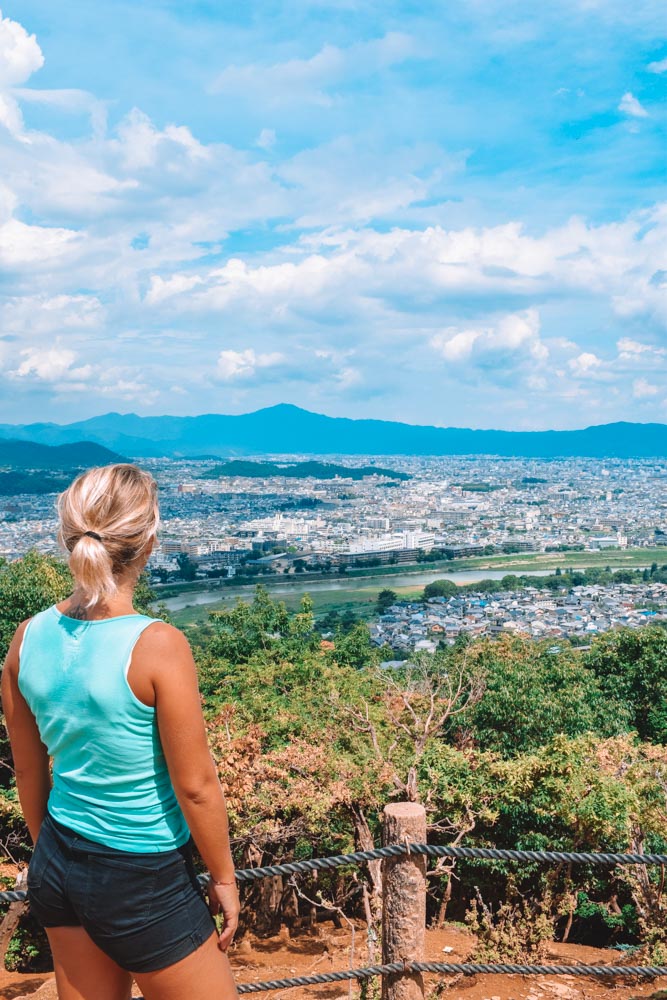
Enjoying the view over Kyoto from the top of Arashiyama Monkey Park
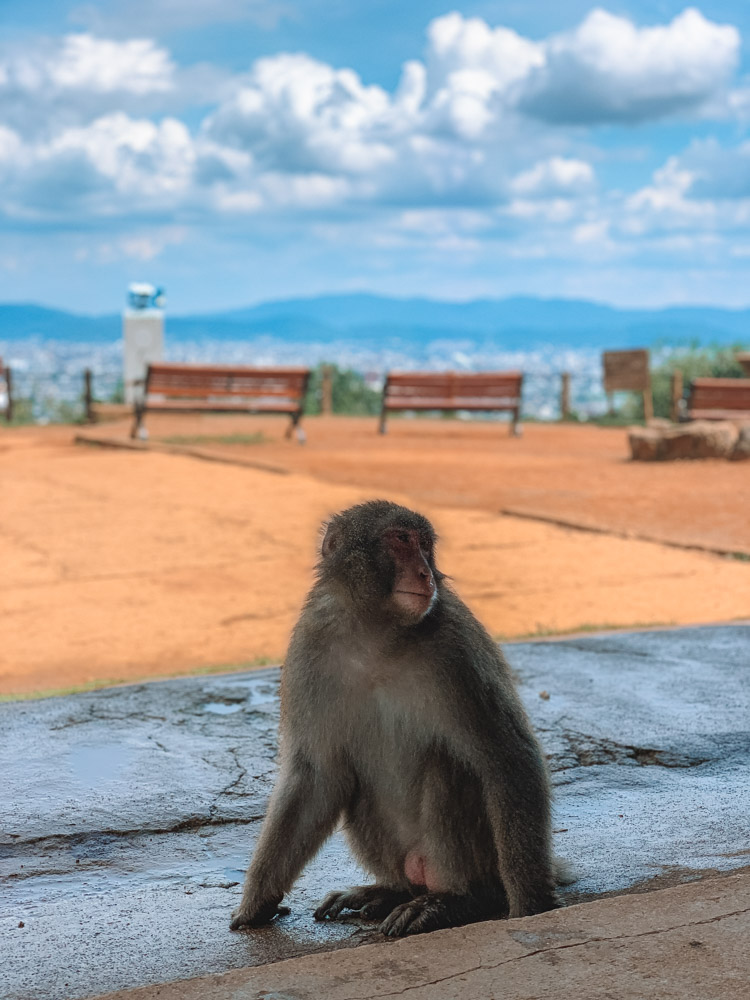
A monkey in the Arashiyama Monkey Park in Kyoto
Lastly, you should check out the Kinkaku-ji Golden temple. This beautiful gold temple is surrounded by peaceful gardens and set next to a quiet pond.
It has an enchanting appeal, especially when the golden walls shine in the sunlight.
While you’re in the area you should consider riding the famous Sagano Romantic Train. This train ride will take you through what is considered one of the most beautiful railway journeys in Japan.
Book your romantic Sagano train ride here!
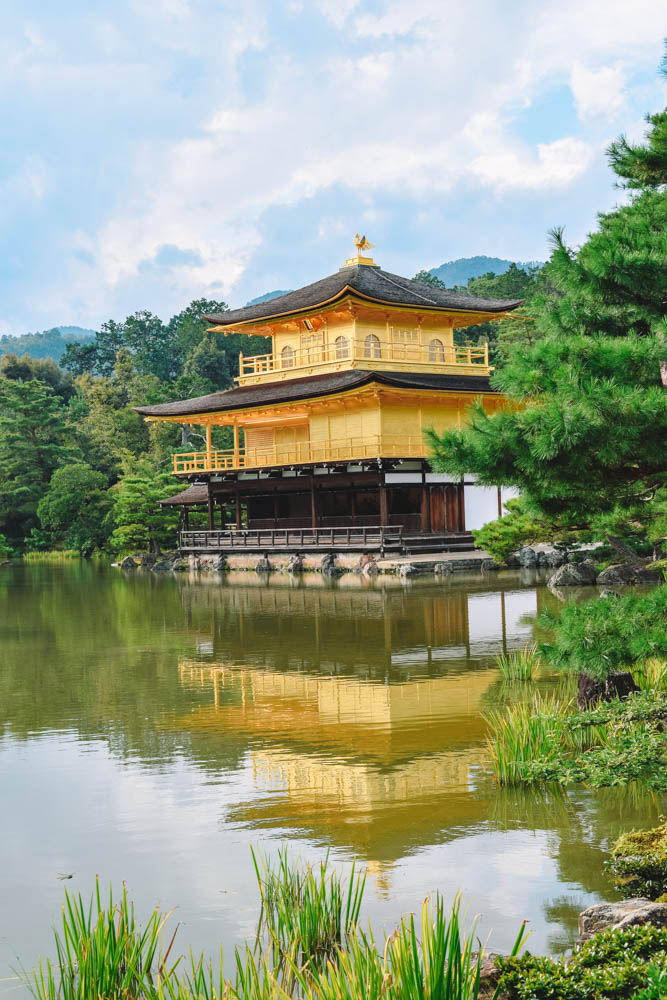
The Kinkaku-ji golden temple in Kyoto
Day 7: Travel to Hiroshima
Now that you’re halfway through your two-week Japan itinerary, it’s time to head even further east, to Hiroshima and Miyajima . It takes around 2.5 hours on the Japan Rail to get to Hiroshima from Kyoto.
First, visit the Hiroshima Peace Memorial Park. This area serves as a memorial to the people who were killed in the atomic bombing of Hiroshima, on 6 August 1945.
There are three different areas you’ll want to visit: The Atomic Bomb Dome, The Hiroshima Peace Museum, and the Peace Memorial Park.
The whole area is dedicated to documenting the atomic bombing that was dropped on Hiroshima in World War II.
You’ll want to spend at least a few hours walking around and educating yourself on this tragic, yet important, part of history. I found some of it quite tough to look at, and was surprised at seeing young children there on school trip.
The Hiroshima Peace Memorial is an example of a dark tourism site; a place where horrible things have happened, but it’s important we visit it, so as to never forget and learn from the past.
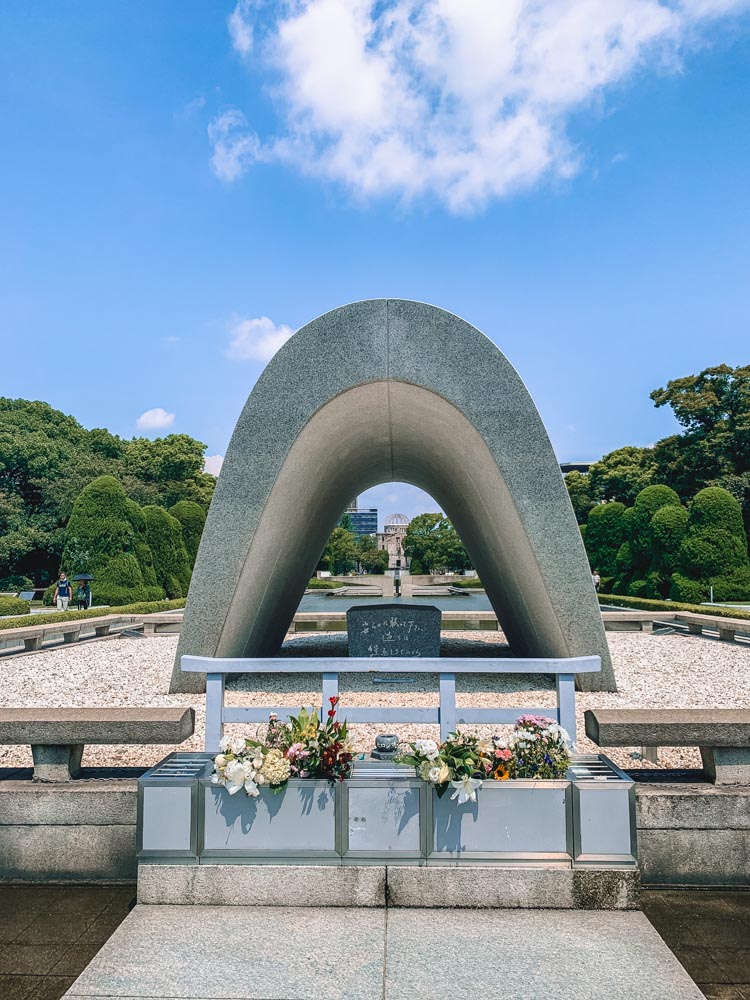
Hiroshima Peace Memorial
Next, visit Hiroshima castle. The castle was constructed in the 1590s but was unfortunately destroyed by the atomic bomb in 1945.
It was rebuilt in 1958. It’s a replica of the original and houses a museum that showcases Hiroshima’s history.
The castle also gives guests the opportunity to dress up in period outfits, including Samurai armour. This is a great stop on your Japan tour itinerary to learn about the history of the country in relation to WWII.

Hiroshima Castle – Photo by Tom Shu on Scopio
Day 8: Ferry to Miyajima Island
After enjoying a wonderful day in Hiroshima, visit the small island of Miyajima. The island is known for its forests, ancient temples, and fresh oysters – which are very popular at the street food market.
Miyajima Island is located just a quick 10-minutes from Hiroshima Bay. This ferry trip is free with your Japan Rail Pass.
For a great exercise with rewarding views, make hiking up Mount Misen your first activity. This sacred mountain is the highest mountain on the island.
It’s a steep hike up, but you can take the cable car up part of the way up and then hike down. You’ll have epic views of the islands and coast of mainland Japan from the top.
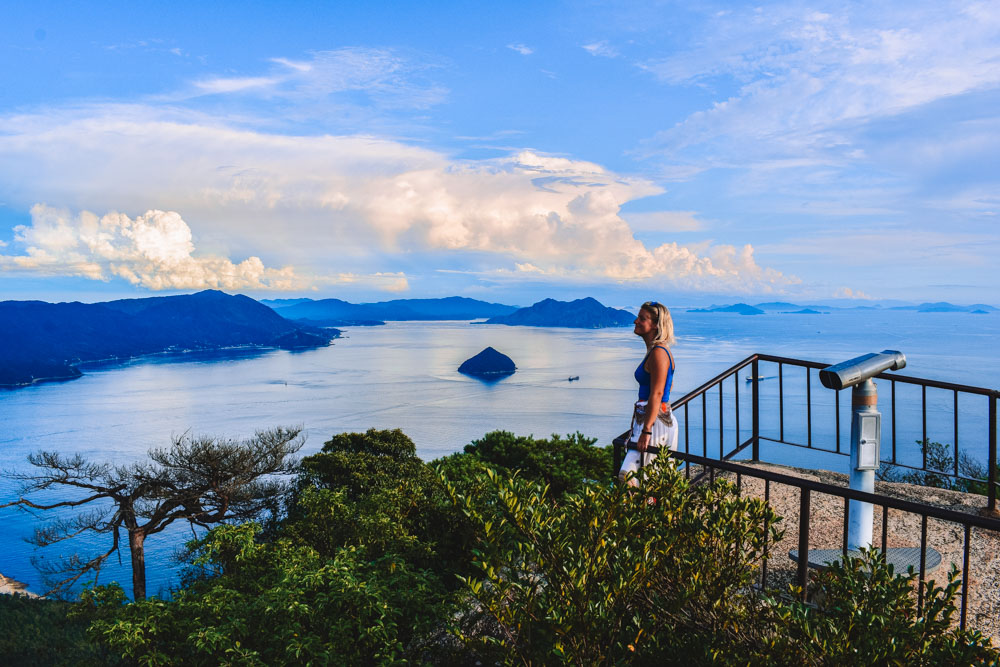
The view from the peak of Mount Misen in Miyajima Island

While you’re on Mount Misen, visit the Daishoin temple. This temple complex is spread on a slope of the mountain and features over 500 statues of varying shapes and sizes.
Next, visit the Itsukushima Shrine. The shrine and its torii gate are built over water and made to look like they’re floating in the sea during high tide.
At the time of my visit (September 2019) unfortunately it was undergoind construction, and they haven’t really said when it will end.
| READ MORE: HOW TO SPEND ONE DAY IN MIYAJIMA |

The cute market streets on Miyajima Island
The five-story pagoda on the island is a must-visit too, especially for photo lovers. It’s beautiful, peaceful, and breathtaking – another one of the many treasures found on Miyajima Island.
If you want to add a really cool cultural experience to your itinerary for Japan, spend the night in a ryokan. This is a type of traditional Japanese accommodation.
If you use AirBnb in Japan you can usually find both ryokans and normal apartment style accommodation. I stayed at the Miyajima Hotel Makoto , which is located on the island, just a 5-minute walk from Miyajima Pier.
Click here to book your stay at the Miyajima Hotel Makoto

The five story pagoda in Miyajima Island
Day 9: Travel to Osaka
Now that you’ve hit the highlights of Hiroshima, it’s time to move onto Osaka .
The best way to get there is by taking the Hello Kitty Bullet Train. As the name suggests, the train is completely themed after Japan’s beloved fictional character, Hello Kitty.
The train departs from Hiroshima just after 08:00, which might be a little early for some. But if you’re only taking a 2 week trip to Japan, the early morning call time is worth it!
The best part of all is that this train ride is included in your Japan Rail Pass.
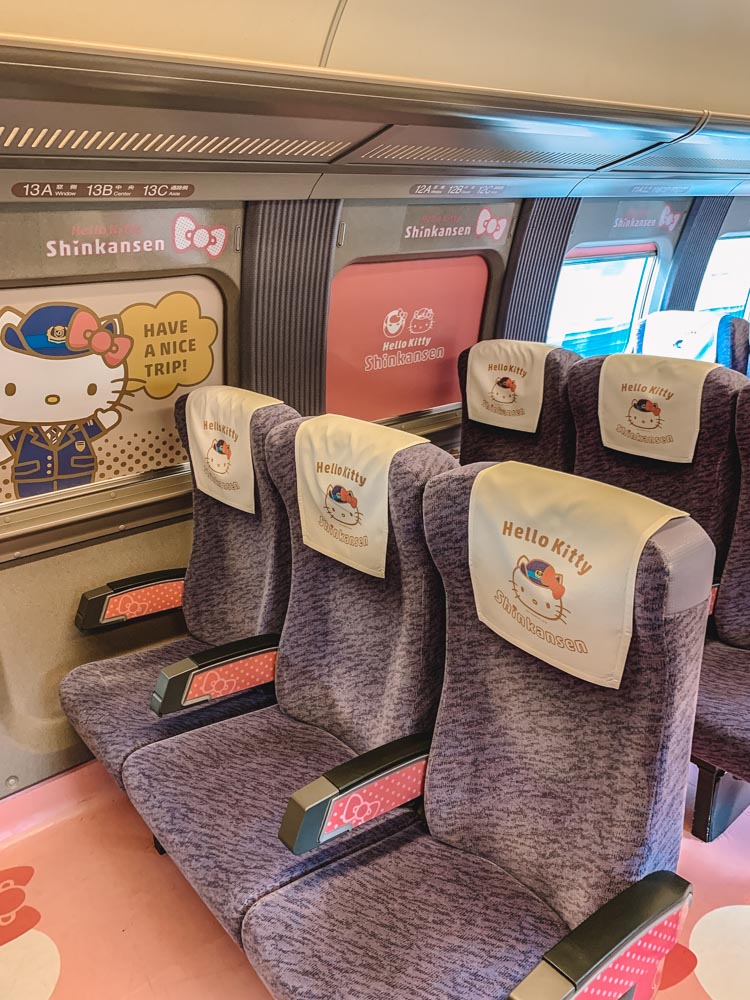
The seats on the Hello Kitty Shinkansen train from Hiroshima to Osaka
The total travel time from Hiroshima to Osaka is about three hours, but I suggest breaking up the journey at Himeji.
Visit Himeji Castle , a hilltop Japanese castle complex. The castle is a bit bare inside, but the views it offers from the top are absolutely spectacular.
It’s also a great place to visit to see authentic, preserved Japanese architecture. You can walk to the castle from the train station, so it’s a really easy stop to make along your route.
All Japan train stations have lockers where you can leave your bags on occasions like this, if you’re doing a stop along the journey before checking into your next hotel.
If you want to see more of Himeji beyond the castle, you can book a private customised tour with licensed guide like this one , to properly make the most of your time in Himeji.
Click here to book your Himeji private customised tour with local guide!
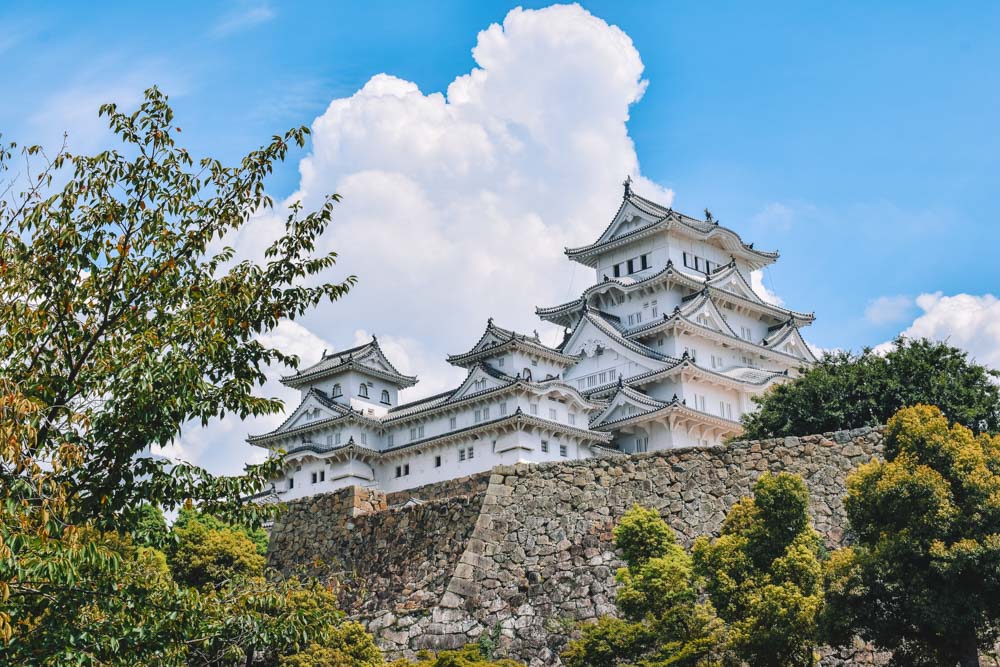
The outside of Himeji Castle
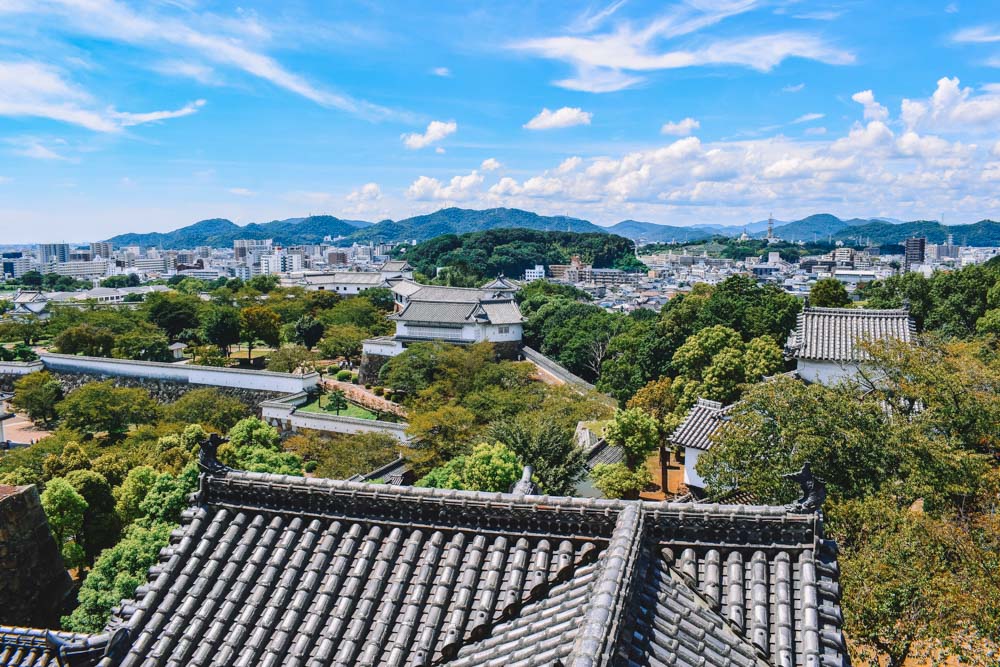
The view from the top of Himeji Castle
After you arrive in Osaka you’ll have a lot of fun attractions on offer – seeing as the city is the second-largest metropolis after Tokyo.
If you arrive early enough, you can visit the tallest skyscraper in Osaka for some pretty epic Japan photos.
Wondering where to stay in Osaka ? We stayed at Hotel Monterey La Souer Osaka . The hotel was very conveniently located close to Osaka castle, and next to a train station for public transport.
Click here to see the latest prices and availability at Hotel Monterey La Souer Osaka!

Day 10: Day trip to Nara
On day ten of your two week trip to Japan, take a day trip to the deer-filled city of Nara.
This area is famous for its tame reindeer and beautiful temples. Using your JR Pass, you’ll get from Osaka to Nara in about 50 minutes.
Once you arrive, you’ll be able to walk to several attractions from the train station.
First up, visit the Kofukuji five-storey pagoda. This large Buddhist temple is a fascinating historical tower that was constructed using wood.

Kofukuji Five-Storied Pagoda in Nara, Japan
Next, see the Todaiji temple. Inside the complex, you’ll find numerous huge Buddha statues – they’re pretty impressive!
I was feeling pretty templed out by the time I arrived here and almost didn’t go inside, but I’m glad I did! This building stands out for its sheer size and beautiful statues.
The Kasuga-taisha temple is another beautiful shrine filled with lots of lanterns.
Even if you make your own way to Nara from Osaka, you can still join a cultural tour once you reach Nara, that way you’re sure you’re hitting all the must-see spots, with a local guide to tell you about them too!
Click here to book your cultural tour of Nara!

Admiring the giant statues inside Todaiji temple in Nara, Japan
Last but not least, wander around Nara Park and see the wild reindeer that roam freely. Street vendors sell deer crackers, which you can purchase to feed the deer.
The deer in Nara are very used to being fed and having tourists around, but you should still be careful as they are still wild animals.
| READ MORE: NARA DAY TRIP GUIDE |
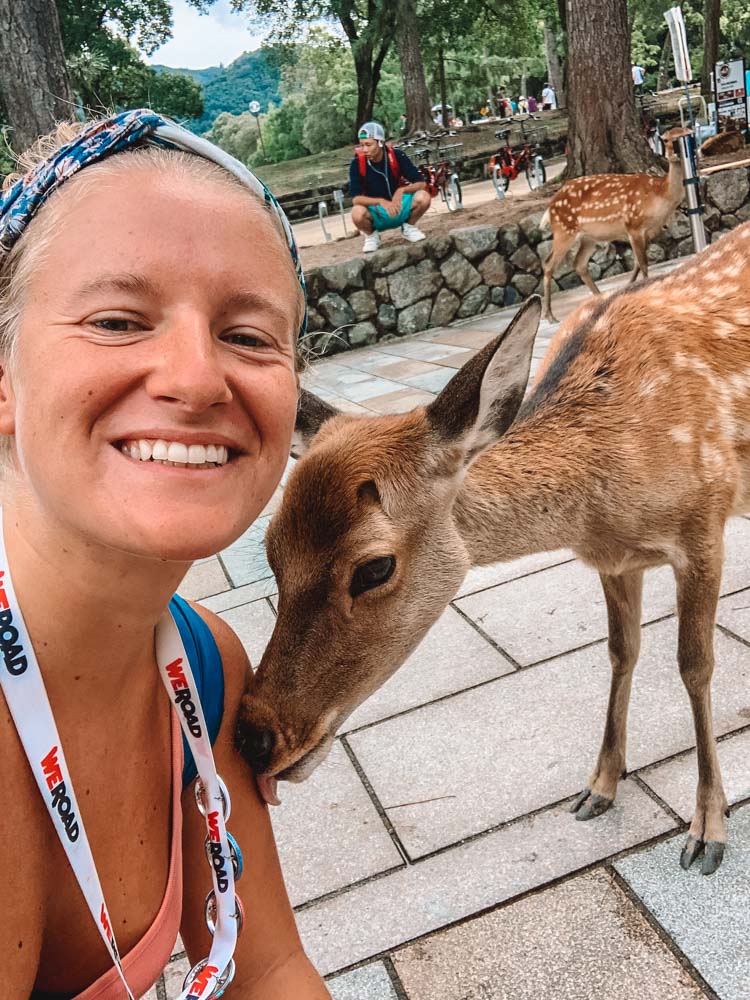
Trying to befriend one of the deer in Nara
Day 11: Explore Osaka
Spend your first full day in Osaka exploring the city.
First up head to Osaka Castle – the city’s most famous attraction. The castle is opulent from the inside out. There are lots of things to see and do, so make sure you wear your walking shoes when you visit.
The castle itself is a stunning sight. It rises high up and provides commanding views of the Osaka skyline. Osaka Castle Park covers about two square kilometres and offers plenty of green space.
The Osaka Museum is a history museum that makes a nice add-on to a castle visit. It’s a great place to get a glimpse of the history and culture of Japan.
If you want to make sure you visit all the main sights in Osaka, book yourself a full-day private guided walking tour , so that you’ll have a licensed guide all for yourself to show you all the best spots!
Click here to book your Osaka full-day private guided walking tour!
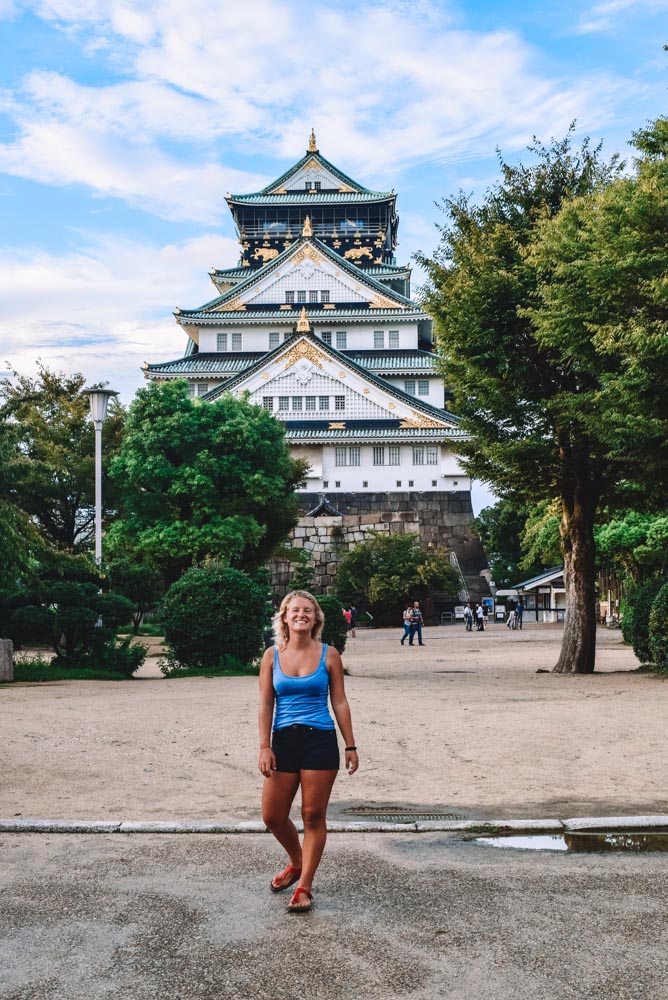
Exploring Osaka castle
After you’ve spent a few hours exploring the castle, make your way to Dotonbori Street. This is a very trendy area of Osaka that has lots of street food and shopping options.
Osaka is Japan’s food capital , and Dotonbori Street is the best place to indulge in the city’s cuisine. You’ll find street food everywhere. There are also plenty of restaurants and bars.
Most places have their own unique and colourful advertising signs. Dotonbori is also a great place to go out at night. It’s a spot in the city that’s popular with both locals and tourists alike.
There are so many places to eat at in Dotonbori that it’s hard to choose the right one. Avoid the tourist traps, and join an Osaka food tour with a local , to ensure you eat at all the best spots!
Click here to book your Osaka food tour!

Dotonbori neighbourhood in Osaka

Exploring the street food in the Dotonbori neighbourhood of Osaka
Day 12: Travel back to Tokyo
Now that your Japan two-week itinerary is in its final stages, it’s a good idea to head back to Tokyo. Take the early morning train and make a stop at Mount Fuji if you feel like breaking up the trip.
Mount Fuji is an active volcano about 100 kilometres southwest of Tokyo. it’s the country’s tallest peak and the country’s most famous mountain.
When you arrive back in Tokyo, have lunch at the Ameyoko/Americaya street markets.
This is a typical Japanese food market and a local gem, and it’s packed with delightful food stalls. You’ll find some of the best street food in Tokyo here.

The bustling and colourful street of Ameyoko in Tokyo
Nearby, you’ll find Tokyo’s electronics district – Akihabara.
If you’re into comics, anime, or video games, you’ll find the best of Japanese electronic relators here. This place is manga central (a comic genre which is huge in Japan).
Take some time to explore this buzzing district. Besides electronic shops, there are also lots of really cool stores and cafes devoted to anime and manga.
For a young Dragon Ball and One Piece lover like me (any other fans reading this?) visiting Akihabara was loads of fun.
All the shops we visited sold either comic books, video games, and all sorts of toys from my favourite childhood cartoons.

Exploring Akihabara in Tokyo
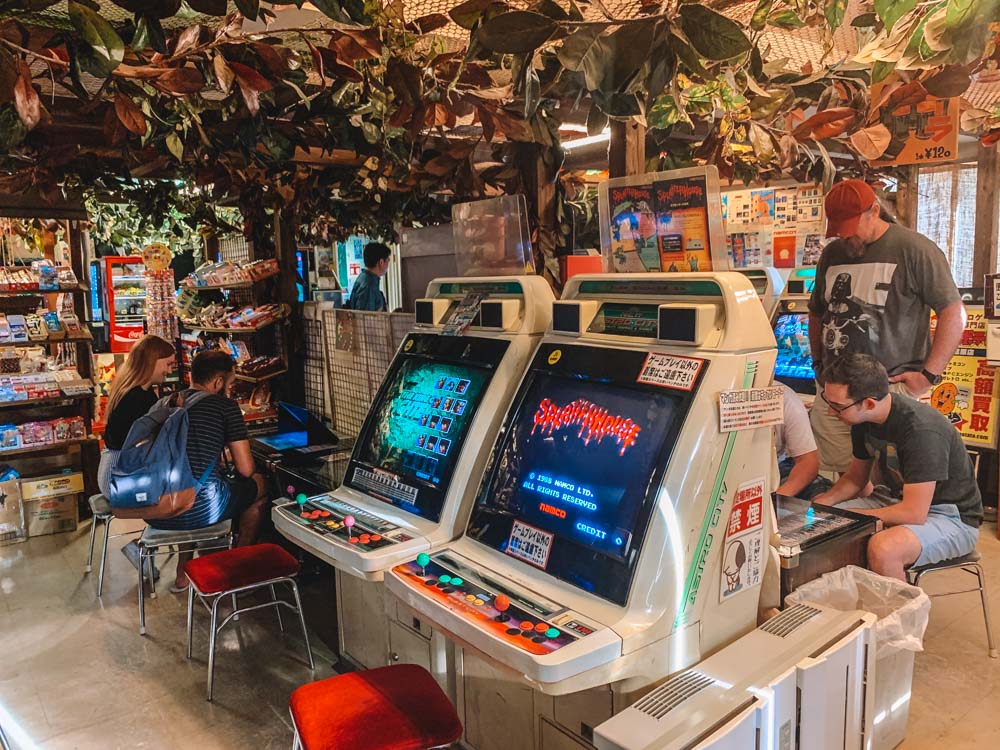
The top floor of Super Potato where you can play with vintage videogames
Day 13: Tokyo
Now that you’re on the last full day of your Japan vacation itinerary, you’ll want to do as much exploring as possible.
Visit TeamLab Borderless Museum first thing in the morning. This attraction is very popular, so it’s best to get there right when they open at 10:00 and book your tickets in advance .
This interactive art museum brings art to life in a mesmerising way. Each room has something new to offer; you’ll feel like you’re in another world!
Click here to book your ticket at TeamLab Borderless!

One of my favourite rooms at the Teamlab Borderless in Tokyo

The lantern room at Teamlab Borderless in Tokyo
After you’ve finished at the museum head over to Tsukiji Fish Market for lunch. This is one of the largest seafood markets in the world, and one of the most famous attractions in Tokyo.
This is not only an area where local restaurant owners go to buy fish, but there are also lots of street food stalls and restaurants to choose from where you can eat.
Indulge in sushi, fresh crab, oysters, or whatever else you’re craving that comes from the sea. We ate at a place called Sushizanmai , and it was one of the best sushis I’ve ever had.
If you don’t fancy going for a full sit-down meal, you can also join a Tsukiji Market food & drink walking tour , and have a local take you to all the best dining spots in the market!
Click here to book your Tsukiji Market food & drink walking tour!

Sushi from Tsukiji fish market in Tokyo
Day 14: Tokyo & end of trip
Leaving a country as beautiful as Japan might be hard. But if you’ve followed this Japan travel blog you will have seen so many great areas of the country that you’ll feel enriched and happy with your trip.
Try to get an evening flight so that you have time to do some last minute exploring. You should explore the Asakusa neighbourhood and get a feel for older Tokyo.
You can tour the area on a rickshaw ride for a unique perspective. You’ll pass lots of iconic sits and see the area through the eyes of a local.
While you’re in the area, make sure to visit the Senso-ji temple. This ancient Buddhist temple was completed in 645, making it Tokyo’s oldest temple. It’s a beautiful piece of Japanese culture and a must-see when you visit Tokyo.
Click here to book your rickshaw tour of Asakusa!

Senso-ji temple in Asakusa, Tokyo
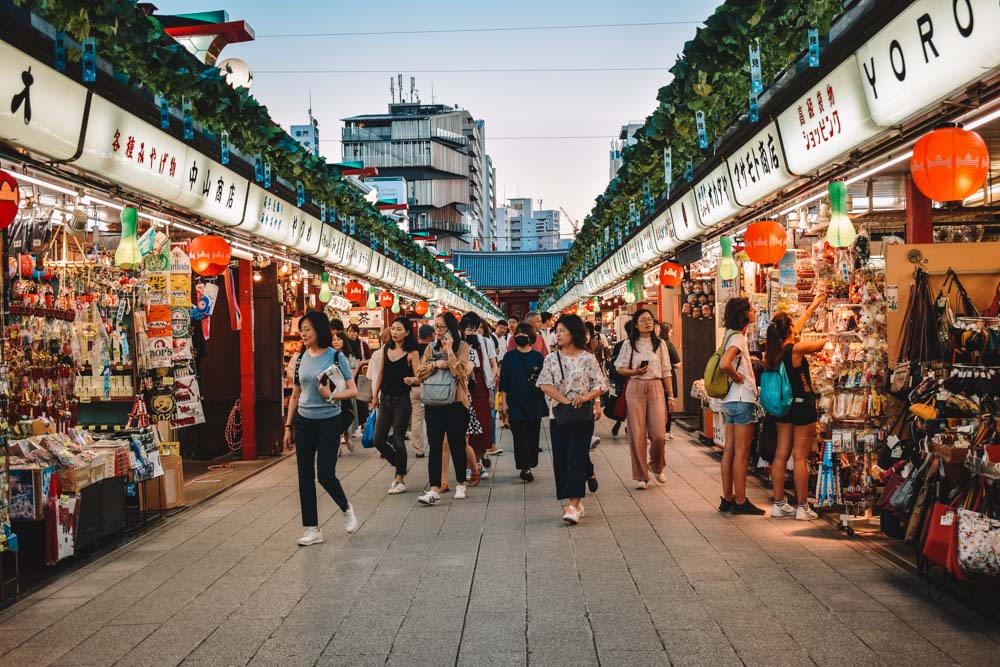
The road of cute shops leading up to Senso-ji temple in Asakusa, Tokyo
Conclusion of your 2 weeks in Japan itinerary
As you can tell from this guide, exploring Japan in two weeks is totally do-able. The size of the country and its accessible transportation options are very conducive to tourism.
The best thing about Japan is that this country has a little bit of everything. From chaotic cities to tranquil islands and scenic parks, or from ancient history to modern techno and manga scene, there’s so much to discover.
For this reason, I’ve made sure to include big cities as well as areas that are off-the-beaten-path.
Whether you’re travelling alone, with family, friends or kids, this two weeks Japan itinerary is perfect for every type of traveller. This is a country that will amaze you at every corner!
Enjoyed reading my Japan 14-day itinerary? Pin it!


How to Spend Two Weeks in Japan: An Itinerary for First-Time Visitors
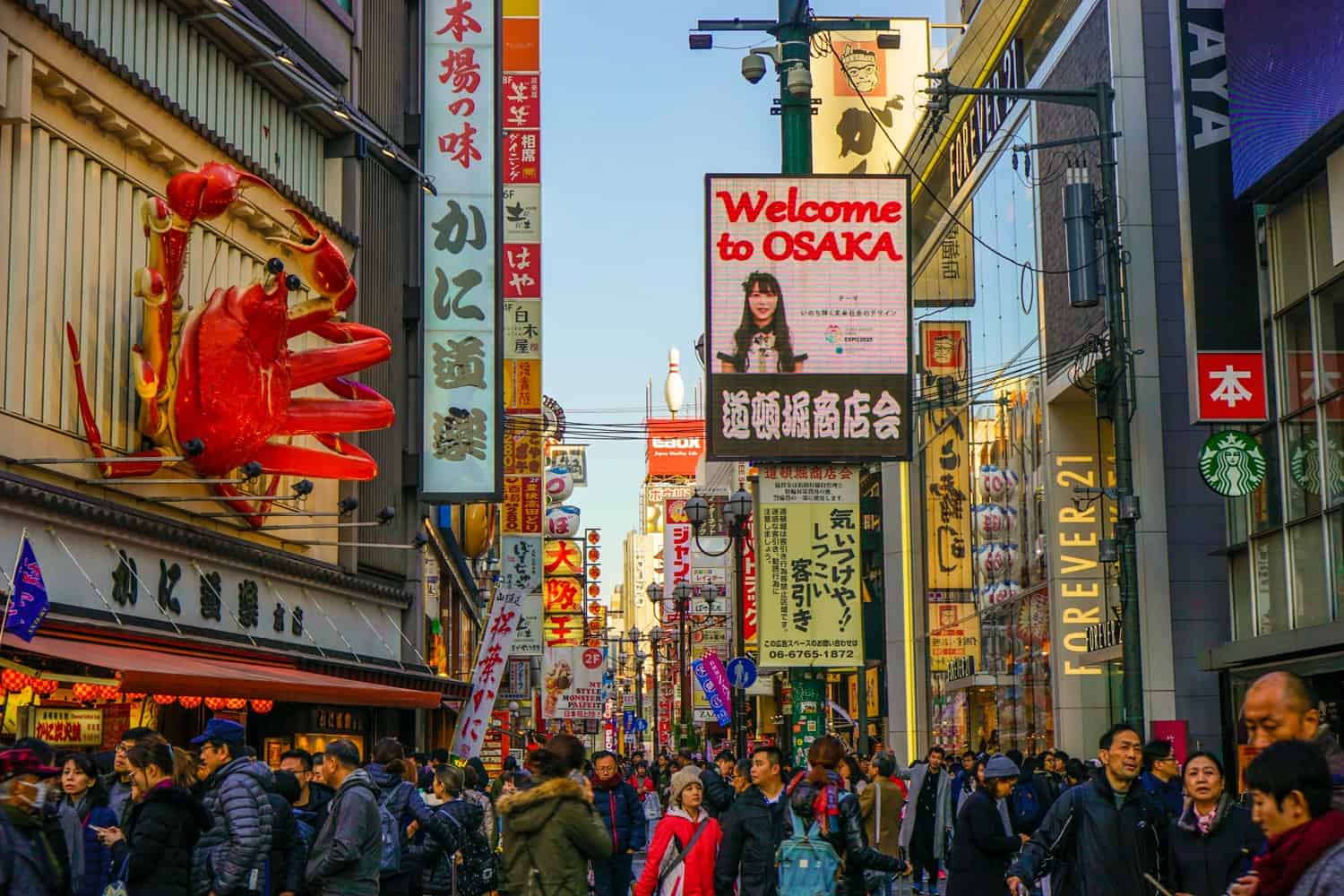
Two weeks is the perfect amount of time for your first trip to Japan.
You’ll be able to explore this wonderful country from the mountains to the sea, wandering through chaotic neon-lined streets and serene Zen temples, soaking in onsens and filling yourself with more ramen and sushi than you ever thought possible.
For your first visit in Japan, I recommend kicking things off in Tokyo (4 nights) before heading to Hakone (1 night), Yudanaka (1 night), Kanazawa (2 nights), Takayama (1 night), Kyoto (3 nights), Hiroshima (1 night), and Osaka (2 nights). You’ll experience a perfect blend of cities and nature, and leave craving a return visit to do it all over again.
Here’s how these destinations look on the map:
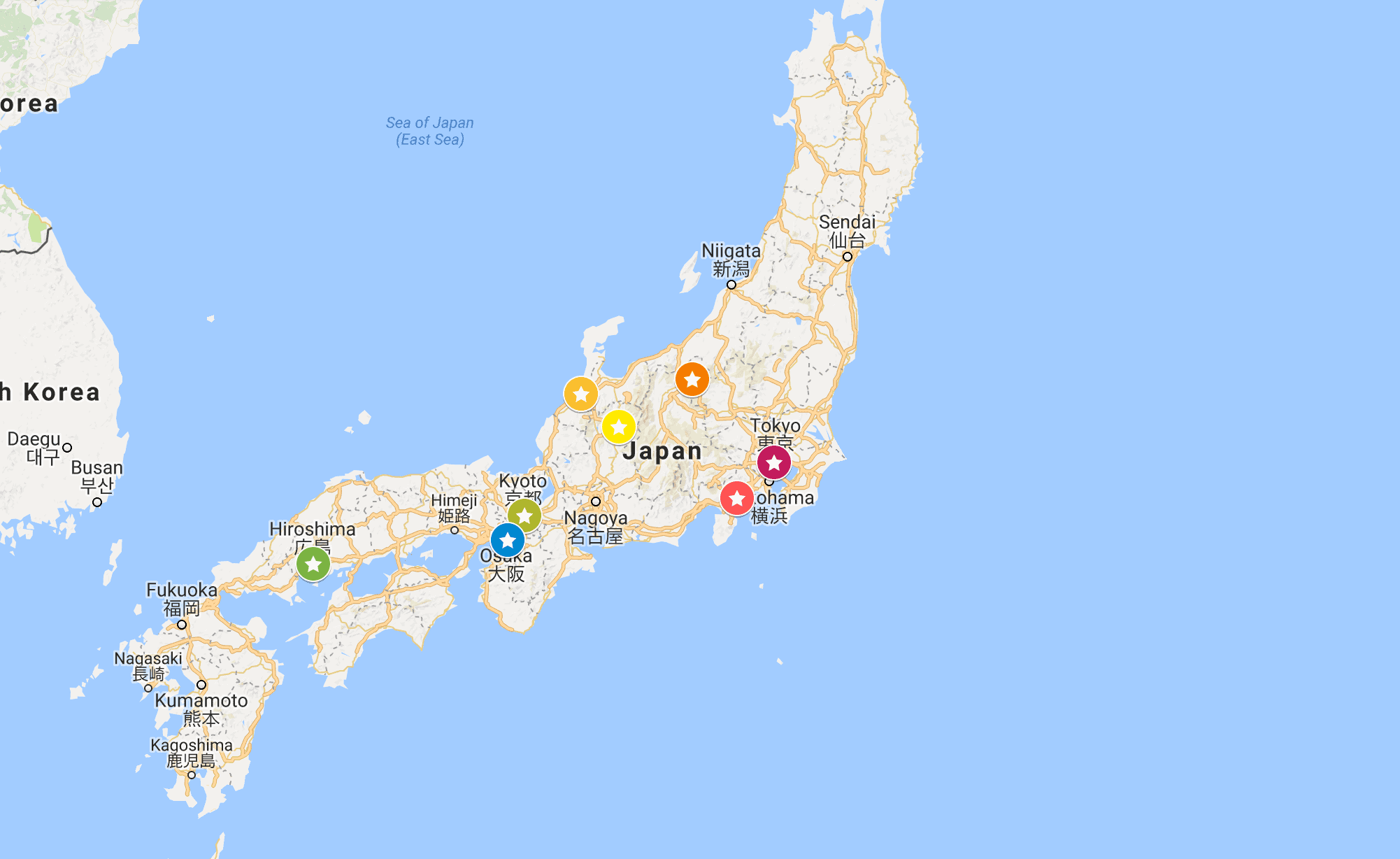
Day One: Arrive in Tokyo and Get Your Bearings
If you’ve come from afar, this is likely going to be a hectic day that passes in a haze of jet-lag. It’s best to take things easy on yourself during your first day in this chaotic city, and spend your time exploring the touristy parts of Shibuya
Make sure to walk across the iconic Shibuya Crossing on your first day, then head to the nearby Starbucks for a kickass view from above. Tower Records is fun to visit for a hefty dose of nostalgia, and if you discover you’ve forgotten to pack anything in your luggage, this is the perfect area for shopping. I may have spent this first day replacing my well-worn travel closet with Japanese versions.
Where to stay in Tokyo: It’s your first day in Japan! And so, it makes sense to really throw yourself into the local experience. That’s why we decided to stay at this lovely onsen-ryokan in Shinjuku. (Whenever readers ask me which neighbourhood to choose in Tokyo, I always recommend Shinjuku or Shibuya.) The reason why I loved this specific property, though, is because it’s a ryokan (traditional Japanese Inn) that also has an onsen (hot pool). It’s a great way to jump immediately into all things Japanese.
And it was wonderful; one of my favourite hotels in the country. The rooms were small and cosy, and felt super-traditional and calming. The views over Tokyo at night from the window were incredible. And the rooftop onsen? With free popsicles afterwards? So good. It’s located in a quieter neighbourhood, but still only a 10-minute walk to the subway. I really recommend this one!
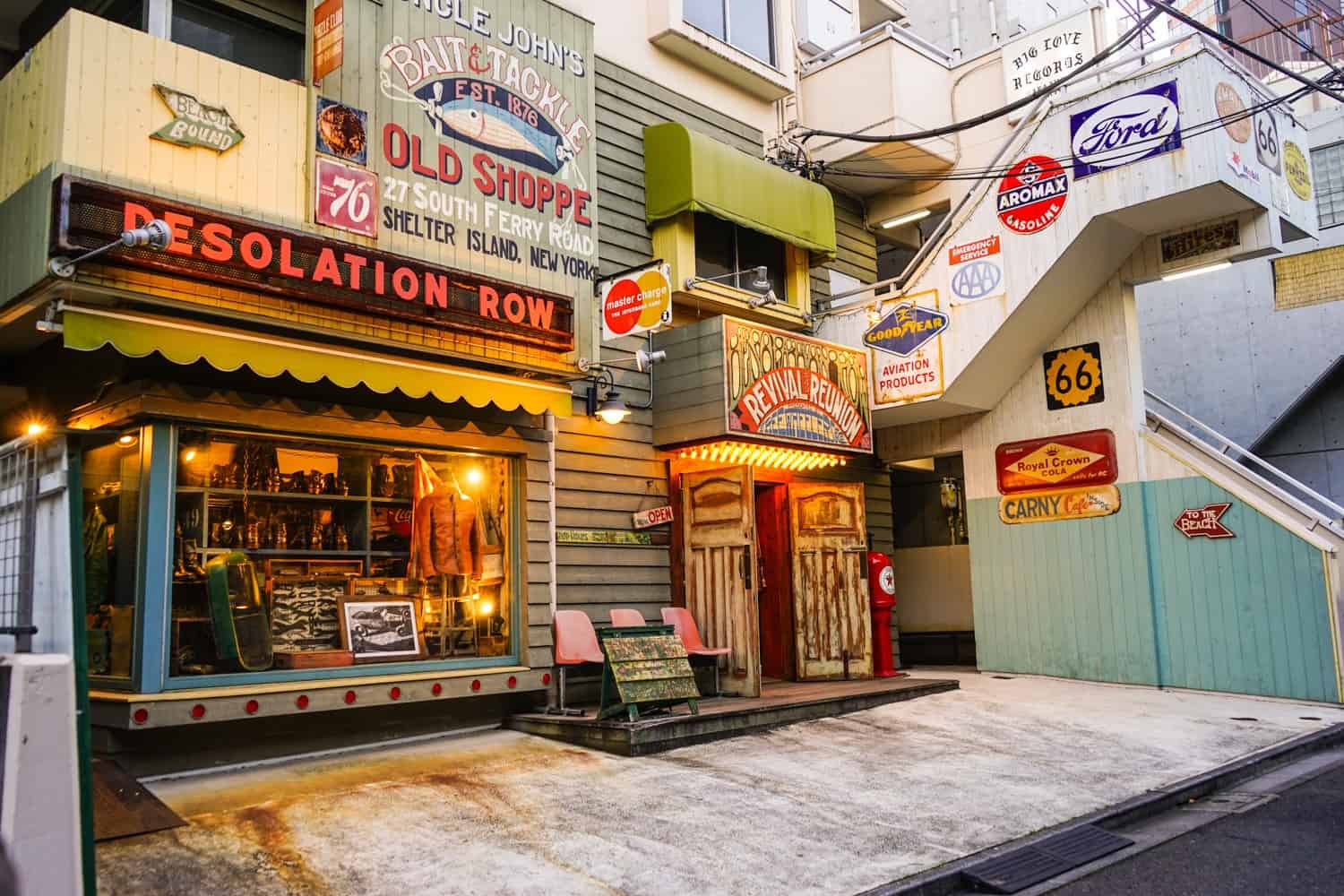
Day Two: Explore Harajuku and Shinjuku on Foot
Kick off your day with a hipster breakfast and latte in Harajuku. You’re going to adore this cool as hell neighbourhood , and want to spend an entire day cafe-hopping my way around the area. I recommend eating at Mr Farmer for a fun brunch, and loved Deus Ex Machina cafe for a morning caffeine kick.
There’s tons to do in Harajuku, so you’ll likely spend much of your second day in Tokyo walking, taking photos, and people-watching. I went to an ethically dubious hedgehog cafe , gawped at the unique fashion stores, fell in love with the Big Love Records store, and snacked on excellent gyozas at Gyoza Lou.
In late-afternoon, make your way back over to Shinjuku to head up to the top of the Tokyo Metropolitan Government Building. It offers one of the best free views in the city, and is worth visiting at sunset to watch the city slowly light up.
Round off your evening with one of my personal highlights from my time in Tokyo: yakitori and cold beer on Piss Alley, followed by bar-hopping around the charismatic Golden Gai bar district. This was so much fun!
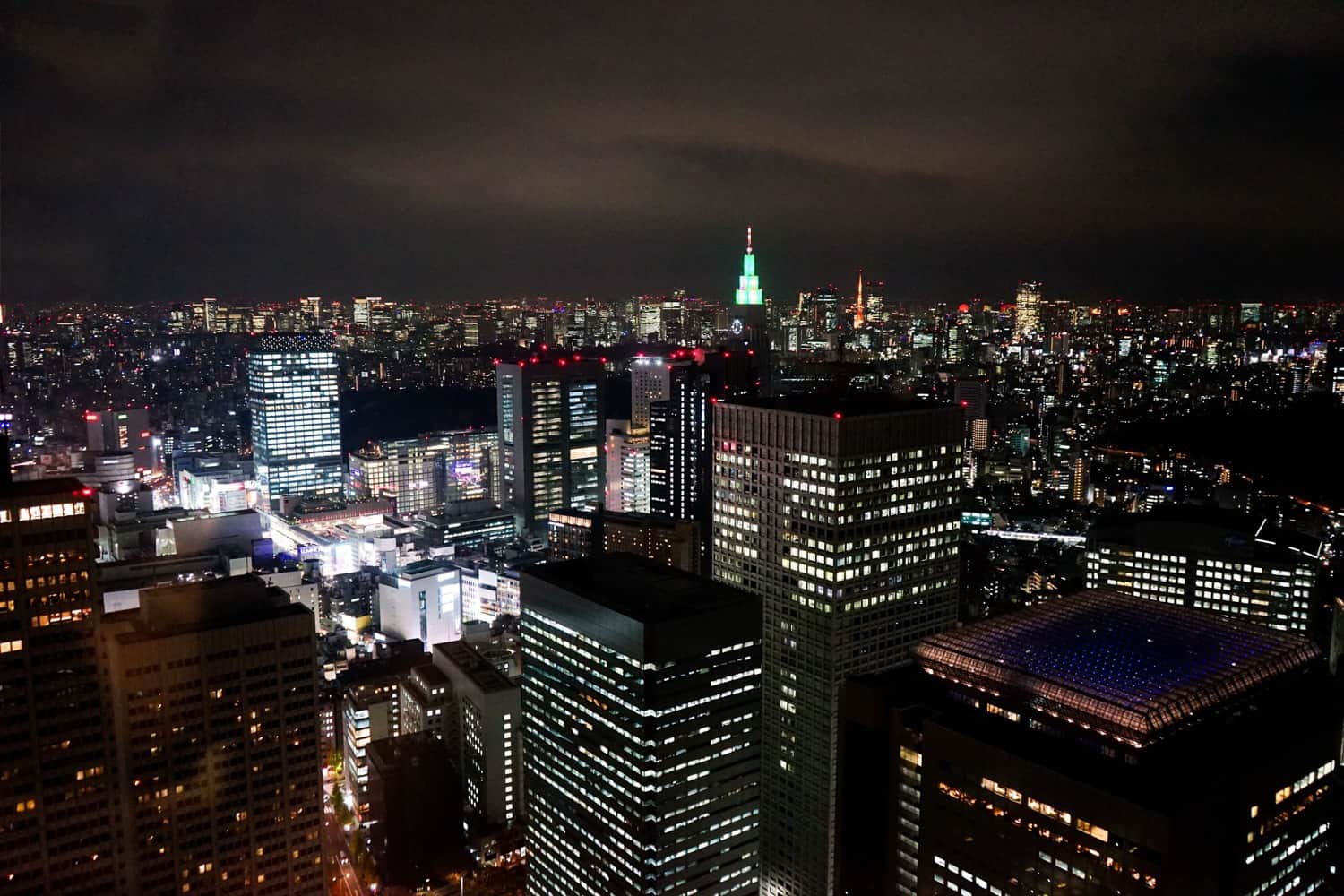
Day Three: Head Over to Central Tokyo
Start your day at Tokyo’s Imperial Palace, and spend your morning wandering around the grounds and gardens. This is a wonderful area of the city and you can easily spend several hours exploring, especially in the beautiful East Gardens.
After grabbing lunch, opt for a laid back afternoon walking the streets of high-end Ginza to see a different side of the city. Ginza may be known for its luxury shopping opportunities, but Ginza Crossing, Itōya Stationary Store, Hamarikyu Gardens are all free to see.
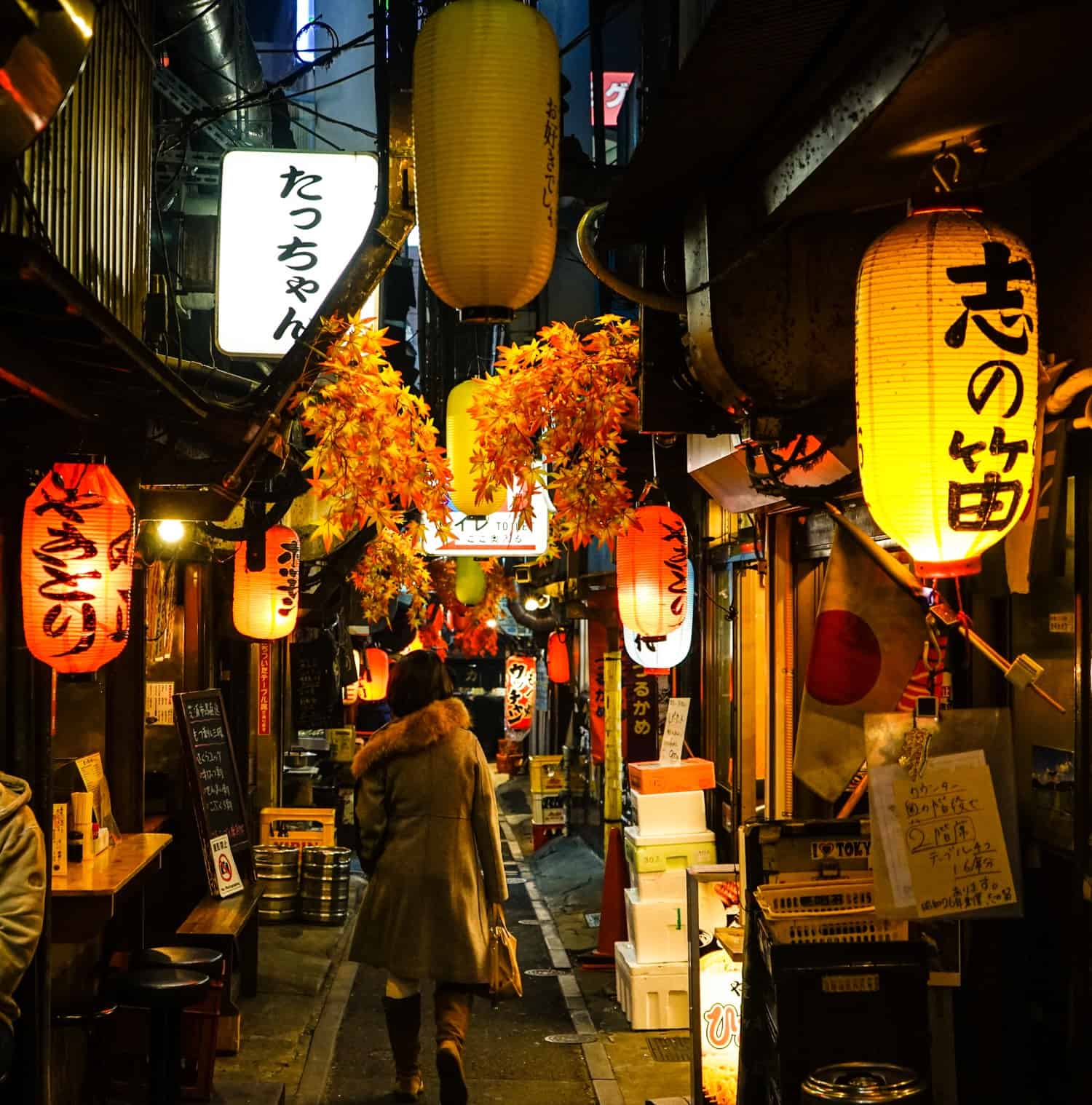
Day Four: Get Your Geek On in Akihabara
The jet lag should be wearing off by about now, so how about a hefty dose of culture shock?
Kick off your final morning in Tokyo by heading to Asakusa to check out the famous Senso-ji Temple. It’s one of the most photographed spots in the city, so you’ll want to get there early. Once the crowds start to arrive, wander over to Ueno Park to spend a couple of hours walking the trails and sitting on benches beside the pretty lake.
Akihabara used to be Tokyo’s electronics district and while you can still find plentiful technology stores there — Dave bought a new shaver there! — it’s now also the home of manga madness . In short, this neighbourhood is bright, noisy, and jam-packed with comic book stores. It’s the perfect place to spend an afternoon people-watching, experiencing culture shock, and pondering how it’s possible for so much neon to exist in one place.
There’s tons to do here: you could jump on an afternoon walking tour that takes you to all of the hidden gems and big-name anime-themed attractions in the neighbourhood. You could visit one of the infamous maid cafes, or you could hit up Super Potato to dive into the vintage gaming classics of the 80s and 90s; some of the games aren’t for sale anywhere else in the world! And if you want to go all in on the madness, you could sign up for a themed go-karting tour through the streets of Akihabara, dressed as a character from a Nintendo game. Yes, really.
This part of the city is exactly what you’re imagining when you think of Tokyo.
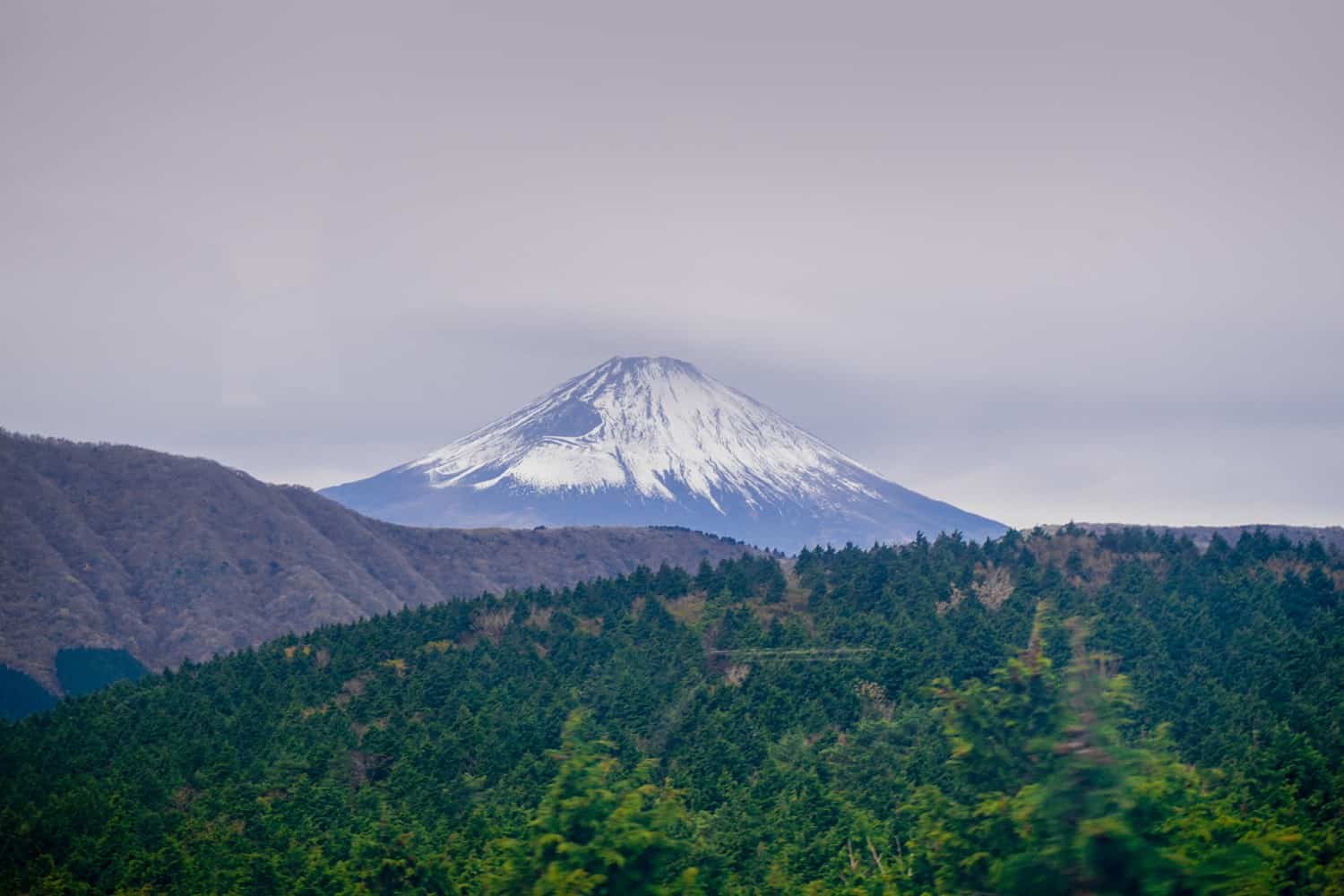
Day Five: Check Out Mount Fuji from Hakone
If seeing Mount Fuji is high on your wishlist, you’ll want to take a trip out to Hakone. I spent the night there in order to see as much as possible, but you could also do it as a day trip from Tokyo ( there are day trip tours ) if you’re short on time. Check availability for those day trips using the widget below:
If you’re aiming to climb this active volcano, keep in mind you can usually only do so between July and August, and also remember it’s rare to find yourself in front of Mount Fuji with bright blue skies. Prepare for clouds in the hopes of being surprised — December offers the best chances of seeing the mountain with pristine blue behind it.
The best and cheapest way to see Hakone is by purchasing the Hakone Free Pass , which gives you unlimited rides on all the transportation options over two days. You’ll start by taking the train from Hakone-Yumoto to Gora, then jumping on the cable car to Sounzen. From there, you’ll board a ropeway to Owakudani where you can check out the volcanic activity and sample some sulphuric eggs, and then continue on the ropeway to Togendai.
Next up: a pirate ship! Yes, really. You’ll be able to grab a ride on the boat that sails across Lake Ashi from Togendai to Hakone-machi, and then walk around the lake to Moto Hakone. From there, you’ll be able to jump on a bus to the starting point! It’s an easy circular journey that’ll expose you to pretty views of Mount Fuji and the surrounding area.
If you have extra time and love checking out quirky sights when you travel, head to Yunessun Spa Resort, which was my one big Hakone oversight. There, you’ll be able to bathe in hot pools filled with sake, coffee, red wine, and even ramen .
Where to stay in Hakone: We opted for a private room in a lovely guesthouse , with a tatami mat floor to sleep on and a private onsen on-site. It ended up being another one of our favourite stays in Japan! The staff were lovely and there was a restaurant/bar that served up surprisingly fantastic pizzas. It had a cosy and chilled-out atmosphere, with great food and wine, and lots of blankets to snuggle up with as we ate. It was also worth staying here just to experience the private onsen — we got to go in as a couple!
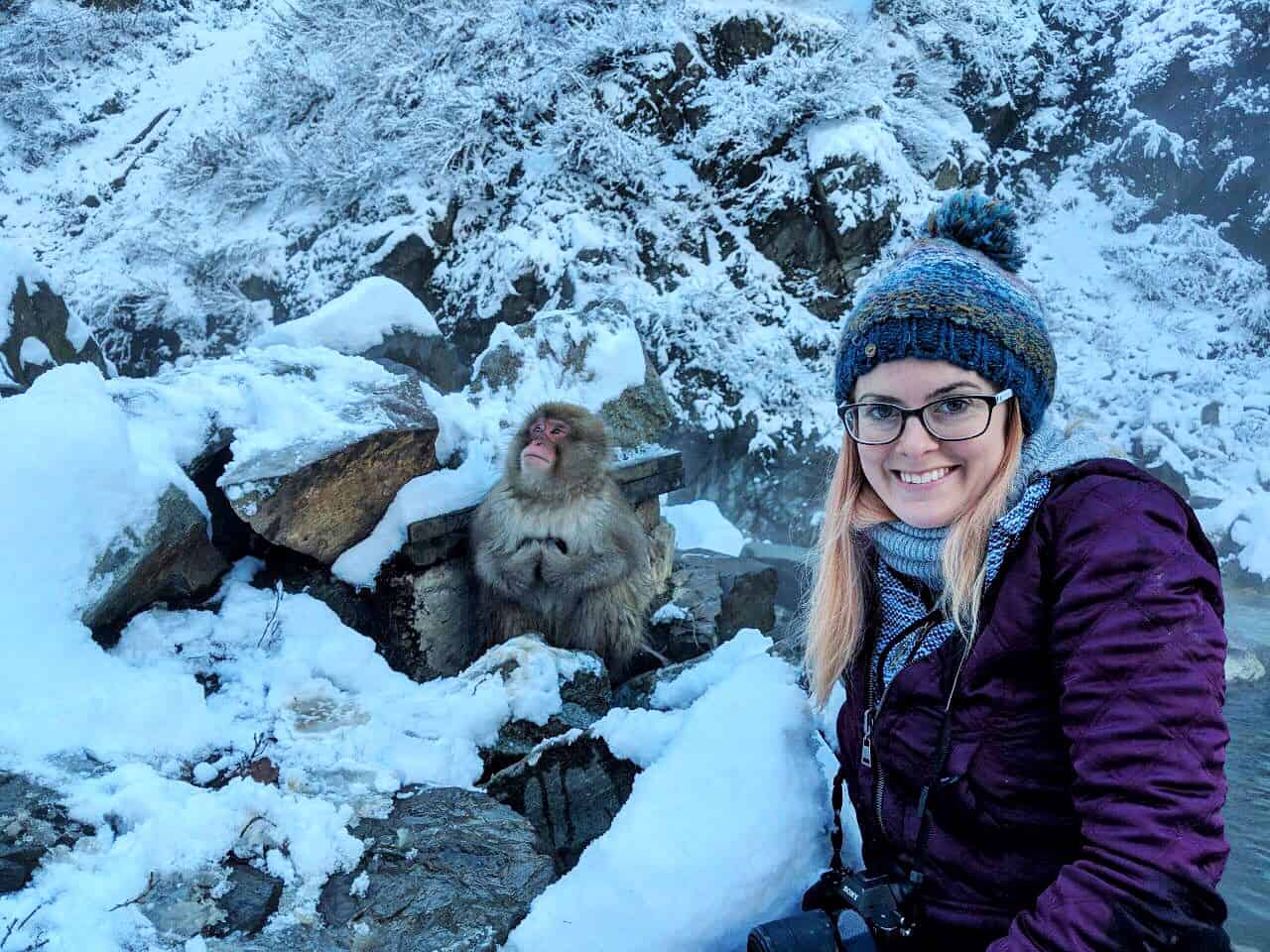
Day Six: See the Snow Monkeys in Yudanaka (Optional)
It makes little logical sense to head from Hakone all the way to Yudanaka, as it involves four trains, some with tight changes, and half a day of travel, but if it’s winter and you’ve always dreamed of seeing Japan’s famous snow monkeys, this might be worth the detour for you.
Just keep in mind that the experience isn’t as organic as it’s touted to be online, and felt a bit like a zoo to me. You can read my report from my time at Jigokudani Monkey Park , along with some recommendations for making the most out of your visit if you do decide to go. If you’re visiting outside of winter, don’t bother going — the monkeys won’t be in the hot pools and the surrounding area is pretty ugly.
If you do decide to skip Yudanaka, I’d add an extra day to Tokyo, Kyoto, or Osaka in its place.
Where to stay in Yudanaka: In Yudanaka, we splurged on a stay in a cosy ryokan , which is something you have to experience at least once in Japan. With prices often reaching as high as $300 a night for the experience, I was thrilled when I stumbled across a more budget option in Yudanaka. It was run by an adorable Japanese couple, and their house came with a private onsen, return transport to the snow monkeys, and one of the most extravagant meals of my life. A kaiseki is a multi-course meal that will see you eating roughly a week’s worth of food (maybe an exaggeration) in a single night, sampling fresh, local Japanese cuisine. It was delicious, and I adored having no idea what anything was. I highly recommend the experience, although being presented with a seven course meal for breakfast had me on the verge of tears the morning after.
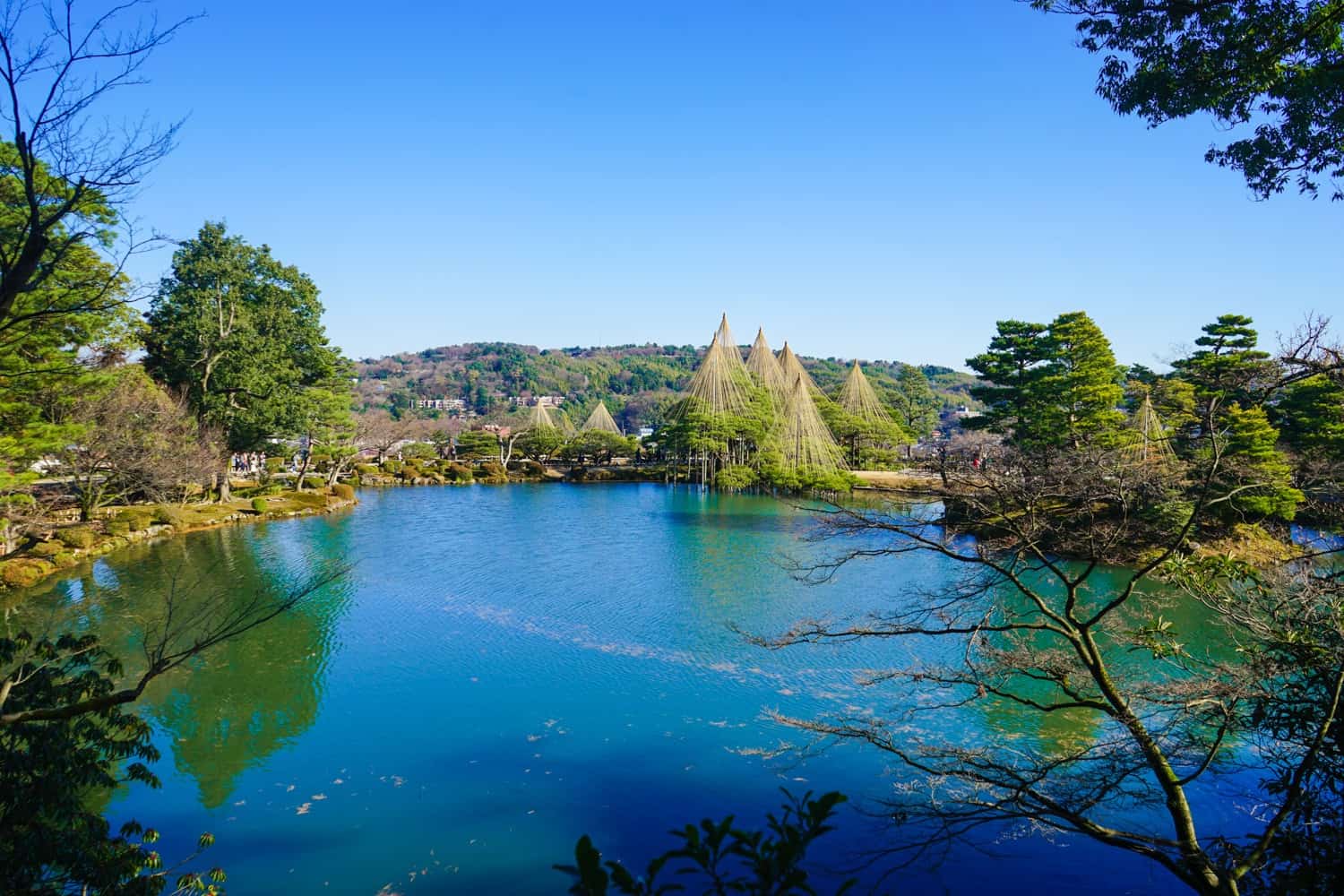
Day Seven: Sushi, Architecture, and Gardens in Kanazawa
I love Kanazawa! I added it to my itinerary because so many of my friends told me it was their favourite place in Japan and I came away having fallen head over heels in love with it, too. This lovely city on the coast is one of the more chilled-out spots in the country, where you can take things slow and enjoy where you are, rather than rushing around and trying to see as much as possible.
Odds are, you’ll be travelling a fair distance to get to Kanazawa (it’s about three hours on public transport from either Tokyo or Yudanaka), so you likely won’t get into the city until the afternoon. That’s no big deal because there’s not a huge pressure to sightsee here.
There are three main standouts when it comes to Kanazawa — the sushi, the history, and the gardens — and as long as you get to experience all three, you’ll be doing great. In fact, odds are, you’ll be able to see them all today.
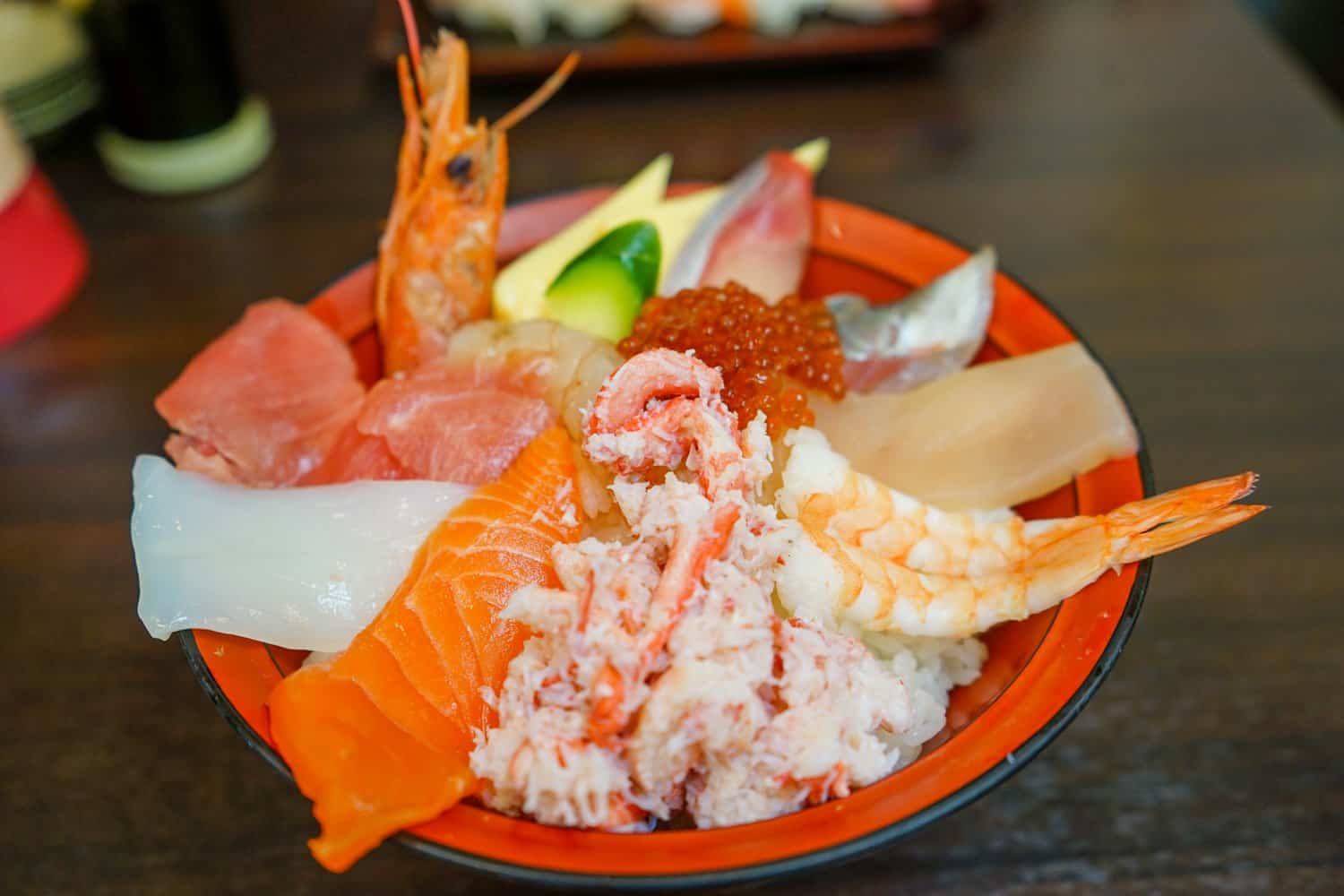
If at all possible, try to time your arrival in Kanazawa with lunch. One of my favourite meals in Japan was at the fabulous Omicho Market, which is famous for its sushi, sashimi, and high-quality fresh seafood.
The market is less touristy than the chaotic Tsukiji Market in Tokyo, and that means more locals, cheaper prices, and just-as-fantastic seafood. Wander the stalls taking photos, choose a restaurant that’s packed with locals, then sample some of the freshest sashimi you’ll ever encounter. Let’s just say I don’t plan on opting for sashimi outside of Japan very often after this experience!
After lunch, kick off your sightseeing in Kanazawa by heading to its most famous attraction: Kenruko-en Gardens. It’s one of the top three gardens in Japan and makes for a perfect way to soak up the relaxed vibes. You could see the entire park in half an hour, but most people opt to go slow and spend a full hour there. Somehow, Dave and I managed to fill a whole two hours in the park, sitting beside the pond, admiring the trees, and wandering down every pathway we could find.
To round off you afternoon explorations, pop over to the nearby Kanazawa Castle for a deep dive into Japanese history and architecture, before venturing out for some more delicious seafood in the evening.
Where to stay in Kanazawa: Kanazawa is home to some seriously cool accommodation! We had a hard time choosing where to stay because every property looked so cosy and inviting. In the end, we settled on this minimalist, modern set-up — it was great value for money relative to most other places we stayed in Japan, especially when you consider it’s only been open a year. It’s in a great location, right outside Omicho Market, where you’ll sample the best sushi of your life. Also within walking distance is Kanazawa Castle and Kenroku-en Garden, so you’re really staying in the heart of it all. I recommend signing up for the traditional Japanese breakfast, as you’ll likely not have had anything else like it before! There’s also an onsen and laundry facilities (always appreciated mid-trip!), and the staff were so sweet and kind.
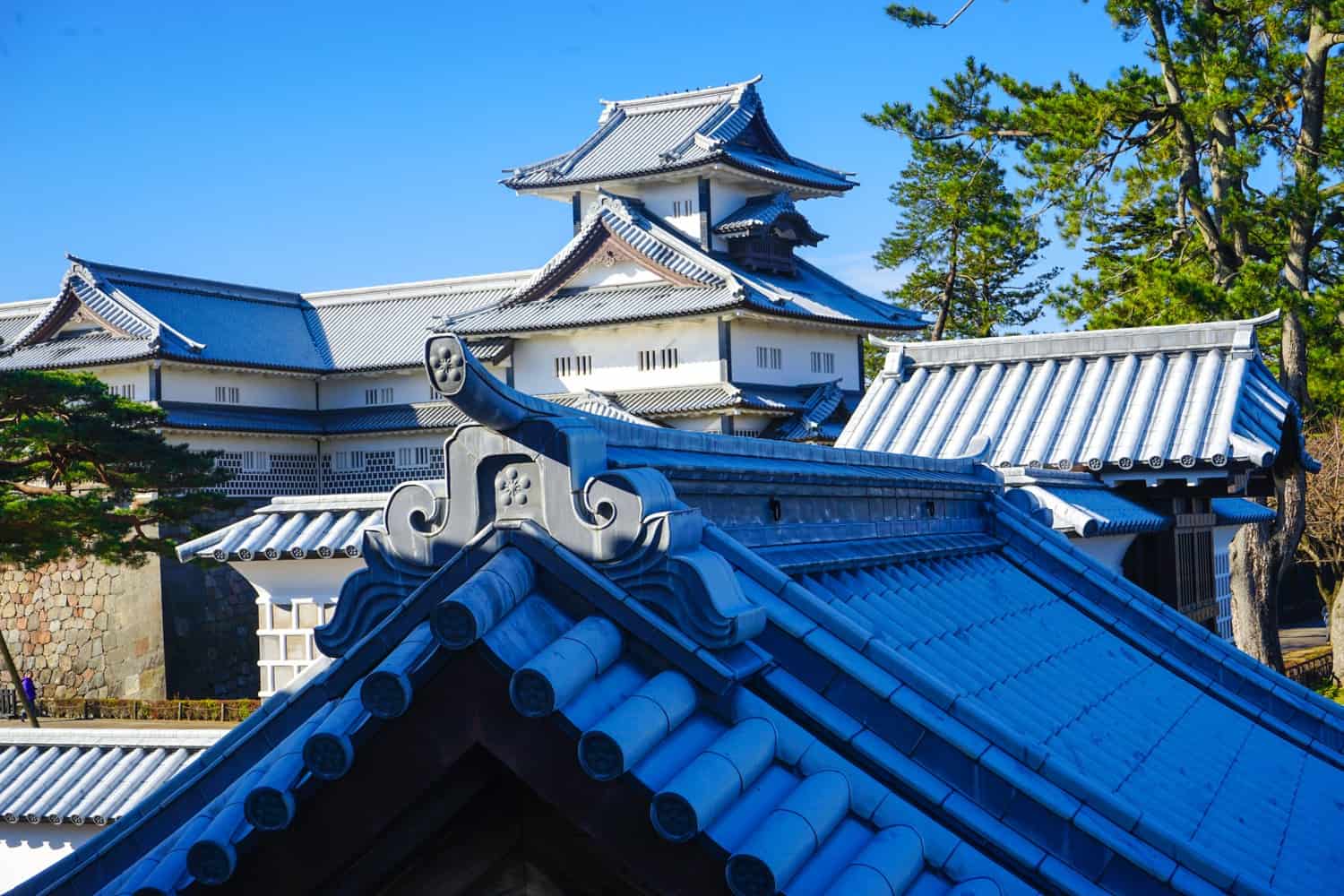
Day Eight: Go District-Exploring in Kanazawa
For your second day in Kanazawa, get ready to get your history on by spending some time in the well-preserved teahouse, geisha, and samurai districts.
Higashi Chaya District is the largest and more famous geisha district, dating back to the 1820’s, and is full of pretty buildings, teahouses, and gold leaf galleries. Make sure to take a look around Ochaya Shima, an old geisha house that’s been preserved as a museum and is fascinating to walk around.
If the crowds at Higashi Chaya get too much for you, spend some time around the nearby Nishi Chaya and Kazue-machi districts, which are less crowded. Nagamachi Bukeyashiki District is where middle-class samurai families used to live and is now home to canals, cobblestone streets, and mud walls surrounding former samurai houses.
Spend the afternoon wandering alongside Kanazawa’s river as a lowkey way to round off your time in the city.
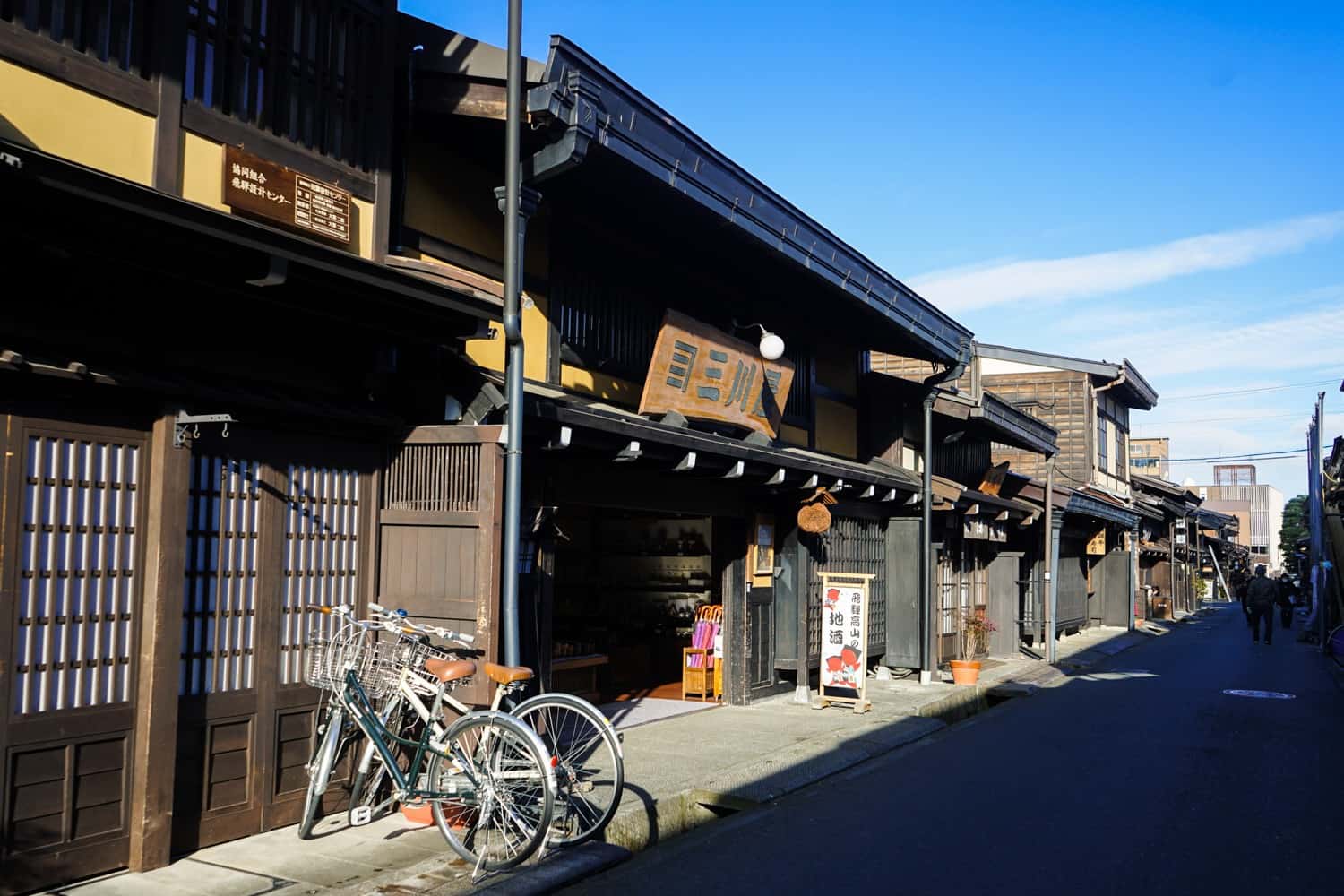
Day Nine: Step Back in Time in Takayama
Takayama, in the Japanese Alps, is a relaxed mountain town with beautiful traditional buildings, famous sake, and delicious Hida beef.
Spend your morning exploring the old wooden houses and hillside shrines, while making it a priority to check out one of the town’s cosy cafes for a soothing cup of green tea.
In the afternoon, head to the Hida Folk Village — an open-air museum showcasing 30 traditional farmhouses in the architectural style of the Hida region. If you were feeling particularly ambitious, you could attempt to squeeze in a half-day trip to UNESCO World Heritage Site Shirakawa-go, where you’ll find a secluded village full of traditional gassho-style homes with steep thatched roofs that keeps the snow off in colder months.
Make sure to squeeze in some sake-tasting and Hide beef-sampling during your evening in Takayama.
While Takayama is small and easily explored, there’s tons to do in the surrounding area, so you could easily swap your itinerary around in order to spend two nights here and one in Kanazawa.
Where to stay in Takayama: In Takayama, we stayed in a small, locally-run guesthouse in the centre of town. It felt like particularly good value for Japan, as it was one of the few places we stayed that you could describe as spacious! It even had a kitchen and washing machine. The beds were comfortable and the hotel was within walking distance of everywhere, including the train station. It was quiet, the staff were lovely, and overall, it made for a comfortable stay!
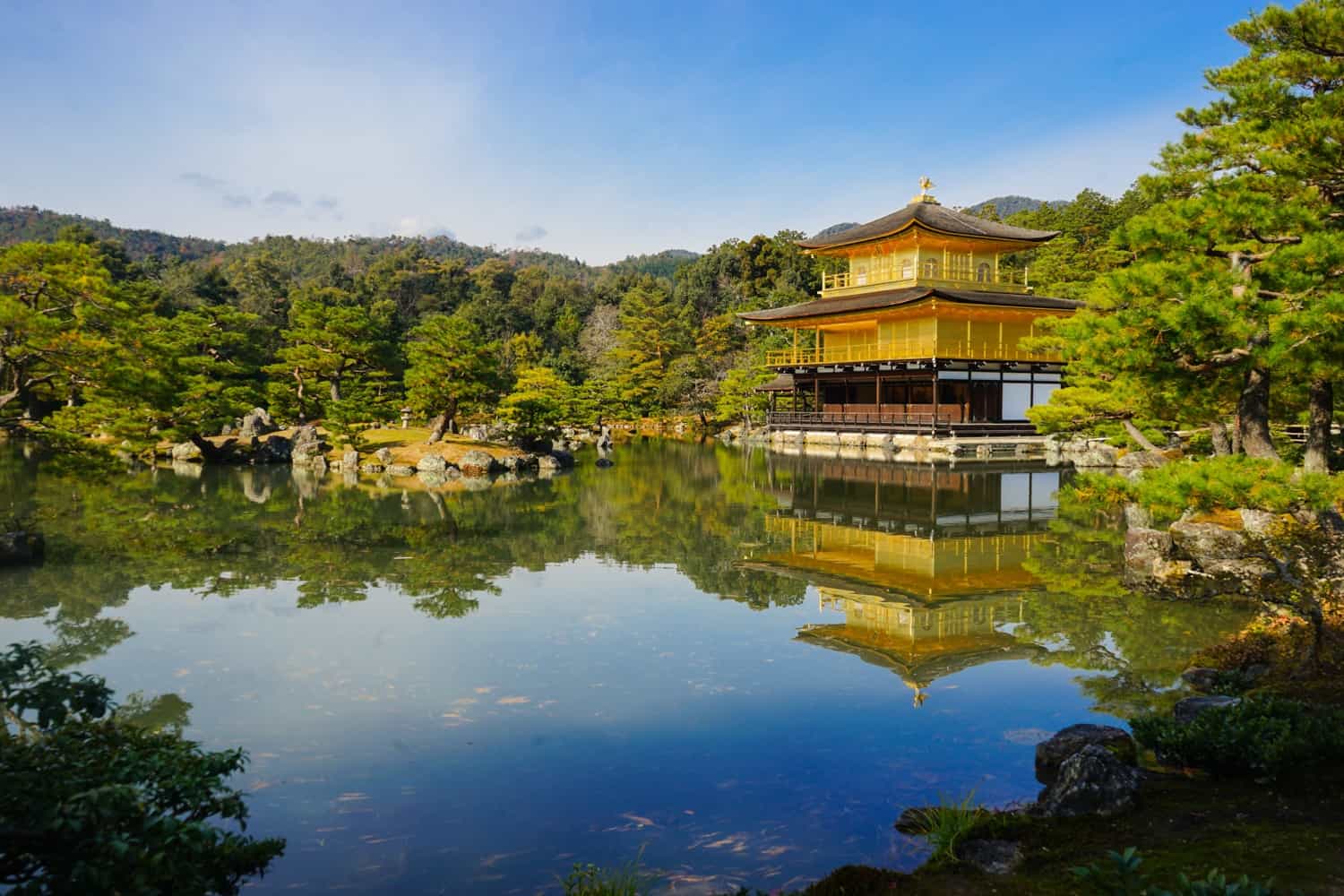
Day 10: Check Out the Highlights of Northern Kyoto
Kyoto! This will likely be one of the highlights from your trip to Japan — as long as you’re prepared for the number of tourists to be intense at times.
The busiest time to travel is the first week of April when cherry blossom season rolls around and you’ll be looking at extreme prices and enormous crowds if you decide to visit then. In mid-November, the autumn foliage hits its peak, and it’ll be almost as crowded. In general, summer and winter are the least overwhelming months in Kyoto, although mid-August and the week around New Year’s Day are popular with local tourists.
Aim to spend your first day in the city hitting up the highlights of Arashiyama, in Northern Kyoto. Make the Bamboo Grove your first stop, as the later in the day you leave it to visit, the more people you’ll have to contend with. Unless you can get there right as the sun rises, dismiss your dreams of having the entire spot all to yourself. Still, it’s a beautiful place, whether it’s overrun with tourists or not.
Tenryu-ji Zen temple, at the entrance to Arashiyama Bamboo Grove is worth a look and worth the entrance fee for some respite from the noise, and it’s home to one of my favourite gardens in Japan.
After grabbing some lunch in Arashiyama, head over to Kinkaku-ji temple — one of Japan’s most iconic buildings. Otherwise known as the Golden Pavilion, this is a must-see while you’re in Kyoto, and I bet you won’t be able to stop taking photos of its glistening reflection in the water. It’s likely to be the most crowded place you visit in all of Japan, but it’s still easy to snap shots without other people in view.
Where to stay in Kyoto: In Kyoto, we stayed in a cosy hotel in the heart of town — we loved this place so much in 2017 that when we returned to Japan this year, we knew we’d have to stay there again! The property was in a fantastic location for exploring Kyoto and the bathrooms were nicer than anywhere else we stayed. It’s one of the top-rated guesthouses in the city — while also being one of the cheapest — so when you take that into consideration, I’m convinced you won’t find anywhere better to stay in Kyoto.
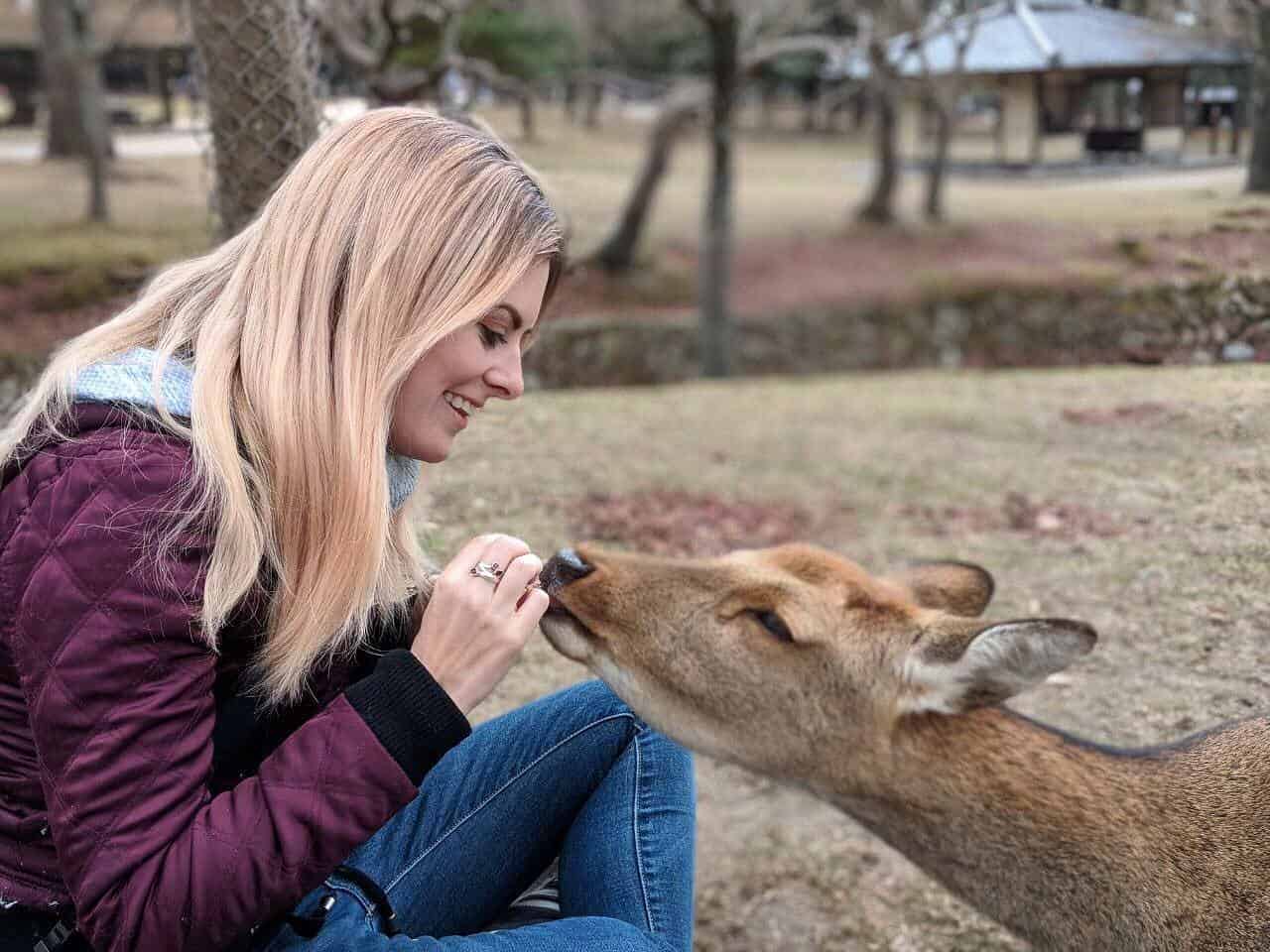
Day 11: A Day Trip to Deer-Filled Nara
The undisputed highlight from my time in Japan was the day I spent playing with deer in Nara. If you want to know what my idea of paradise looks like, it’s fairly identical to that photo above.
Nara was the first capital city in Japan, so there are lots of shrines and historical activities to explore while you’re there.
You could spend the entire day squealing over the wild deer that have made Nara their home. With over 1,000 of them inhabiting the city, you’ll find them everywhere. In the parks, outside the temples, wandering into shops, queuing for a bus — these deer are viewed as sacred by locals and are protected as national treasures. You can buy snacks from vendors around the city and feed them if you like — it’s a lot of fun, especially when they bow to greet you!
If I was going to do this day trip again, I’d book a morning half-day tour that takes you to all of the important temples, shrines, and historical monuments in Nara. Then , I’d spend the entire afternoon just hanging out with the deer and marvelling at how calming they are. (I got so excited about the deer that I spent all day posing with them and didn’t see any of the important parts of Nara!)
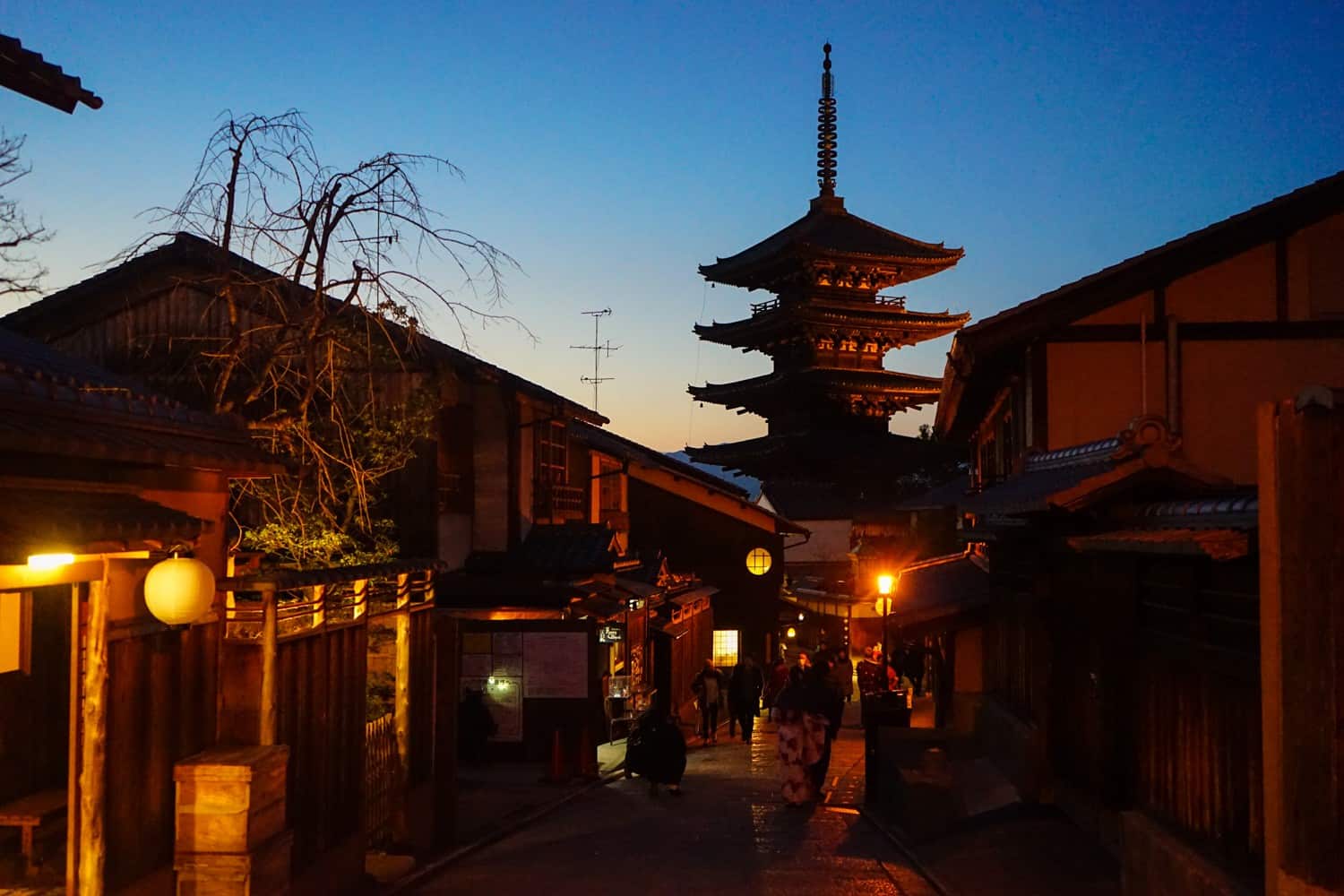
Day 12: Geishas and Shrines in Kyoto
For your final day in Kyoto, plan to spend your time hunting down geishas, wandering through the historic district, and hiking through the Fushimi Inari Taisha shrine’s thousands of red torii gates.
Kick off your day in the historic Higashiyama district, one of the best-preserved parts of Kyoto. Stroll through the narrow lanes, take photos of the old wooden buildings, and stop at traditional stores to stock up on souvenirs.
Roughly an hour before sunset, head to Fushimi Inari Taisha to get some exercise in. I recommend walking the entire four kilometre climb up the mountain for one specific reason. Sure, you’ll get the gist of the shrine within the first couple of minutes, but the further you walk, the less people you’ll encounter. By the time you reach the top, you’ll have those famous torii gates all to ourselves. By going around sunrise or sunset, you maximise your chances of finding solitude.
Next up: the district of Gion! It’s the birthplace of geisha culture and as such, many tourists head there in search of a glimpse of a working maiko or geisha. Make sure you head there in the evening after climbing through the torii gates.
Day 13: Hiroshima and Miyajima Island
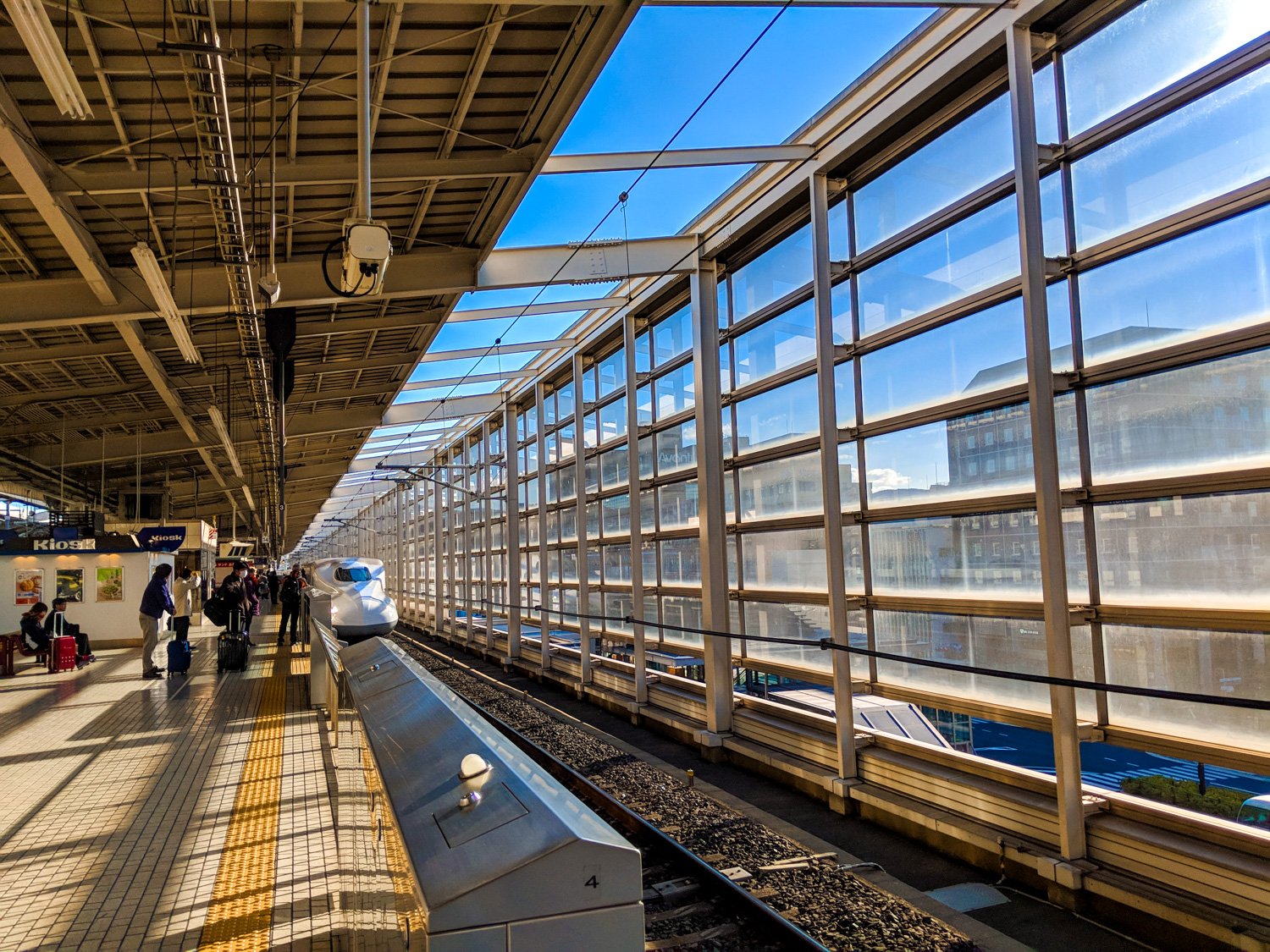
Get your day started early because we’ve got a lot of ground to cover. You’ll be heading to Hiroshima today and the best way to get there is via the Shinkansen bullet train. There’s plenty of departures running throughout the day, so there’s no need to panic about getting to Kyoto Station at a certain time. However, it does take slightly over 90 minutes to get there, and we’ll only have one day to explore, so earlier is better!
Some visitors to Japan wonder if it’s necessary to go to Hiroshima; let’s just say it’s not the most cheerful of travel experiences! However, in my opinion, Hiroshima is so important to visit. Not only will you get to fully educate yourself on the horrors that took place here, but you’ll also be able to witness the city’s incredible strength and resilience.
Hiroshima in 2024 is so much more than its past. It’s a vibrant, modern — even hipster — city with excellent food and warm locals. It’s inspiring to witness first-hand how the destination has grown and evolved over the past 80 years. You’ll get a lot out of your visit, I think — I certainly did.
I recommend aiming for the Nozomi 77 Shinkansen, which leaves from Kyoto Station at 7:40 a.m. With no changes along the route, it gets you to Hiroshima by 9:20 a.m.
You can use Google Maps’ public transport information to get from your Kyoto hotel to Kyoto station via the bus — or take an Uber — and rather than having breakfast in a cafe, I recommend grabbing some snacks from a 7-11 at the station to help save on time.
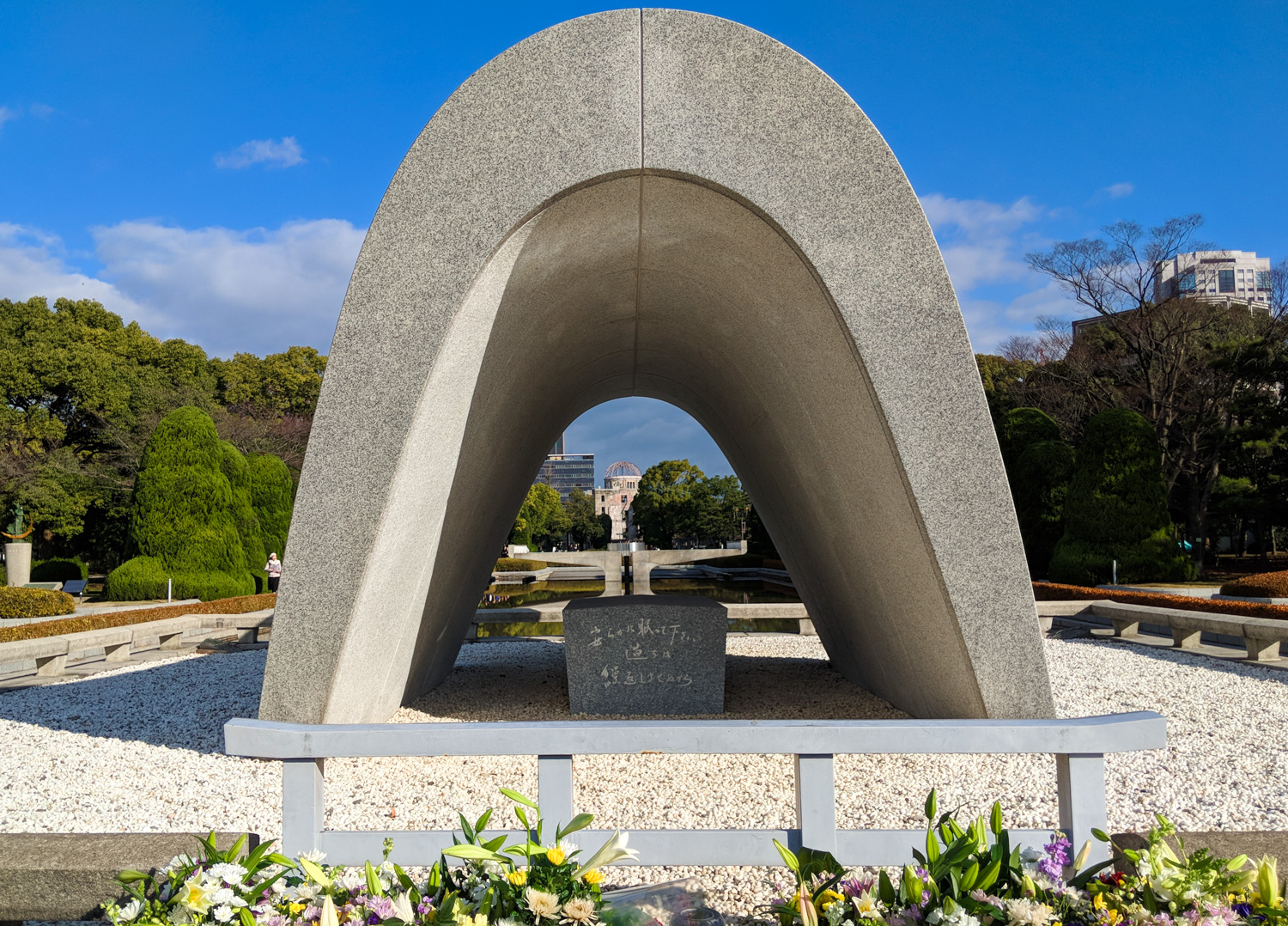
Hiroshima’s train station is located roughly three km, or two miles, from the city’s main landmarks, so I don’t recommend leaving your luggage in the station while you explore. Instead, do as I did and venture first to your hotel to drop your bags; your accommodation should be close to the centre of town. I stayed in this capsule hotel — my first time in one! — and loved it. It was just a three minute walk to Peace Memorial Park, which is where our explorations begin.
Start off by giving yourself several hours to wander the Hiroshima Peace Memorial Museum. It’s undeniably intense and a difficult place to visit, but you need to go in order to fully understand what took place in this city.
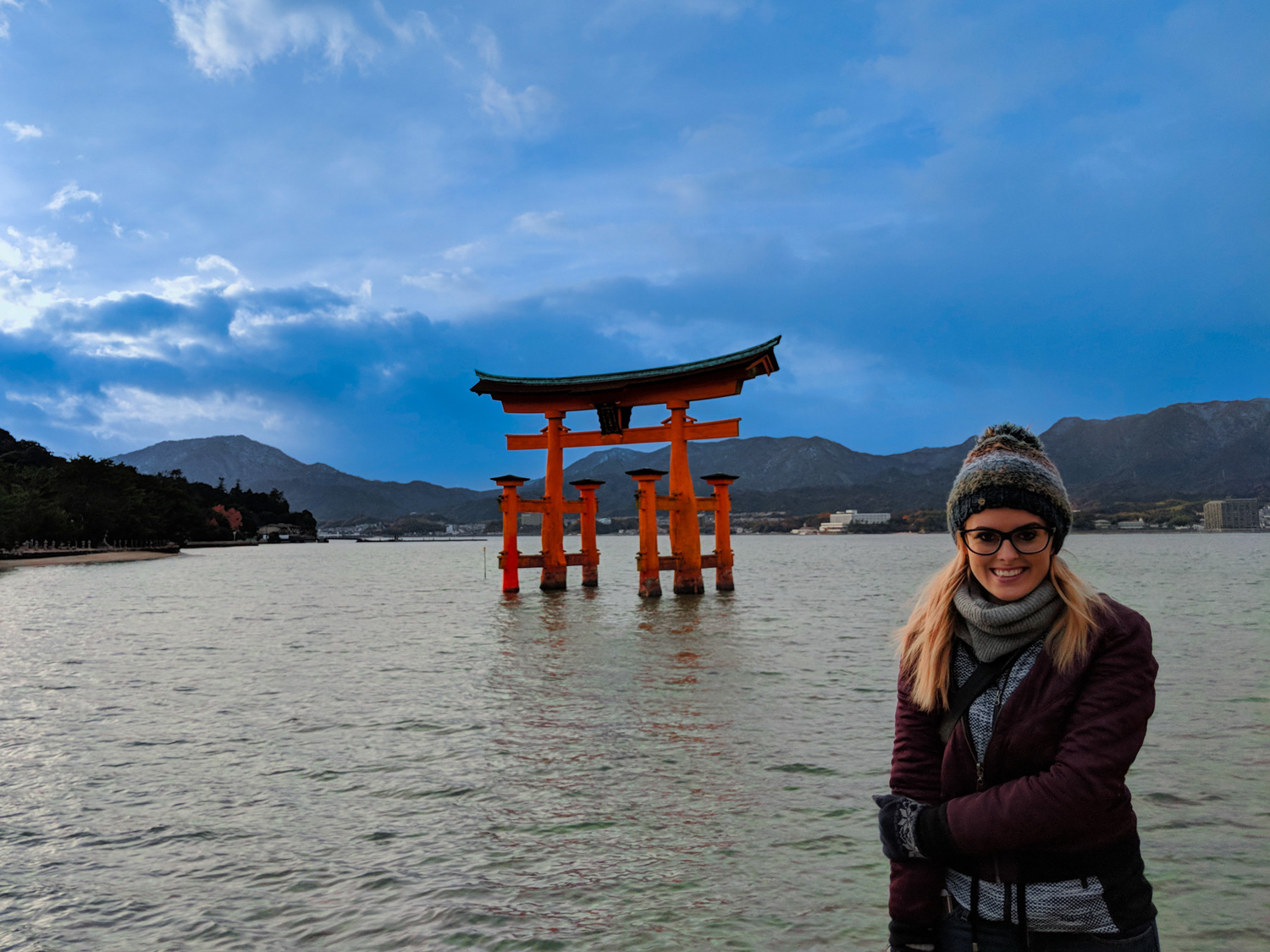
After a quick lunch in Hiroshima, hit the rails and take the train and ferry out to nearby Miyajima Island. It’s a place for respite after a heavy morning of sightseeing, and while you’re there, you can swoon over the wild deer that roam the island, snack on street food, and take selfies in front of the famous Great Torii of the Itsukushima Shrine — you’ll probably have seen this in Japan guidebooks. Most visitors love the laid back vibe of Miyajima.
Head back to Hiroshima for dinner and tuck into a delicious plate of okonomiyaki. Hiroshima’s version of this savoury Japanese pancake is filled with yakisoba noodles, and is the ultimate in comfort food. Definitely make sure to try this while you’re in town so that you can compare it to the Osakan version at your next stop.
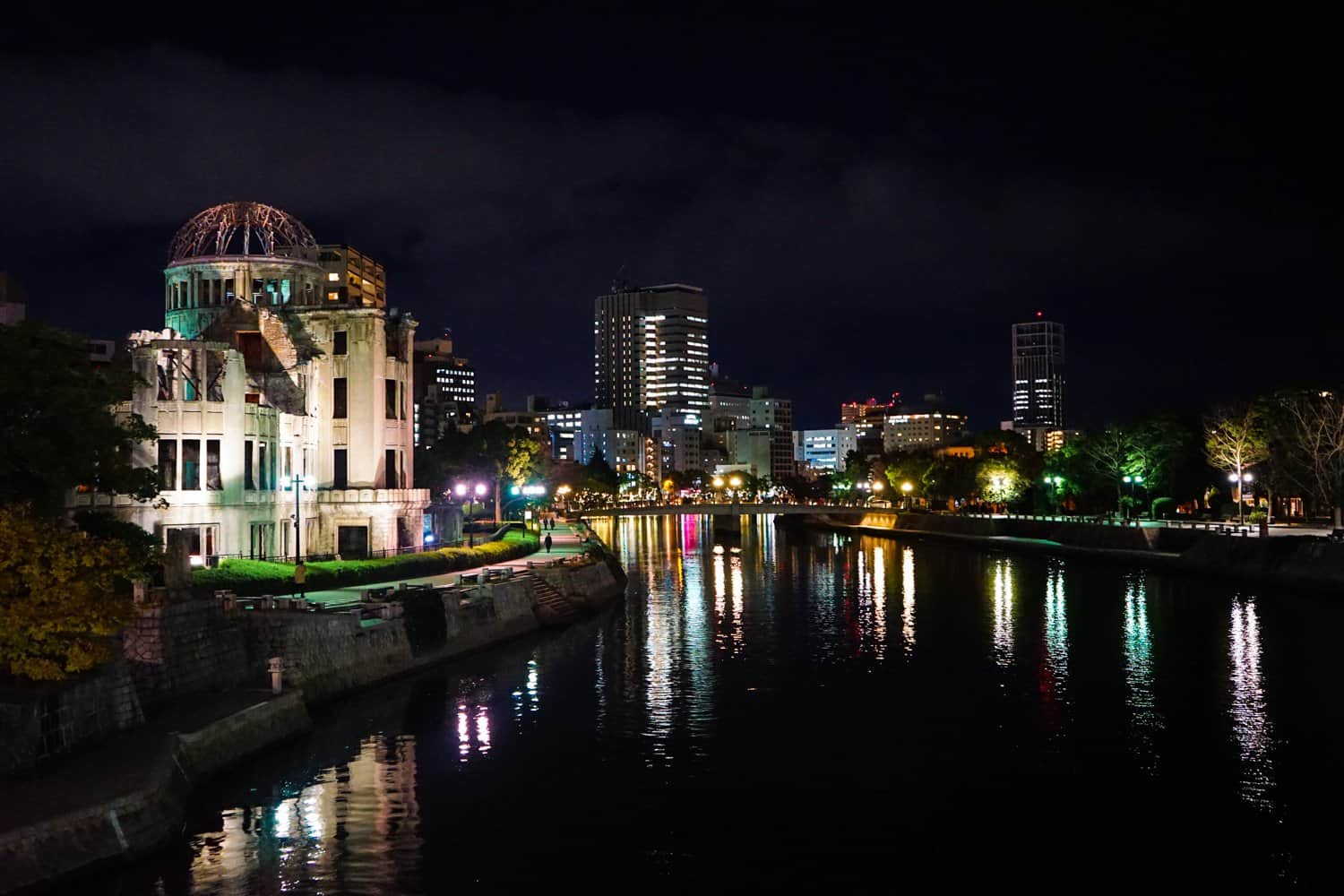
Where to stay in Hiroshima: In Hiroshima, we opted for a capsule-style hostel because I didn’t want to leave the country without trying one. Fortunately, we found ourselves in a room with only two other people staying there, so our capsule room with 20-odd beds was light on snorers. The owner of this place was ridiculously lovely, and it was in walking distance of all of the attractions. Really great bathrooms, a fun common area, and a cheap price. I would have stayed another night!
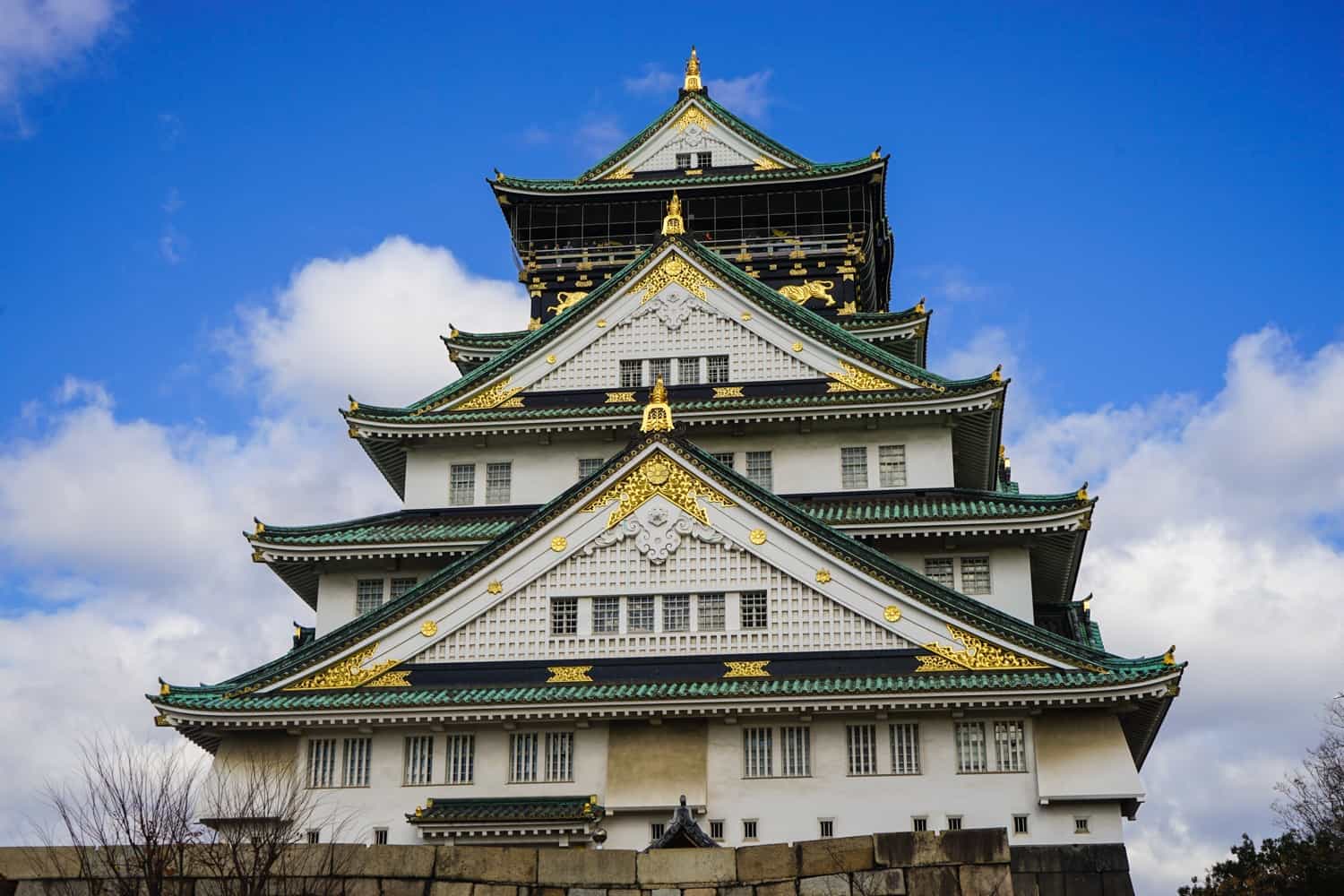
Day 14: Start Eating Everything in Osaka
Wake up bright and early on day 14 and spend a couple of hours wandering through Hiroshima before checking out of your hotel and heading to Osaka. I used this time to stroll through Shukkei-en Garden, visit the Children’s Peace Monument, and take one final wander through Peace Memorial Park.
Onwards! Osaka ended up being my favourite city in Japan, and that’s primarily because it’s where you go to eat . I had one of the best meals of my life in Osaka, and every single thing I ate felt like it was on the verge of life-changing. Dramatic? Always. But man, I love the food in Japan.
After grabbing some lunch, head straight to the city’s most famous attraction: Osaka Castle. If you’re tight on cash, you don’t need to pay to head into the interior, but it does have a pretty great view over the city from the top floor. It’s one of the prettiest castles in Japan, so even sitting outside and taking photos of the shimmering specks of gold feels like a worthwhile activity.
Spend your first evening exploring Dotonbori by night. This vibrant, bustling neighbourhood, and the flashing lights at night are exactly what you’re picturing Japan to be like. Head to Hanamaruken Namba Houzenji for a bowl of pork rib ramen for dinner because it was one of the best meals of my life.
If you’re as much of a foodie as I am, you might want to opt to take this three-hour walking food tour of Osaka while you’re in town. You’ll get to sample 10 of the best local dishes, like takoyaki and yakitori, and two local drinks. The tour covers a whole range of eating establishments, leading you from a street stall to a market, introducing you to a classic Japanese restaurant and izakaya, and finishing off with a secret local hangout.
Where to stay in Osaka: I rounded off my time in Japan with a little bit of a treat, opting for this four-star hotel that offered a ton of freebies. It’s all about the onsen here — it’s open all day and is simply beautiful. After you’ve finished your daily bathe, there’s free ice cream to eat, free comics to read, massage chairs to relax in, and even free ramen to slurp on. Yes, really! It was in a great location for Osaka — just a couple of blocks from the nearest metro station. The decor was calming and traditional; the perfect way to say goodbye to Japan.
Day 15: More Osaka Exploring
If you’re flying out of Tokyo, you’ll likely want to head back to the capital today, but if, like me, you’re flying out of Osaka, you have another day to eat, eat, eat!
Spend your morning in northern Osaka, exploring the area around the Umeda Sky Building. Consisting of two 40-floor skyscrapers connected at the top by the world’s highest escalator, it offers an excellent view of the city and is one of Osaka’s most recognisable landmarks. If you’re into your technology, I recommend spending the rest of your morning marvelling at the enormous Yodobashi Umeda electronics store. You could easily spend an entire day getting lost inside there!
Head to nearby Nakazakicho for the afternoon, which is Osaka’s hipster neighbourhood, and so much fun to explore. There’s lots to keep you busy here, from vintage clothing stores to adorable cafes to craft beer to homemade organic granola, because of course.
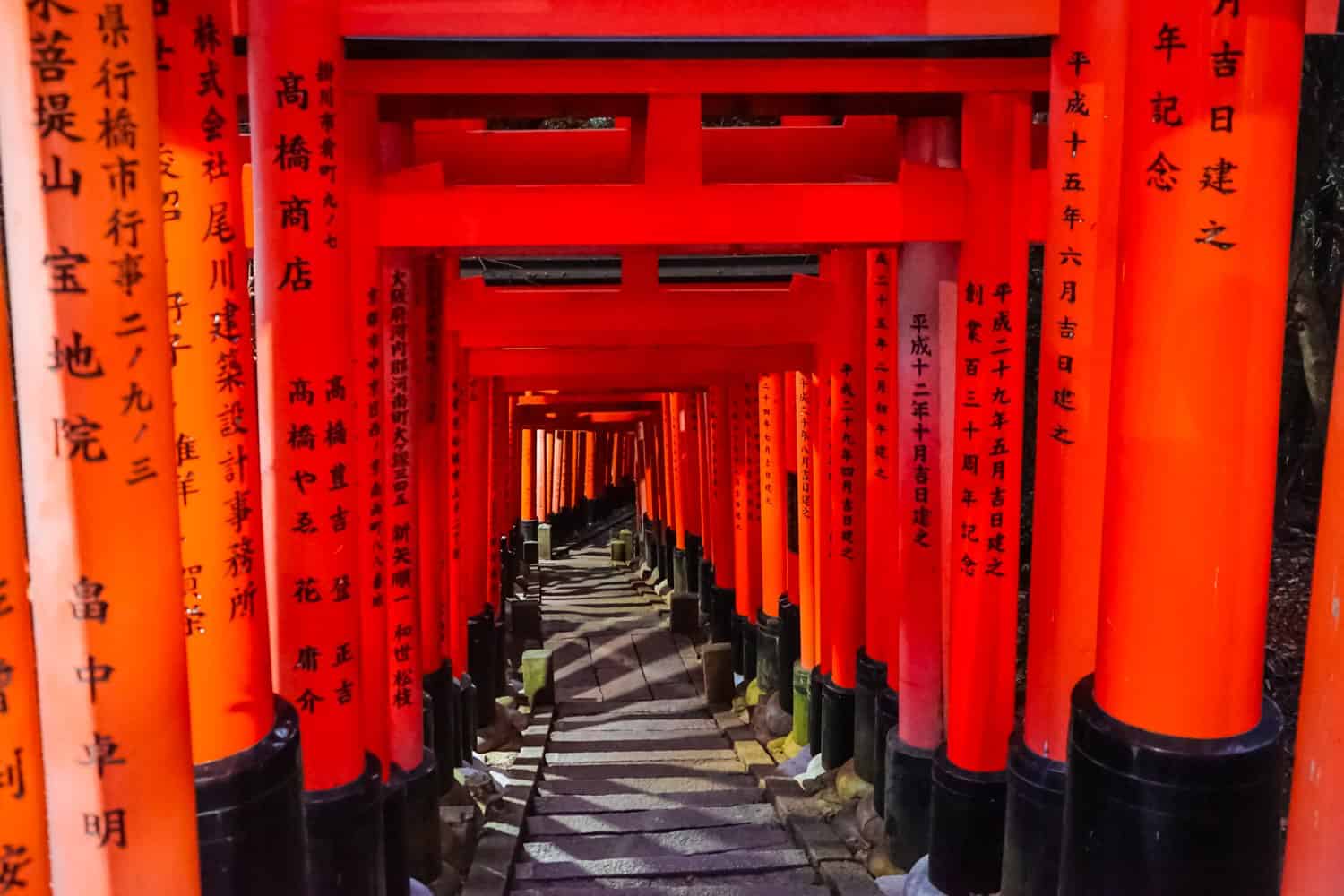
And That’s How to Spend Two Weeks in Japan!
This itinerary is perfect for a first-time visitor to Japan. It won’t feel too rushed, there’ll be a good mix of cities and nature, and you’ll undoubtedly leave with a dream of returning for a second visit.
There isn’t too much I’d suggest in terms of alternations: I’d probably suggest skipping out on the snow monkeys and giving yourself an extra day in Takayama instead. You might want to trade a day in Tokyo for a day trip to Nikko, or potentially take a half-day trip from Osaka to Kobe, but that would really be it.
Now, book those plane tickets and start counting down the days until you touchdown in Tokyo!
If you’ve been to Japan before, what would you have done differently?
Related Articles on Japan 🇯🇵 What’s it Like to Travel in Japan? 💴 The Cost of Travel in Japan: My Budget Breakdown 🍣 15 Weird and Wonderful Things to Eat in Japan 🎌 23 Incredible Things to Do in Osaka, Japan 😎 Hipster Harajuku: The Coolest Neighbourhood in Tokyo 🦔 Should You Go to a Hedgehog Cafe? My Experience in Japan 🐒 Why Seeing the Snow Monkeys in Japan Sucked
Lauren Juliff
Lauren Juliff is a published author and travel expert who founded Never Ending Footsteps in 2011. She has spent over 12 years travelling the world, sharing in-depth advice from more than 100 countries across six continents. Lauren's travel advice has been featured in publications like the BBC, Wall Street Journal, USA Today, and Cosmopolitan, and her work is read by 200,000 readers each month. Her travel memoir can be found in bookstores across the planet.
Related Posts

How to Spend One Week in Mauritius: An Itinerary for First-Time Visitors

The Cost of Travel in South Korea: My 2024 Budget Breakdown

How to Spend Two Weeks in Belize: An Itinerary for First-time Visitors

How to Spend Three Magnificent Days in Tbilisi, Georgia: A 2023 Itinerary

How to Spend Three Perfect Days in Delhi: An In-Depth Itinerary

How to Spend Three Magical Days in Cusco, Peru: A 2023 Itinerary
85 comments.
Hi Lauren, Great write up. Just curious what was the final cost of your trip minus the flight costs. Planning on going next year and want a gauge on how much I will need. Don’t worry about costing it down to make it more appealing. :)
Thanks, Jon
I published a detailed budget breakdown last week. Here’s the link: https://www.neverendingfootsteps.com/cost-of-travel-japan-budget/ worked out to just under $100 a day. Would never lie about my expenses to make a place seem more appealing, by the way! I pride myself on my transparency.
Thanks Lauren, Didn’t mean to offend. Just meant to include things like food, activities, travel, etc so I can get a good picture. New to your site, didn’t know you posted a budget.
No worries!
Where did u stay in Yudanka?
It’s linked in this post: https://www.booking.com/hotel/jp/yasuragi.html?aid=1514105&no_rooms=1&group_adults=2&room1=A%2CA
If you ever make it to Okinawa, please visit the Pineapple Farm and try pineapple chocolate!! My family lived there for a couple years when I was younger and whenever coworkers of my siblings are stationed over there (in the military), I always ask them to bring me back pineapple chocolate – so delicious!!
Oooh, would love to go to Okinawa! I met a couple who live there while I was on my Great Barrier Reef tour last year and they really sold it to me :-)
Thanks Lauren. This perfect. I am planning on visiting Japan mid April 2019 and hopefully will see the cherry blossoms in bloom. Your itinerary sounds fantastic so I will definitely use it to plan my trip.
Ah, the cherry blossoms look amazing! You’ll have such a great trip :-)
Love this post! I’m hoping to go to Japan within the next few years :) Did you find it difficult to communicate while there?
Not at all! I was expecting a higher language barrier, but we didn’t struggle to communicate. There were a couple of restaurants and train stations where the locals couldn’t speak any English, but miming helped us a lot.
Japan is one of my top dream destinations! Hoping to head there next year. I am bookmarking this itinerary for future reference. This is so, so helpful – along with your Japan budget breakdown! Thanks for the awesome resources :)
Thank you for reading! :-)
Wonderful thank you for this fantastic post.! We are heading to Japan (first time visit) in 10 days time for 2 weeks ? super excited! I have done heaps of research and read lots of blogs etc and we have pretty much got the same route planned. Just a few wee differences…. we are skipping the snow monkeys but visiting Matsumoto and the Alpine Route instead. Thank you once again for your recommendations and sharing your knowledge with us ?
Sounds like a pretty perfect route to me! You’re going to have an incredible trip and eat SO WELL. :-)
*runs to pinterest pins* Thanks for all the information! Will def use this to plan my stay in Japan xx
Yay! Hope you have an amazing trip :-)
As you experienced, Japan has a terrible stance on the ethical treatment of animals. As I’m also sure you know, Japan is one of only three nations- the others being Iceland & Norway- that still engage in the slaughter of whales (Iceland’s began last week). For that reason, I would never set foot in those countries.
I’m not a fan of travel boycotts, but to each their own! If I didn’t visit countries that slaughtered whales, I’d feel as though I’d have to extend the same rule to countries that slaughter chickens, cows, pigs… and then I’d have nowhere left to visit.
Hey LAUREN! you are such an amazing writer. I loved this post. you represent Japan very well. after reading this blog, I am planning to take a trip to Japan in my coming holidays. thank you for this great piece of information.
Thank you so much! I hope you make it there and have a wonderful trip!
This itinerary sounds amazing! I spent a month in Tokyo back in 2014 working for a language program. It was an amazing month but sadly I didn’t get to explore around Japan as much as I would have liked to. We’re headed back in January but only for a 2 day layover. So will definitely look into your Tokyo suggestions. And have pinned this for later when I return to Japan and get to explore more!
Hi Lauren, I really enjoyed while reading your blog. Yes I totally agree with NISHA, Your are such a amazing writer.
I have been to Japan three times and I have to say this is the definition of a perfect trip around Japan! You hit all the major sites, saw a little bit of everything, and seemed to have a great trip. Now it’s time to start planning trip two, eh?
Thanks so much, Marie! I’d love to return during spring or autumn for my next visit.
I love the level of detail you included in this, Lauren. I have a week in Japan booked for October and I’m struggling to narrow down where to go. I know it isn’t really enough time to see much! Do you have any suggestions? Can I fit in Tokyo, Kyoto, and Osaka? And maybe Hiroshima?
Did you use the street vending machines?
They sell everything and are everywhere
I loved the soiled females panties machine the best :-)
Yeah, but only for drinks.
i can’t wait to head to Japan and replicate your itinerary exactly. Apart from the snow monkeys, as I don’t want to visit in winter anyway. Thanks for the useful post!
No problem! So happy to hear you found it useful :-)
The first time I went, we also visited Miyajima Island from Hiroshima… since then, we’ve (twice) stayed on the island for three nights. Totally worth it, as you might guess! Things do close early, but it’s lovely and the hike up Mt. Misen is great.
Ah, lovely! I’ll have to make sure I opt to spend more time there on a future visit :-)
Awesome tips! Will be headed to Tokyo for a week in a few months and this would really come in handy! I wanna try your Google Maps trick for food. I’ve always just researched a lot before I went but your trick seems like a lot of fun
Yeah! It’s mostly due to laziness on my part, but as long as I choose a place with high ratings, I’m very rarely disappointed :-)
Hi Lauren, We love Japan also but on our first trip (we live close by in Australia), we spent two weeks in Kyoto, venturing to Osaka, Nara and Lake Biwa from there. Next time we will want to go further afield and see much more, so I think your itinerary will serve us well for that trip. My husband isn’t keen to see the snow monkeys, so I was interested to hear that you weren’t that impressed. We will possibly switch out the 3 days in Kyoto for somewhere else, maybe Osaka so we can eat up big!
Hi Lauren, we are planning a two week trip June-July next year, two adults and my 11 yo daughter, who is just as keen as us to see Japan, being an amine fan and loving all things kitsch Japanese. You itinerary sounds perfect for us and will take you advice and skip the monkish but perhaps squeeze in Okinawa?
Does your itinerary include some rural Japan? I think you referred to a bathhouse, but we were thinking something up in the hills, very basic and authentic. Perhaps something like a short pilgrimage? Any ideas.?
Thanks so much for your great writing. I’m going to follow you!LUISA
Great post! planning on going to japan on March and your tips and itinerary will definitely help!!
Did you travel by yourself? did you meet other travelers? I’ll be going on a solo trip and I’m worried it might get lonely… any tips?
Super helpful post, thank you! My husband and I will be visiting Japan for the first time in mid-March for about two weeks. We’d like a mix of city/modern and nature and old Japan and crafts, and good food! Does this itinerary make sense? Day 1: Late afternoon arrival in Tokyo Day 2: Tokyo Day 3: Tokyo Day 4: Morning trains to Takayama Day 5: Takayama Day 6: Morning train to Kyoto Day 7: Kyoto Day 8: Kyoto Day 9: Day trip to Nara Day 10: Kyoto Day 11: Morning train to Hakone, do the loop that afternoon and stay overnight at an ryokan/onsen Day 12: train to Tokyo, stay one last night Day 12: Fly home
That sounds like a perfect itinerary to me! :-)
Hi! I just found your blog and I have to say that these Japan posts are incredible. There’s ample material online on Japan, but in the modern day of clickbait and 140 character statements, I actually sat and read each and every one of your posts from start to finish. Thank you for the time, effort, and for conveying your journey so eloquently. You’re helping me plan the honeymoon of a lifetime : ).
Quick question for you – what time of year did you go? Seems like November or December based on your snow monkey post. We were looking at mid to late November. Thank you!
Wow, that’s such a compliment! Thank you so much, Nikki :-) We went in early December.
Great post! I’m aiming to visit Japan in March and I’m going to follow your itinerary exactly.
Awesome! I hope you have the best time in Japan :-)
Hi and Happy New Year Lauren! I plan to take my nice and nephew who are 18 yrs. old to Japan. Based on their age, what 2 or 3 cities do you think offer the most for them during a week in Japan? They might get bored with too many temples. Are there any physical activities/experiences that you could recommend? For example, in Hawaii we went diving with the fish with an underwater scooter. Thanks for your time and thanks for your insight!
Hi Lauren, Your posts on Japan have been very helpful! :-) Thank you for sharing. We are planning to make a trip out to Japan and was wondering what you thought of the following itinerary.
D1/D2: Traveling to Tokyo from the US (we are staying in Shinjuku) D3-D4: Tokyo (East side one day and West side another day) D5: Visit Studio Ghibli in AM and then take train to Kyoto (we are staying in Gion) D6-D9: Kyoto (planning for one full day for Hiroshima/Miyajima and a half day in Osaka) D10: Leave Kyoto early for Takayama – visit Shirakawago for the illumination event D11: Explore Takayama in the morning and take train in afternoon to Nozawa Onsen D12: Nozawa Onsen (ski day!) D13: Nozawa Onsen (ski day!) D14: Nozawa Onsen (ski day vs. Snow monkey vs. head to Tokyo early vs. something local?) – travel to Tokyo in evening D15: Flight back to US from Tokyo in the evening
I am wondering what your thoughts are on our stopover at Takayama/Shirakawago. I was torn between getting tickets for the the illumination event vs. just visiting Shirakawago the next morning. I thought it would make the next day very rushed looking at the train time table since we would need to catch a train at 2 or 3PM in Takayama.
Also, I was very disheartened to read about your post about the snow monkeys. I wonder if you think it’s truly worth it. Our hotel in nozawa onsen has a bus that leaves at 9AM, reaches the park at 10AM and then returns to the hotel around 4PM. It will basically eat up the whole day. We weren’t technically planning on skiing 3D in a row but since the northeast has yet to have any significant powder snow… we are wondering whether we should stick to the resort and enjoy the real snow while we can.
Most itineraries such as yours sometimes include day trips from Tokyo to Hakone or Nikko. I feel like there is so much to see already in Tokyo that making a day trip out there will just take away from the other experiences. I know everything is a trade off with limited schedules. But I was wondering if you had any thoughts on whether Hakone/Fuji 5 lakes is particularly worth visiting in the winter? (we are going in February).
Finally, when you were in Japan did you go to a tea ceremony? All the guidebooks I have read mentioned it but I am wondering if it’s a tourist trap.
Thank you so much for taking the time to read this!
Hi, Thanks for such a good piece! Just wondered why you chose to do Kyoto-Hiroshima-Osaka in that order? If there was any particular reason? Thanks again :)
I had flights out of Osaka, so needed to finish up there. No reason why you couldn’t switch the destinations around if you wanted to! :-)
Hi Lauren, great post! I have just started on working on my itinerary for May-June. Where did you stay at Hakone?
Hi Kris! I list all of the accommodation I stayed in along with a mini-review of each in my Japan budget guide here: https://www.neverendingfootsteps.com/cost-of-travel-japan-budget/ In Hakone, I stayed in Hakone Tent and loved it — they had a private onsen for guests to use!
I just wanted to commend you on a couple of brilliant blog posts detailing Japan. I read both this and your breakdown of costs, prior to my trip last month, and found them extremely useful. I even stayed in the capsule-style hostel (somewhat akin to a kennel for adults) in Hiroshima – what an incredible location that was!
Thank you so much, Guy! That means a lot. I’m so glad to hear you had a wonderful trip!
Japan is something magical. Never felt so peaceful and safe as in this country. As soon as you leave Japan, you want to come back again! …to feed shikas in Nara! :D Can’t stop exploring this beautiful corner of the World! :) Thank you Lauren!!!
Hi there! Thanks for sharing your itinerary, it might inspire ours too. I was just wondering, did you travel with a backpack or a suitcase? In such a crammed holiday, I would be thinking backpack for practicality, but I know already that I want my suitcase there with me, to fill it to the brim with things to bring back from that land of dreams…
I have the feeling I’ll have more reading to do on your blog to try and find out more on, say, hedgehogs cafés and such ;)
I travelled with my 40 litre Osprey Farpoint backpack :-)
Ah right I see, that does seem more practical :)
Absolutely amazing post, and consider this bookmarked! It was a great explanation of fantastic places in Japan. This blog is helpful for 1st-time visiter to visit in Japan. Thanks for Sharing.
Hi Lauren! I’ve been having trouble finding the official link to the JR Rail pass, do you know which is the valid and proper cost? I’m afraid of paying so much and having it not be valid!
Thank you so much!
http://www.japanrailpass.net/en/ is the official site, but you can’t buy passes from them — you have to use one of the authorised sellers. I used the site I linked to in this post and it wasn’t any more expensive than anywhere else.
Thanks for sharing this! I’ve built out an itinerary and was hoping you could take a look. Is this too heavy on Tokyo vs. Kyoto?
Oct. 11 – 17: Tokyo Oct. 17 – 21: Kyoto (including day trip To Fushimi Inari/Uji/Nara) Oct. 21 – 23: Osaka (including day trip to Kobe) Oct. 23 – 24: Hakone Oct. 24 – 25: Return to Tokyo for 1 night + depart next day
Thanks for the great advice, we are going for blossom season this year and will be certain to use a lot of it!
I had one question if I may. It seems quite difficult/confusing to get to Takayama or Kanazawa from Hakone. Do you mind please letting me know how you went about it please as both places look great and would be a shame to miss out!
Thanks Lauren
I’d go back to Tokyo and then onwards to Kanazawa. You could break up the journey by spending a night in Matsumoto or Nagano if you don’t want such a long train ride. Hyperdia is the best app for figuring out which trains to take.
Great, thanks!
Google maps can now navigate all up to par with Hyperdia, even subway connections down to minutes. Give it a try first, I find some of the Japan based apps not as intuitive.
Thanks for sharing that tip, Howard!
Hi, what month did you travel in? Trying to work out whether it’s best to go in December or April!
I was there in December. The pros were fewer crowds and lower prices, but it was really, really cold. In April, the weather will be nicer but it’ll be crowded as hell and very expensive.
Lauren, My wife and I have a similar trip coming up. We bought the rail pass and are so excited to travel up and down japan. I have a question about baggage? For a two week trip that is going to utilize 95% public transport, and no lack of souvenirs, how do you manage your bags?
Thank you so much for all your great insights!
Thank God the Japanese have respect for public transportation, because, in a city like Tokyo, cars on the streets during rush hours would be Hell on Sundays. We had the luck to experience being on the moring train with suitcases, children going to school, commuters, and workers wondering what wrong with these people? Rush hour in Tokyo is such a great study of people working as a unit.
Hi Lauren! Thank you for your post is very inspiring. I know that it has happend almost one year from the post but I was wondering if you could remember the train combinations to arrive to Yudanaka. Thank you in advance, Sara from Spain
Hi! Can I ask how much this trip cost? It would be nice to know roughly how much I need to save.
Yep! I’ve got a detailed breakdown of every Yen I spent here: https://www.neverendingfootsteps.com/cost-of-travel-japan-budget/
I have plans to travel from Tokyo to Sapporo. Any advice please? Thanks
What would you like advice on specifically?
We’re planning a trip with our boys (7,7 and 8) in October and wilst we are worried about the costs – it’s great to see there’s also budget options without being in dorms:-).
We are thinking of visiting South Korea in the same trip – and have seen only a few posts there from your hand. Does it suck there since you didn’t blog so much from there?
I was wondering if SK is worth the trip at all? It’s cheaper than Japan and kind of similar and “just around the corner” from Japan.
We plan to begin in Tokyo and then take the trip all the way through to lastly take a ferry to Busan (SK). And stay for a month.
Thanks for a fab blog – I hope you get to travel soon:-)
Hello and thank you so very much for your “How to spend two weeks in Japan” ! We are using your itinerary as a basis to tailor our first trip to this amazing country. You mention staying in Shibuya whilst in Tokyo. I’ve checked out the Airbnbs and most seem to be Shinjuku City. Is that close enough to Shibuya? Hard to tell from the map – and obviously, haven’t got a clue if it would be a good “substitute” for Shibuya. Any suggestions, much appreciated. Thanks once again. Ana
Hi Ana! Yep, Shinjuku would be just as great. Shibuya and Shinjuku are about a half an hour walk from each other, so not too far. And Shinjuku is just as wonderful to stay in! If you can’t find anything in Shibuya, then I’d definitely be happy to go with Shinjuku.
Hi. Love your post and it’ll be my guide for my upcoming Japan trip. Can you please confirm the name of the hotel in Kanazawa? Everytime I click the link, a new hotel pops up.
Hi Keshav! Unfortunately, it looks like the hotel I stayed in is temporarily closed! I’d take a look at Kanazawa Guesthouse Stella as an alternative option: https://www.booking.com/hotel/jp/kanazawa-guesthouse-stella.en-gb.html well-rated and good value for money!
Hi! With little time for planning, me and my husband followed your itinerary, and we had a great time, so I just wanted to thank you for your blog. We actually did it backwards, from Osaka to Tokyo, and I’m glad we did it this way, as Tokyo is so different from the rest of Japan. Takayama (cool, mountainous, so many temples!) and Itsukushima (Miyajima Island – deer, tasty food, water floating temple!) were my highlights. Unfortunately I was ill in Kyoto and missed a lot, so I’ll have to go back one day. My husband loved Kanazawa, the sushi was SO good there. Anyway, thanks to you we had an AMAZING holiday, and we feel we did Japan justice in only 2 weeks.
Hi Lauren. Love your post. My wife and I will be traveling to Japan in March. We have a couple of days we are still planning. Would it make sense to take the train down to Fukuoka and Nagasaki from Hiroshima? From there we would be going up to Kanazawa. It would involve some long train rides. Just don’t know if it we are spreading ourselves too thin. (Our loop is Tokyo – 2 days – Kyoto – 5 days- Hiroshima – 1 day – Nagasaki/Fukuoka – 2 days – Kanazawa – 2 days – Hakone – 2 days- Tokyo – 2 days.) Thanks.
Personally, I wouldn’t add Fukuoka or Nagasaki to your itinerary. I think it’s too much distance over the time you have — especially Nagasaki to Kanazawa, which would involve sitting on a train for pretty much an entire day. Somewhere like Osaka would make more sense for that part of your itinerary. Either replacing Nagasaki/Fukuoka with Osaka or Kanazawa with Osaka.
I’d also maybe consider moving a day from Kyoto to somewhere else in your itinerary, too. You don’t really need five nights there to see everything, whereas you could be very jet lagged when you arrive (the jet lag is particularly brutal when travelling from the US or Europe) and appreciate having an extra day at the start in Tokyo.
If it was me, I’d do Tokyo (3 days) – Kyoto (4 days) – Hiroshima (1 day) – Osaka (2 days) – Kanazawa (2 days) – Hakone (2 days) – Tokyo (2 days). Or: Tokyo (3 days) – Kyoto (4 days) – Hiroshima (1 day) – Nagasaki/Fukuoka (2 days) – Osaka (2 days) – Hakone (2 days) – Tokyo (2 days).
Thanks, Lauren. I appreciate your feedback. I’ll let you know what we decide. We leave for Tokyo on Monday!
Best regards, Rob
No problem! Have an amazing trip — I can’t wait to hear all about it!
Leave a reply Cancel reply
Your email address will not be published. Required fields are marked *
Meet Lauren Juliff
10 Cheap Ways to Visit Japan

By Nick Callos
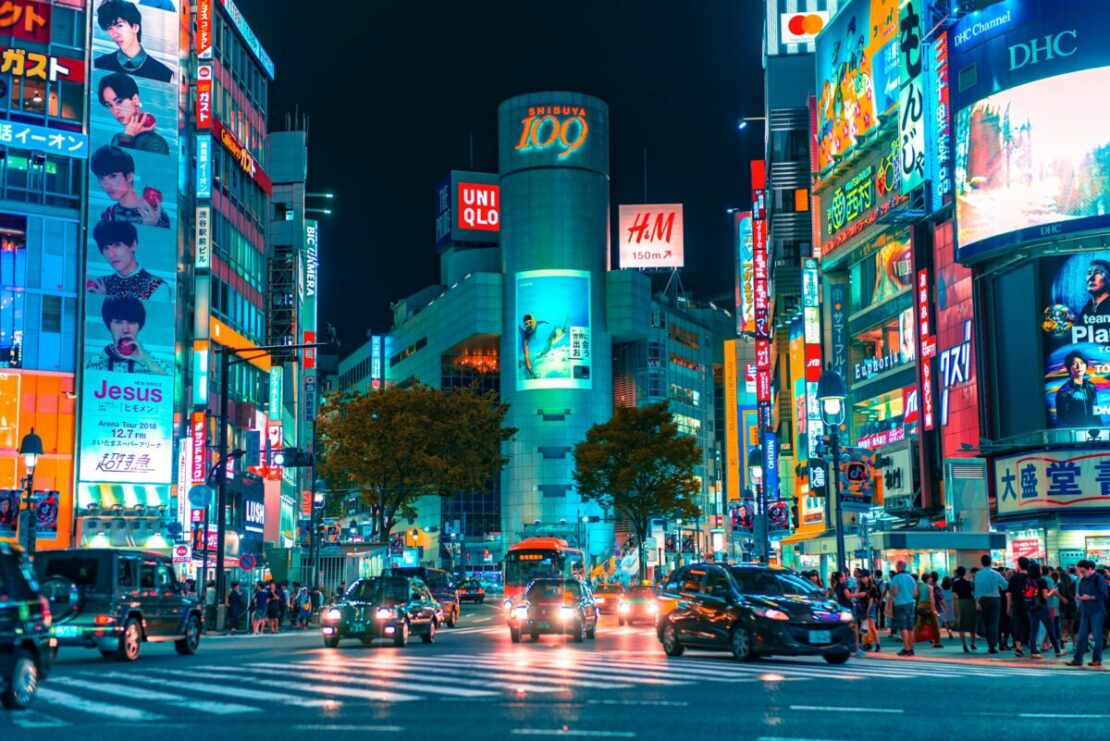
Japan is timeless, a place where the modern fuses with the ancient seamlessly. Add in excellent cuisine, exquisite nature, and welcoming people, and it’s easy to see why Japan attracts more than 25 million foreign tourists annually.
From visiting historic temples and relaxing at teahouses to eating soba noodles and riding bullet trains, Japan offers an incredible variety of amazing things to do. You can even enjoy hot pot while watching a sumo show.
If you want to have a transformative, unforgettable vacation, Japan — without a doubt — can provide that experience.
Now, we know you may be worried about the cost of visiting Japan. That’s why we’ve put together this article — because potential expenses should not hold you back . With a little flexibility, resourcefulness, and open-mindedness, you can actually visit Japan for cheap. Although flights, hotels, meals and activities in Japan add up, cost-saving travel strategies exist.
You may not have considered it, but a savvy way to visit Japan on a shoestring budget is to teach English. This allows you to earn a salary and live and work in a city like Tokyo, Osaka, or Sapporo. Teaching English as a Foreign Language is the perfect opportunity to get paid to travel abroad in Japan. Organizations such as International TEFL Academy (ITA ) can help you land a job there. ITA offers the gold standard in TEFL certification for teaching English abroad and teaching English online. ITA can certify you to teach English and help you get a teaching position at a school in Japan . Salary and benefits are quite solid. You’ll typically earn $2,000 – $3,000+ per month, with perks such as free accommodation.
Another one of the cheapest ways to visit Japan is to intern abroad there. For example, Intern Abroad , the world’s top-rated global internship provider, offers internship opportunities in Japan in Youth Education and Business. These intern programs provide great experience to jumpstart your career and don’t have high price tags and. Fees typically include accommodation and meals, among other things. This helps eliminate major vacation expenses.
As you can see, there are cheap ways to visit Japan. Below, we cover the top 10 cheap ways to visit Japan. Use one, two or more of them, and you’ll be able to enjoy the vacation of a lifetime — without breaking the bank.
1. Search for Cheap Flights to Japan
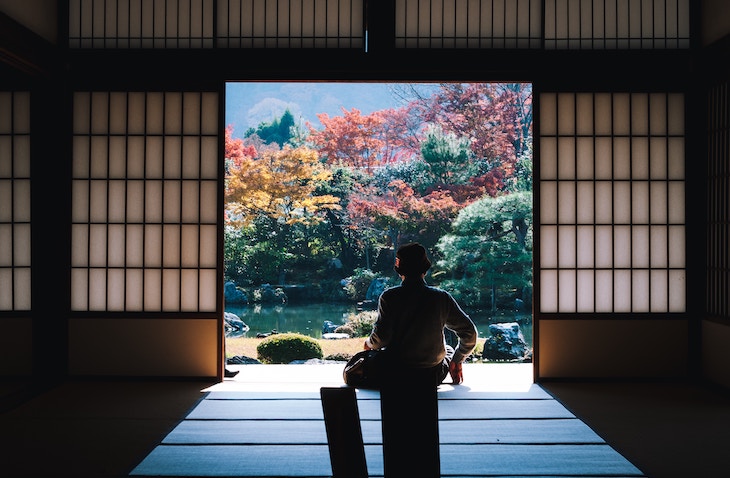
There are low-priced flights to Japan out there. Here’s a strategy to snag one of those flights:
- Consider going during months when flights are cheapest. According to data from CheapFlights.com , the cheapest time to fly to Japan is from September through February. Flying during spring or summer can cost you $500+ more.
- Start looking at least 6-8 weeks in advance. For most regions, flights to Japan are cheapest when well in advance. Frommer’s research shows international plane tickets are generally most affordable when booked 6 weeks in advance.
- Fly with low-cost airlines. For example, low-cost carriers like AirAsia feature routes throughout Asia, including to and from Japan. Prices are usually below market averages.
- Search for flights on student travel sites, such as StudentUniverse . If you’re a student, these specialty sites will tailor deals and discounts for you.
2. Be Flexible with Travel Dates to Japan
When flying on a Tuesday is $500 cheaper than flying on a Saturday, it’s probably worth it to restructure your schedule to fly on a Tuesday. If you’re flexible with dates, you can save tons of money on flights, hotels, and more.
For example, this is a calendar showing round-trip flight prices from New York City to Tokyo for summer 2024:
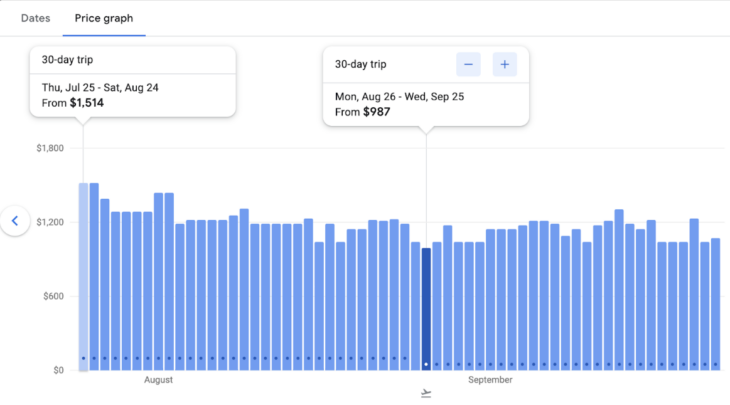
By waiting to go to Japan until late August, and flying on a Monday and Wednesday instead of Thursday and Saturday, you can save $527 on your flight !
3. Get a Business Internship in Japan

Interning in Japan is a great way to not only boost your resume, learn Japanese, and acquire new skills, but also to immerse yourself in local culture. It’s also one of the great cheap ways to visit Japan as the fee you pay often includes meals and accommodation.
For business internships in Japan, Intern Abroad is a top choice. The organization hosts 280+ enriching internships across 24 countries, including Japan. To date, they’ve helped thousands of young professionals gain important international career experience.
Currently, Intern Abroad has a top-rated Business and Media Internship in Japan . For the program, you’ll work in Tokyo, where you’ll contribute to cross-cultural exchange within the workplace and learn the ins and outs of your company and sector. You’ll work in an exciting field such as e-commerce, digital advertising, and tourism.
The program includes accommodation in a home with other interns and language students. This allows you to meet like-minded individuals and expand your personal network too! You can apply here .
4. Go to Japan During Non-Peak Season
According to Condé Nast Traveler , the cheapest time to visit Japan is mid-January through February. If you can stand a little cold, you can save a lot of money on your vacation during this time.
In general, peak season in Japan is March-May and September-November. Spring is cherry blossom season and autumn is quite pleasant. WIth that said, travel prices do NOT get too high during September, October, and November (especially in comparison to spring). Summer is often the most expensive, but it’s note the best time climate wise to go.
So, it may make sense to visit Japan in the autumn if you want a good experience and reasonable travel prices. If you want to save the most money, go after the winter holidays.
5. Teach English in Japan
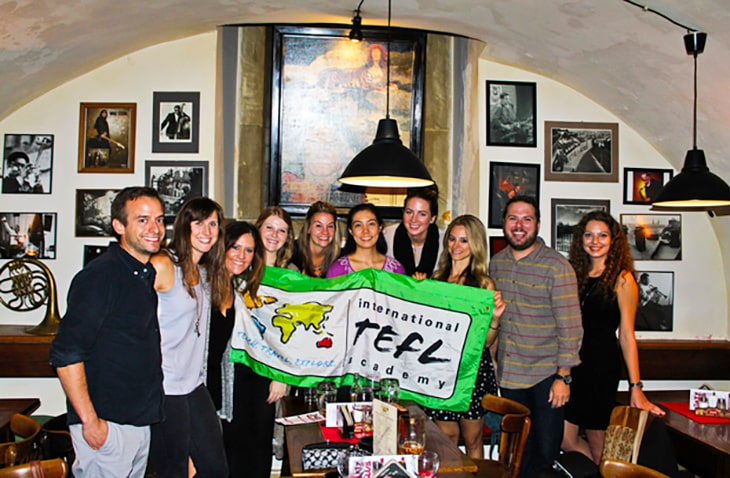
Are you looking for a longer adventure but worried about money?
Worry no more. You can teach English and make money while living in Japan. This will enable you to extend your stay as long as you wish. According to International TEFL Academy (ITA) , foreign English teachers can usually make $2,600+ per month in the first year of the contract, with annual raises for resigning. Many jobs offer free housing too (or at least a housing subsidy).
To get started teaching in Japan, get certified with a reputable organization such as International TEFL Academy. ITA helps aspiring ESL teachers obtain TEFL certification at a low cost online. There are in-person TEFL certification classes as well as online .
After you get TEFL certified, ITA will even offer job placement for Japan . Within a short time, they can help you get a job offer in the city of your choosing, whether that be Kyoto or Kobe.
International TEFL Academy truly helps set you up for success teaching English. Founded in 2010, the organization offers the gold standard in TEFL certification for teaching English abroad. Each year, ITA certifies more than 5,000 people to teach English abroad — a testament to their scale and quality.
Another option is to apply directly to the JET Program (Japan Exchange and Teaching Program). This government-run work program places foreign teachers in schools, government agencies, education departments and other institutions to teach, learn, and network. It’s incredibly selective, but does provide a range of long-term benefits. You can research eligibility requirements here: https://jetprogramusa.org/eligibility-criteria/
- Read our full guide on Teaching English in Japan
6. Save on Lodging in Japan
Outside of transportation to Japan, your next biggest expense may be lodging. This is where you can save a lot of money. According to a popular travel guide , hotel costs in Japan can vary significantly:
- A guesthouse or hostel in Japan can be under $25 per night.
- The famous capsule hotels are around $30-$35 per night.
- A budget hotel may cost between $40-$100 per night.
- A mid-range hotel costs between $80-$100+ per night.
- A luxury hotel or accommodation can cost between $150-$500+ per night.
If you go with budget or mid-range lodging in Japan, instead of a 4- or 5-star lodging, you can save hundreds of dollars on your trip. They may not have all the amenities you’d like, but they’re usually comfortable enough for a good night’s rest.
Simply put, if you’re searching for savvy cheap ways to visit Japan, then plan to save on accommodation.
7. Get an Education Internship in Japan

As we mentioned earlier in the article, interning in Japan is a great way to improve your resume and skills as well as immerse yourself in the country. Since internship fees include lodging, they’re a great cheap way to visit Japan
For education internships in Japan, Intern Abroad is also a top choice. The organization’s Youth Education Internship in Japan is highly rated by past participants. For this internship, you’ll assist at after-school centers in Tokyo and help improve the future prospects of local youth. Duties include teaching English, doing arts and crafts, playing games, and more.
If you want to be a teacher or work in education, this internship is a wonderful option. You can apply here .
8. Use Miles or Points to Travel to Japan
You arrived at this article because you’re searching for cheap ways to visit Japan. So, chances are you’re open to various cost-saving tricks.
Enter miles and points.
On sites like NerdWallet and Upgraded Points , you can learn how to get to Japan for free or low cost by leveraging lucrative credit card sign up bonuses, as well as other miles-earning hacks (doing surveys, shopping online, etc).
For example, many major airlines, like Delta and United Airlines, have branded credit cards that offer bonuses to new customers after a certain amount is spent on the card. Usually, this sign up bonus gives you enough points to book an international plane ticket for free (or at a very reduced price).
It’s not unheard of to obtain more than $1,000 in travel savings from these cards. With the right strategy and discipline (and good credit), you can get a credit card with a large signup bonus, meet the spending threshold, and then obtain tens of thousands of points. You can then use those points to get free airfare or lodging (or at least save a lot of money on both those things).
9. Budget Wisely on the Ground in Japan
Going to Japan can be the vacation of a lifetime. You may get that ‘YOLO’ feeling while you’re there. That’s great! But it can cause spending to get out of hand.
To avoid overspending, head to Japan with a budget and a plan. You’ll still enjoy a great vacation, while saving hundreds of dollars.
Follow these tips while there to save money:
- Eat like a local : Avoid the Westernized restaurants that charge $15 for avocado toast. Instead, head to the local eateries and enjoy traditional Japanese food. For instance, quality ramen in Tokyo can be had for under $8.
- Take public transportation : You don’t need to hire a driver. You don’t even need to pay for taxis. From the inter-city bullet trains to the Tokyo metro, Japan’s public transportation is world class. It’s convenient, fast, and cheap. Use it.
- Enjoy the free things: Japan has an incredible variety of things to do, some more expensive than others. Take advantage of free things, such as exploring the streets of the Harajuku neighborhood, taking in the organized chaos of Shibuya Crossing, and touring the Hiroshima Peace Memorial Park.
10. Find a Package Deal to Japan
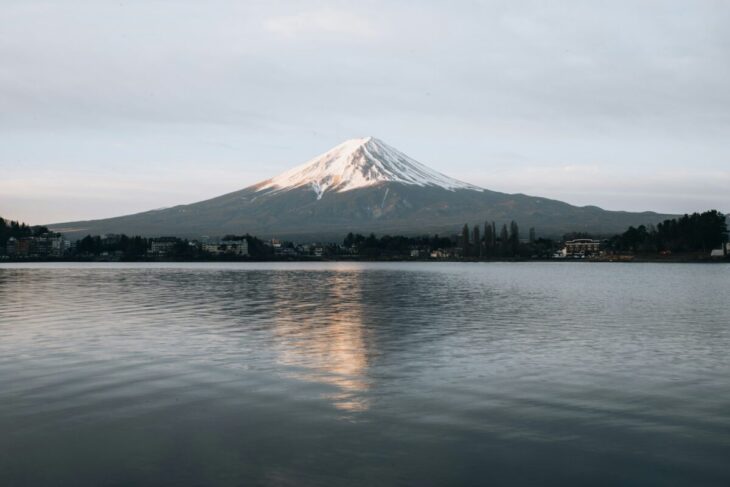
Perhaps you bundle to save on insurance or internet and cable. Employ this same cost-saving tactic for your trip to Japan. By bundling your travel, or buying your flight, hotel and insurance together, you can save hundreds of dollars on your travel (if not more).
There are many ways you can find package deals in Japan. When you book on a site such as Priceline or Expedia, you’ll have options to bundle your flight, hotel, car rental, insurance and more. Just look in advance, and you’ll find a good price.
For instance, Expedia states it has package deals for Japan as low as $1,804 for weeklong stay in 2024. The package includes the flight and lodging.
It’s Time to Put the 10 Cheap Ways to Visit Japan into Action
While you can’t use all of these tips at once, you can use a mix of them to save thousands of dollars on your trip. For instance, you could use miles for your flight, while interning in Tokyo to gain experience and save on food and accommodation. That would keep your vacation costs incredibly low.
Do you have any other cheap ways to visit Japan? Feel free to share on Facebook, X, or LinkedIn and add in your thoughts. We’d love to hear from you.
Now, all that’s left to do is put these cheap ways to visit Japan to work — and go have the best vacation ever.
Image Sources: https://unsplash.com/photos/people-gathered-outside-buildings-and-vehicles-alY6_OpdwRQ
https://unsplash.com/photos/white-and-black-mountain-near-body-of-water-during-daytime-ej8pKvHDg_c
Most Popular Guidebooks
2024 best volunteer abroad programs, organizations, & projects, medical volunteer abroad programs for doctors, nurses, pre med students, cheap affordable volunteer abroad programs & low cost overseas projects, teens & high school volunteer abroad programs | under 18 mission trips, 200 volunteer abroad & study abroad scholarships & grants, dental volunteer abroad & medical mission trips | dentists & students, volunteer abroad opportunities for seniors and retirees, nursing volunteer abroad projects for students & professional nurses, short term volunteer abroad programs & mission trips (1 week & 2 weeks), long term volunteer work abroad programs & voluntary charity jobs, trending guidebooks, volunteering abroad after the coronavirus outbreak, 2024 best internships abroad: medical care, marine biology & more, volunteer in australia: animals, conservation, ranching and more, 2024 best volunteer abroad programs, organizations, & projects.
Nick Callos · Writer
With a BA in English Literature & Writing from Boston College, Nick researches and writes about volunteer, intern, and teach abroad programs worldwide. He has studied abroad and taught English in Chengdu, China, and aims to help fellow travelers make a lasting impact on the communities they visit.
Related guidebooks
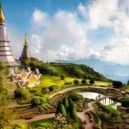
10 Cheap Ways to Visit Thailand
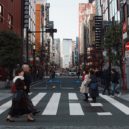
- Prof. Development
Teach English in Japan: JET Program and More
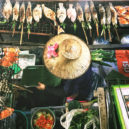
How to find the Best Internships in Asia

10 Best Places to Teach English Abroad

Traveller type
- Solo Travelers
- First Time Travelers
- Female Travelers
- Senior Citizens
- Family & Group
- Teen & High School
- Volunteer Abroad
- Intern Abroad
- Teach Abroad
- Study Abroad
- Professional Development
To stay in touch! Enter your email address to get travel recommendations and be the first to know about our $500-$1,000 travel scholarships!
Thanks for signing up!
Your first email will arrive shortly

IMAGES
VIDEO
COMMENTS
Breakdown of budget for 2 weeks in Japan: Flights (from London to Tokyo return, via Warsaw on using Lot airlines)- $830. Accommodation - $870. Transport (14-day Japan Rail pass) - $360. Food (Daily cost averaged $30, which in most cases was street food lunch/snacks and a low-average priced dinner) - $420.
One of the biggest money savers when it comes to travel is cheap airfare. Calculate a rough estimate of your trip costs. For example, let's say two weeks in Japan will cost you $6k and you want to leave 6 months from now. That means you need to save $1k per month.
Kyoto - Hiroshima: 10,500 Yen ( $70) Hiroshima - Osaka: 10,000 Yen ( $67) So if you were to replicate my Japan route exactly, you would end up spending $381 on rail tickets. It sounds like a lot of money but I do want to stress that the trains in Japan are some of the best in the world.
Complete 2 Weeks in Japan Travel Itinerary: 14 Day Guide for First-Time Visitors DAY 0: TRANSIT. ... 2 weeks in Japan budget. To make things even easier for you, I've added up the totals I've mentioned in this itinerary to give you an overall 2 weeks in Japan cost. This total is travelling with a mid range budget for two adults.
Hamamatsu - Hotel Daiwa Roynet - 9.211 Yen. Kyoto - Shizutetsu Hotel Prezio - 8.280 Yen. Gero (ryokan) - Yukai Resort Geroonsen - 19.110 Yen. Tokyo - Hotel Keikyu Ex Inn - 9.700 Yen. We stayed for a total of 12 nights. The first one was in Hamamatsu, the next 5 in Kyoto, the next in Gero, and the last 5 in Tokyo.
An Estimated Budget Of A Two Week Japan Trip In 2023 The biggest expenses you're likely to see will be your flights and your accommodations. Your flight costs will vary depending on where you're flying from, what season you're choosing to fly in, and whether you pick a direct or indirect route, with added advice on the best time to fly.
We spent £334.45 per person across the two weeks. 14-day JR Rail Pass - £282 per person. Suica/Pasmo card - 500 yen per person. Metro/buses - 9000 yen per person (suica/pasmo top ups) If you're visiting Japan for two weeks, you'll likely be heading beyond the reaches of the Tokyo metropolitan area.
Day 1: Arrive in Tokyo. Day 2: Take the train to Kyoto. Day 3: Enjoy the highlights of Kyoto. Day 4: Day trips to Fushimi Inari Shrine & Nara Deer Park. Day 5: Remember the history of Hiroshima. Day 6: Miyajima, Himeji, Osaka. Day 7: Take the train to Takayam in the Japan Alps. Day 8: Day trip to Shirakawa-go.
2 Weeks in Japan Trip Costs. The estimated total cost for 2 weeks in Japan is $5,530, £4,400 for 2 people. This works out to around $200, £157 per person per day, and it includes flights, accommodation, transportation, food, activities, souvenirs, and other small expenses. This is a for a medium-budget holiday with some luxury dinners, top ...
Obviously, with just 10-14 days in Japan, there's no way you can cover them all, so for this itinerary we've chosen the top destinations that we feel you can fit comfortably into 10+ days. Here are the top destinations we recommend visiting in 10+ days in Japan: Tokyo, Hakone, Osaka, Kyoto, Nara, Hiroshima and Miyajima, and Kamakura.
Kanpai's Budget Calculator provides a precise estimate of the travel expenditures item-by-item, with numerous possible choices. As a matter of fact, a backpacker's 10-days trip will not cost the same as a 3-weeks stay for a family looking for a very comfortable trip. Fill in the questionnaire below to discover the expenses to expect and ...
From the towering skyscrapers of Shinjuku to the upscale shopping districts of Ginza and Omotesando, Tokyo sets the stage for an unforgettable journey. The first half of your 2 week Japan itinerary at a glance: Day 1: Asakusa, Ueno, Akihabara. Day 2: Shibuya, Harajuku, Shinjuku. Day 3: Ginza, Hibiya Park, Roppongi, Tokyo Tower.
Day 9 - 11 | Hiroshima. Further down south is Hiroshima, another spot to add to your 2 week Japan itinerary. Hiroshima is sadly known for being ruined by an atomic bomb during World War II in 1945. The city is a big piece of history for Japan and it's possible to visit the ruins in the park.
We averaged £140 ($183) a day on a two week trip with one week in Tokyo and one week travelling around with a rail pass. We were more budget conscious on that trip but still had splurges like ryokan and temple stays and two days at Tokyo Disney.
3 nights in Tokyo. 1 night in Takayama. 1 night in Kanazawa. 2 nights in Kyoto (side trip to Nara) 1 night in Hiroshima. 4 nights in Osaka. This 2-week Japan itinerary is excellent for families with teenagers. It satiates kids' love for anime, offers plenty of family-friendly activities that both children and adults could enjoy, visits unique ...
SHIRAKAWA-GO (day 7, day trip) TAKAYAMA (day 7 - 9, 2 nights) KYOTO (day 9 - 12, 3 nights) HIROSHIMA & MIYAJIMA ISLAND (day 12 - 13, 1 night) NARA (day 13 - 14, 1 night) Grab a cup of tea, coffee, or a glass of something stronger, and read on to learn the details of visiting each of these ten highlights of Japan. 🙂.
Medium budget: 500 - 1000 yen per day. Many coffee shops and some restaurants in shopping areas and around train stations offer breakfast sets for around 500 to 1000 yen. High budget: above 1000 yen per day. Hotel breakfasts and breakfast buffets will usually cost you more than 1000 yen.
Winter is the best time to visit Japan is you are on a strict budget or want to visit the winter festival in Hokkaido. Summers tend to be quite hot and humid. ... For a two-week trip to Japan, the estimated total cost is ¥790,000 ($5450)* for two people. This comes down to ¥28,300 ($195) per person per day, and the total amount covers ...
A two week trip to Japan on average costs around $0.00 (¥0.00) for one person and $0.00 (¥0.00) for two people. This cost includes accommodation, food, local transportation, and sightseeing. ... Budget Your Trip is all about finding out how much everything costs so that you can travel cheaper and longer. Created by avid travelers Laurie and ...
2 How to spend 2 weeks in Japan. 2.1 Day 1: Arrive in Tokyo. 2.2 Day 2: Day trip to Kamakura. 2.3 Day 3: Exploring Tokyo. 2.4 Day 4: Travel to Kyoto. 2.5 Day 5: Fushimi Inari Taisha Temple in Kyoto. 2.6 Day 6: More Kyoto temple exploring. 2.7 Day 7: Travel to Hiroshima. 2.8 Day 8: Ferry to Miyajima Island.
💴 The Cost of Travel in Japan: My Budget Breakdown 🍣 15 Weird and Wonderful Things to Eat in Japan 🎌 23 Incredible Things to Do in Osaka, Japan 😎 Hipster Harajuku: ... Hi Lauren, we are planning a two week trip June-July next year, two adults and my 11 yo daughter, who is just as keen as us to see Japan, being an amine fan and ...
2 Week (14 Days) Japan Travel Itineraries & Cost 2024/2025 - TourRadar. Looking for the perfect two-week Japan itinerary? Whether you want to visit during cherry blossom season or explore the country by train, we've got plenty of ideas to help you plan your trip.
Did Japan for 1 person including shinkansen and flights. $2500 is plenty, provided you are not eating at restaurants 3x a day. If flights, trains and accommodations are already paid then 2500 USD per person for 2 weeks is far from being on a budget.
2. Be Flexible with Travel Dates to Japan. When flying on a Tuesday is $500 cheaper than flying on a Saturday, it's probably worth it to restructure your schedule to fly on a Tuesday. If you're flexible with dates, you can save tons of money on flights, hotels, and more.